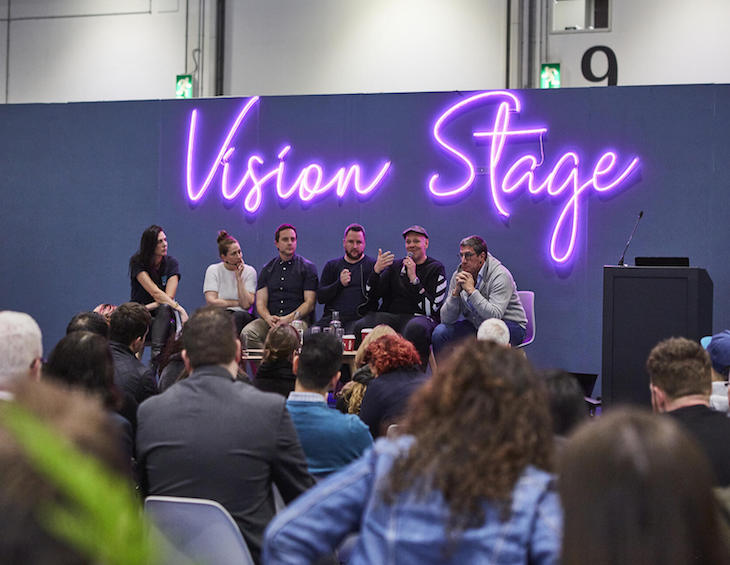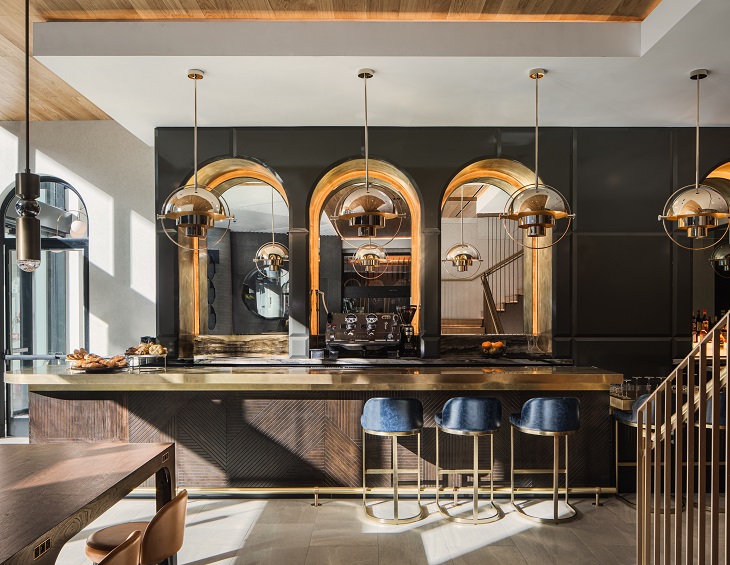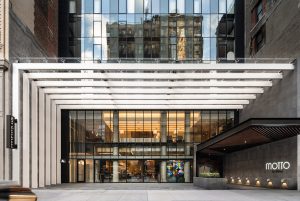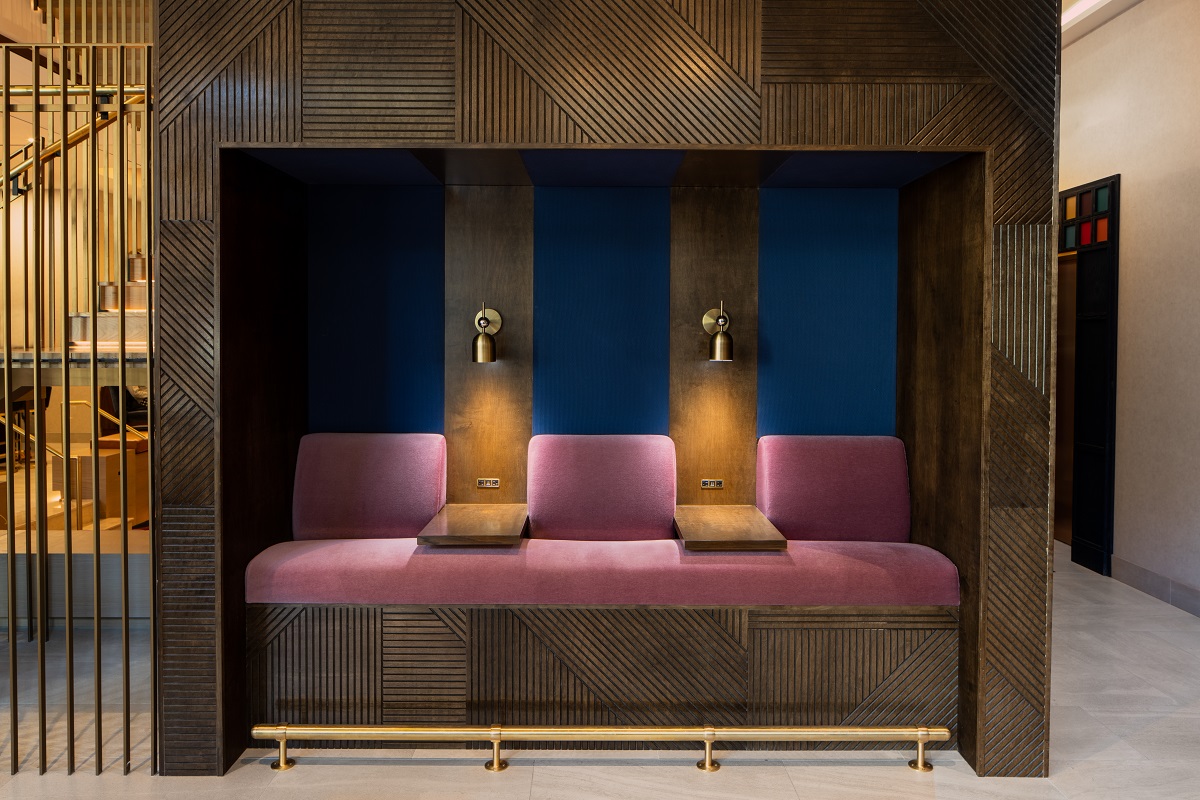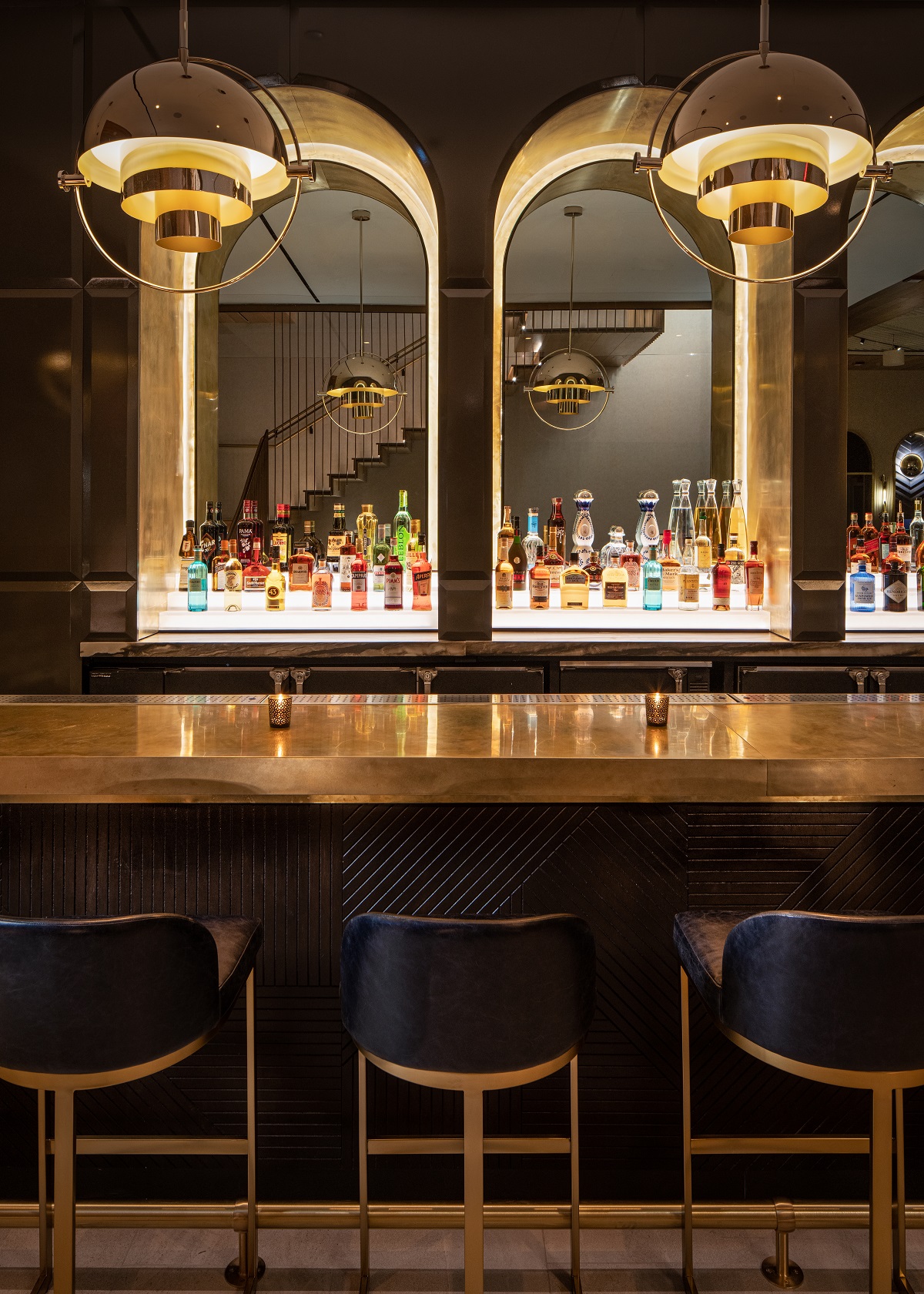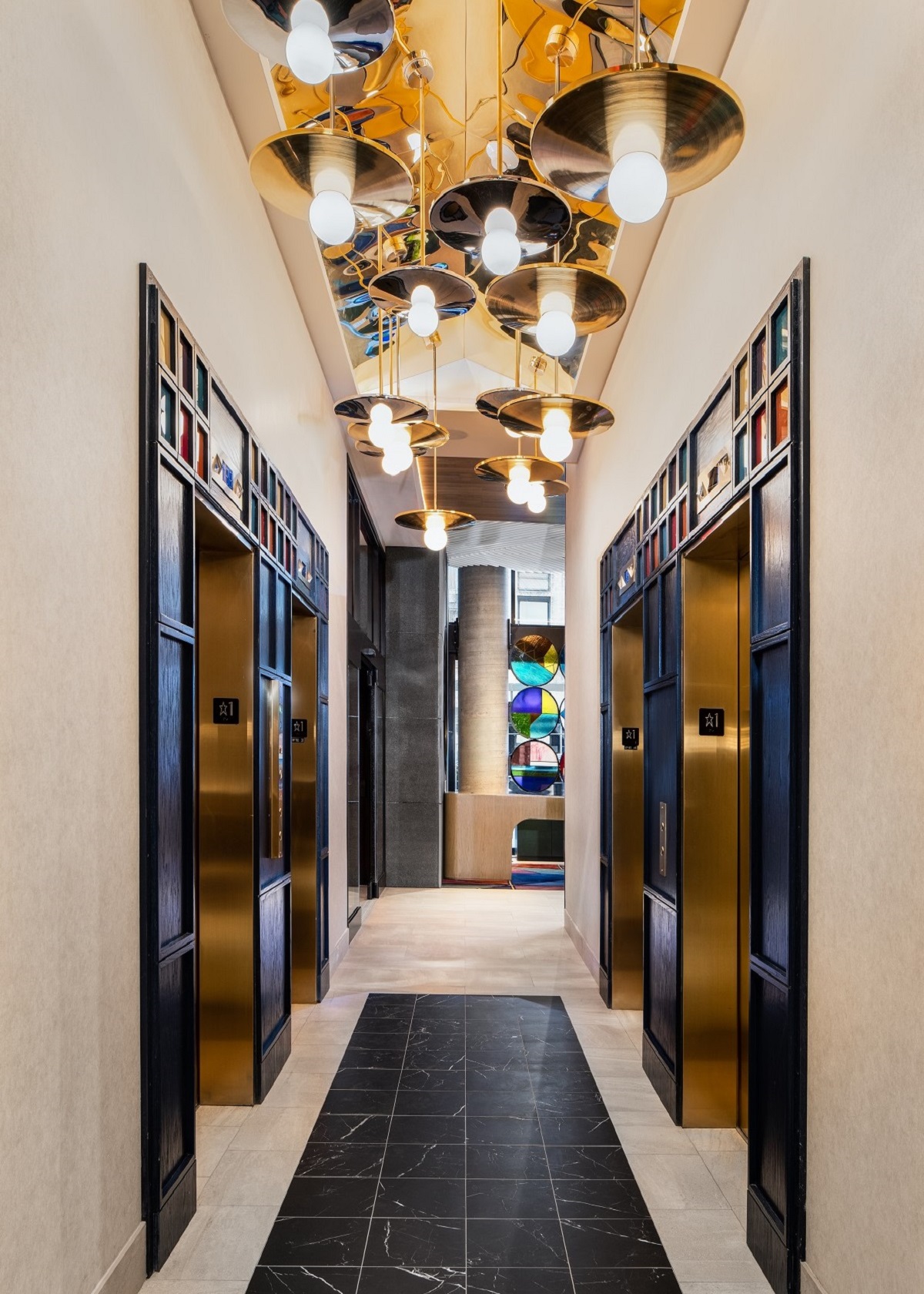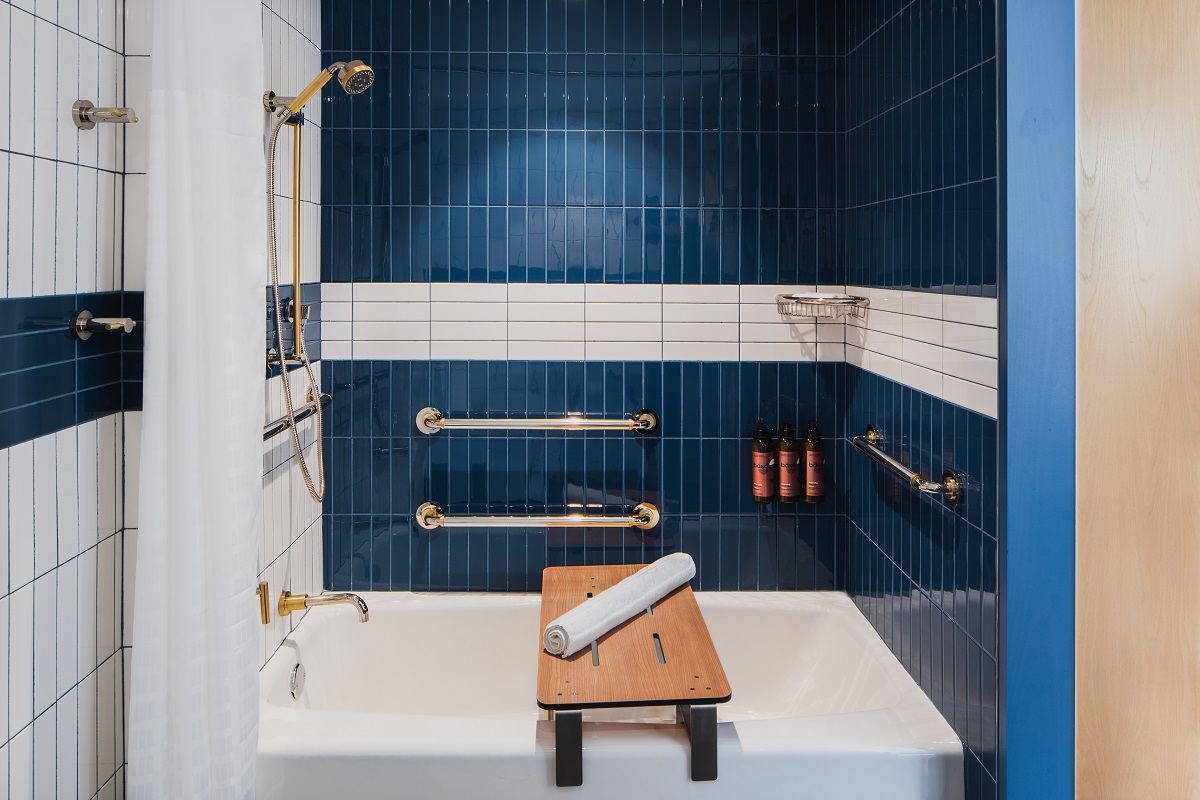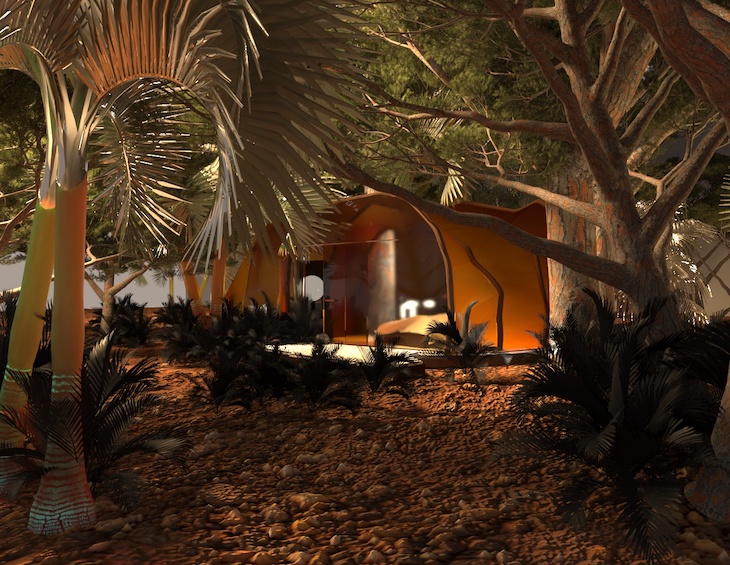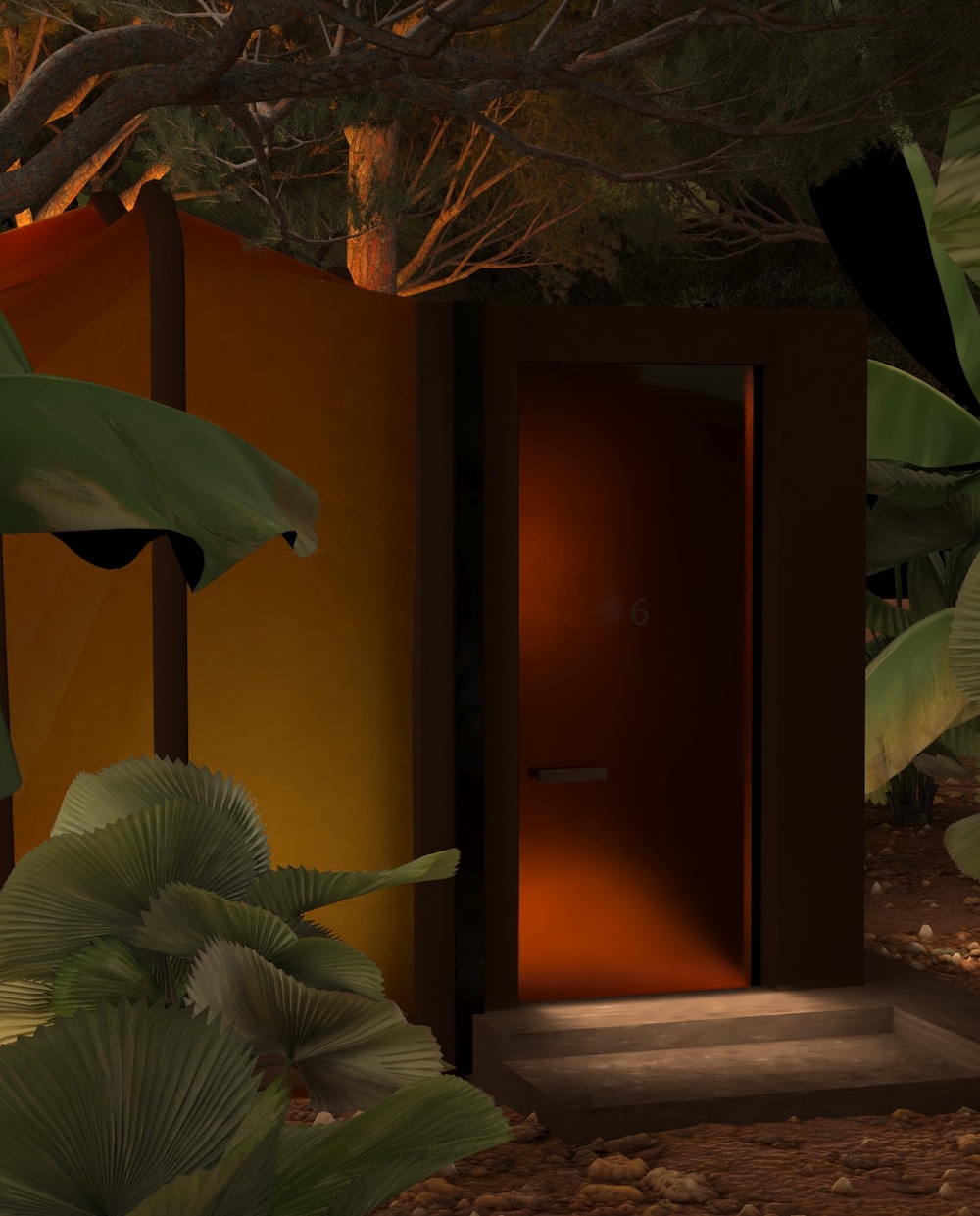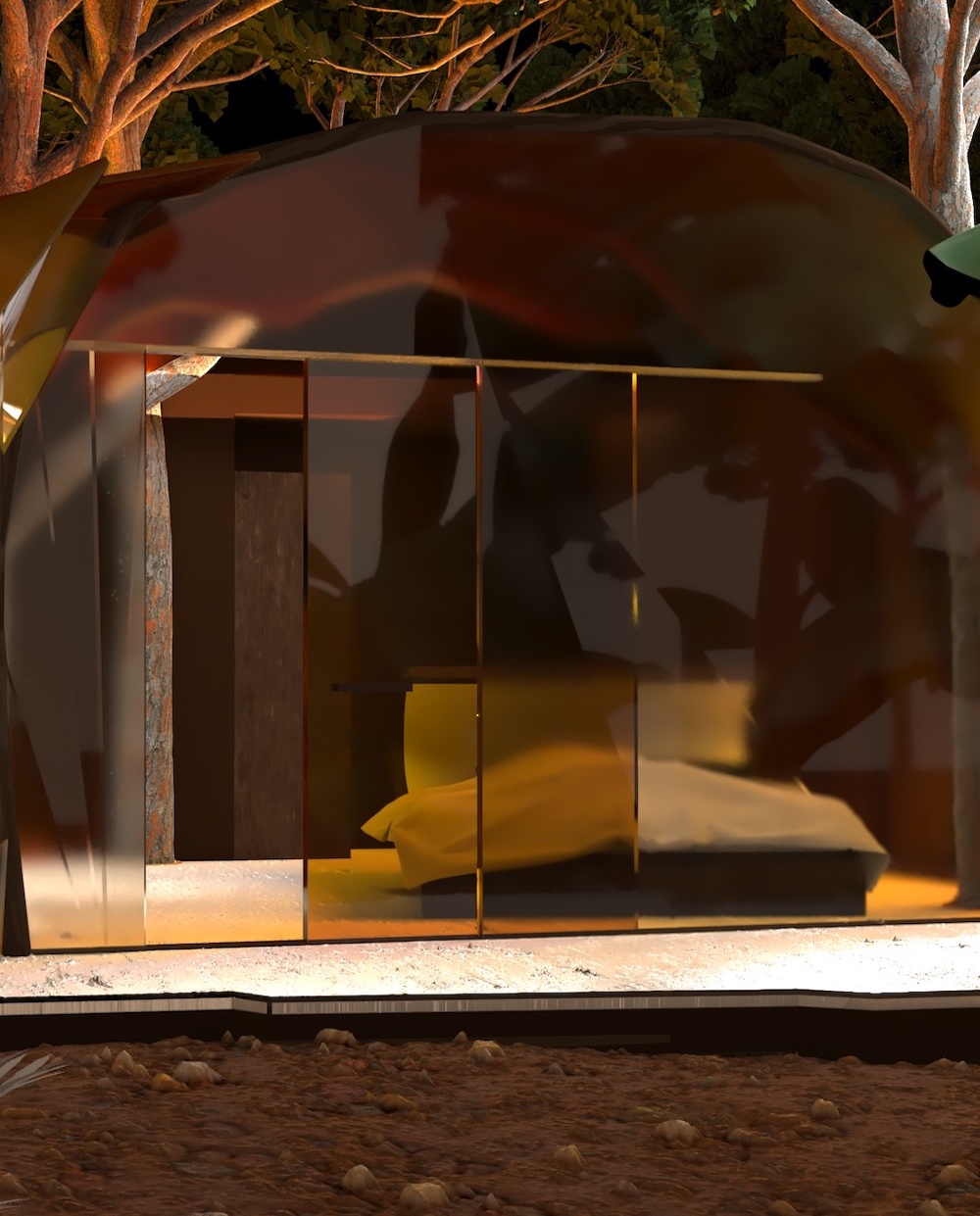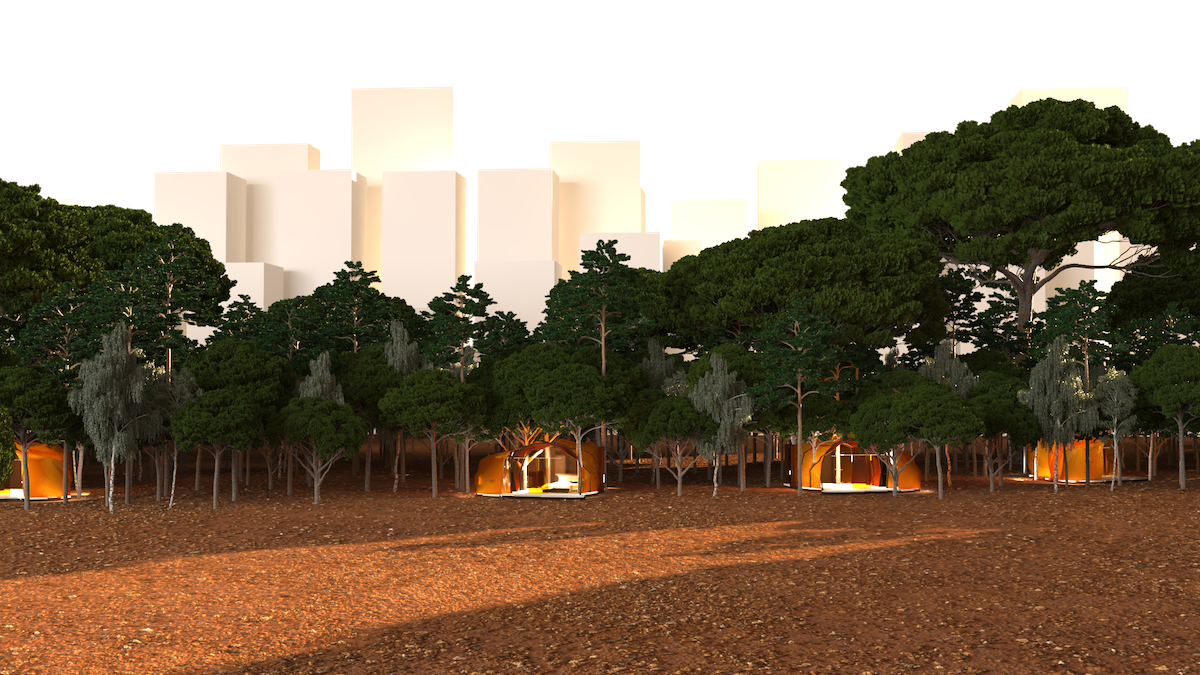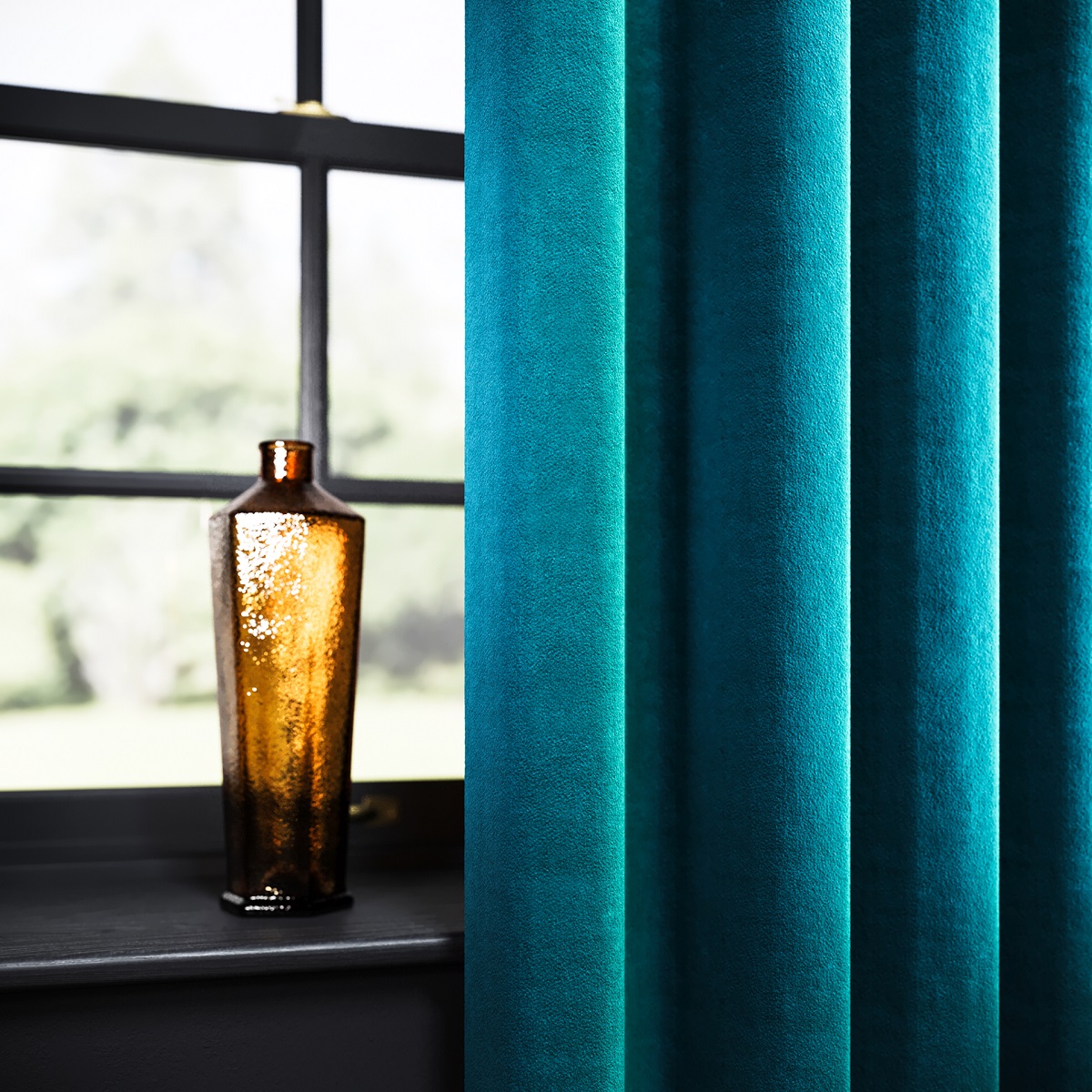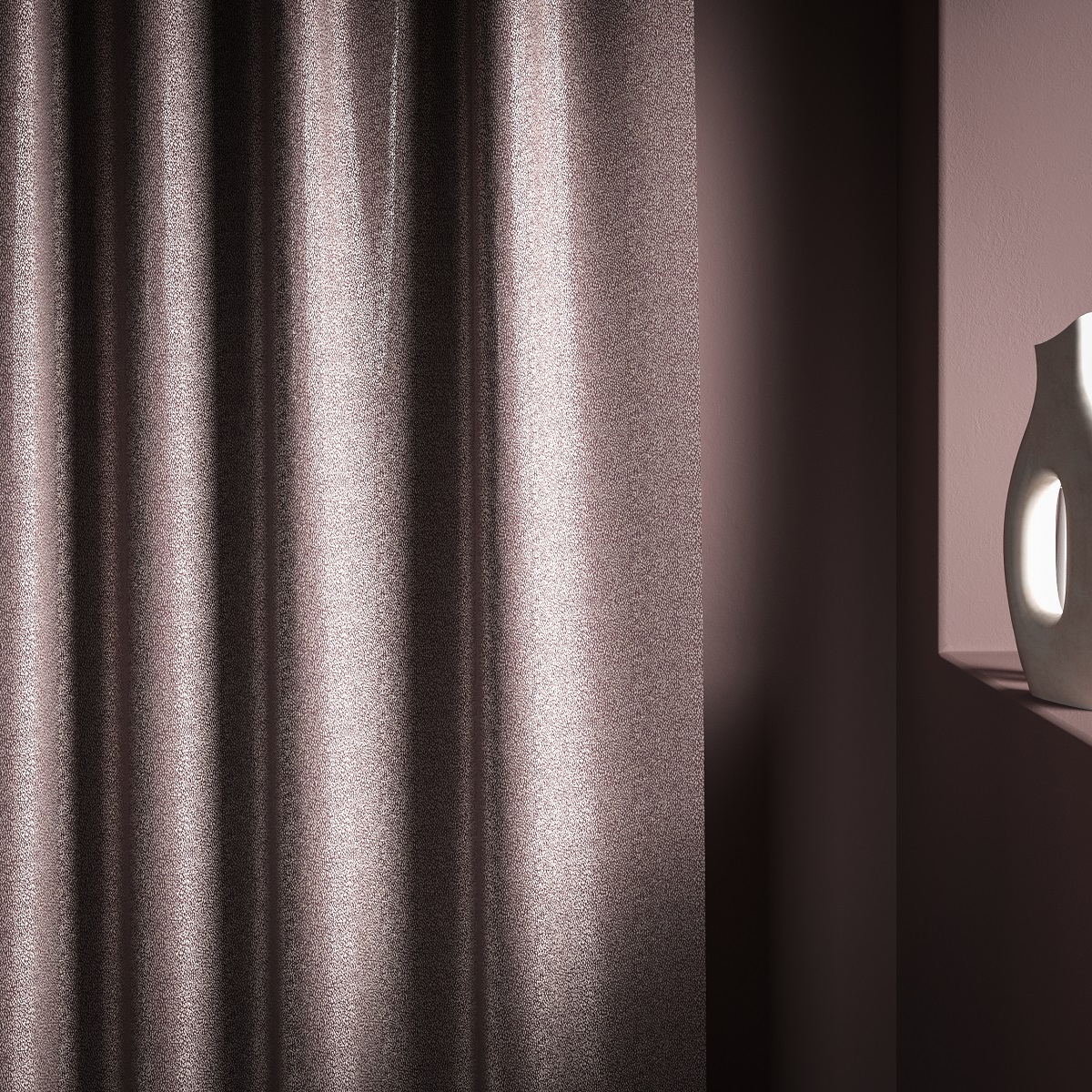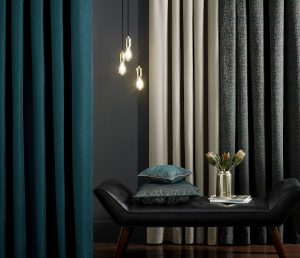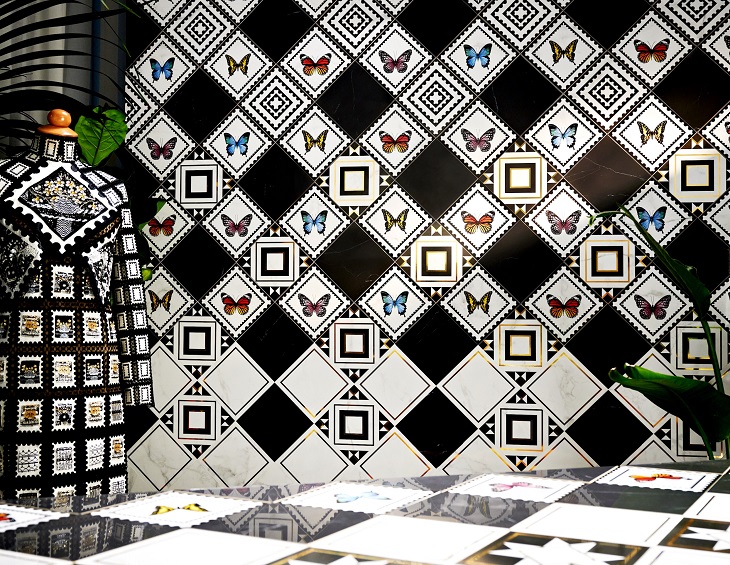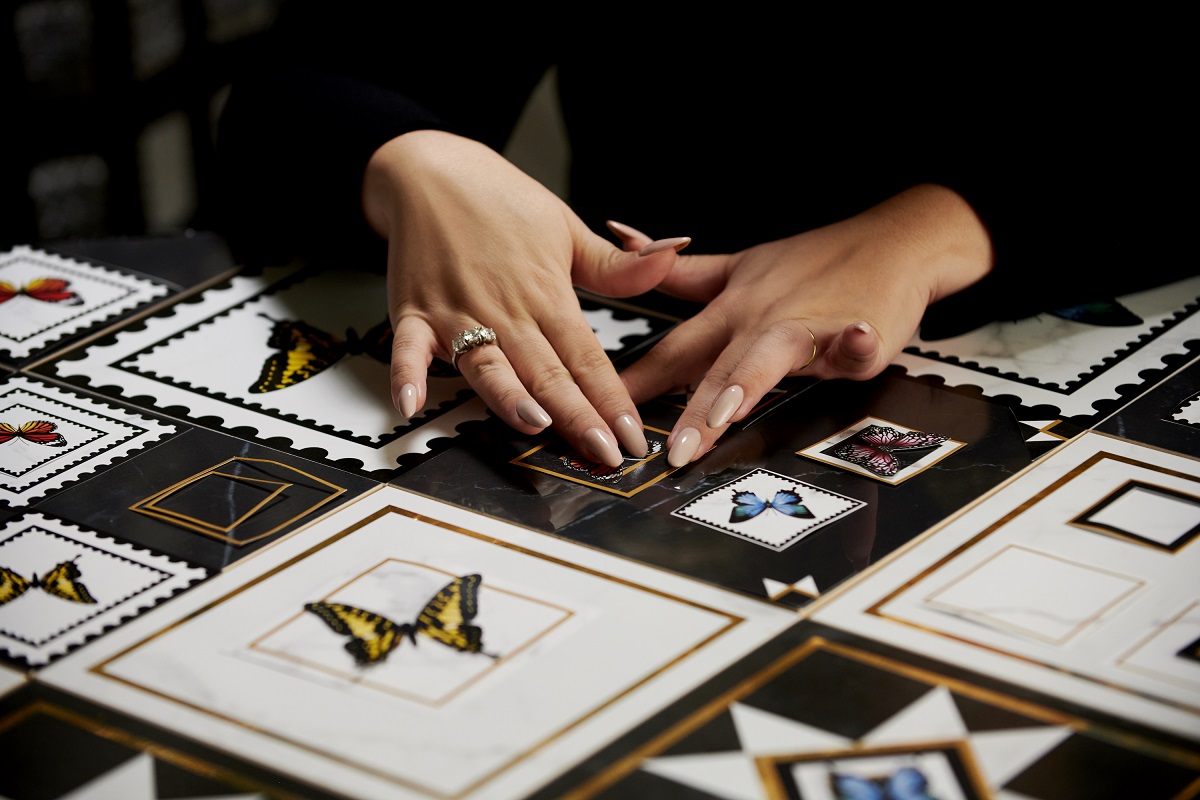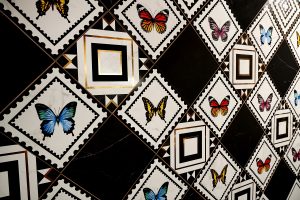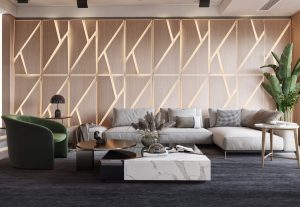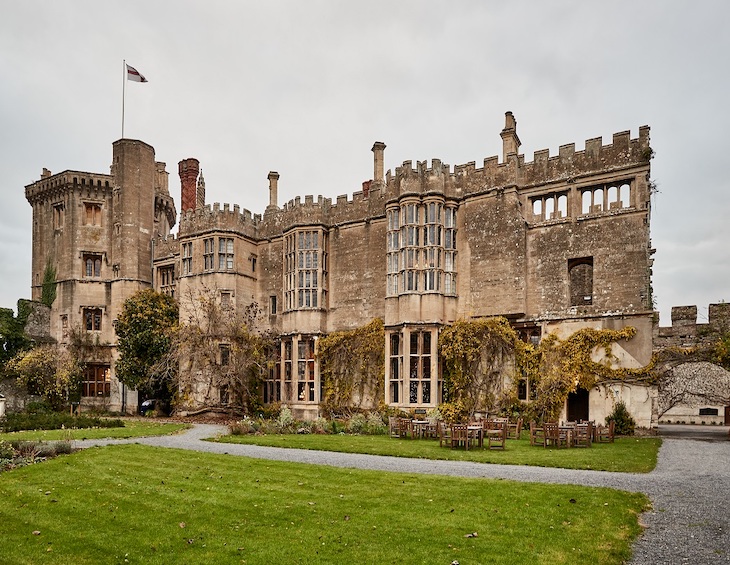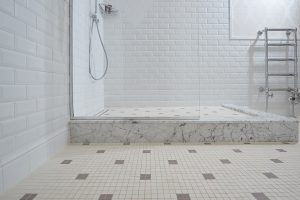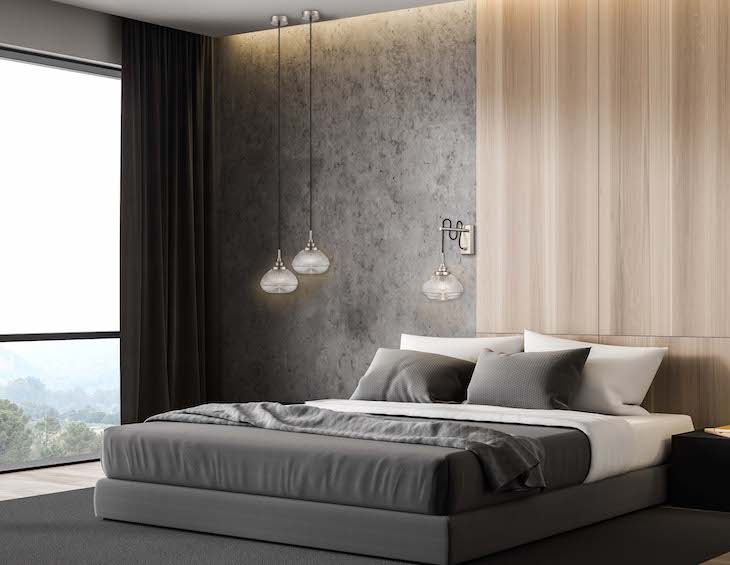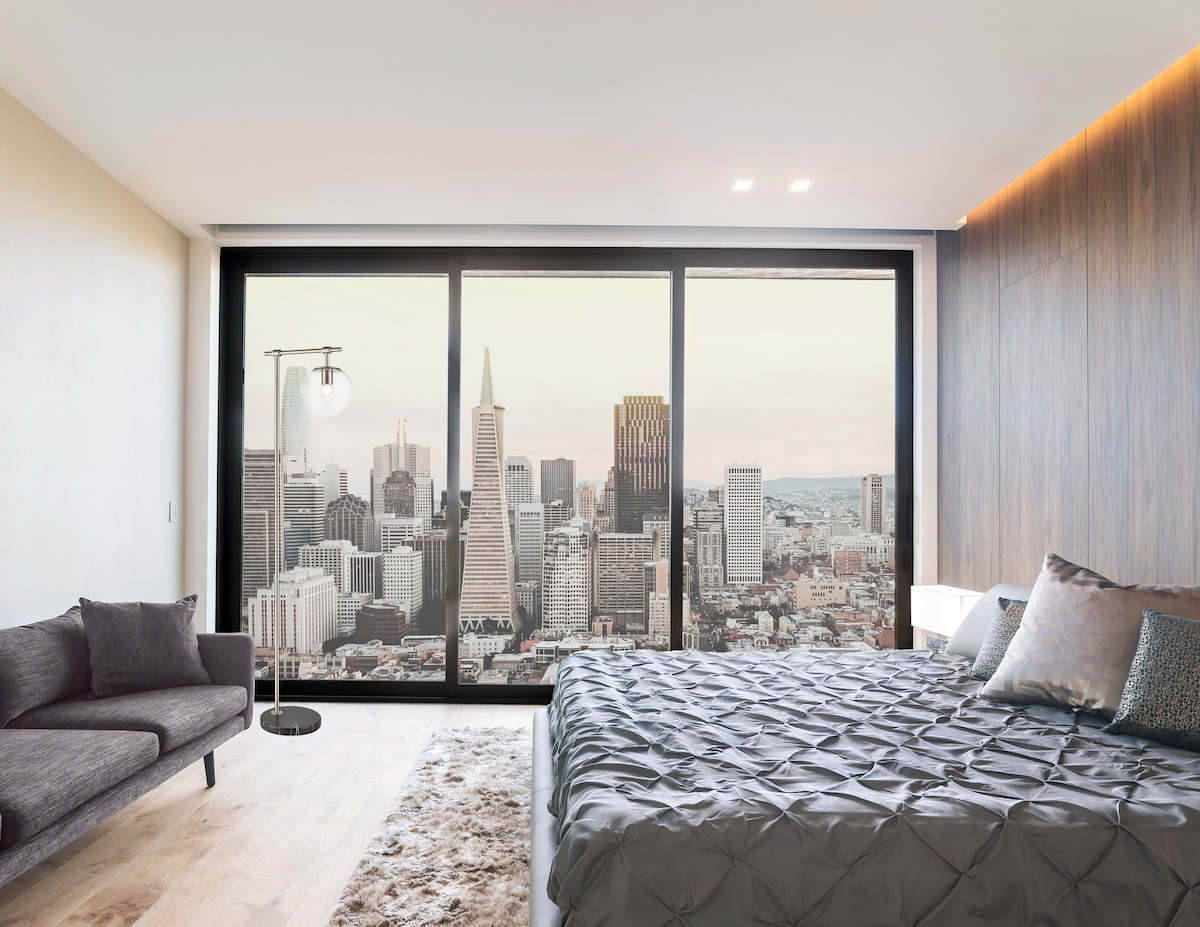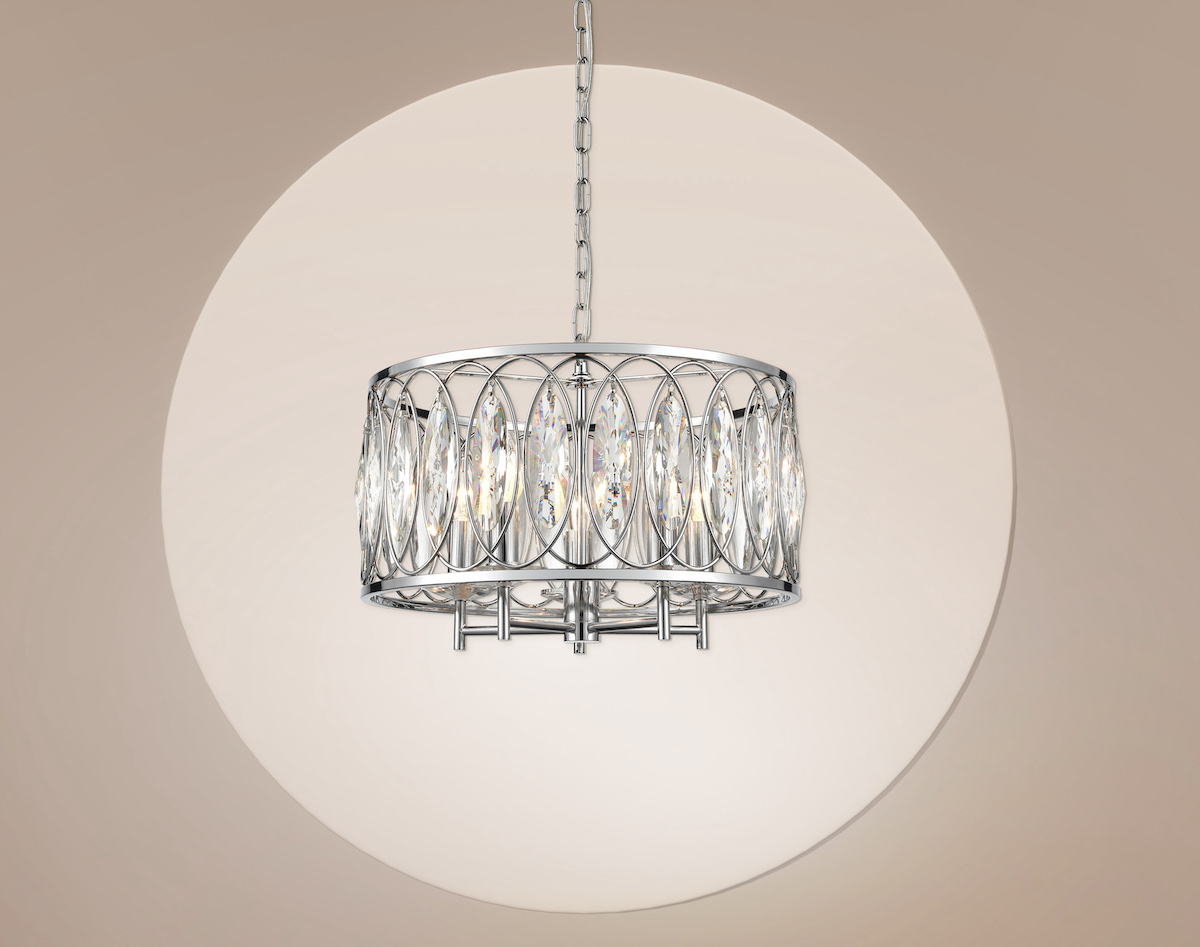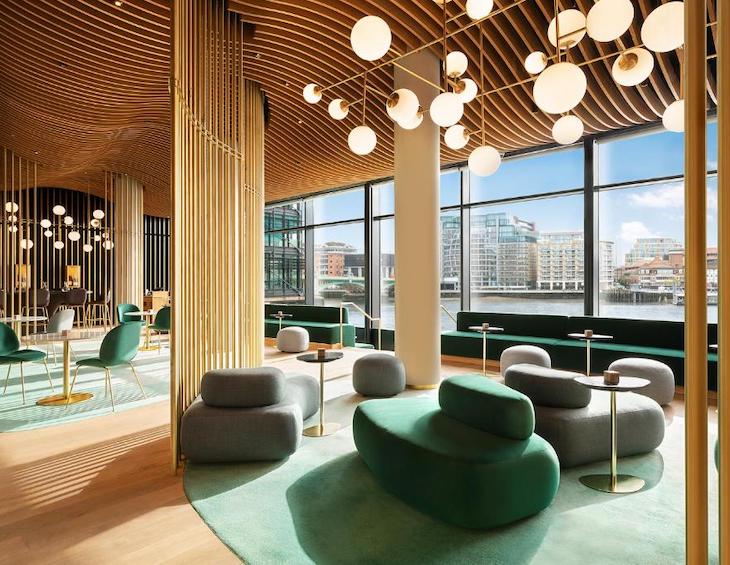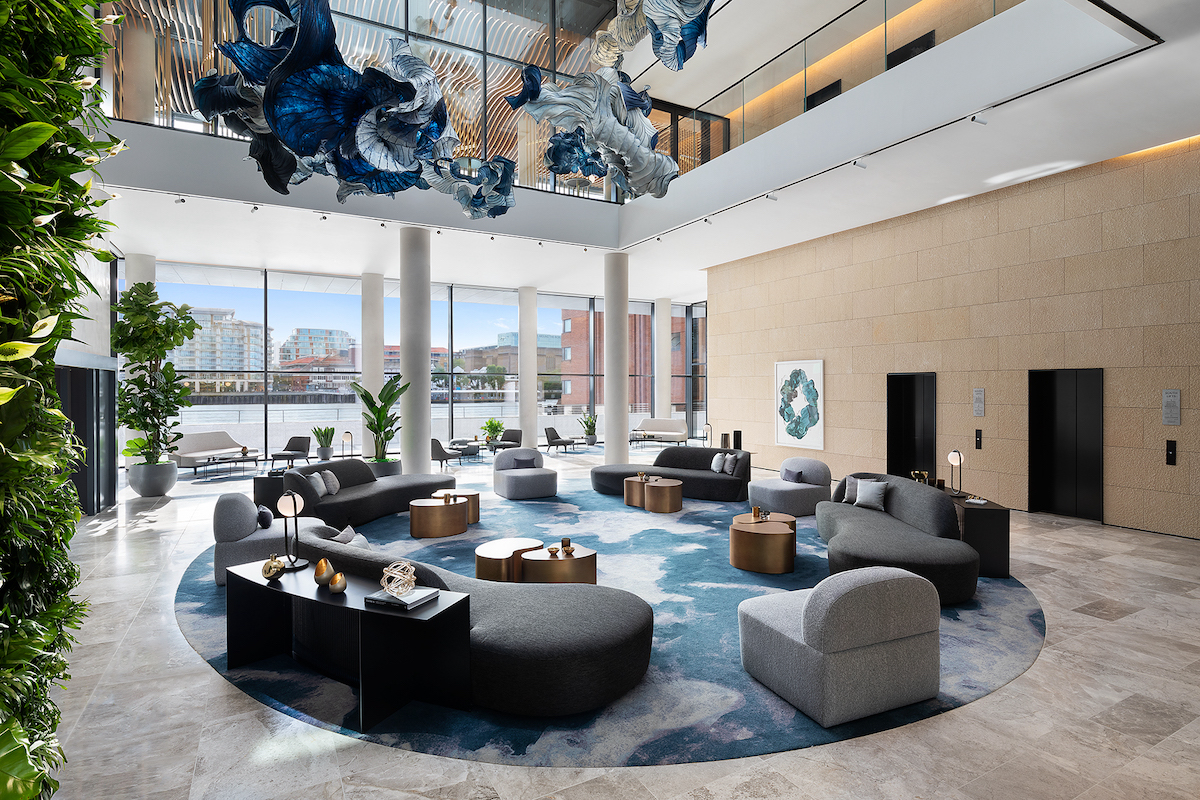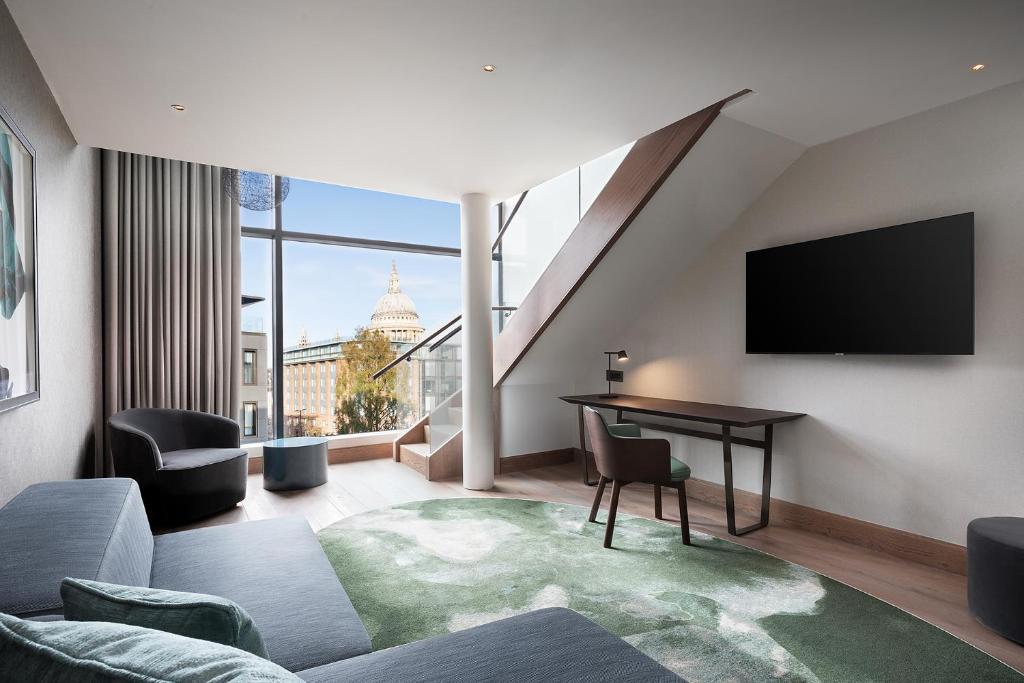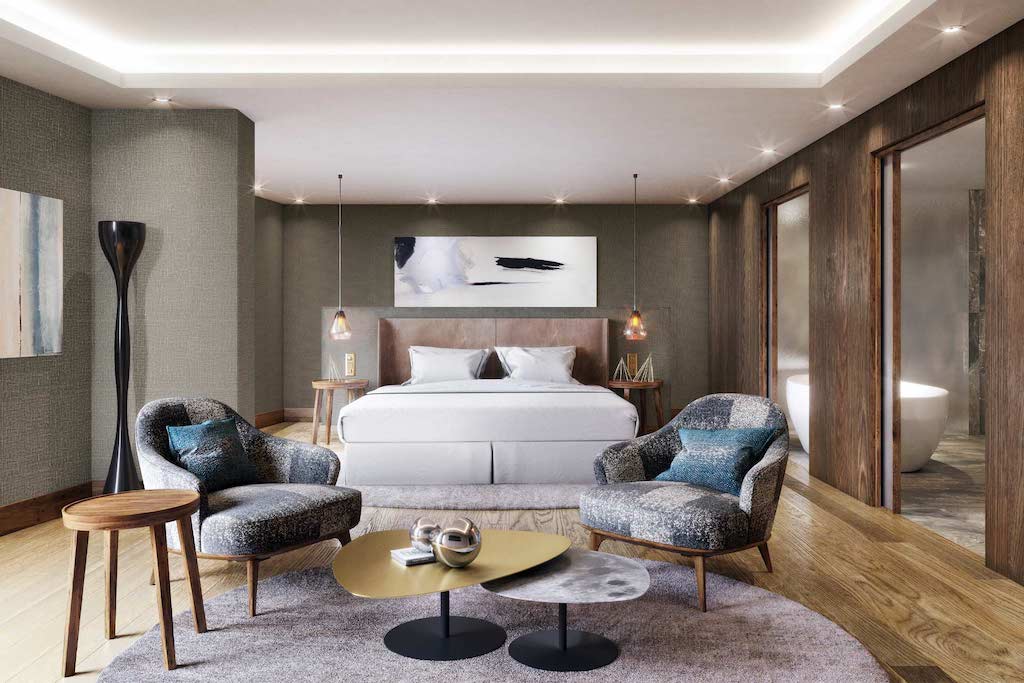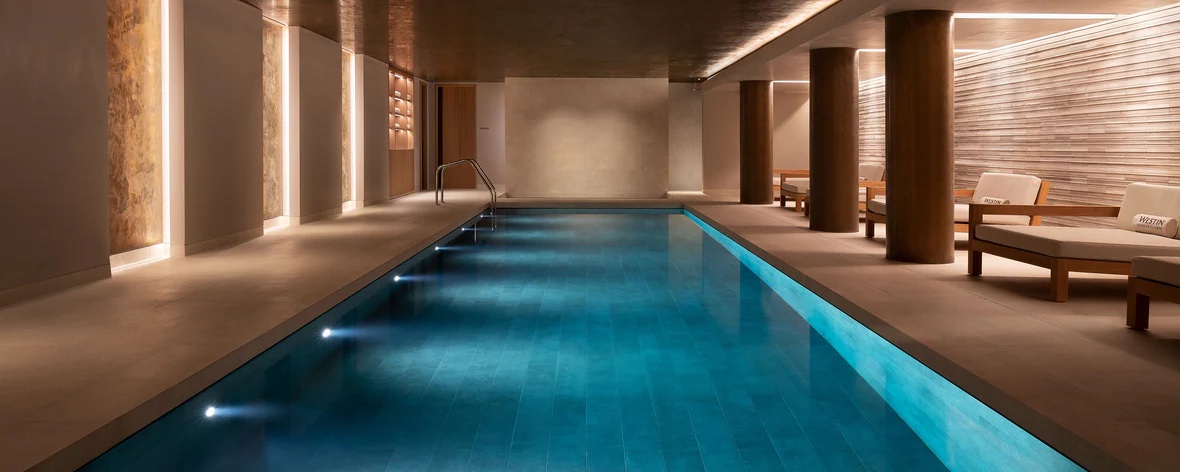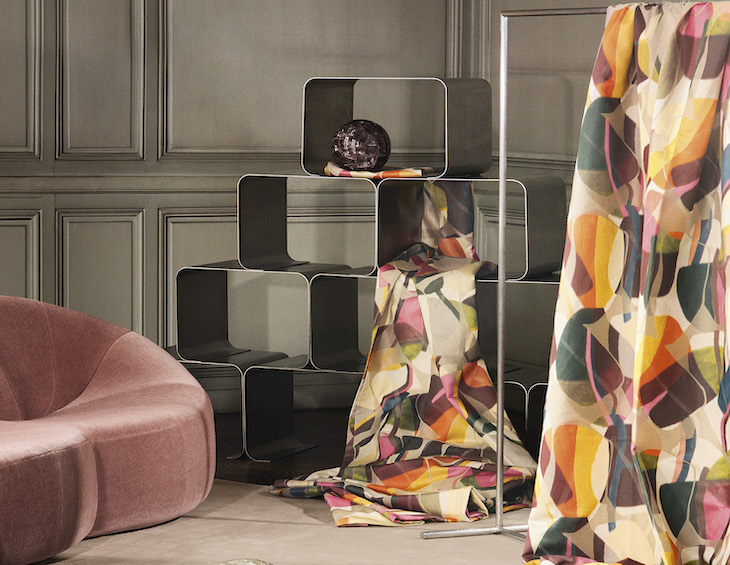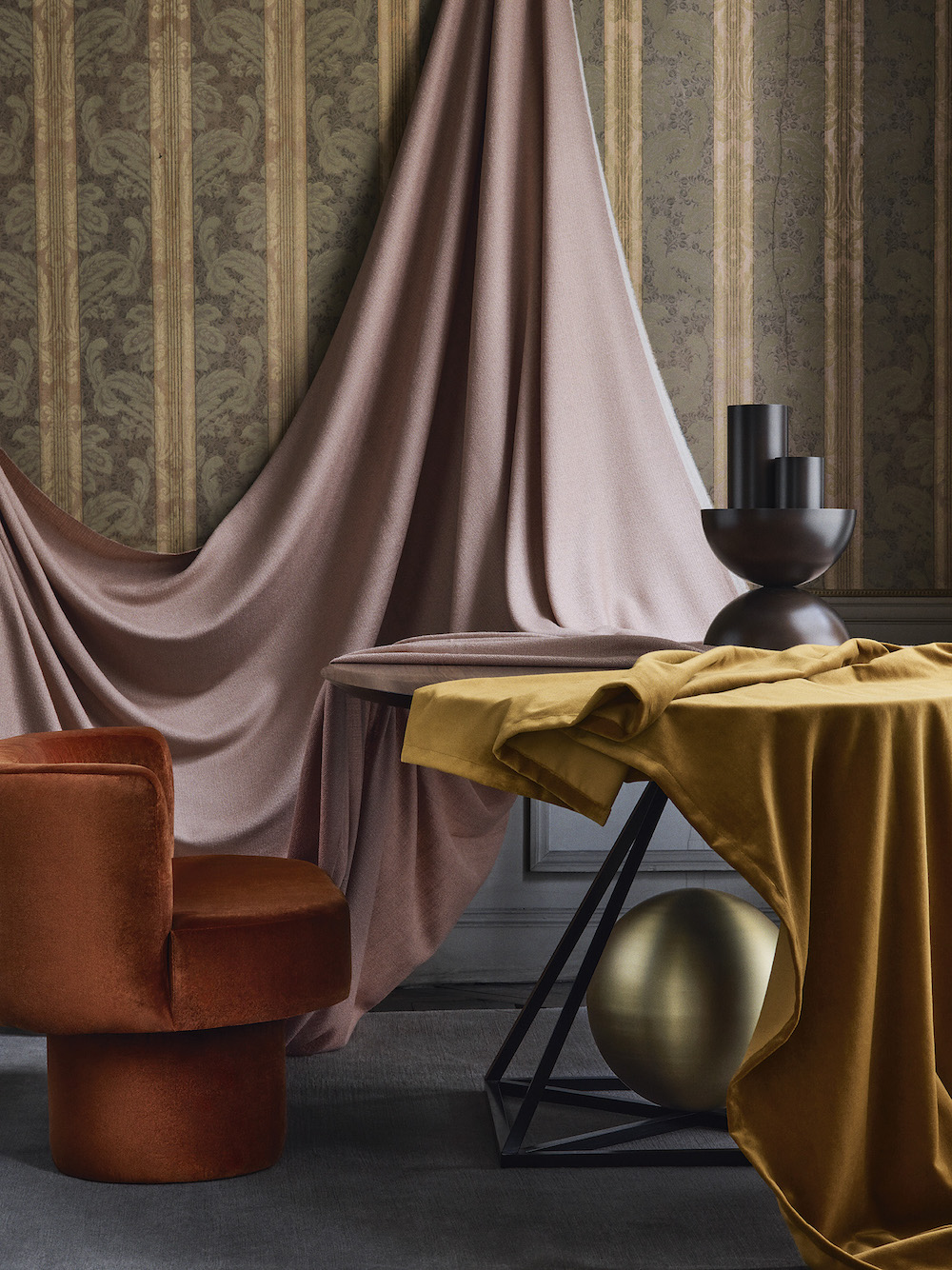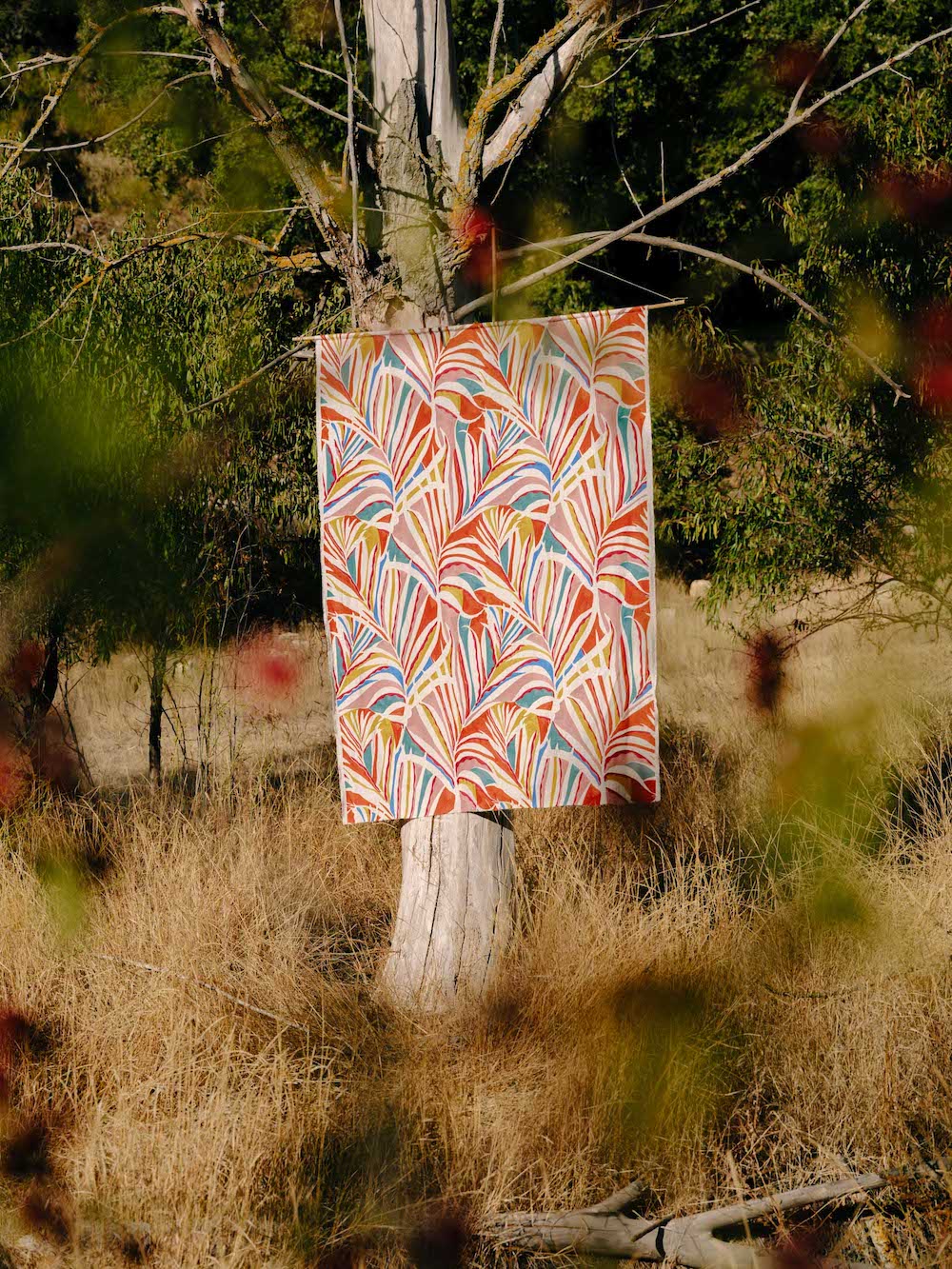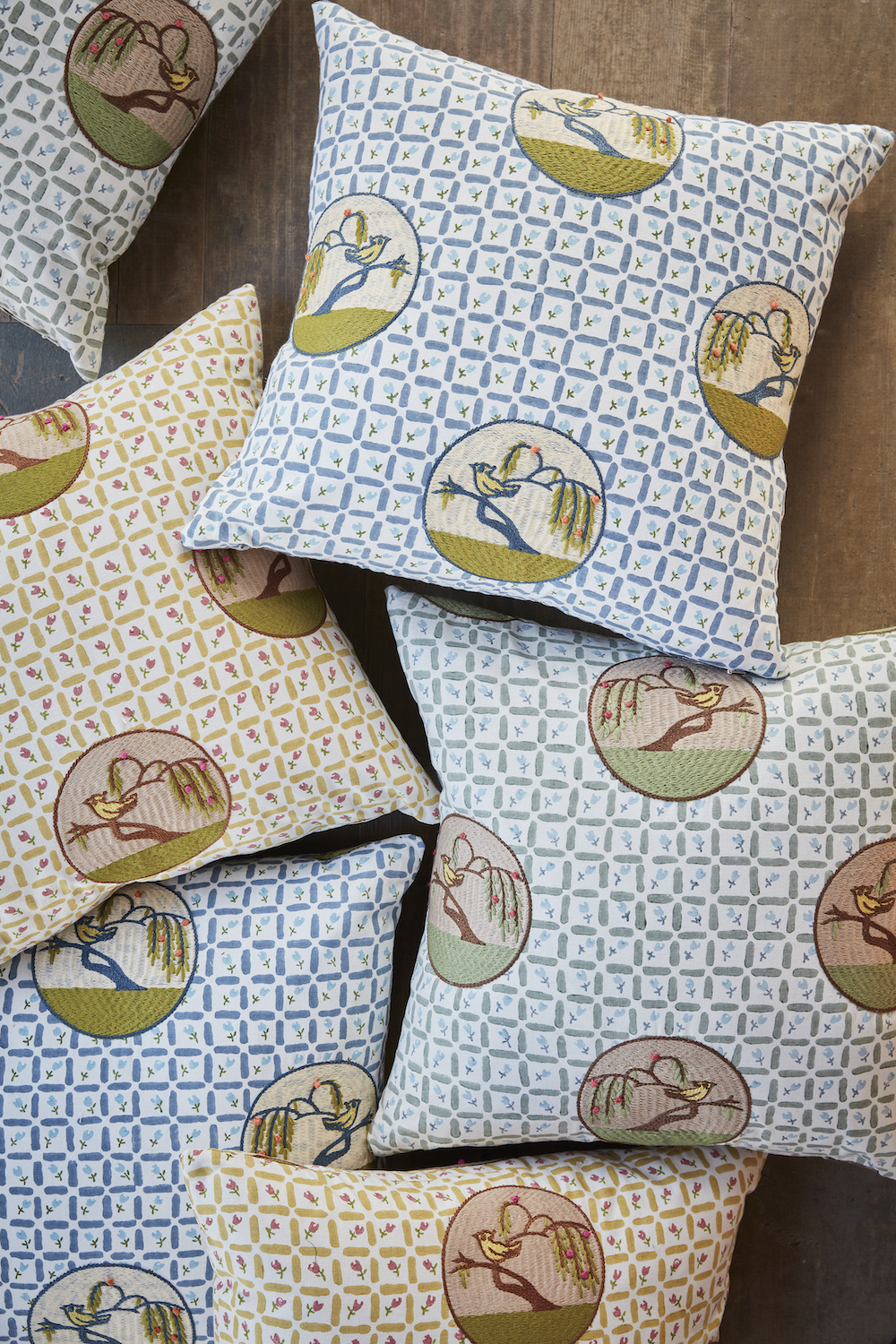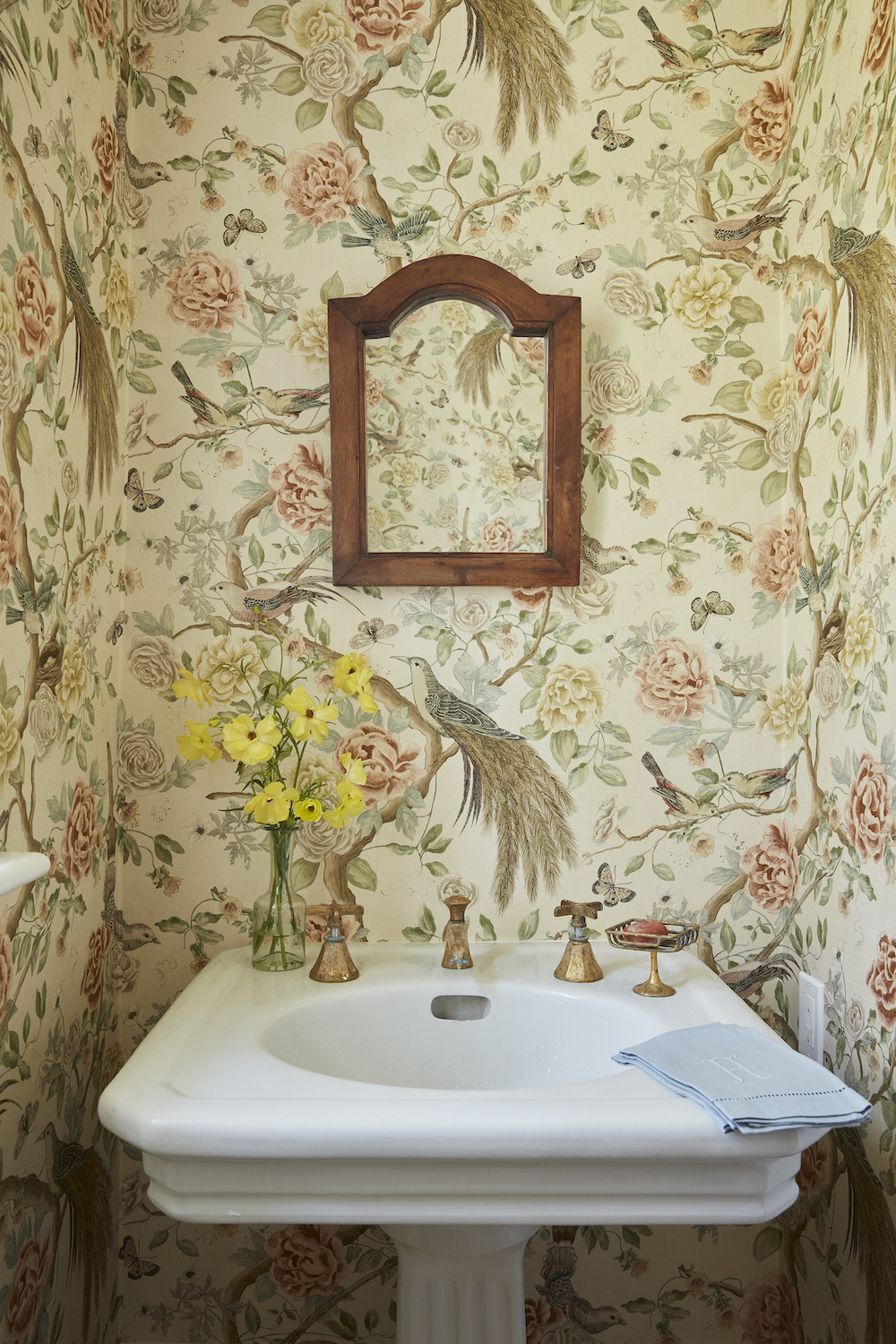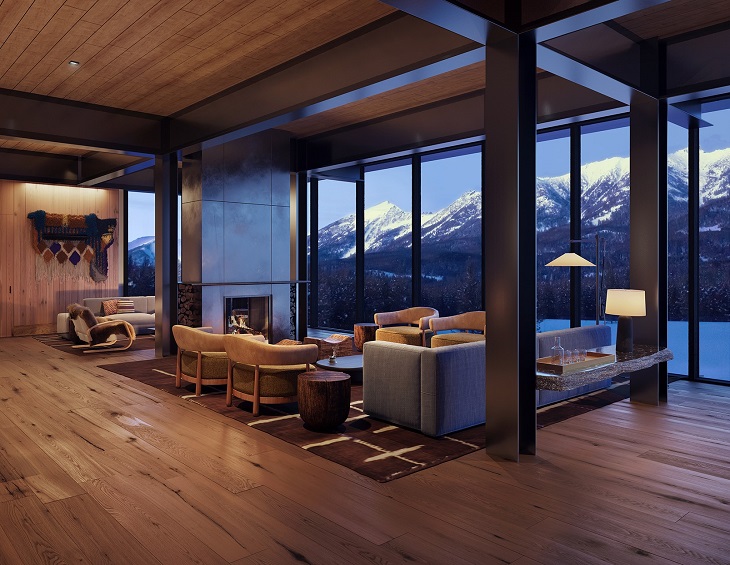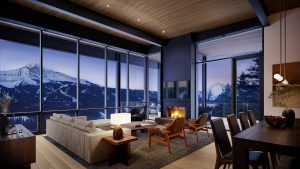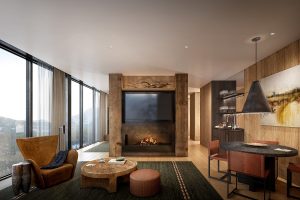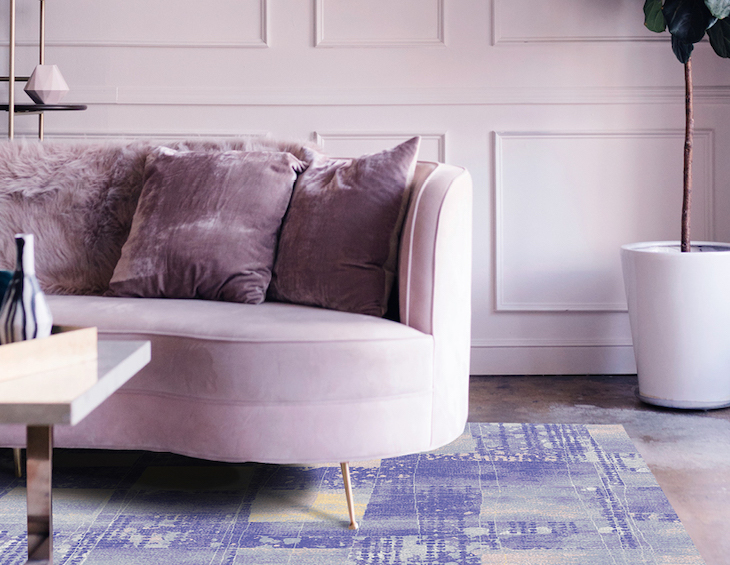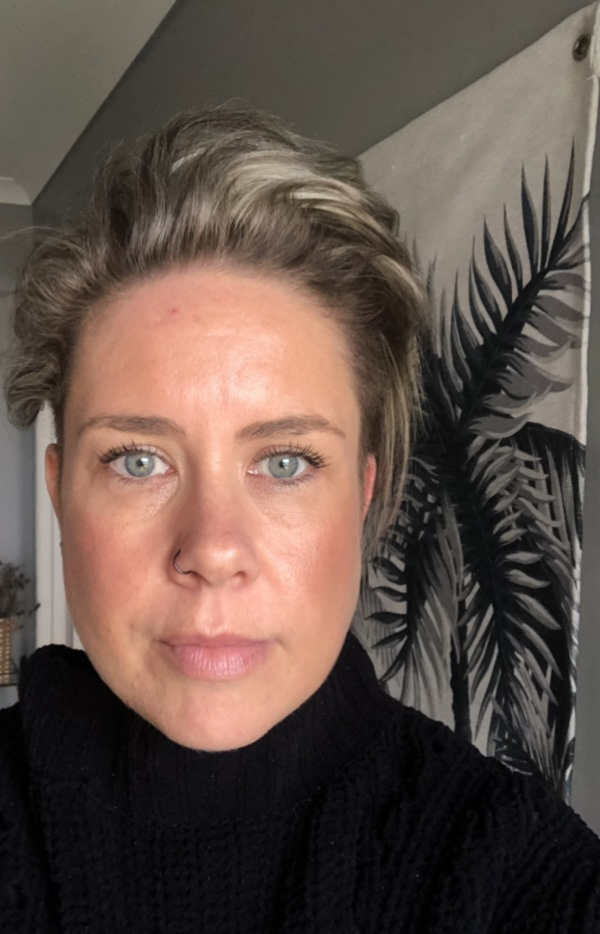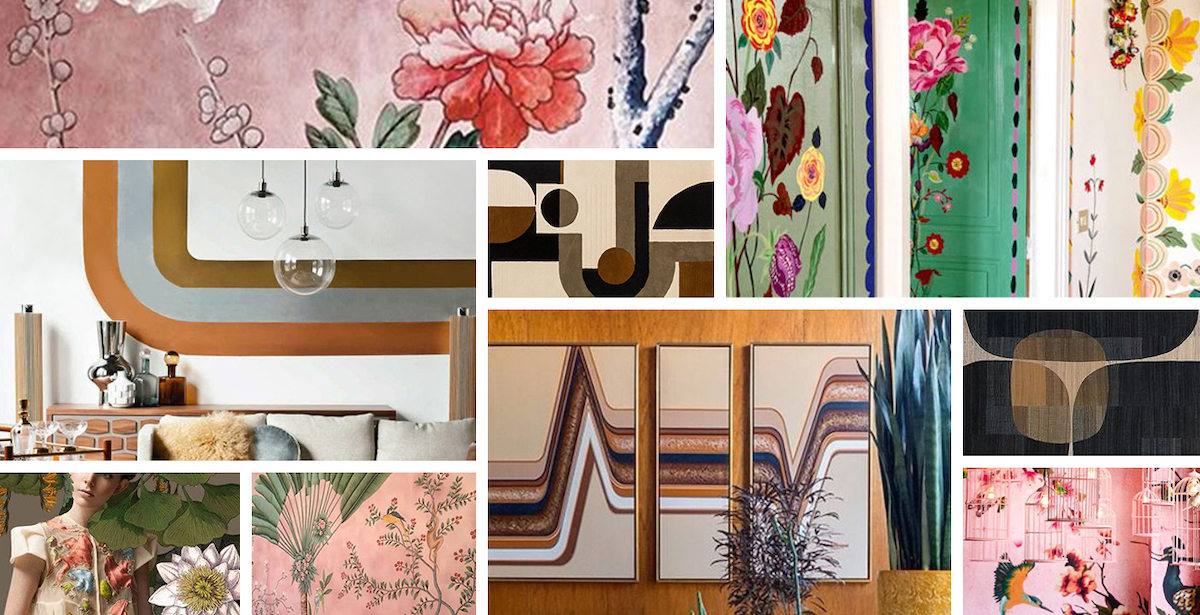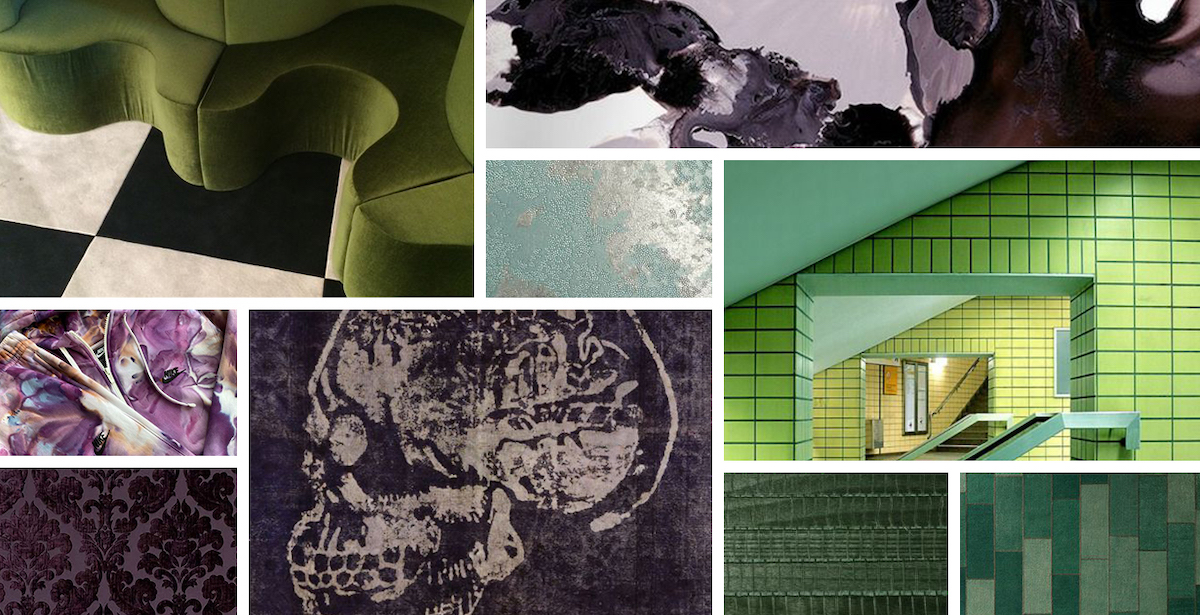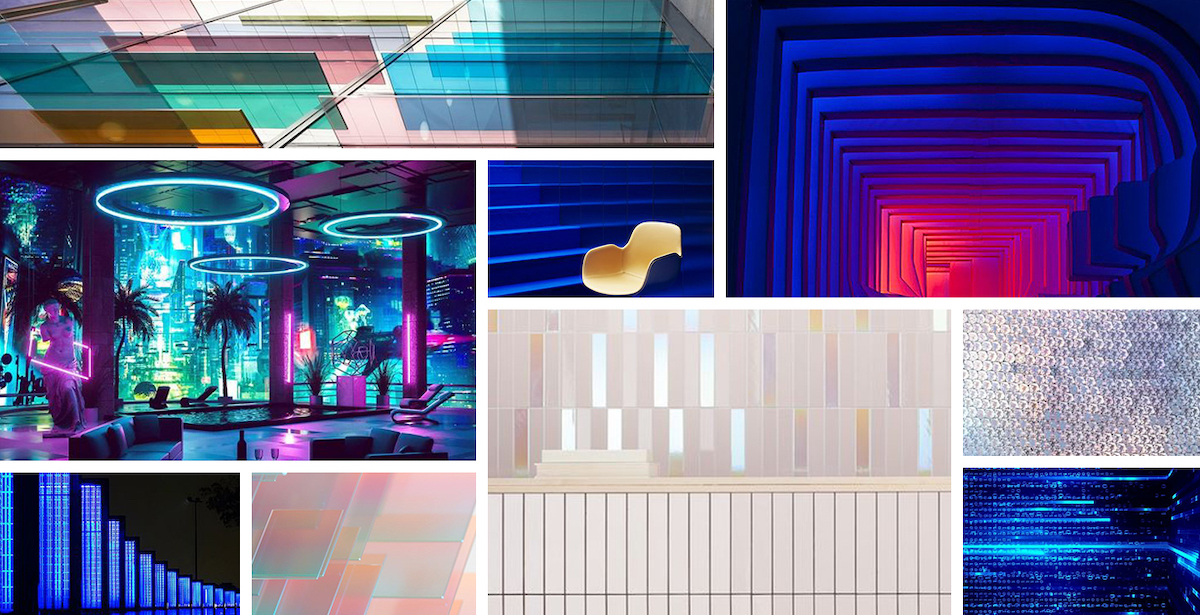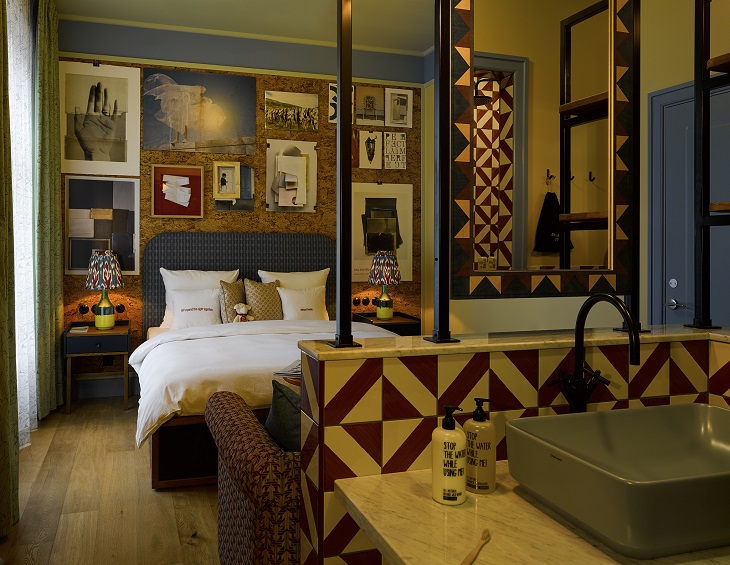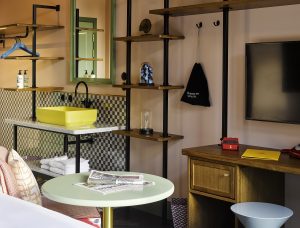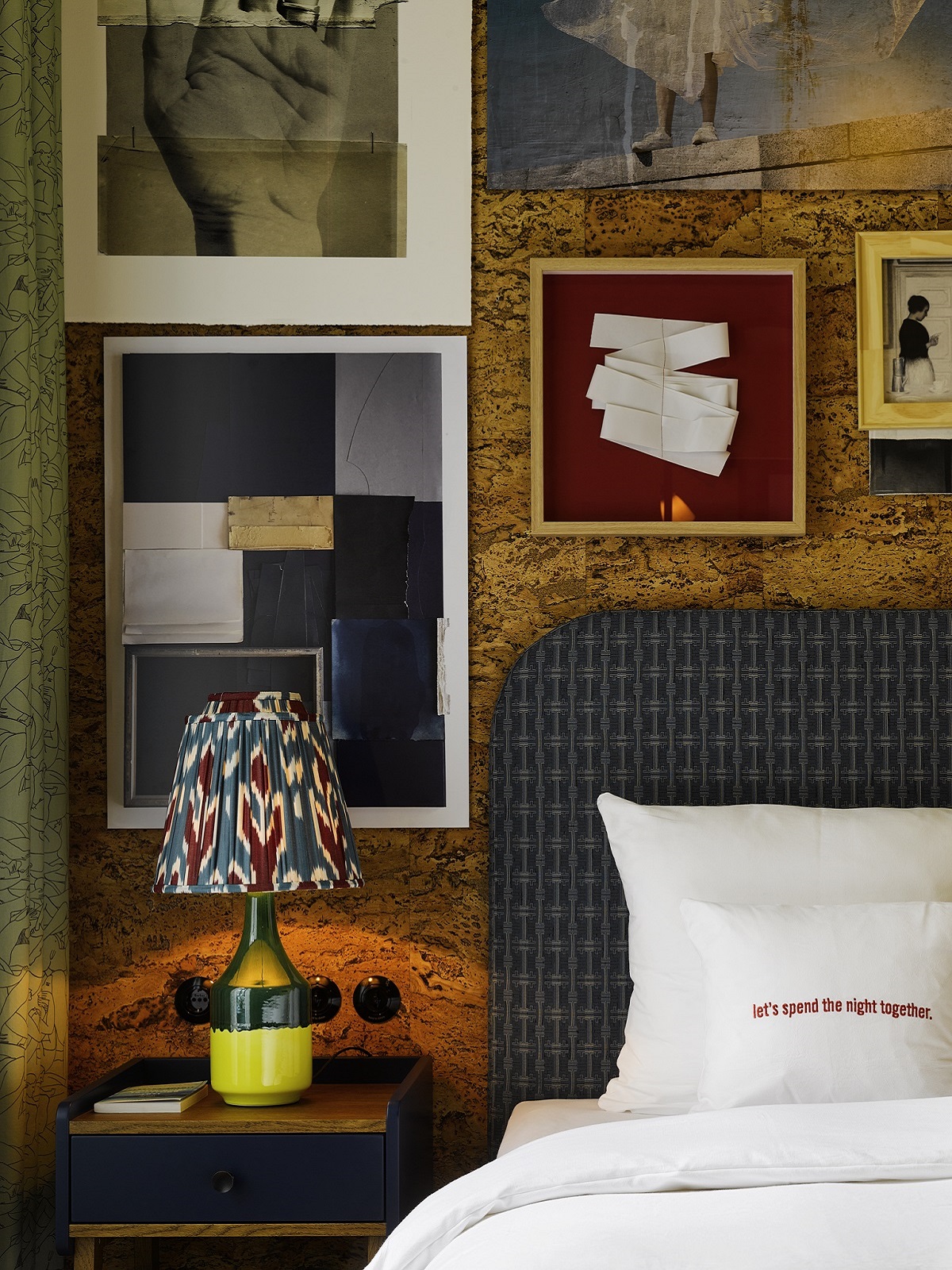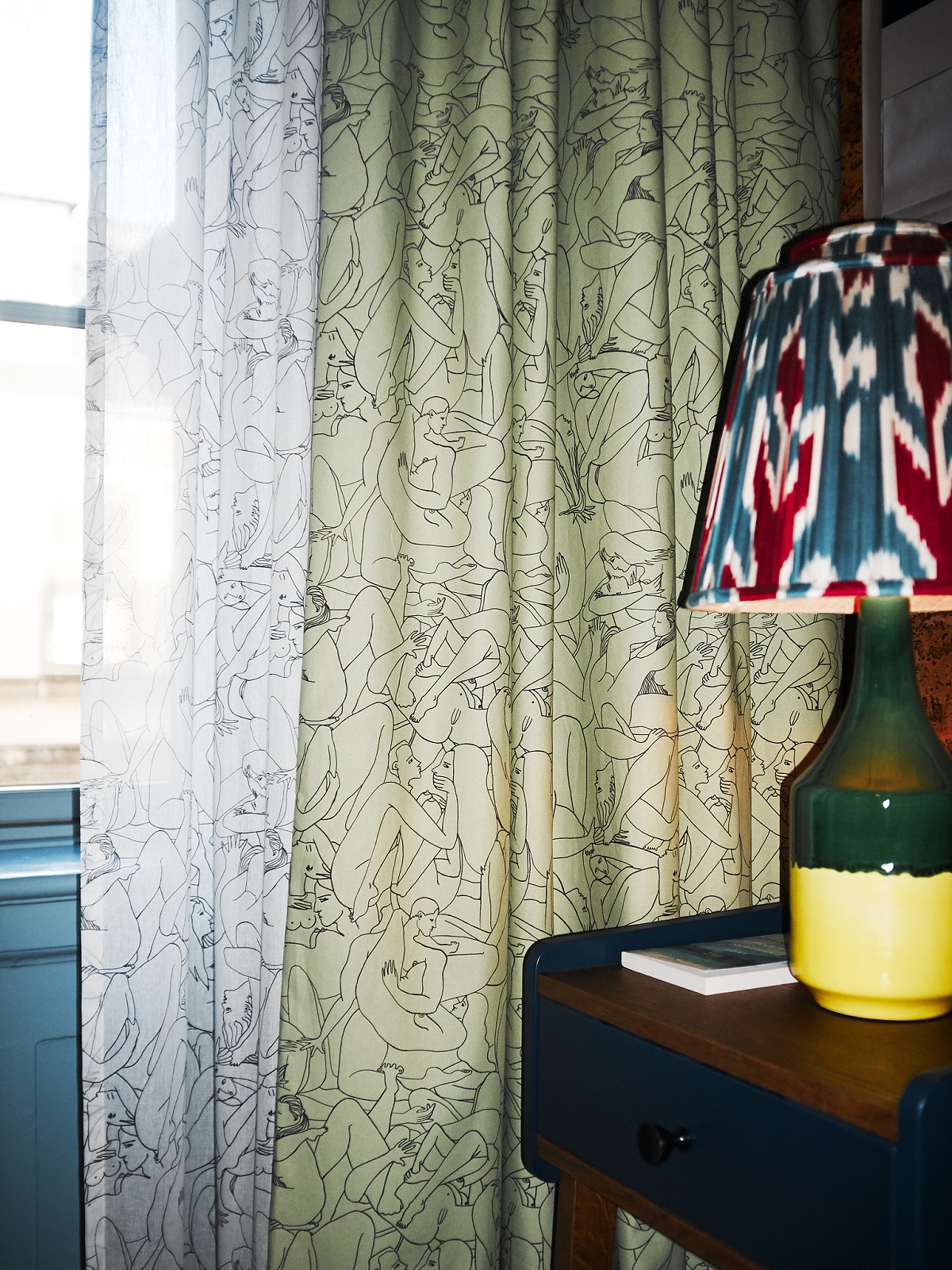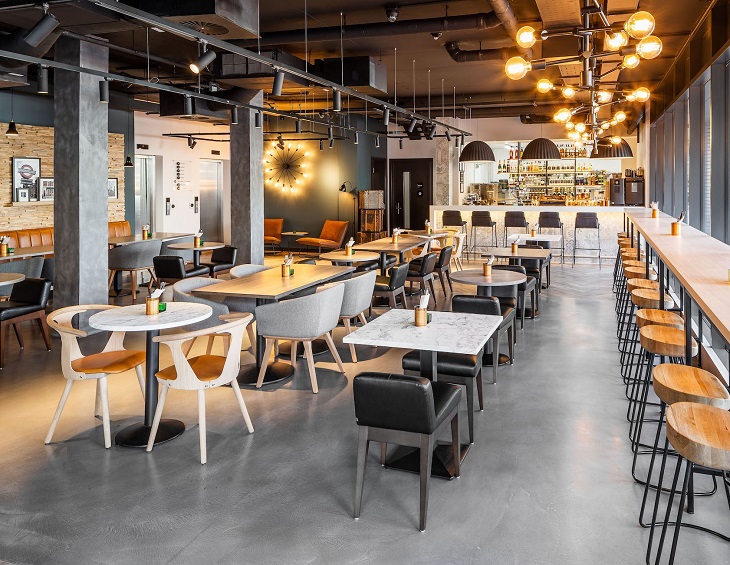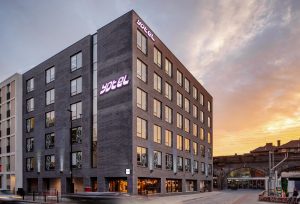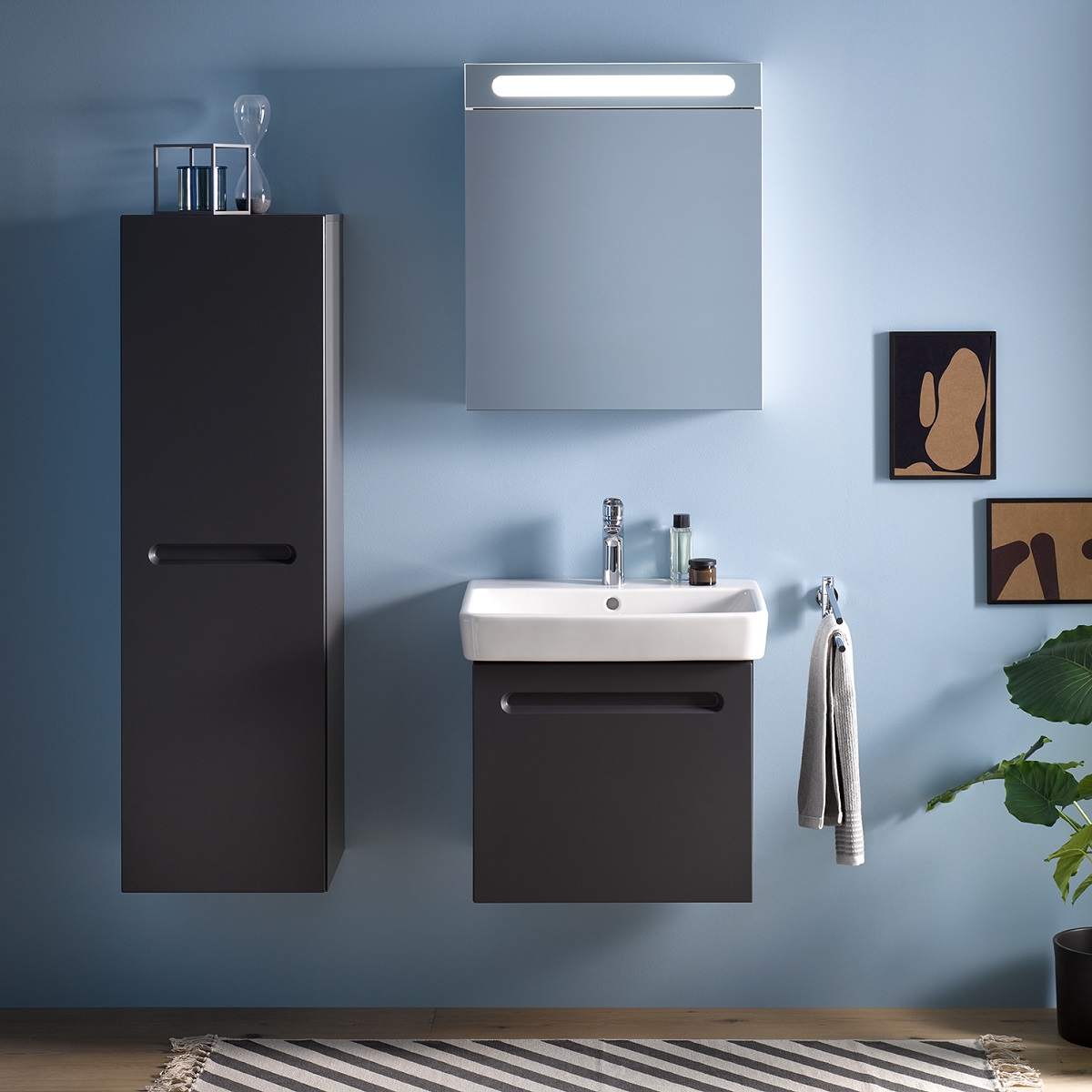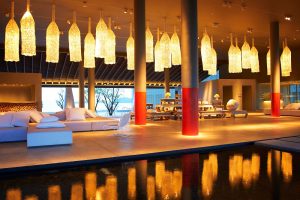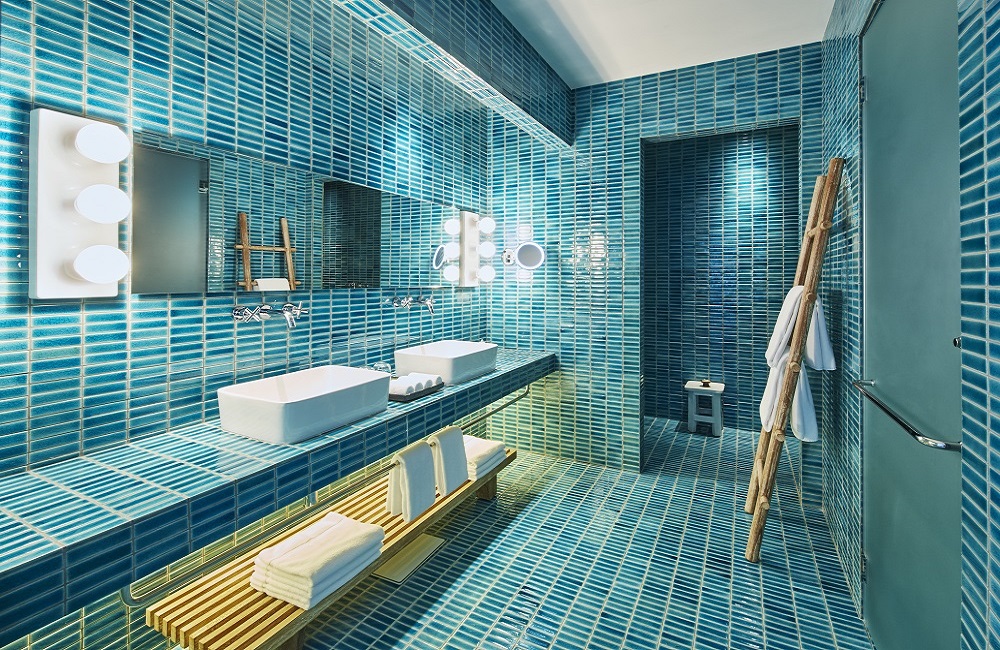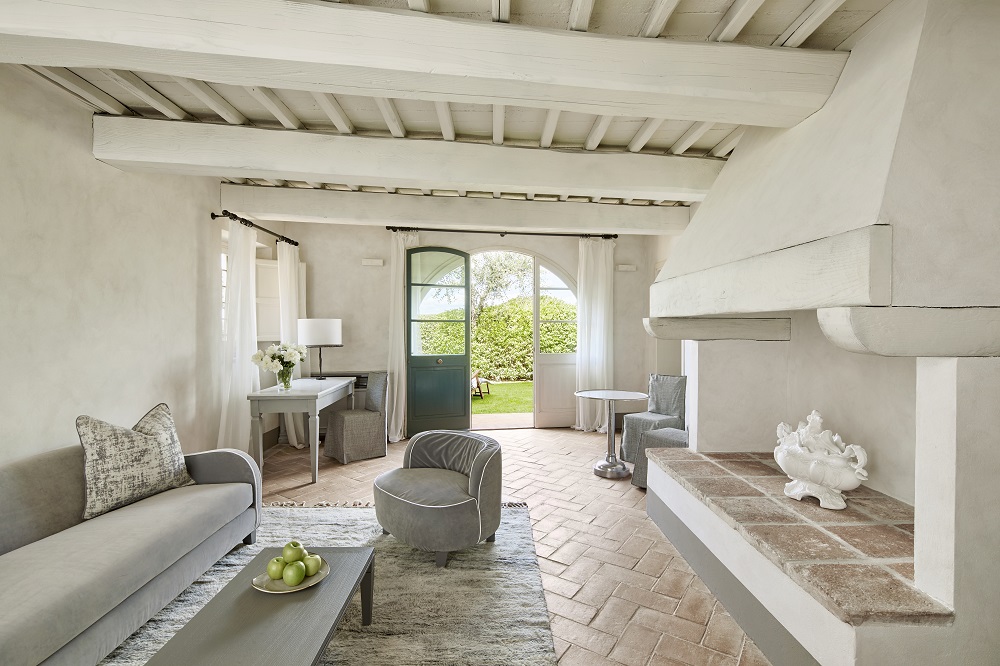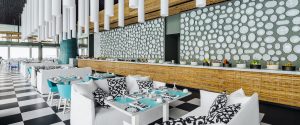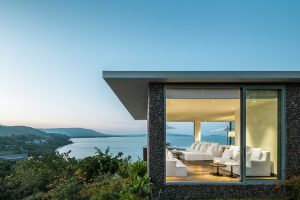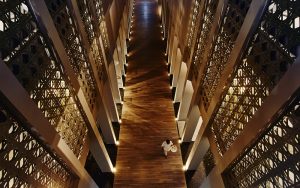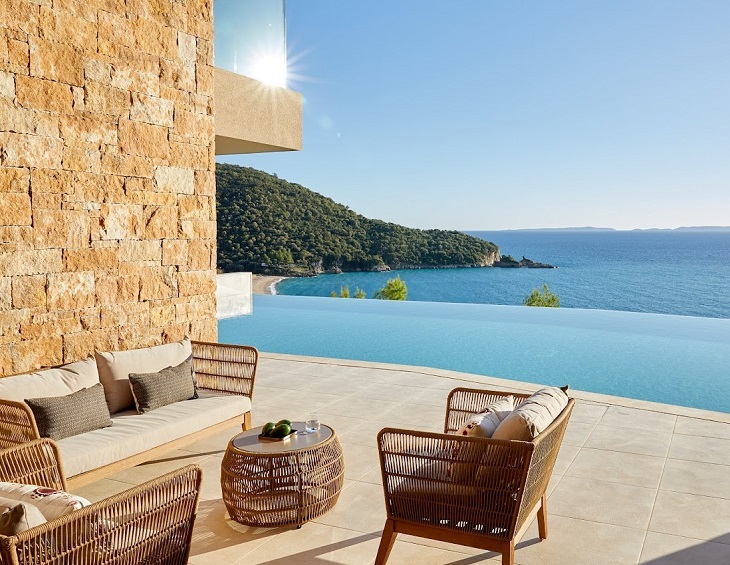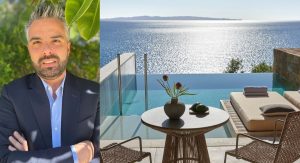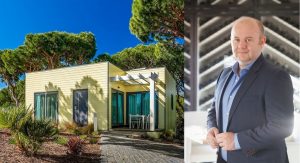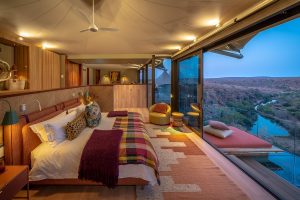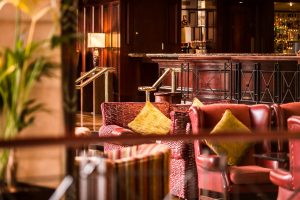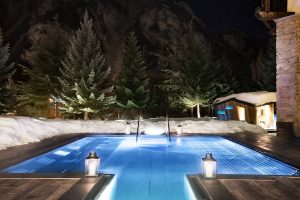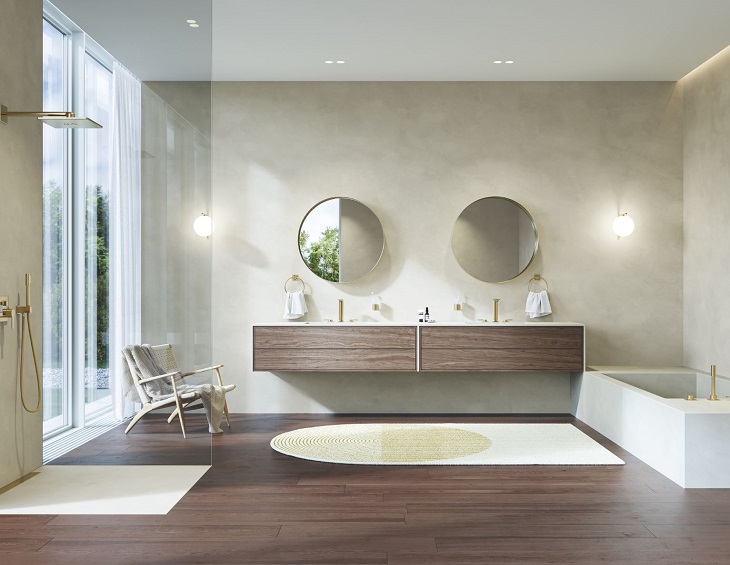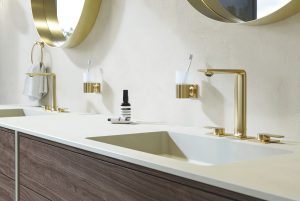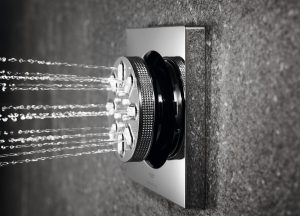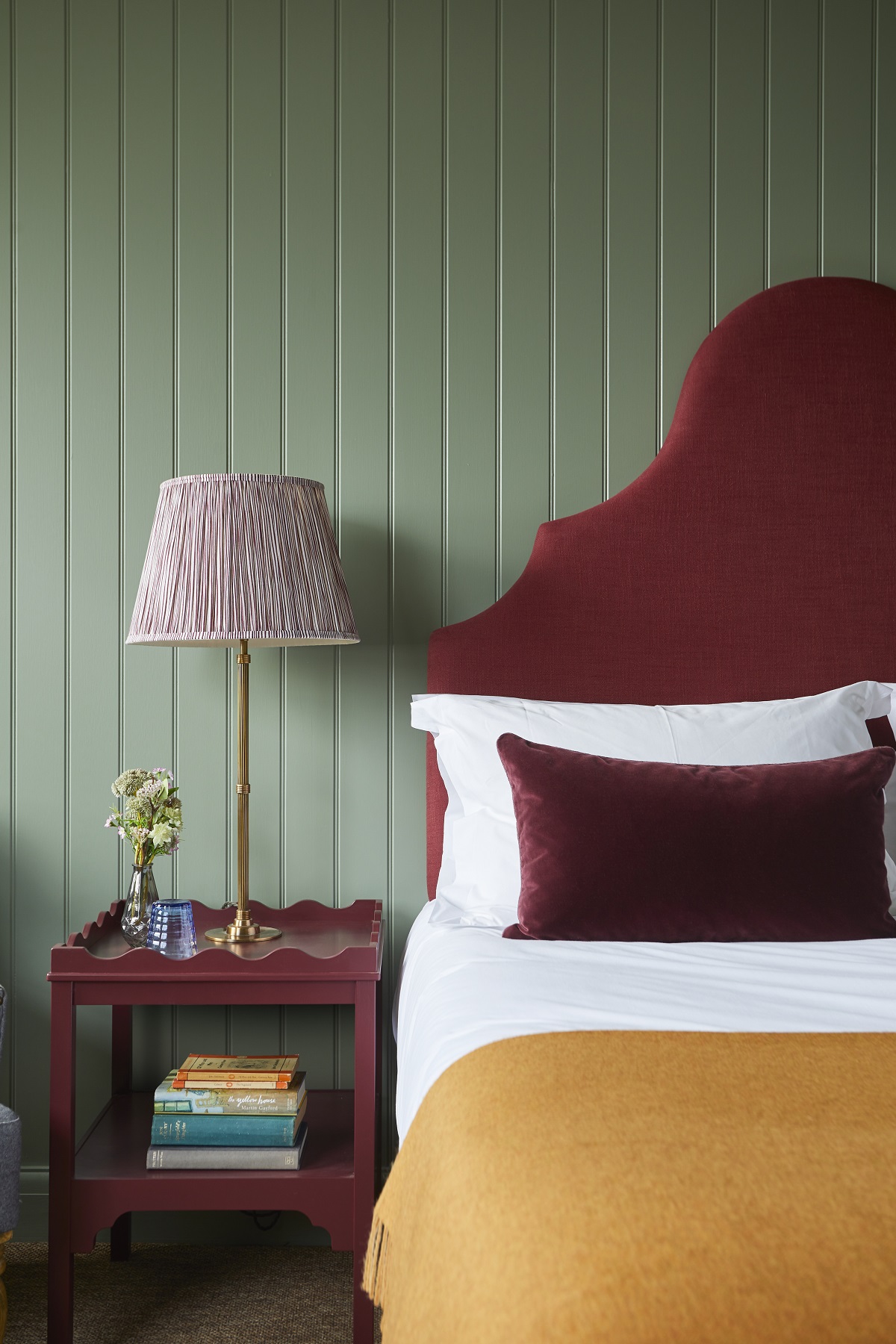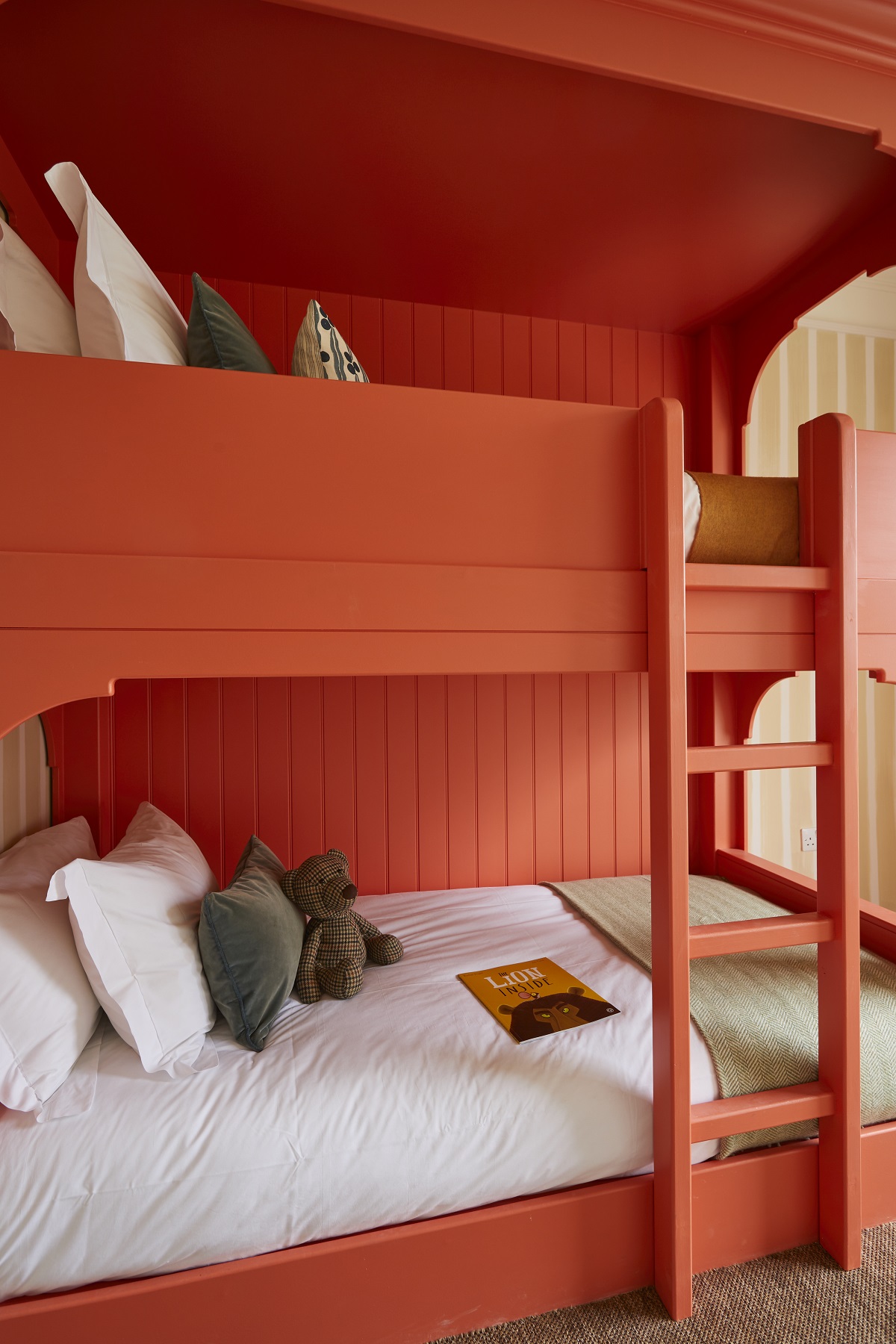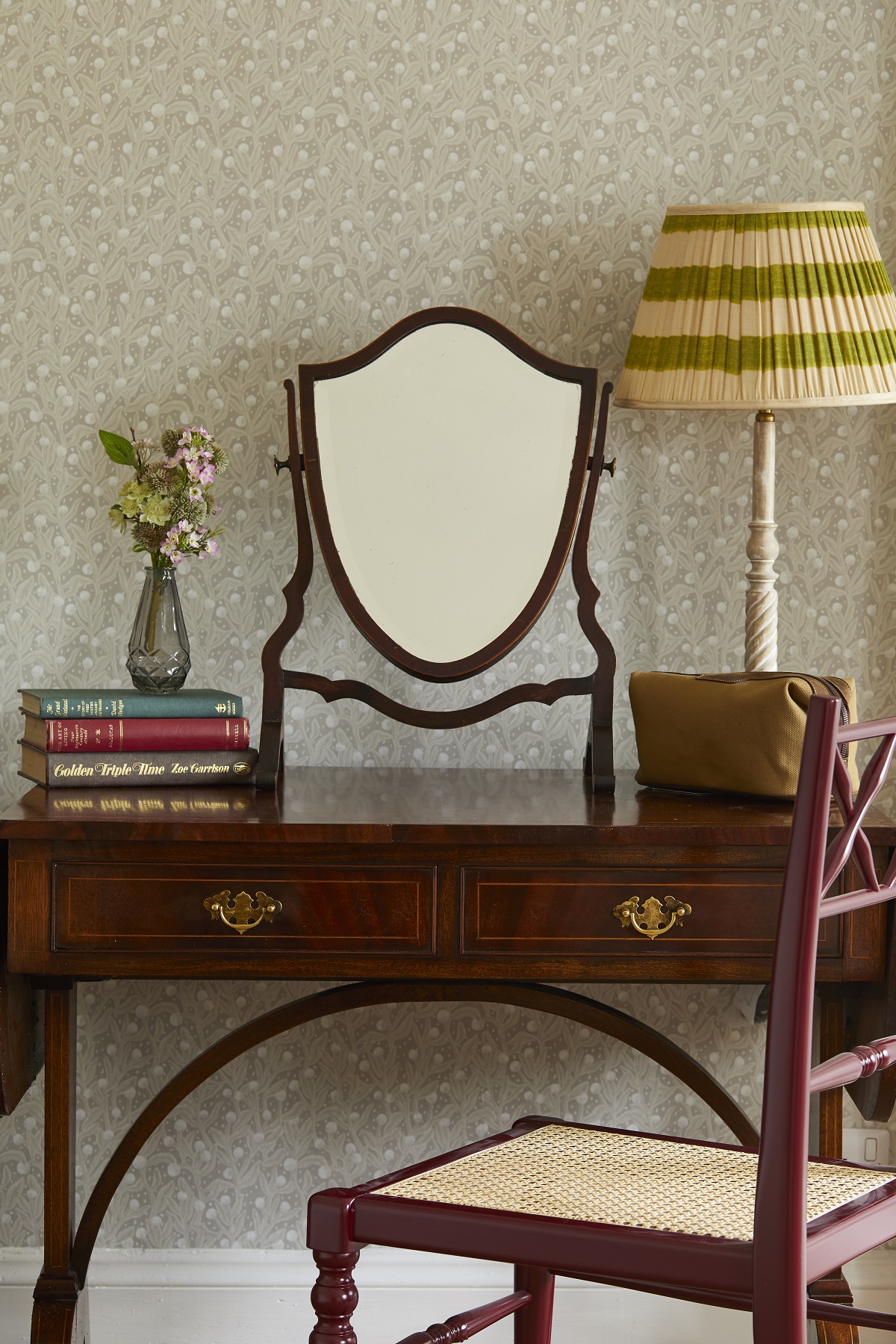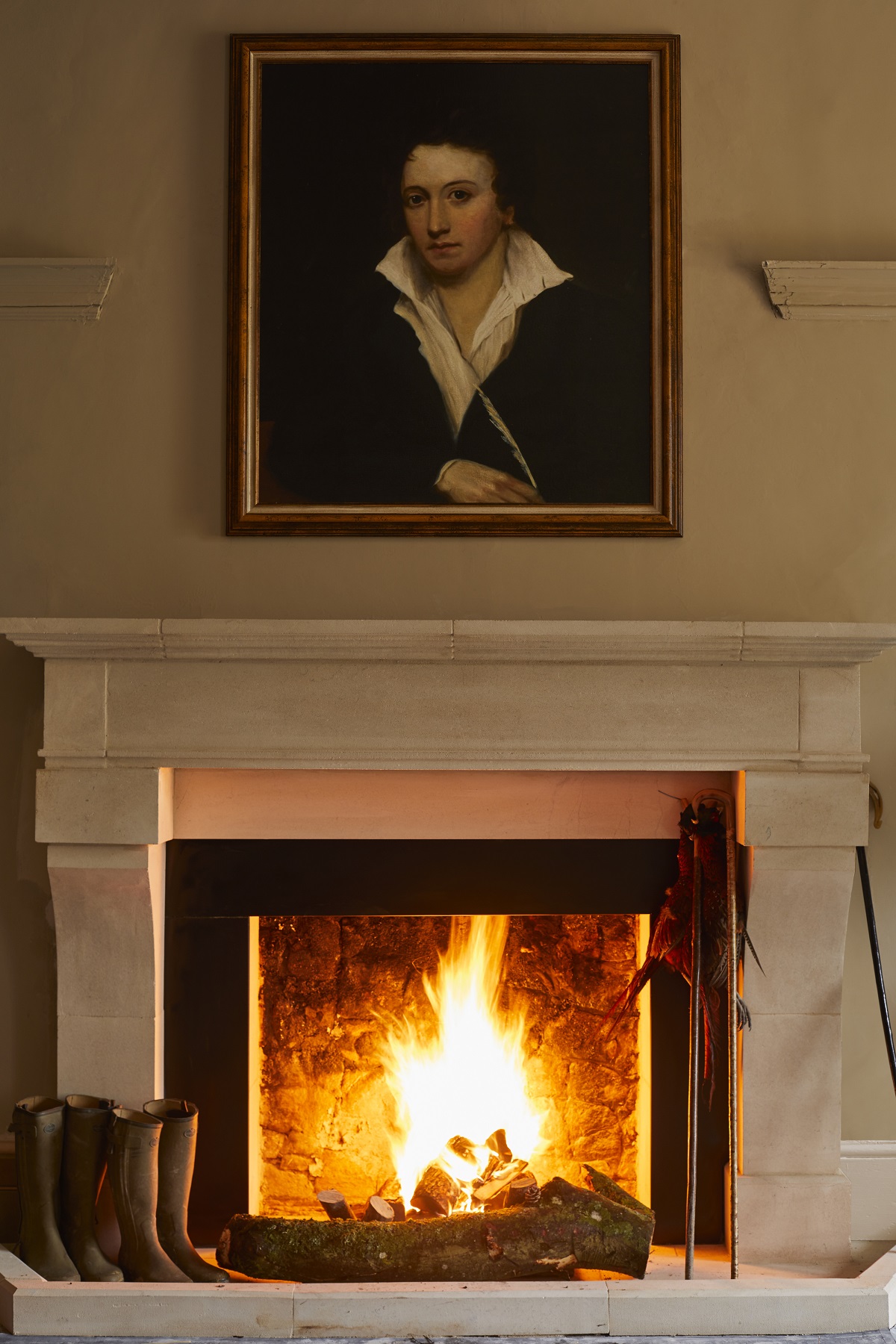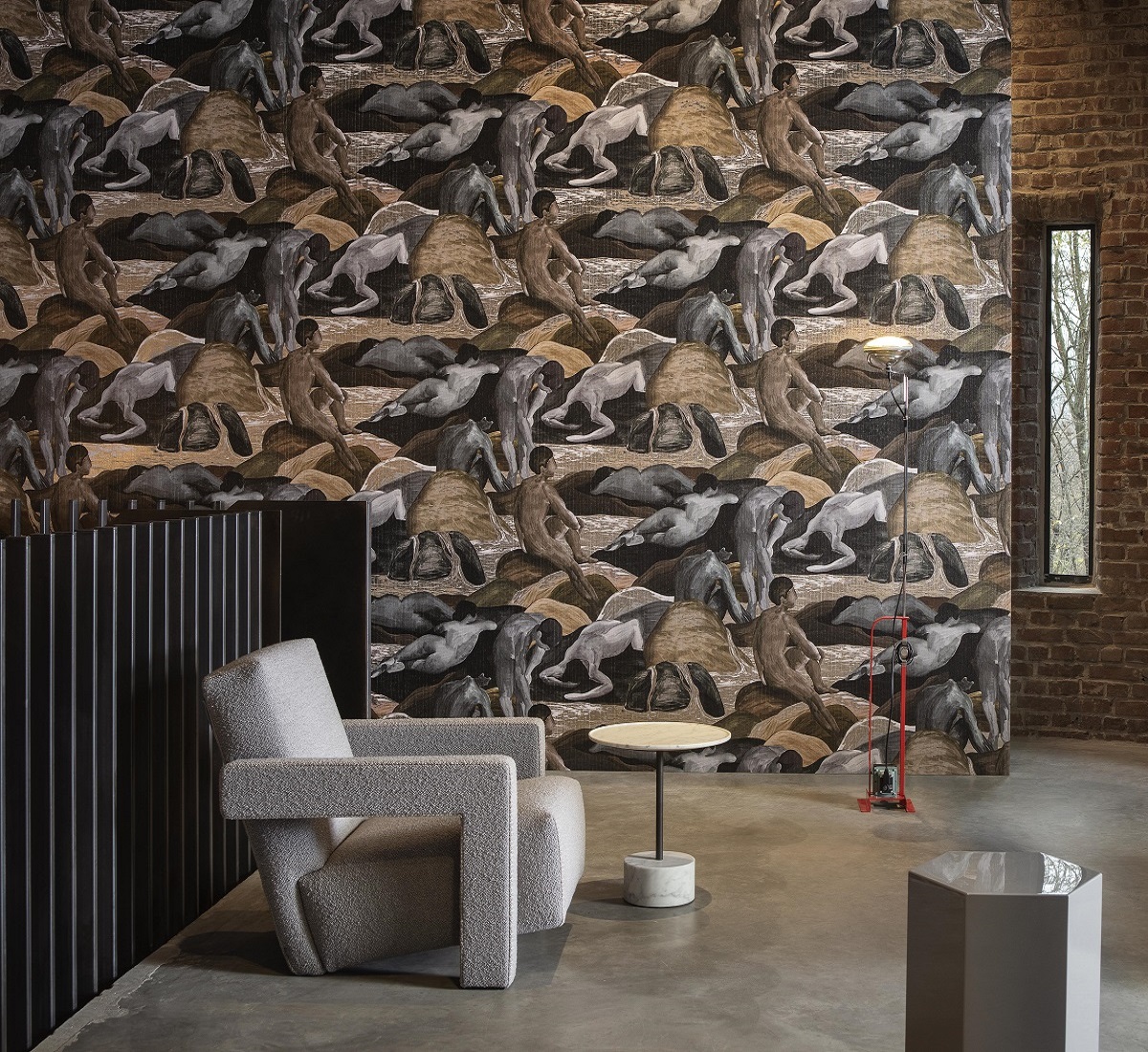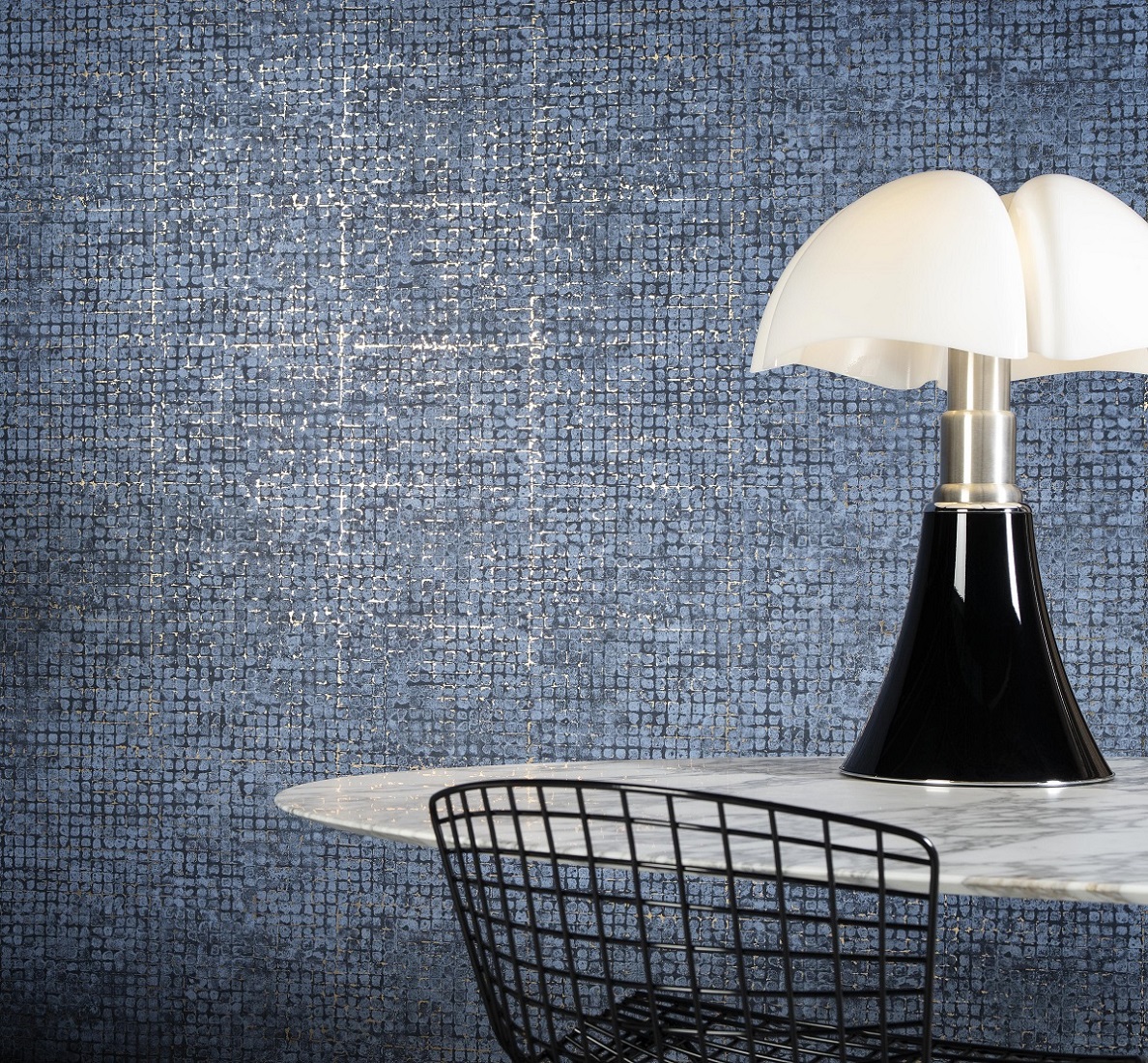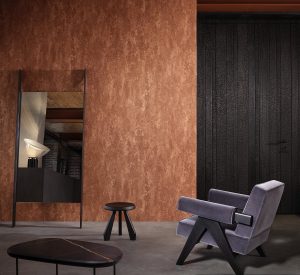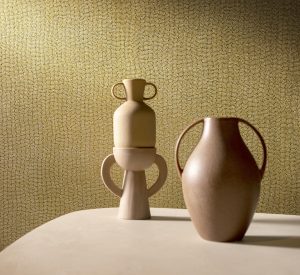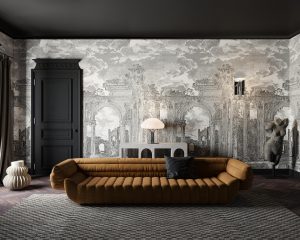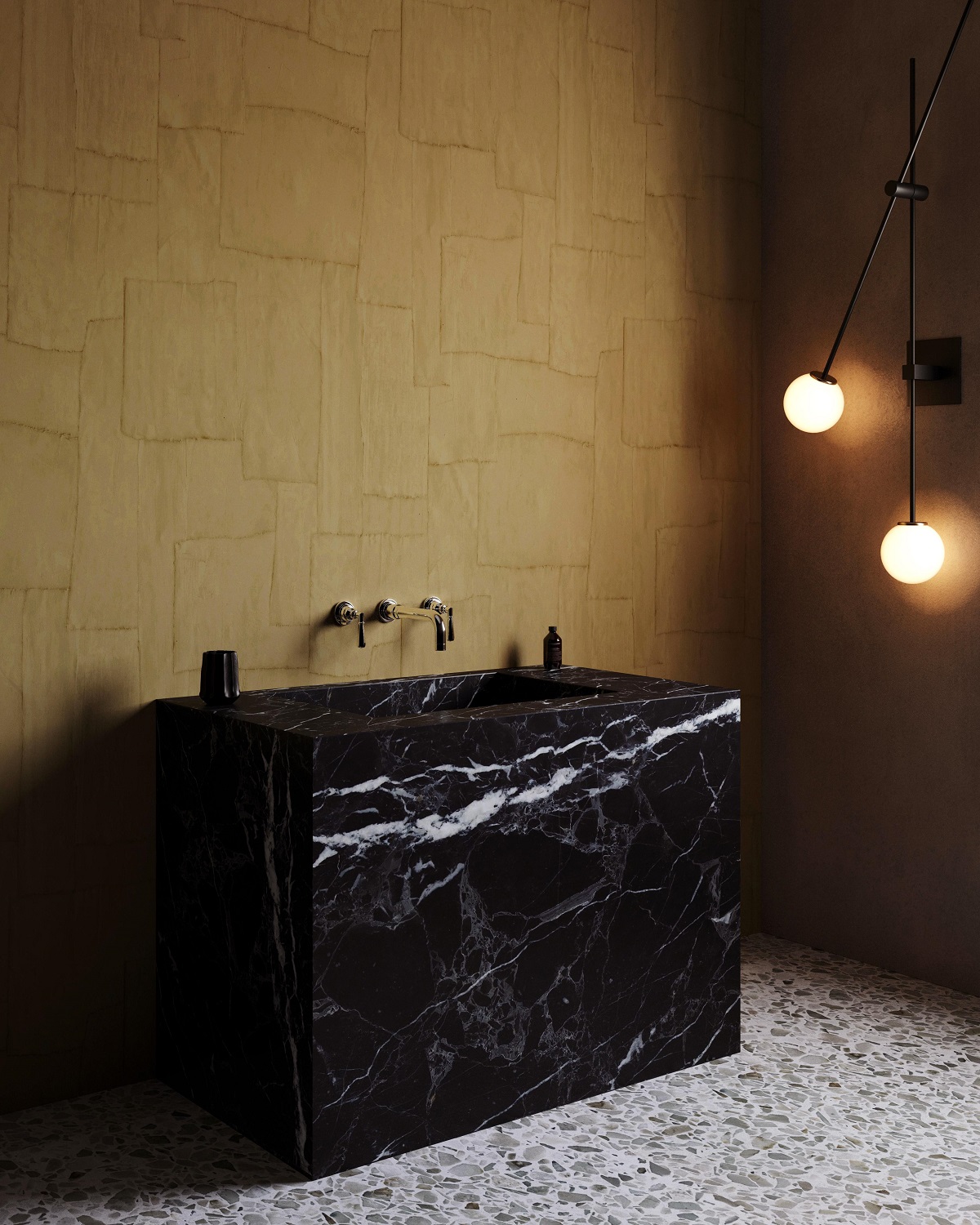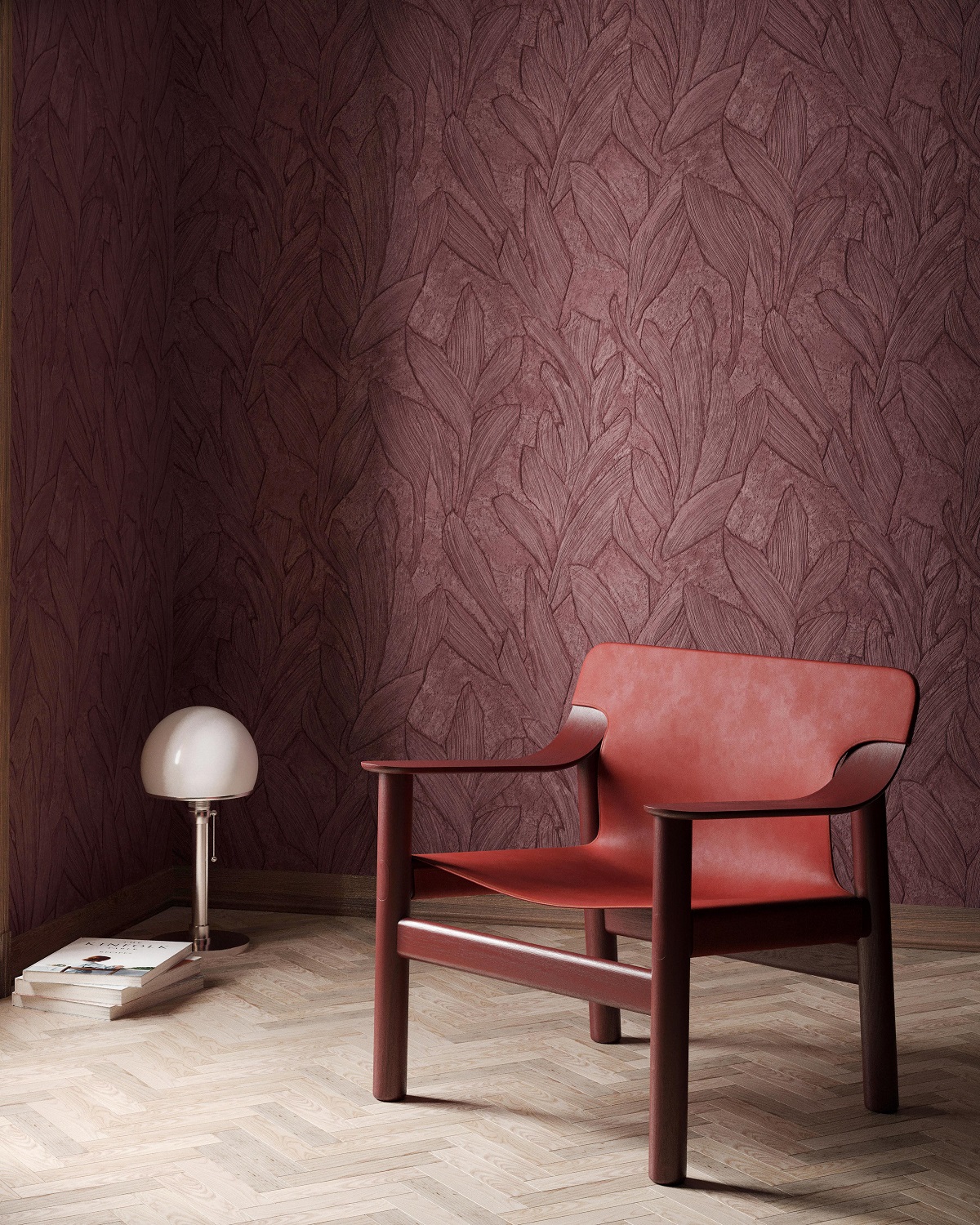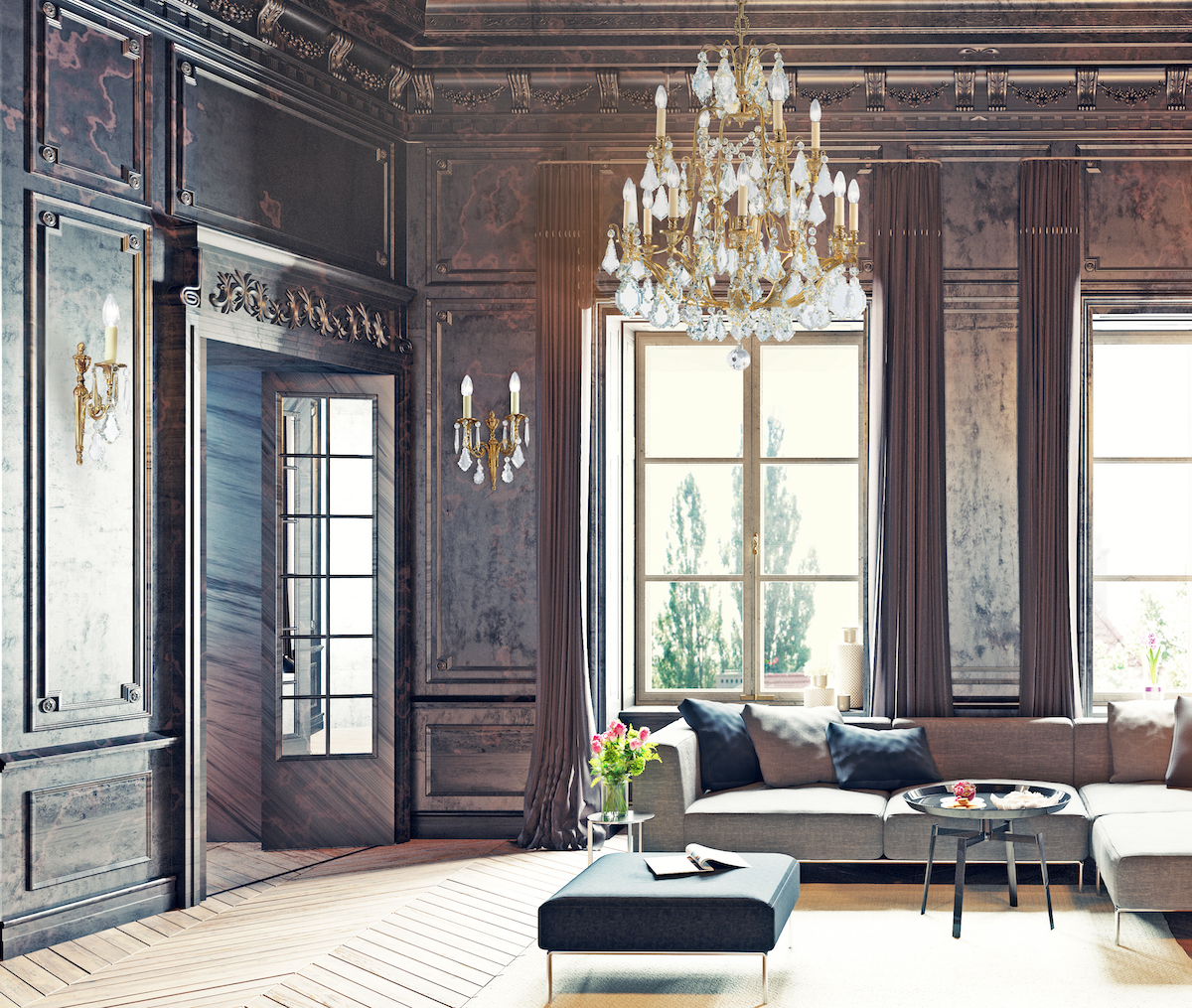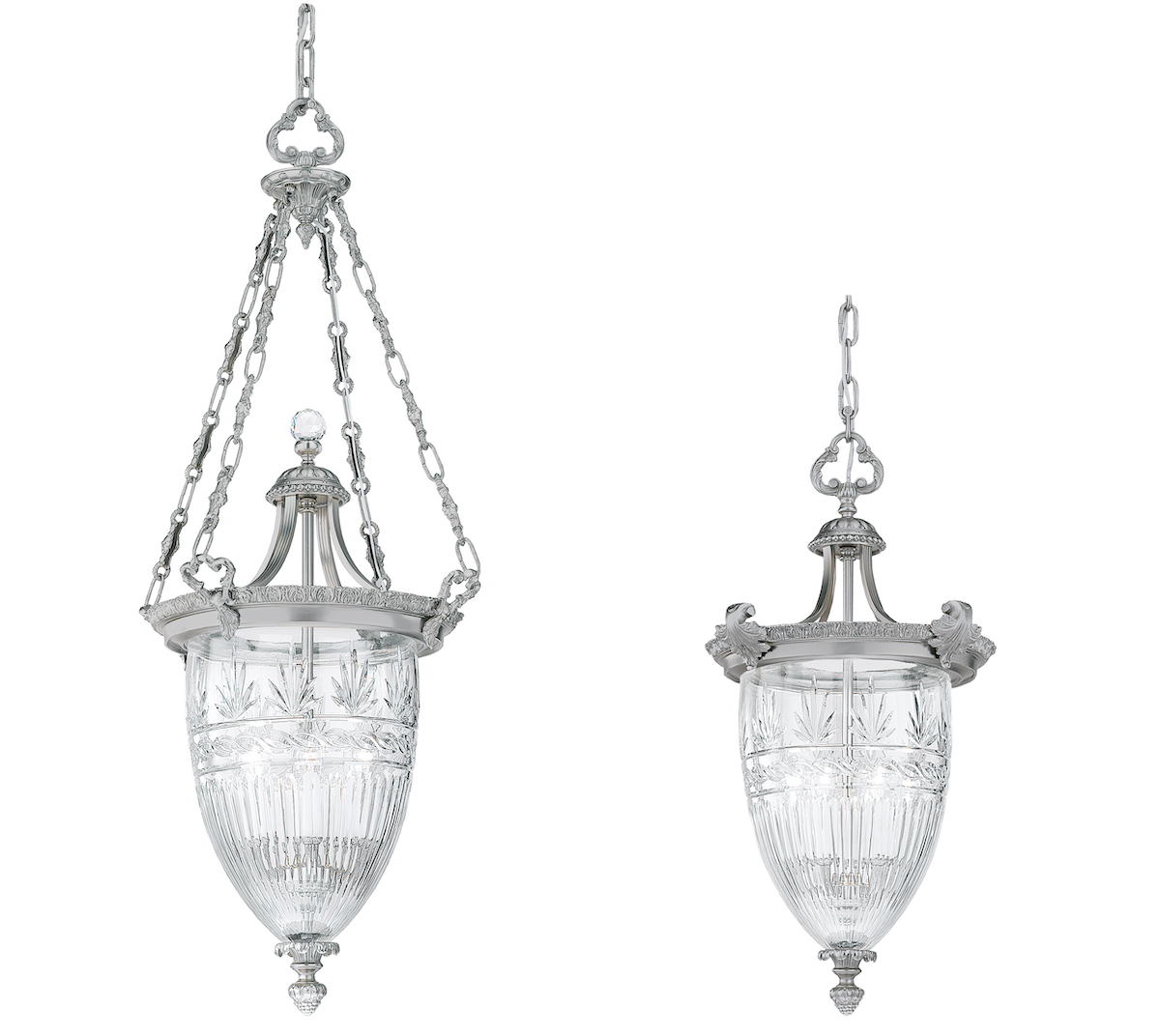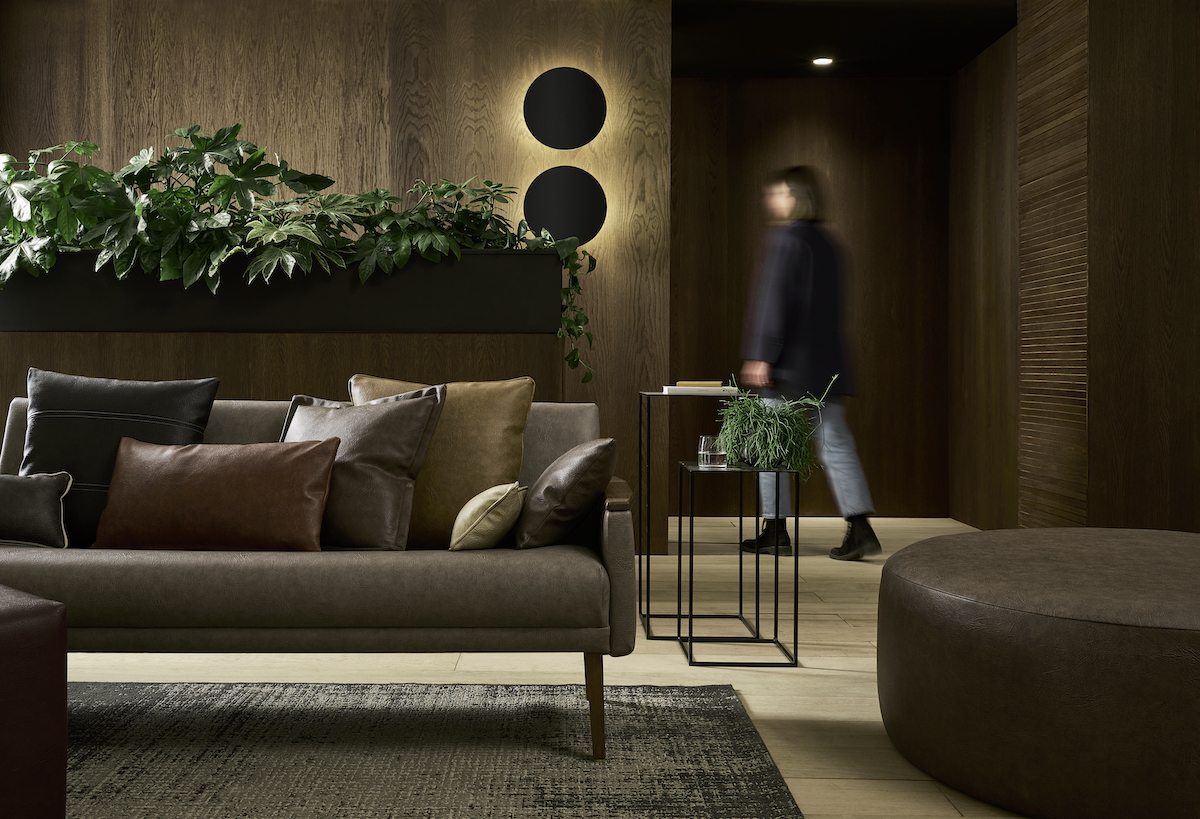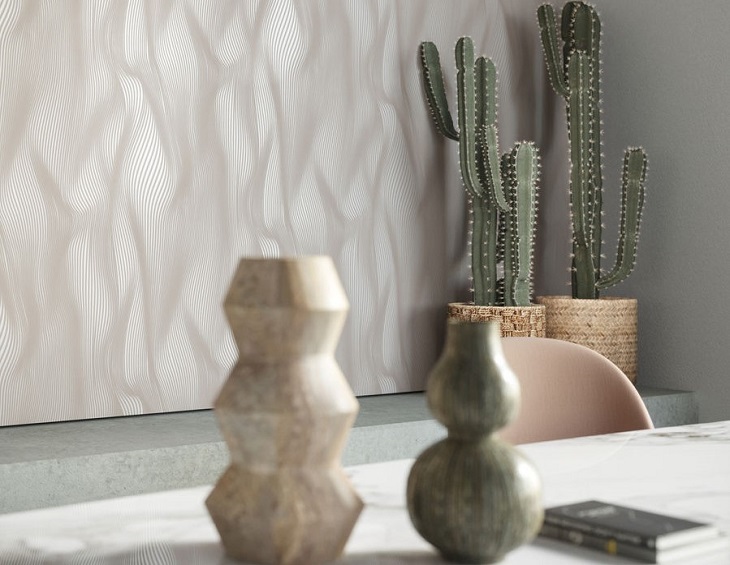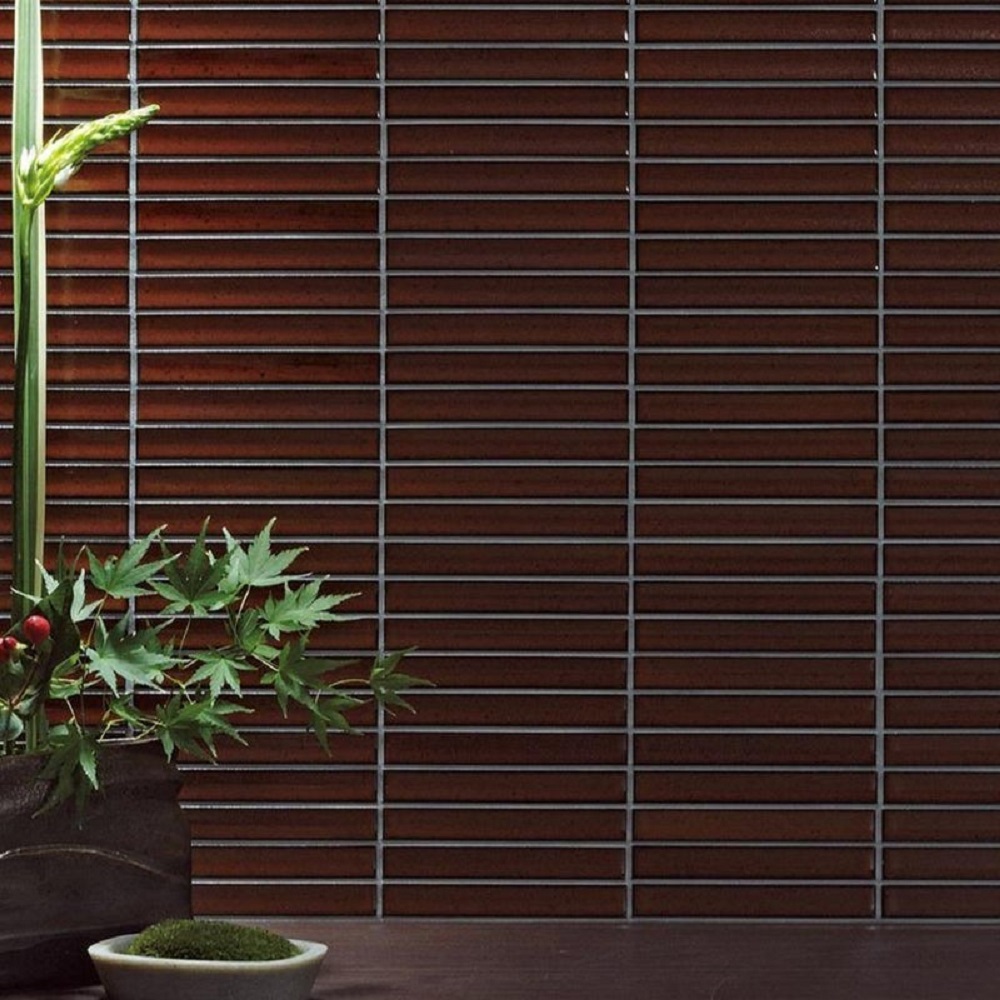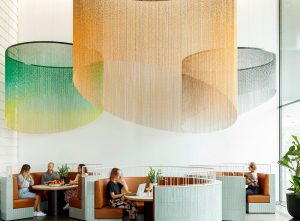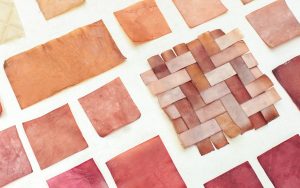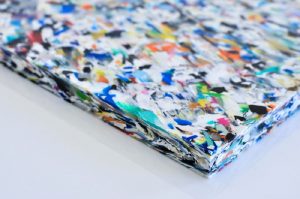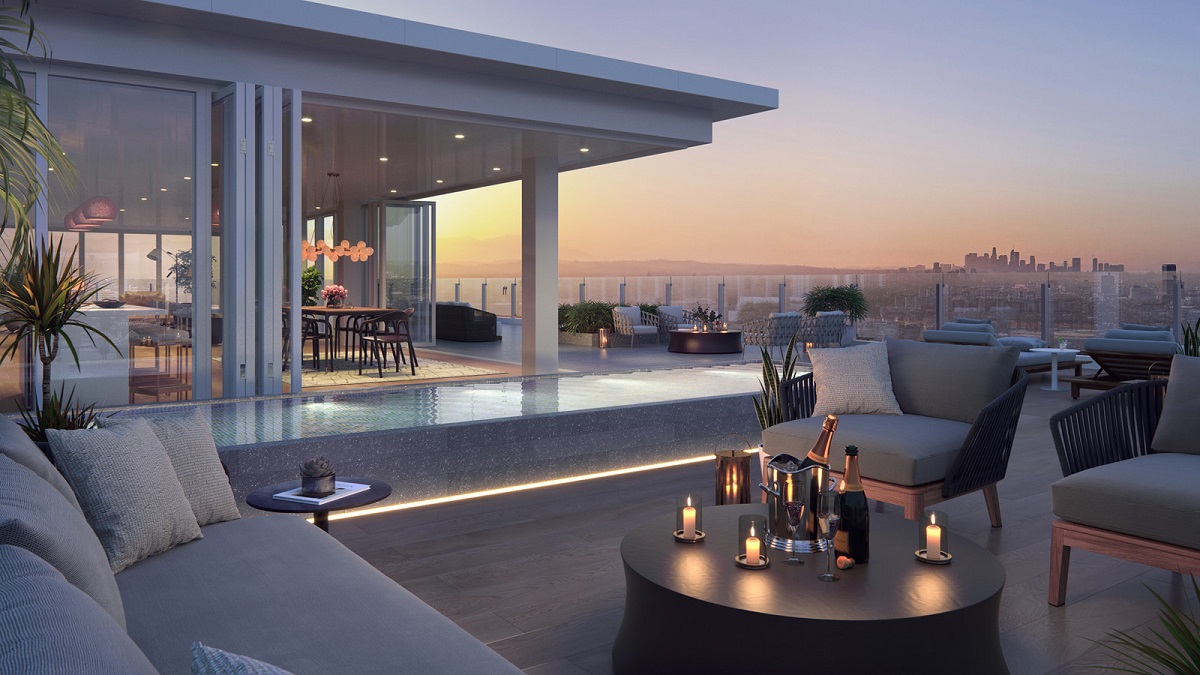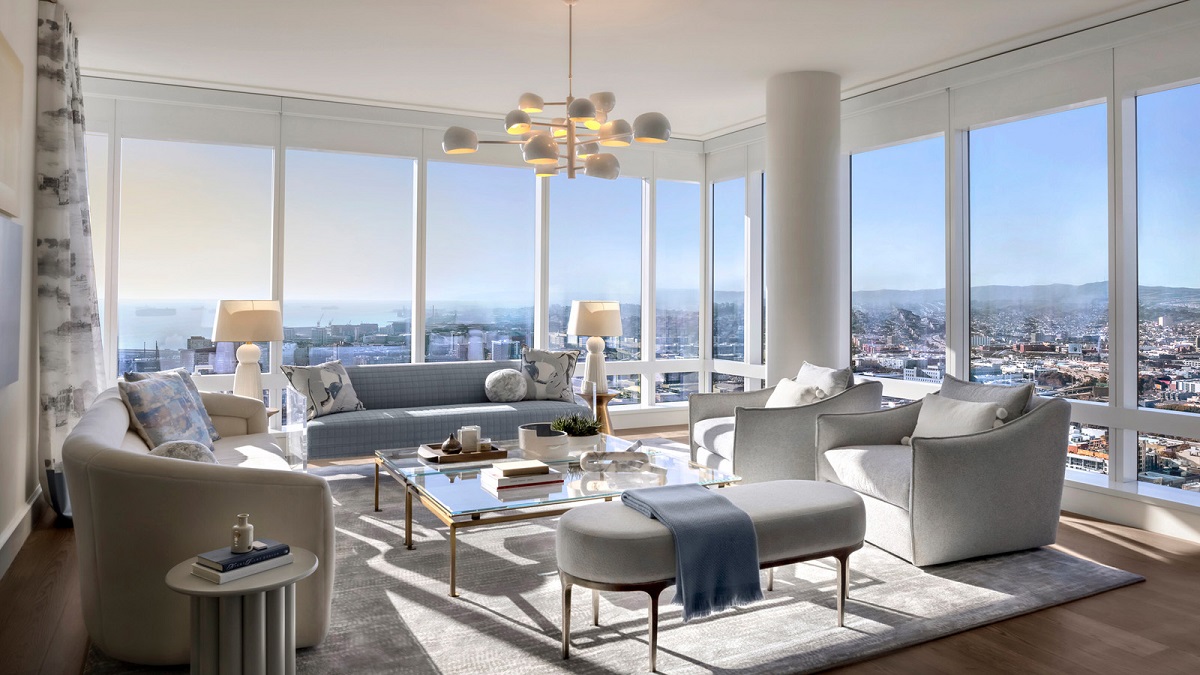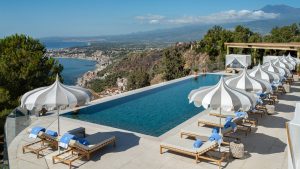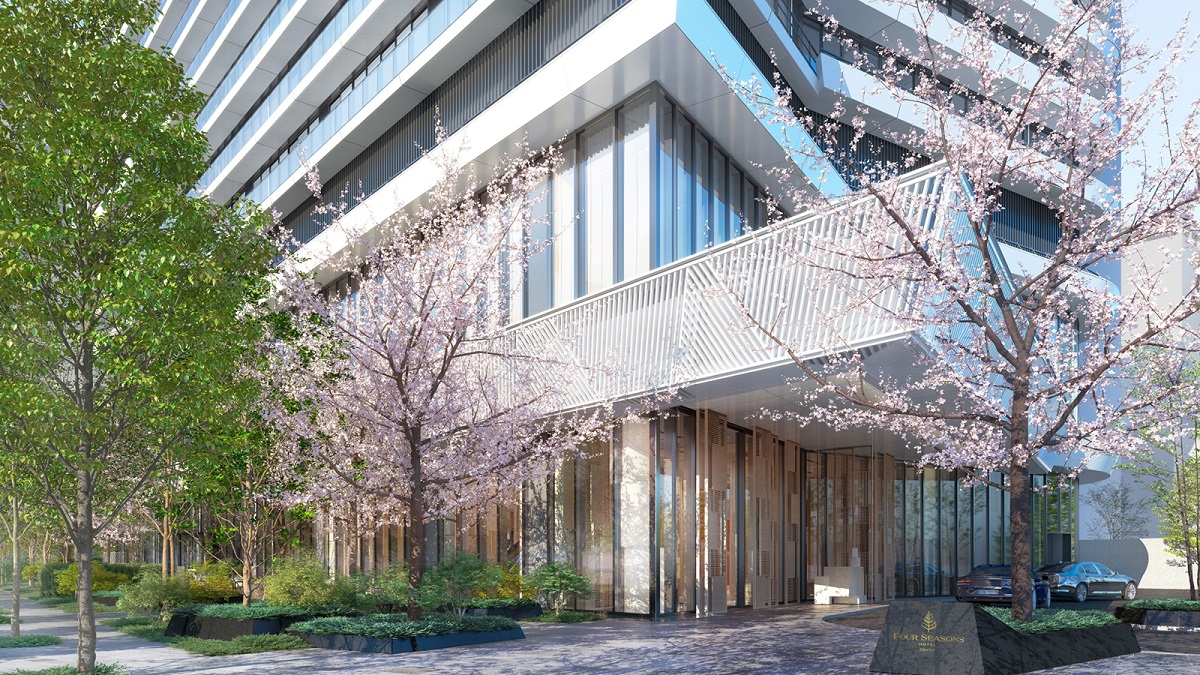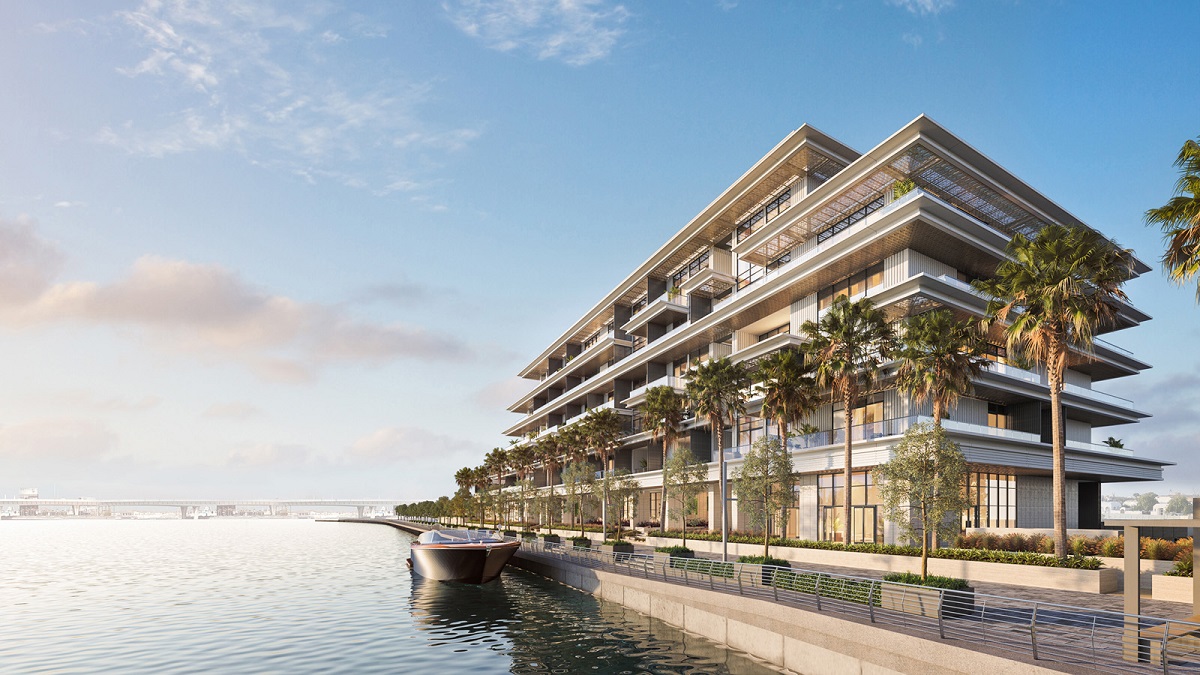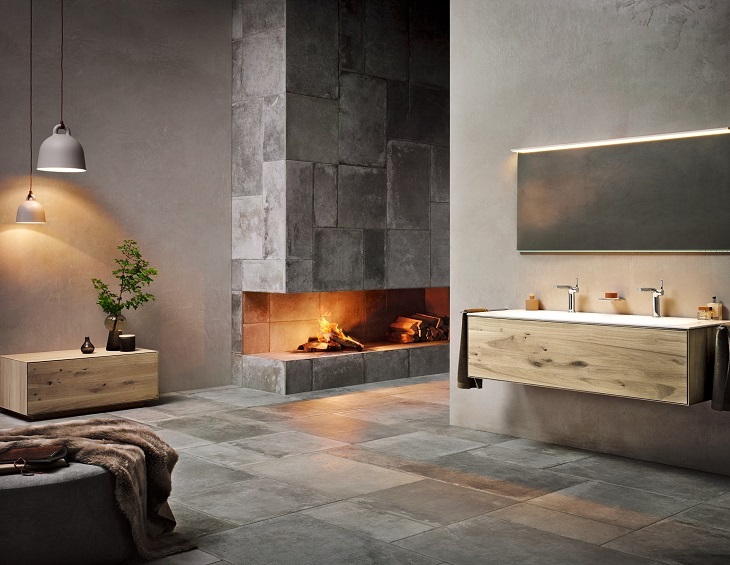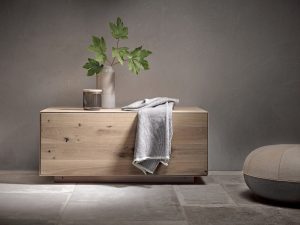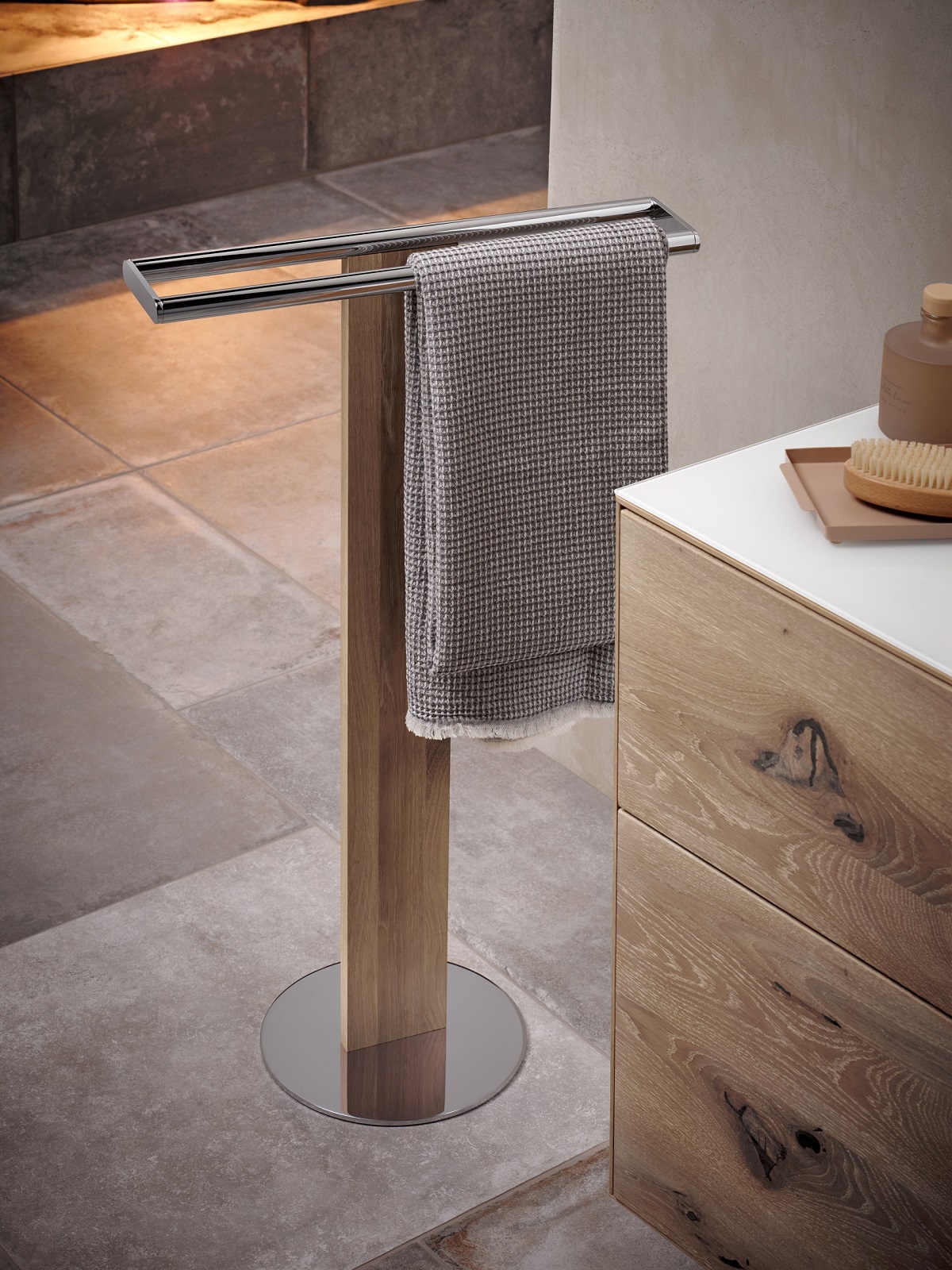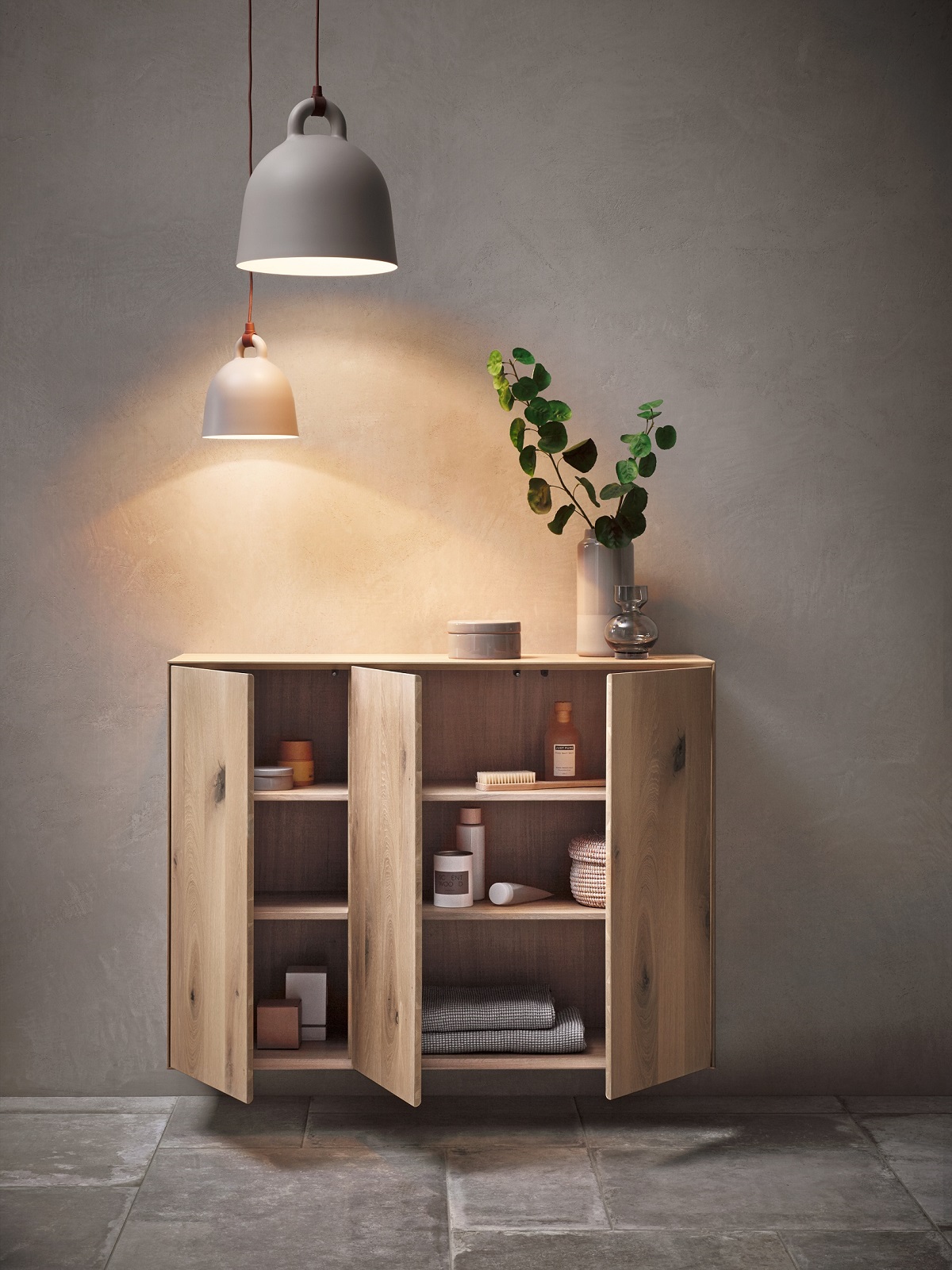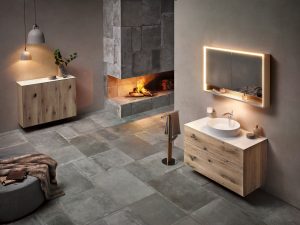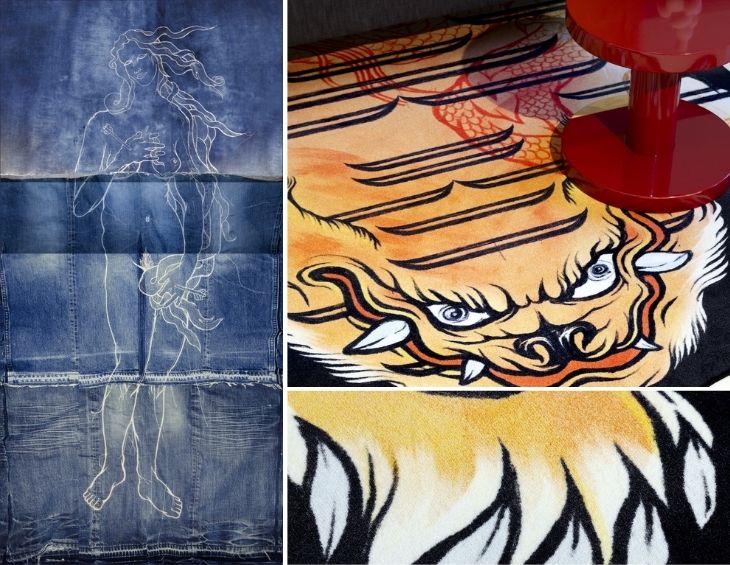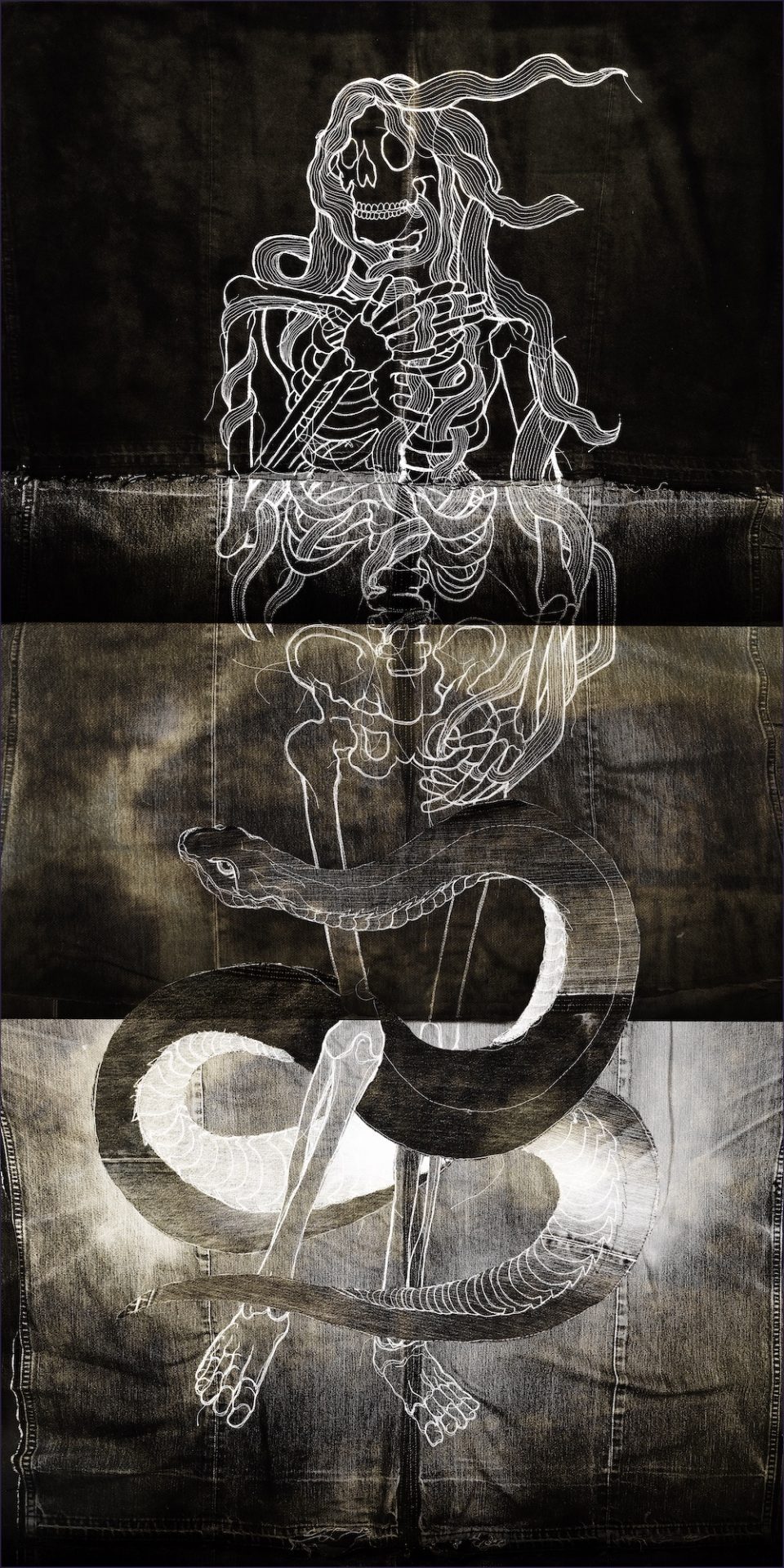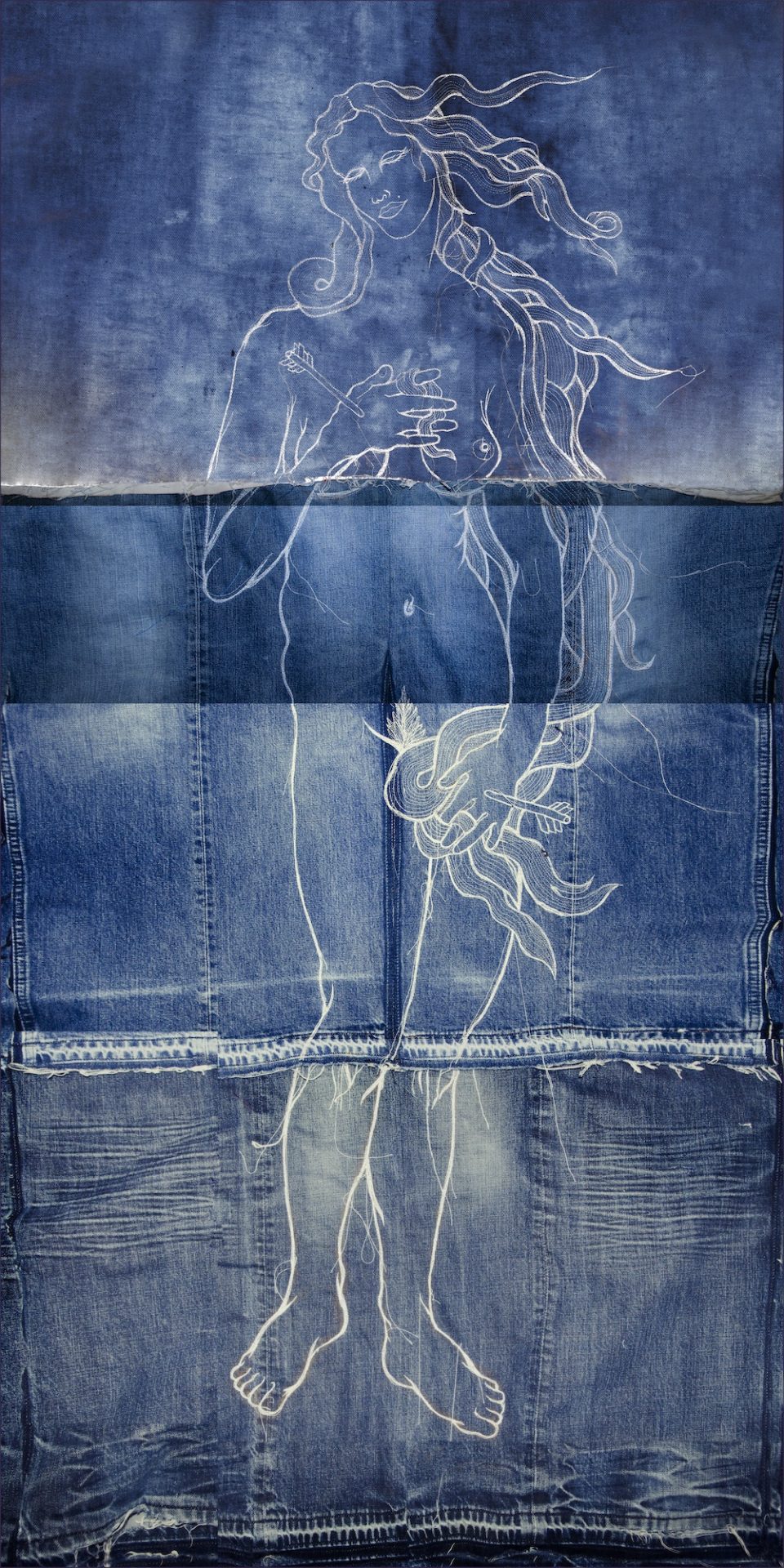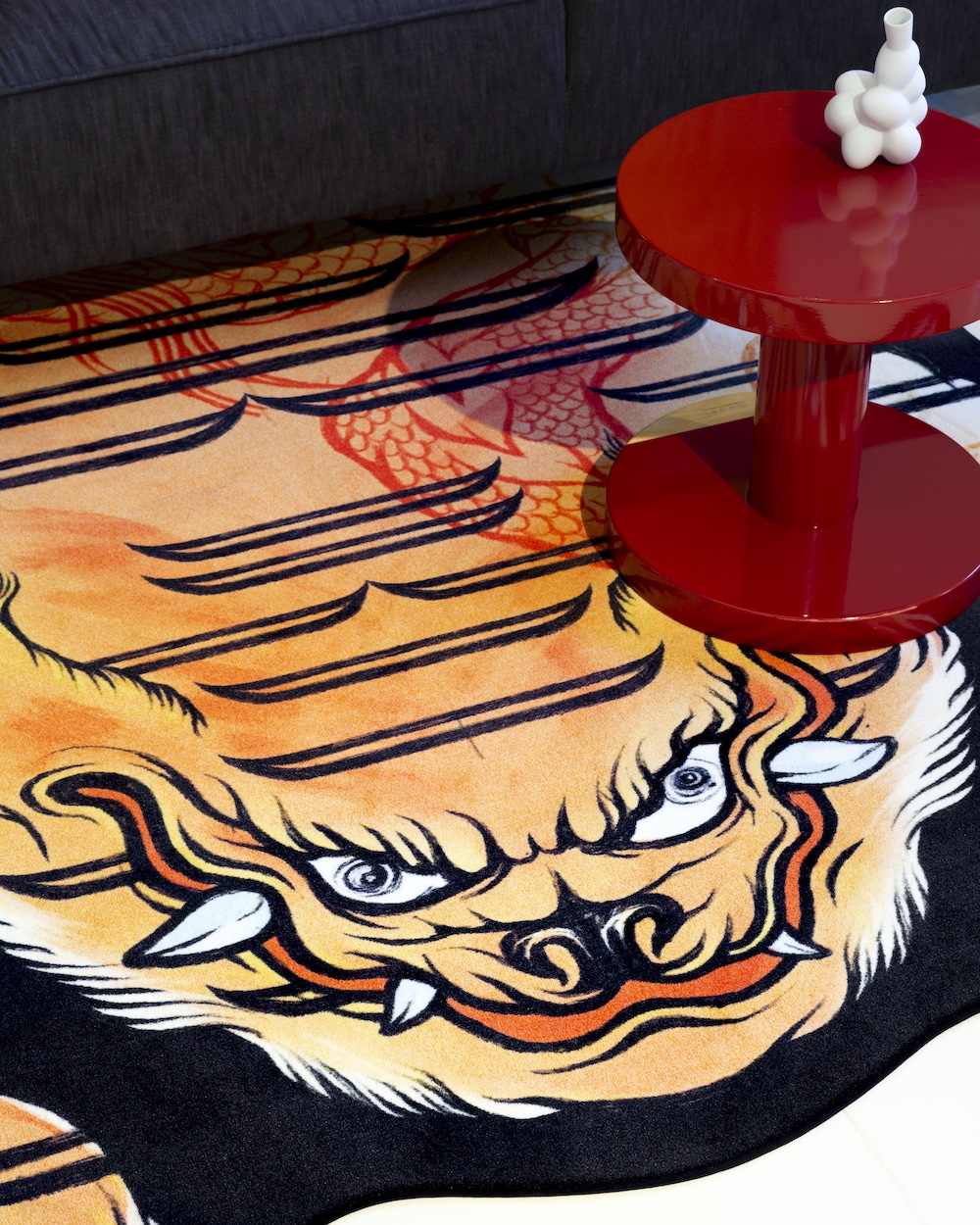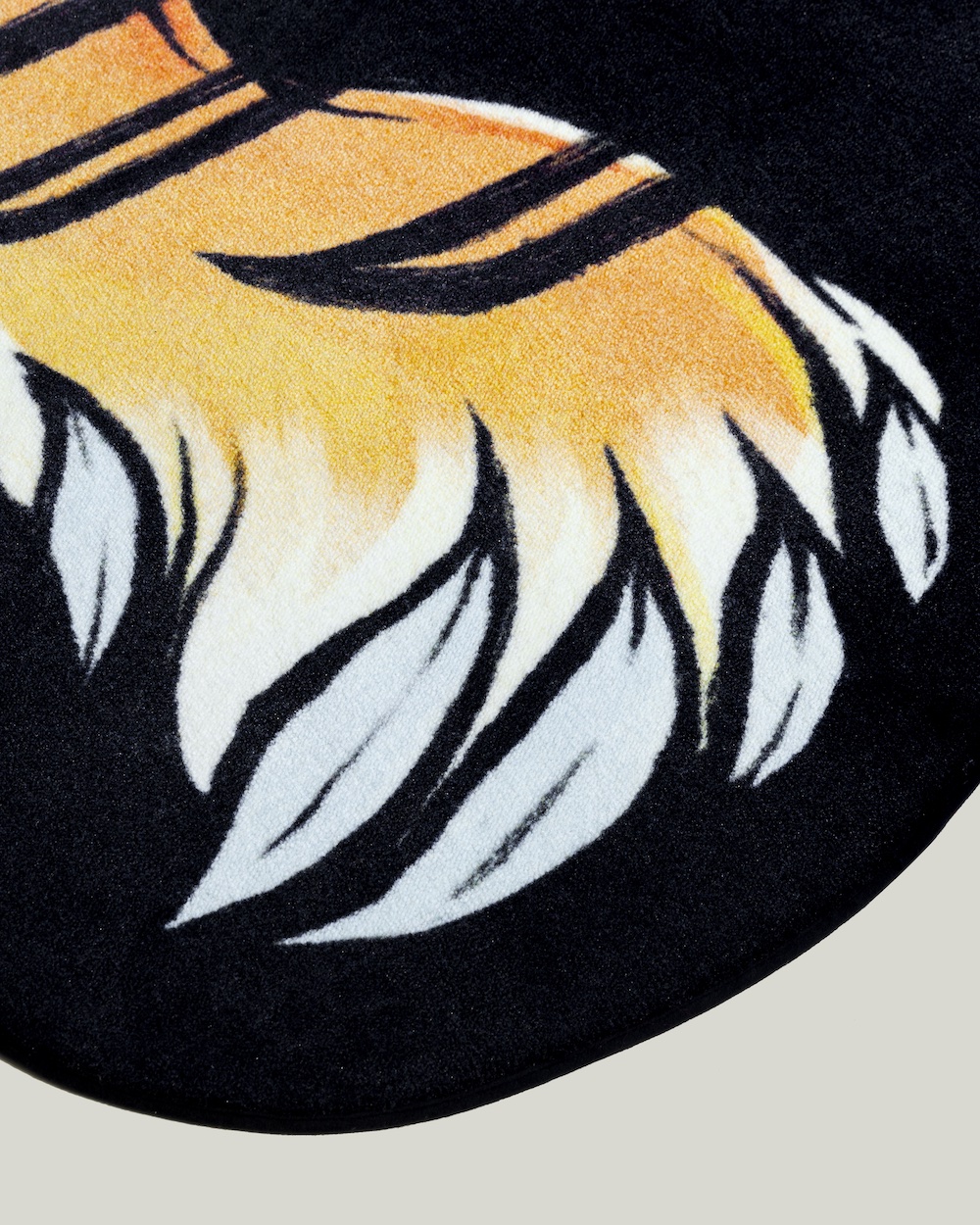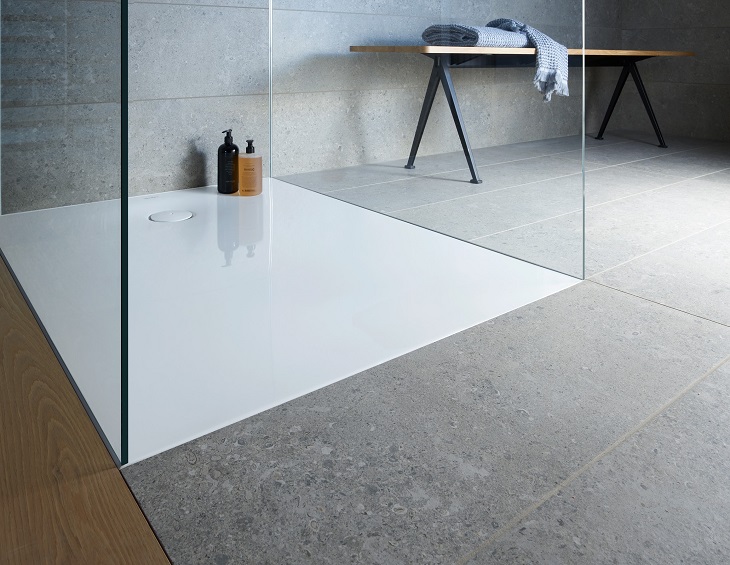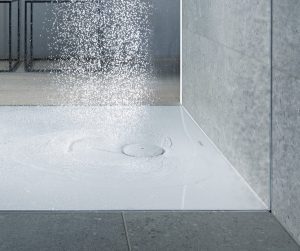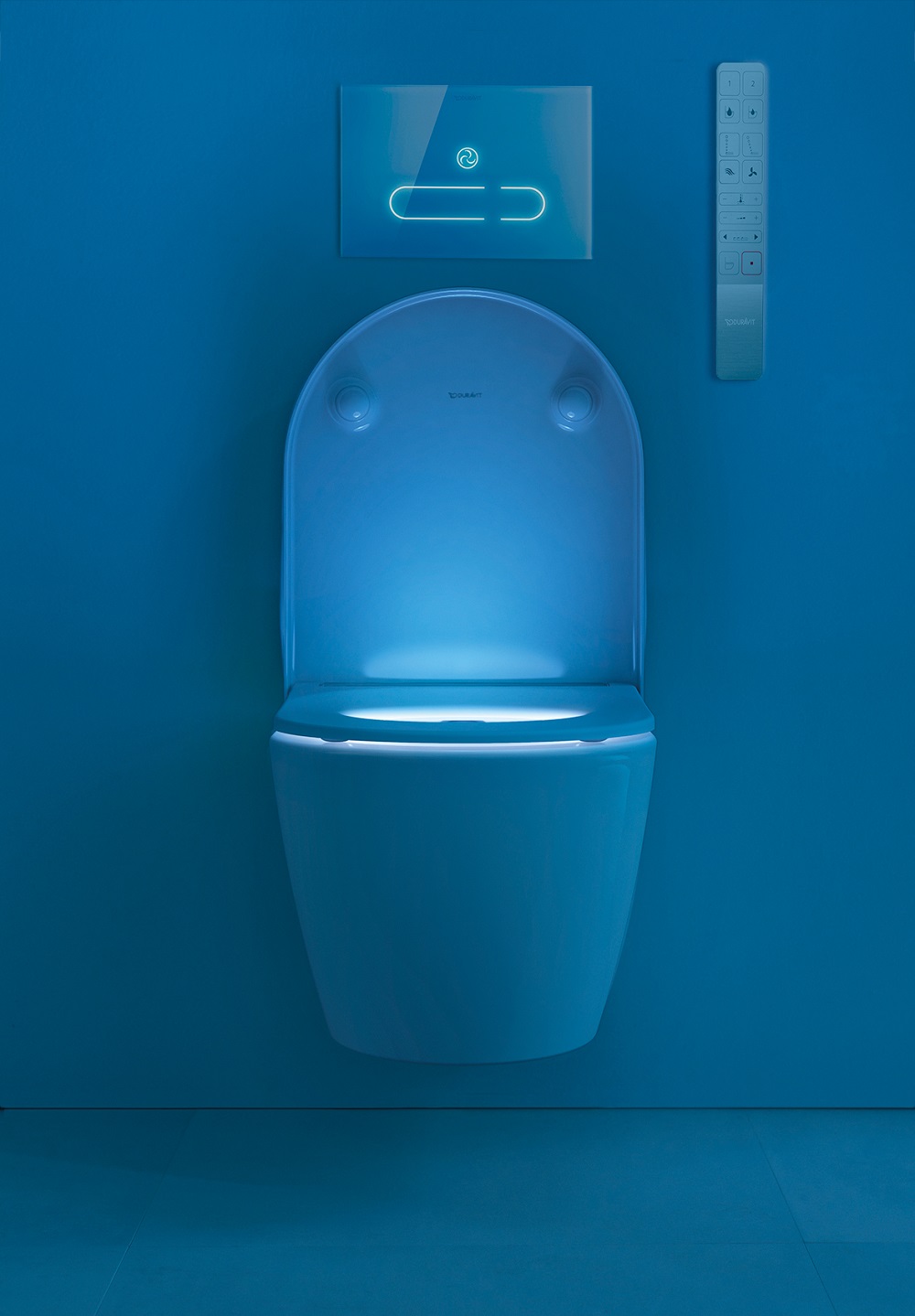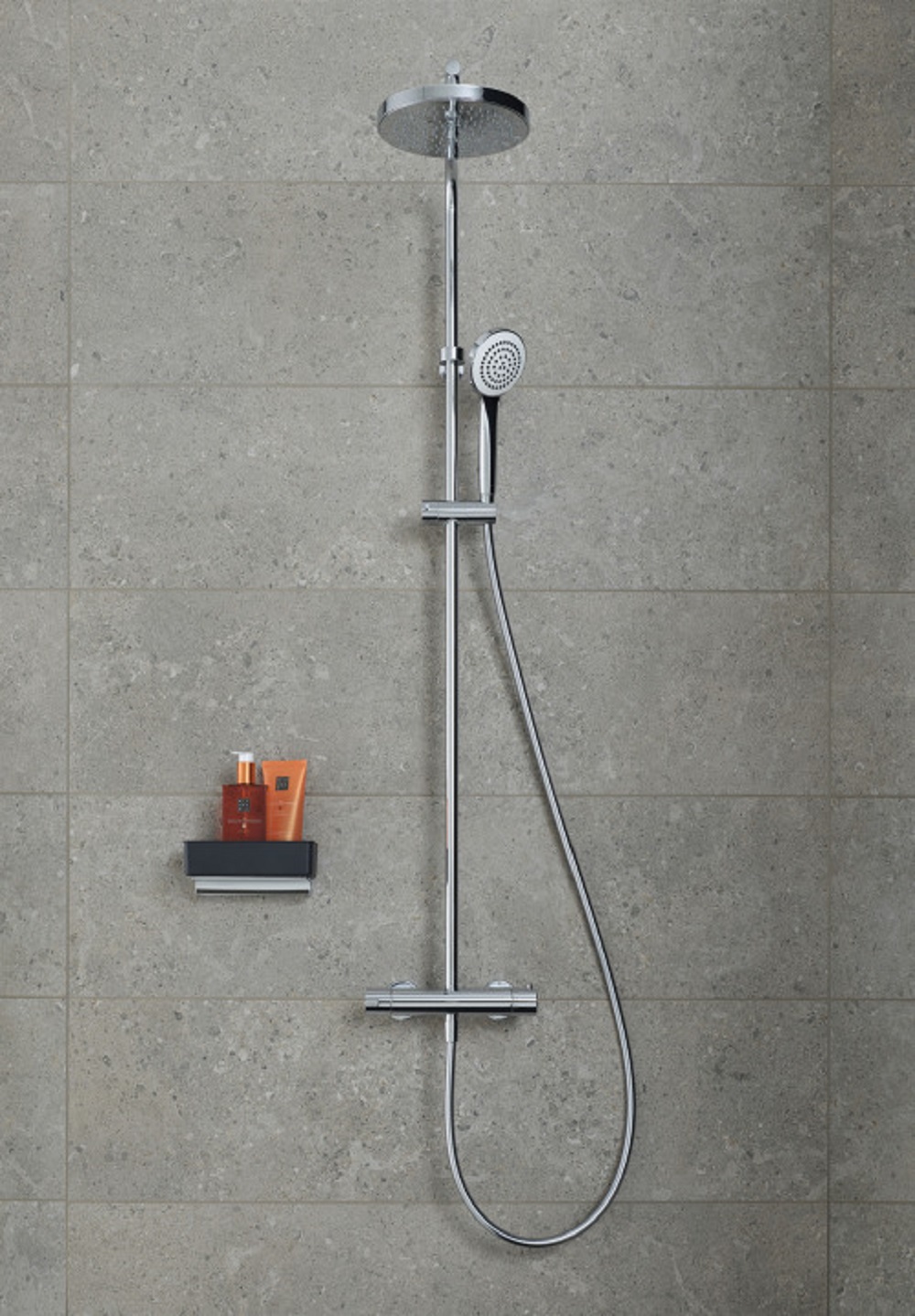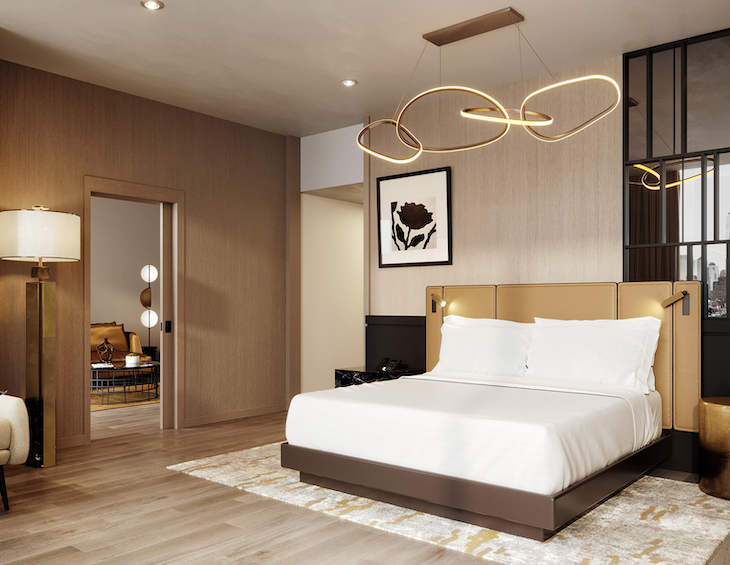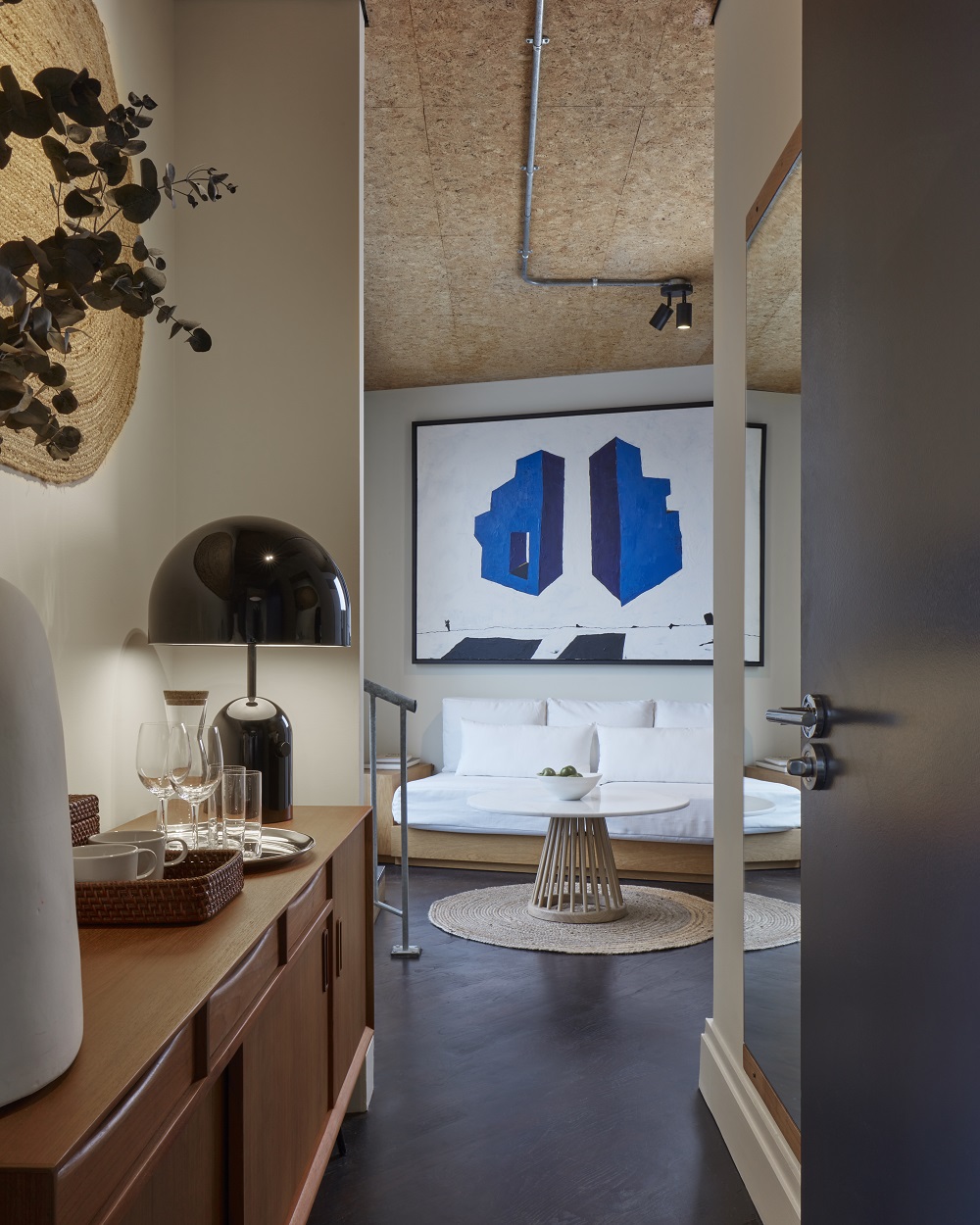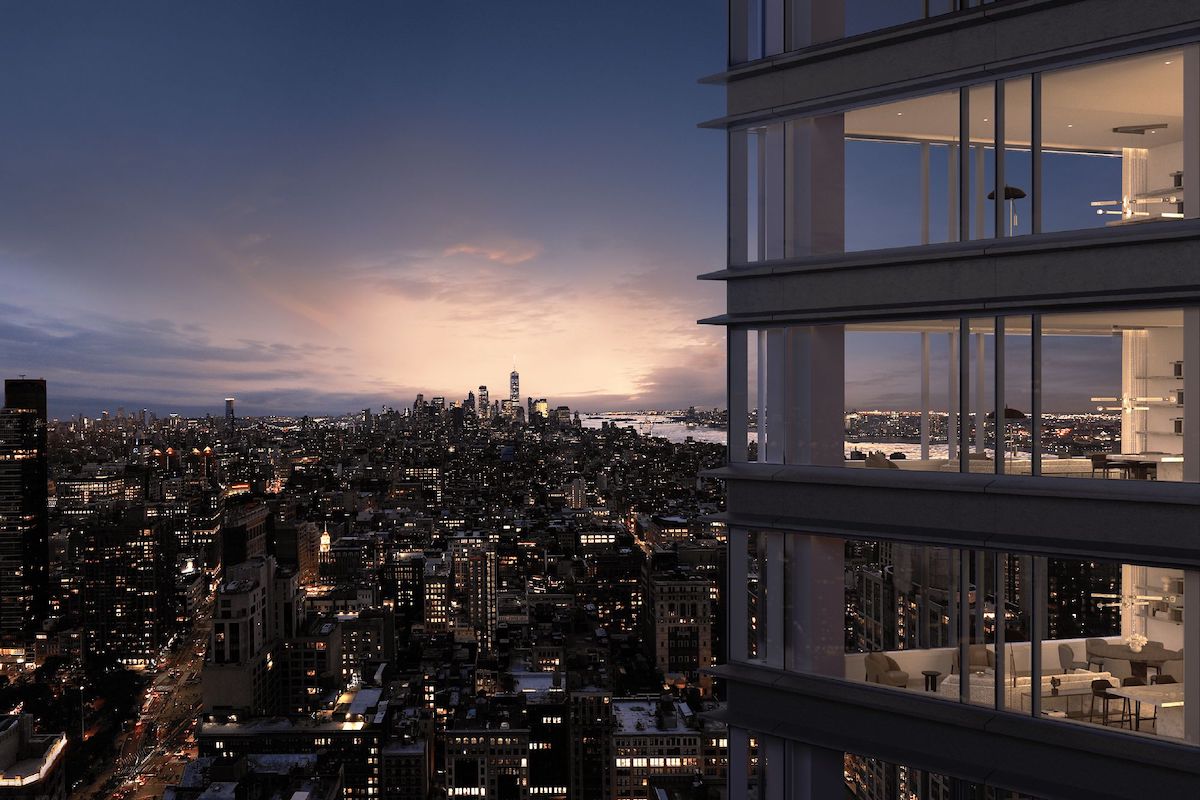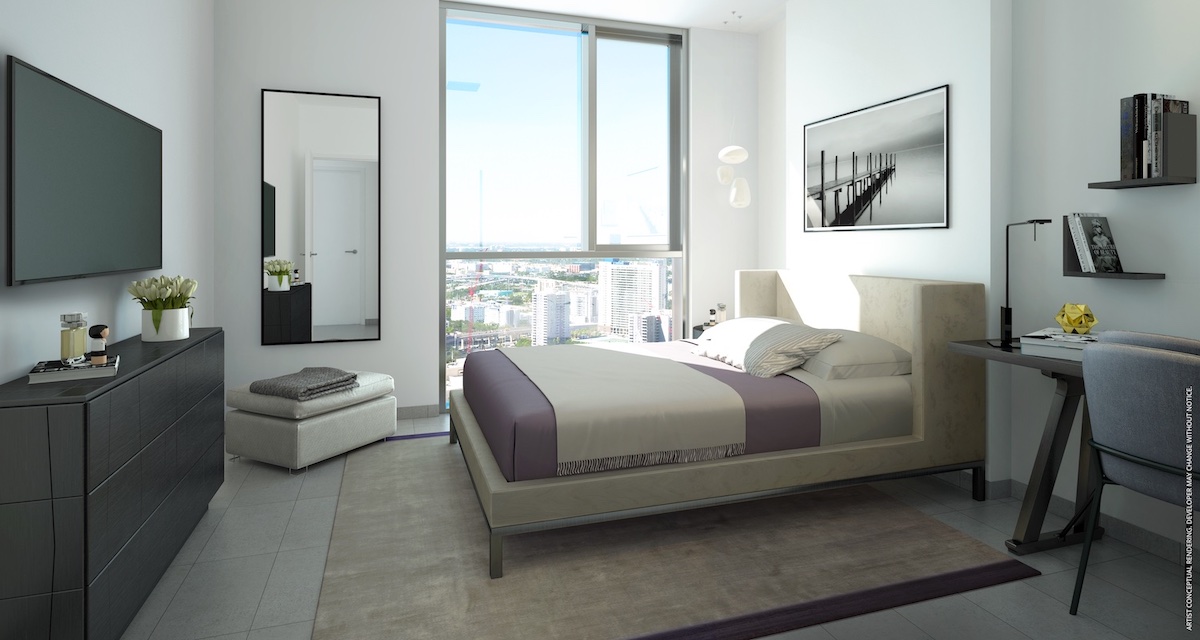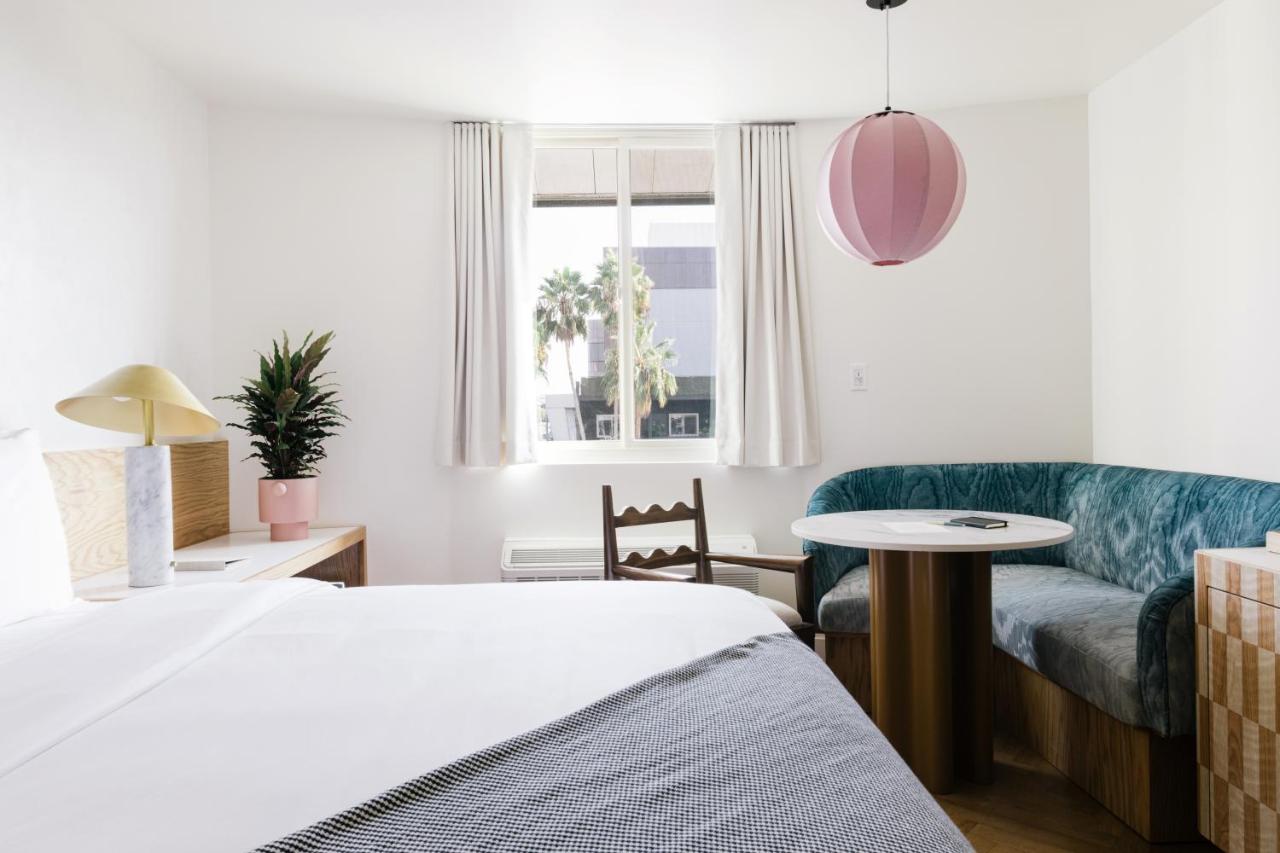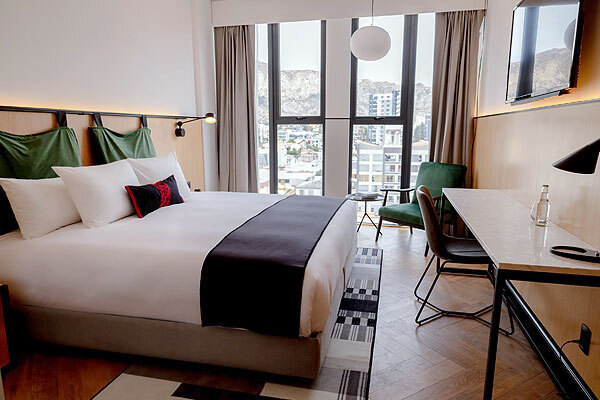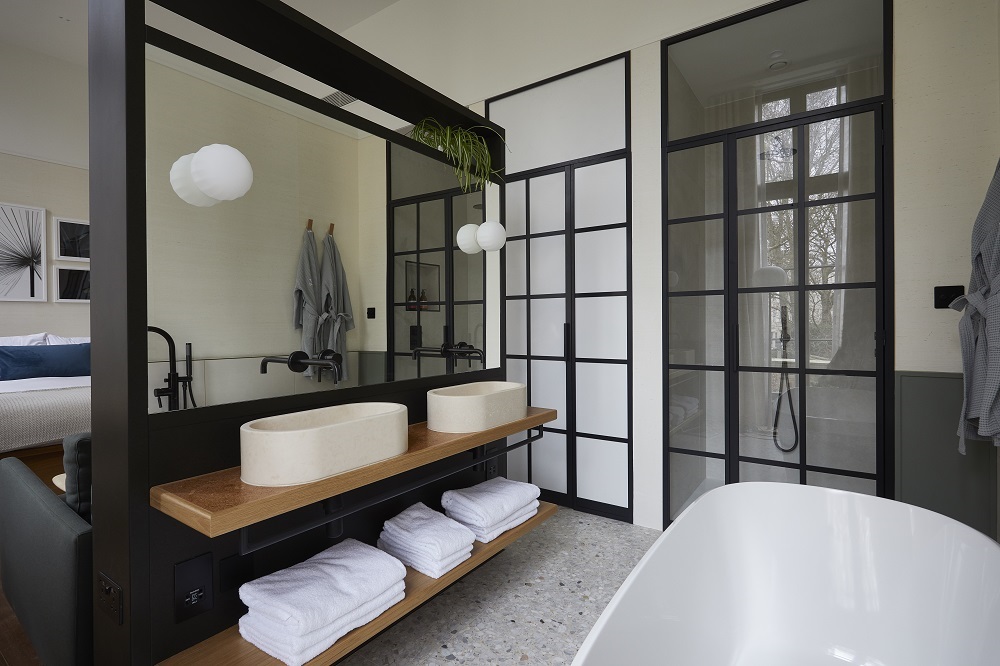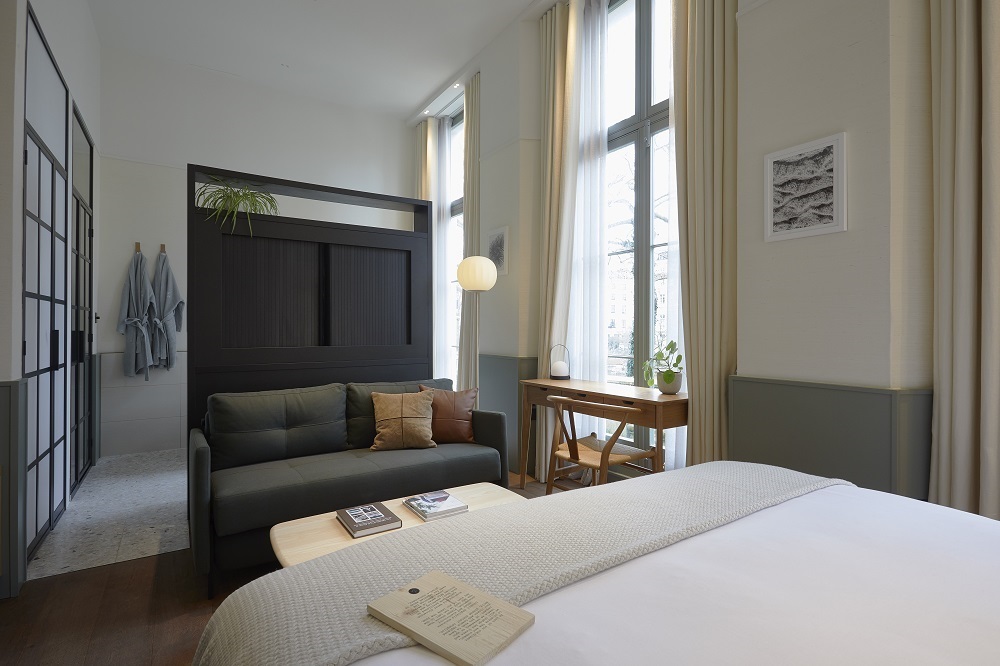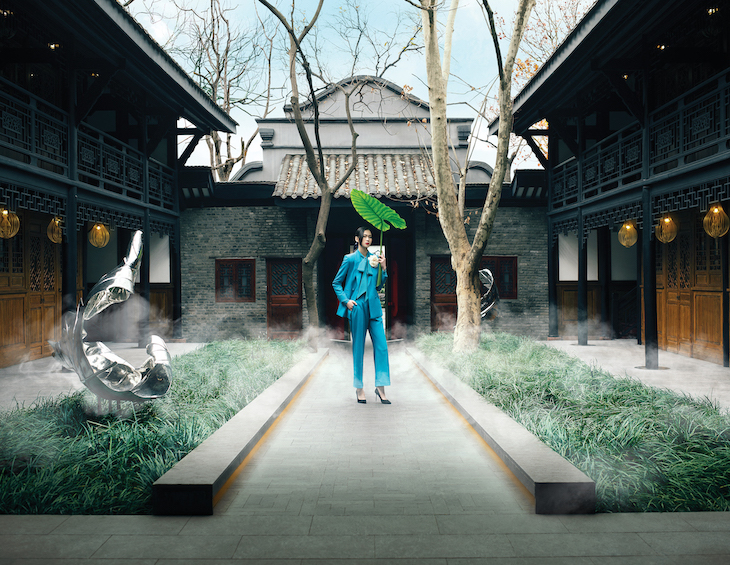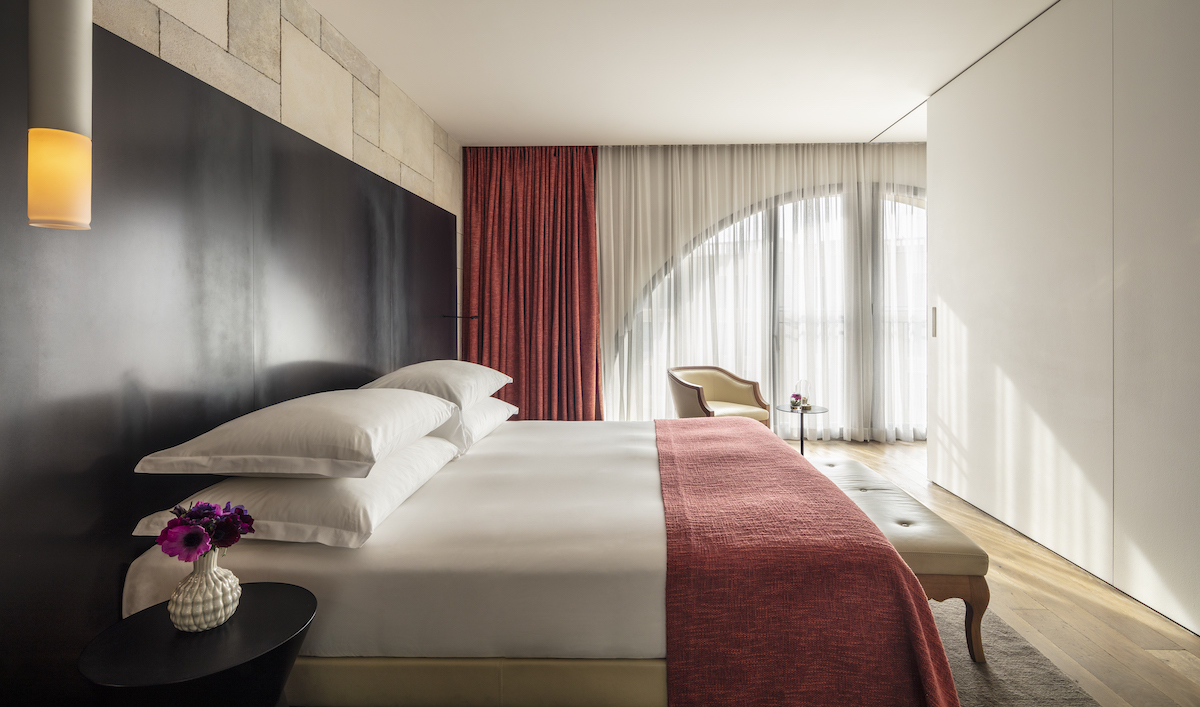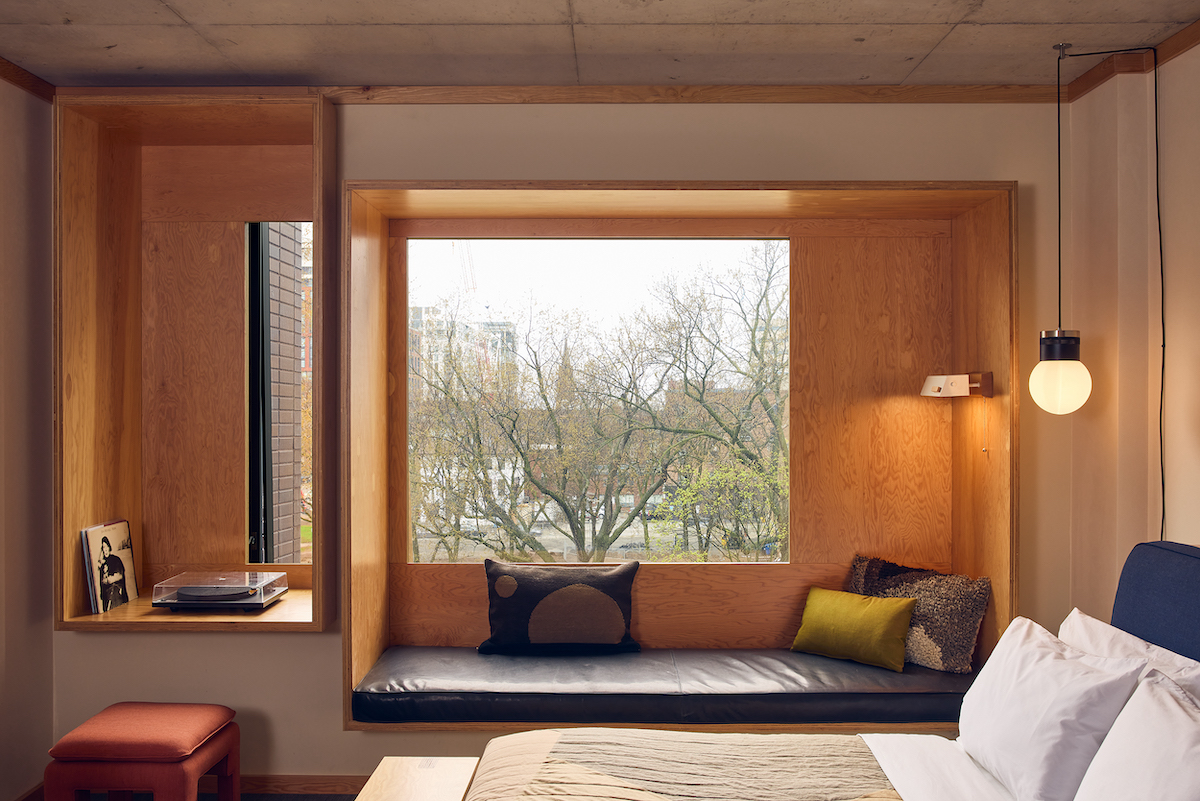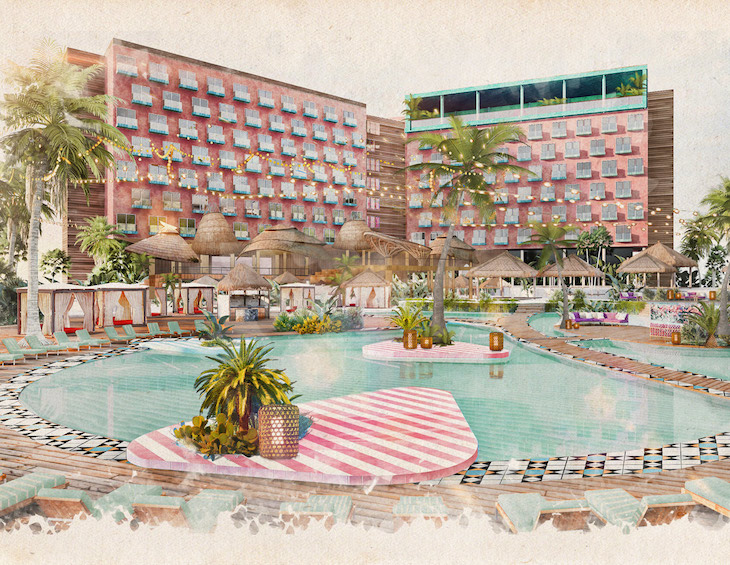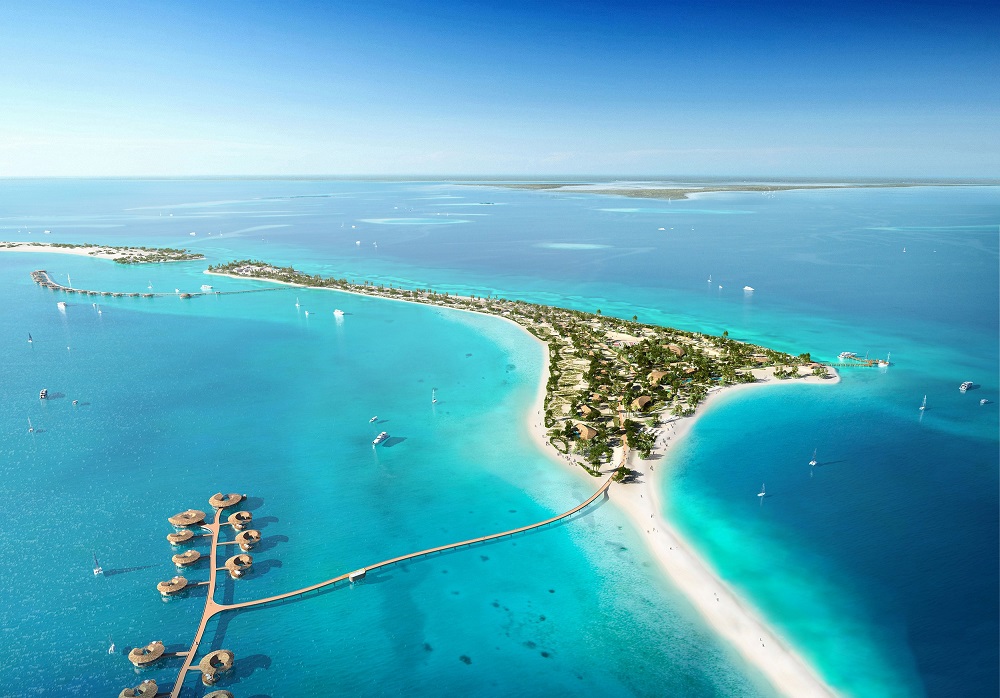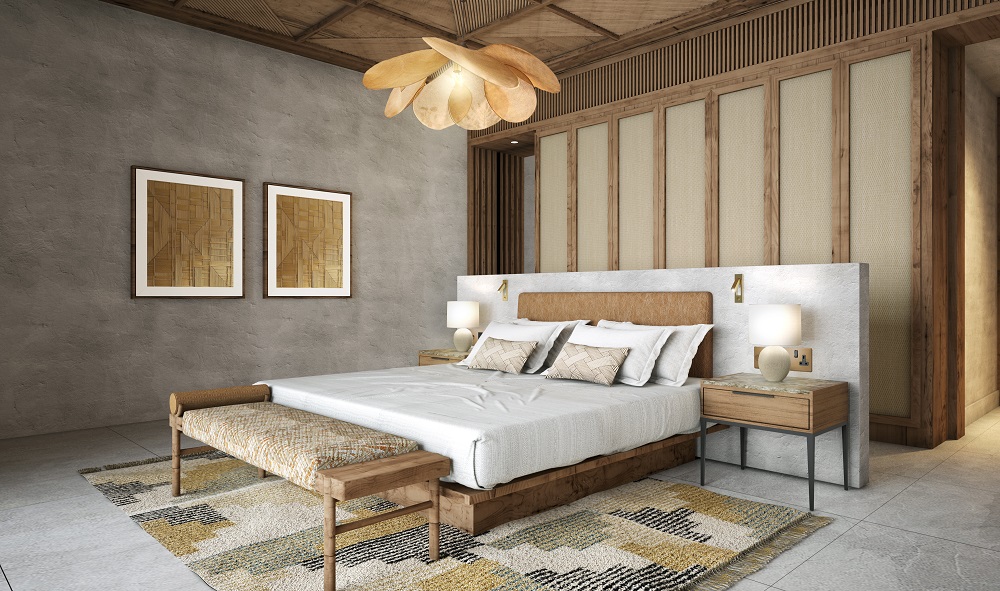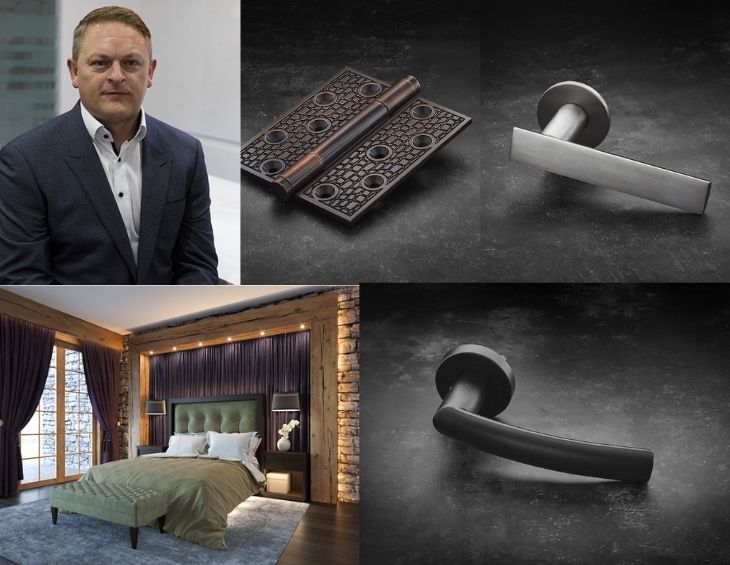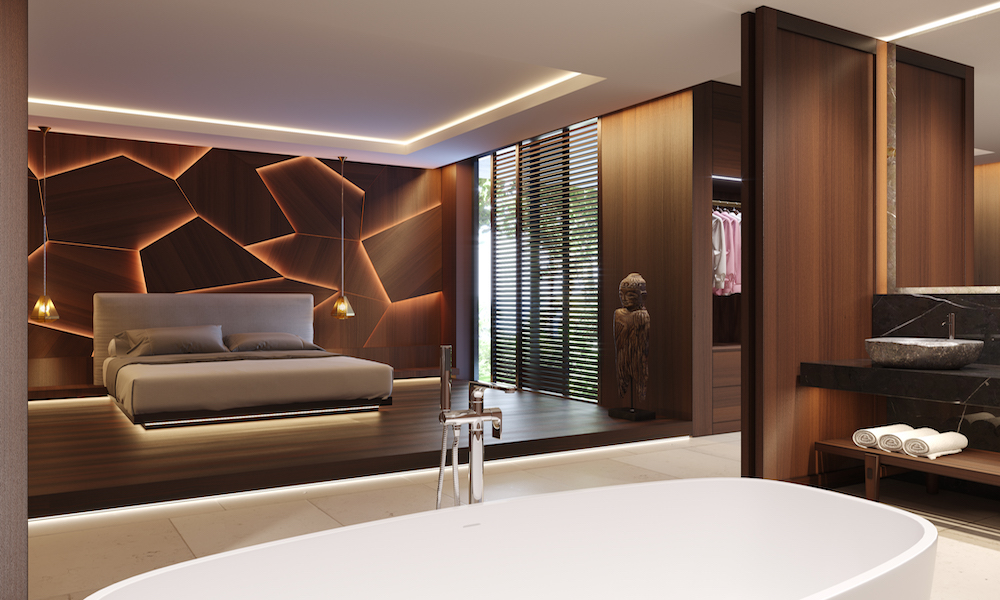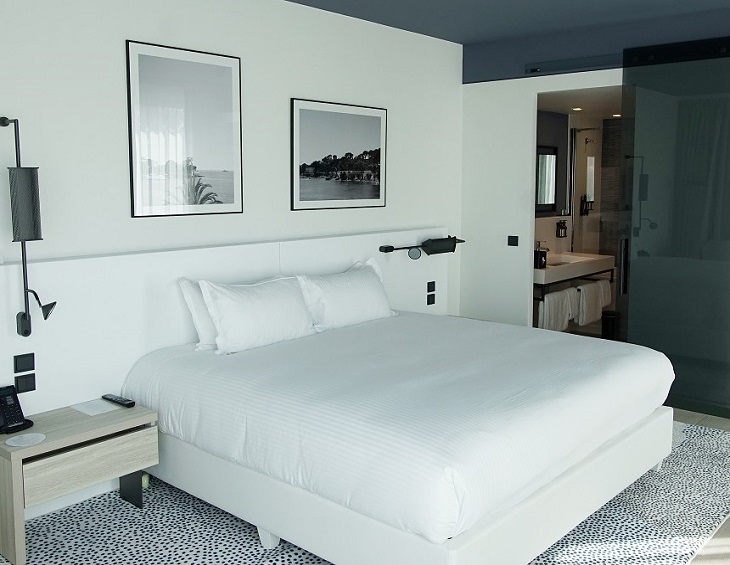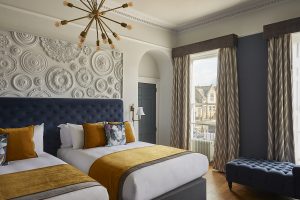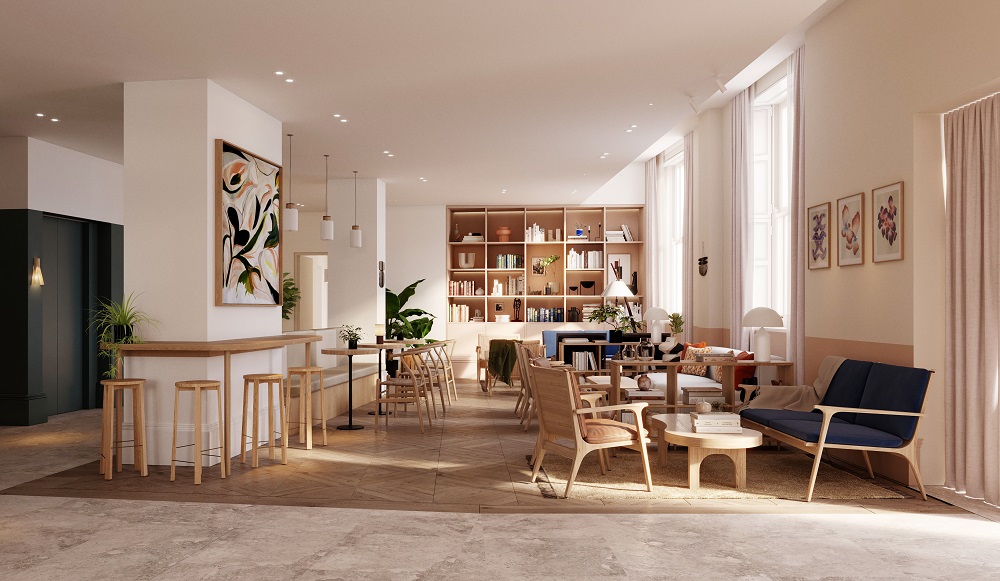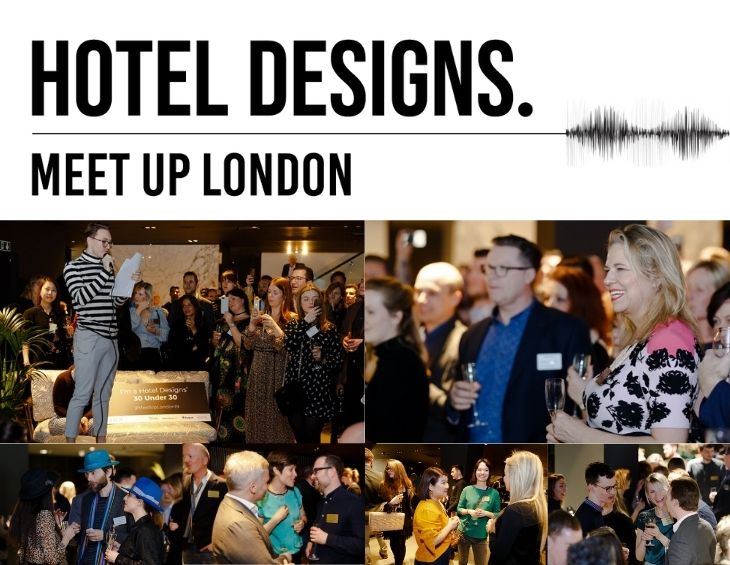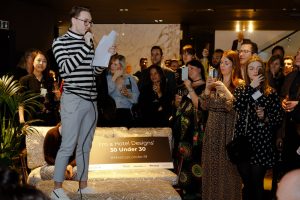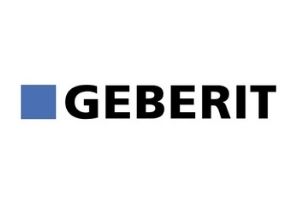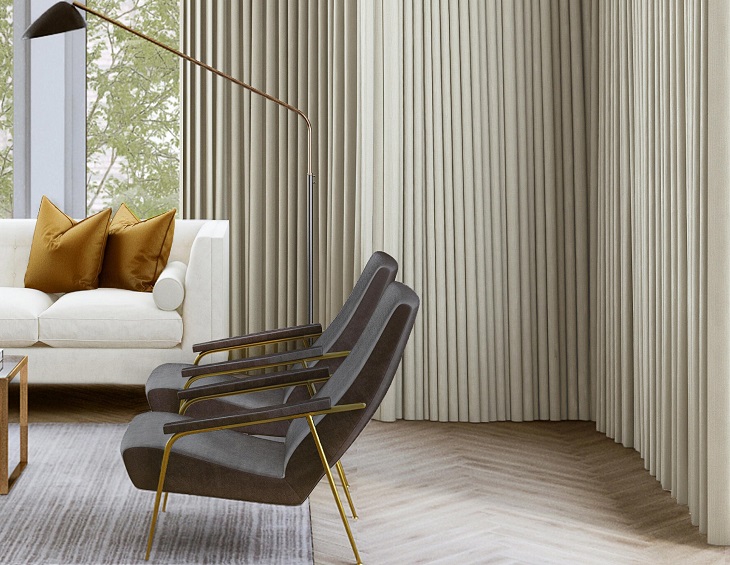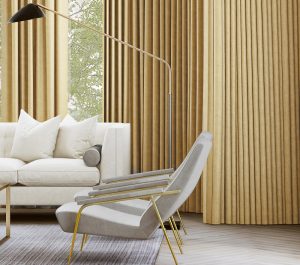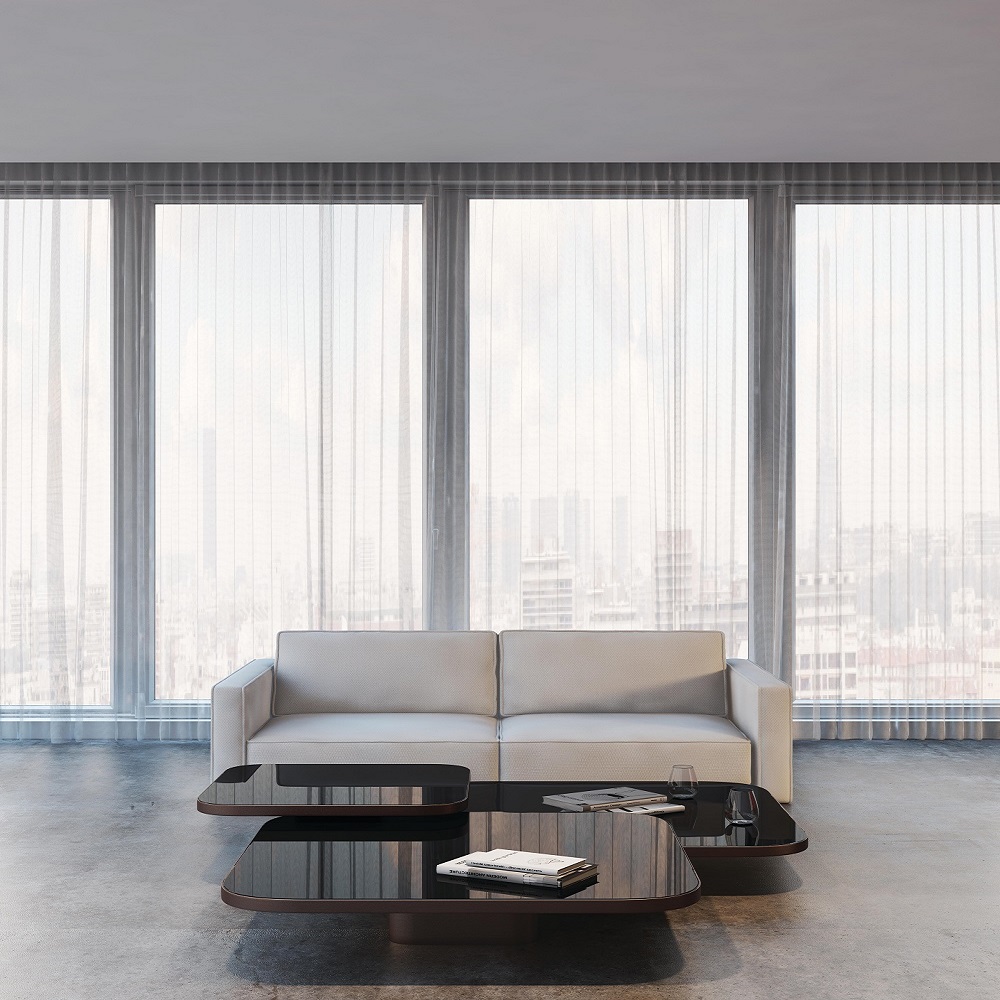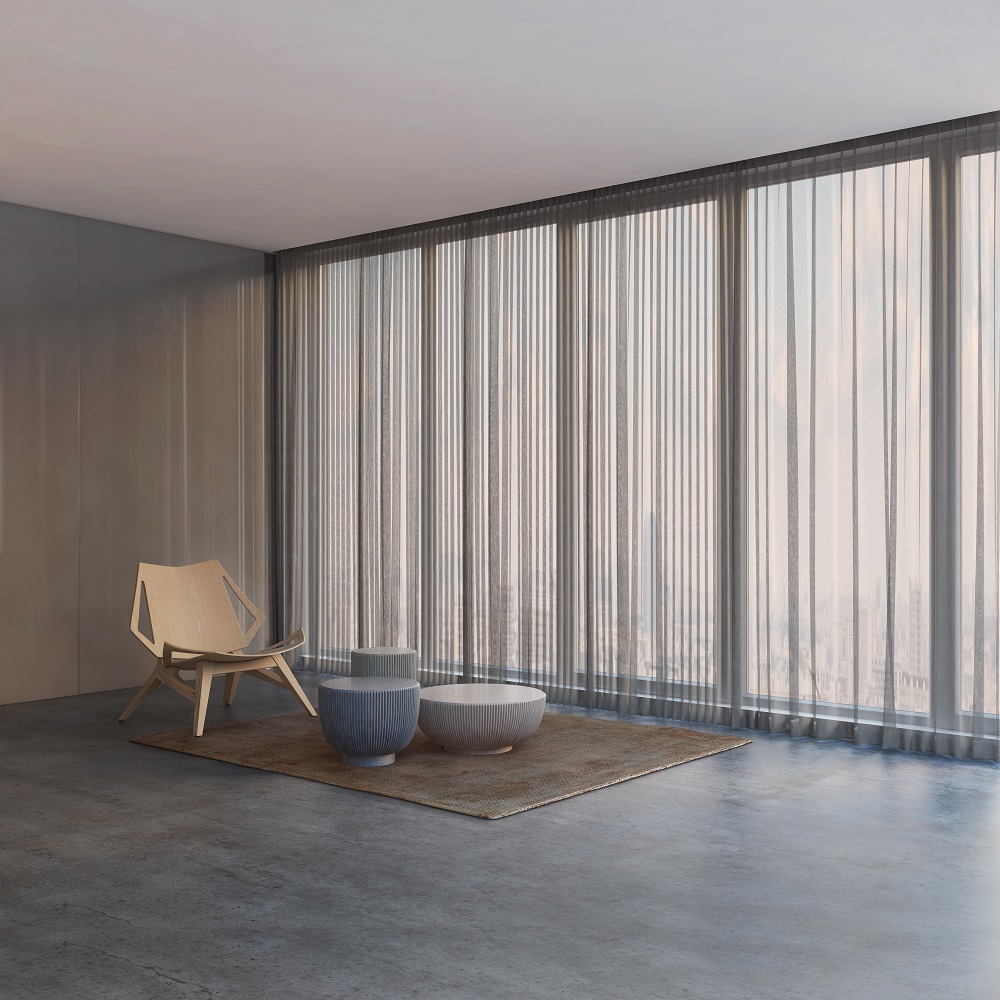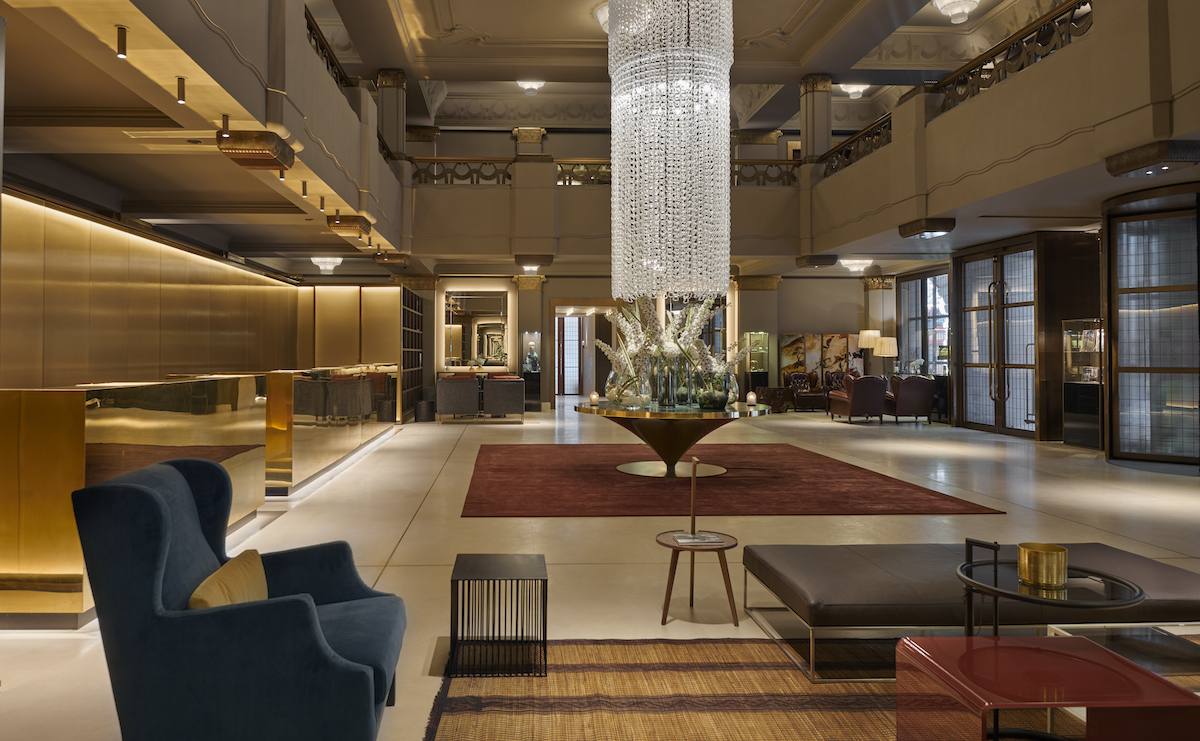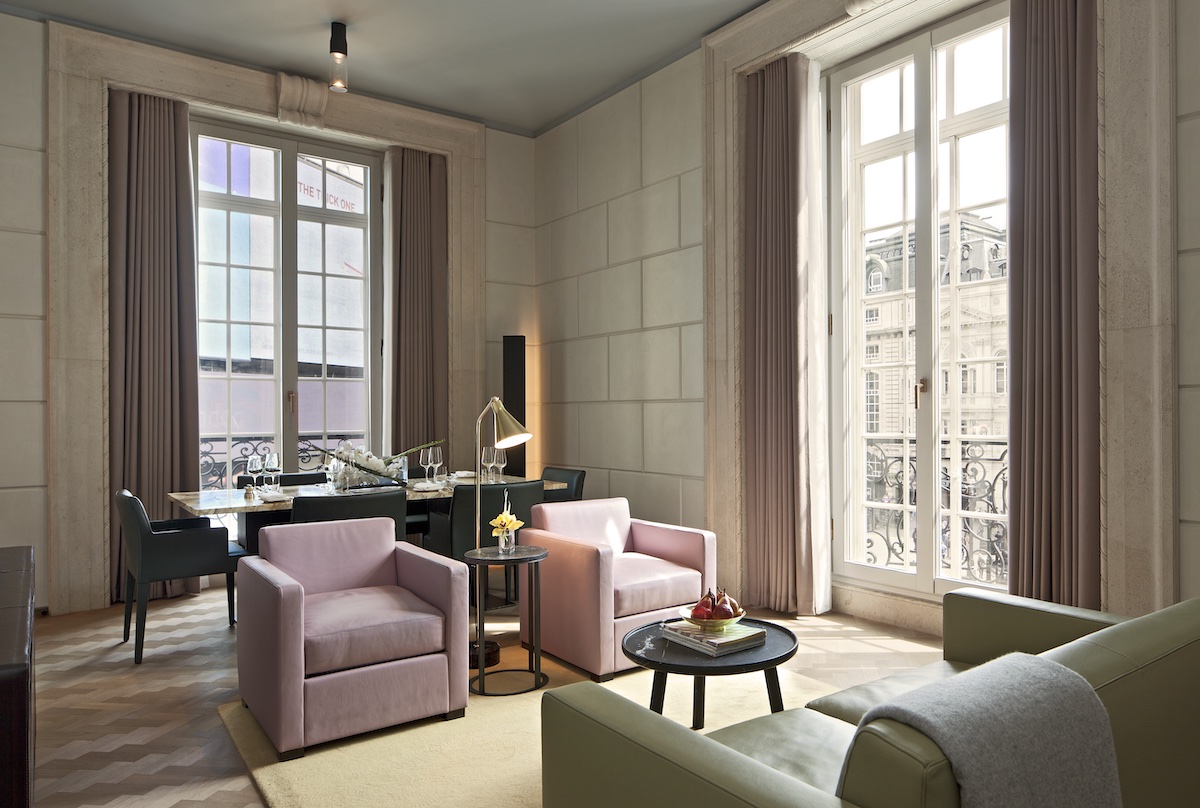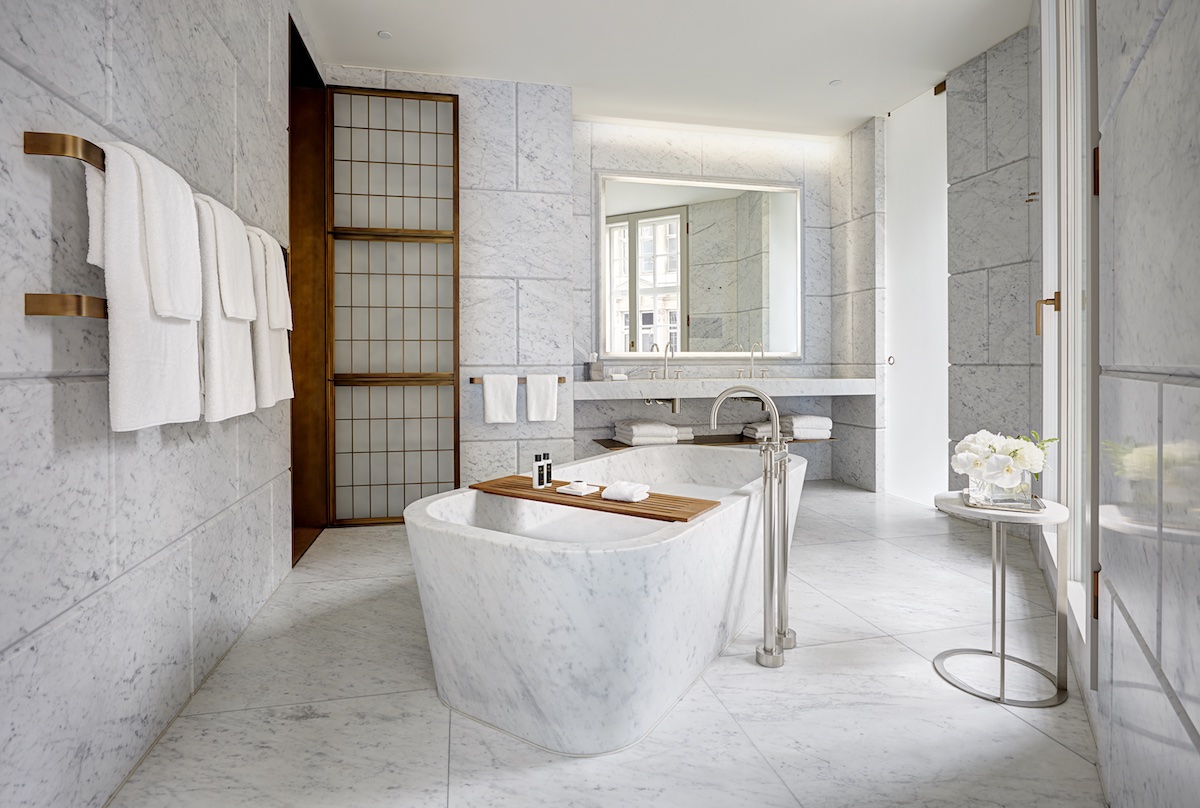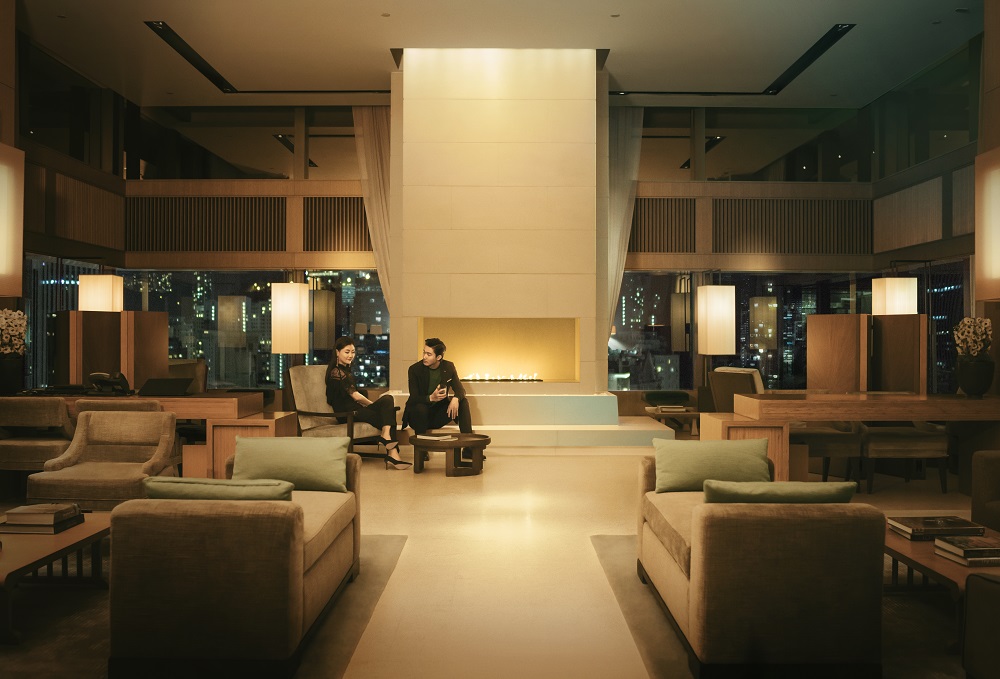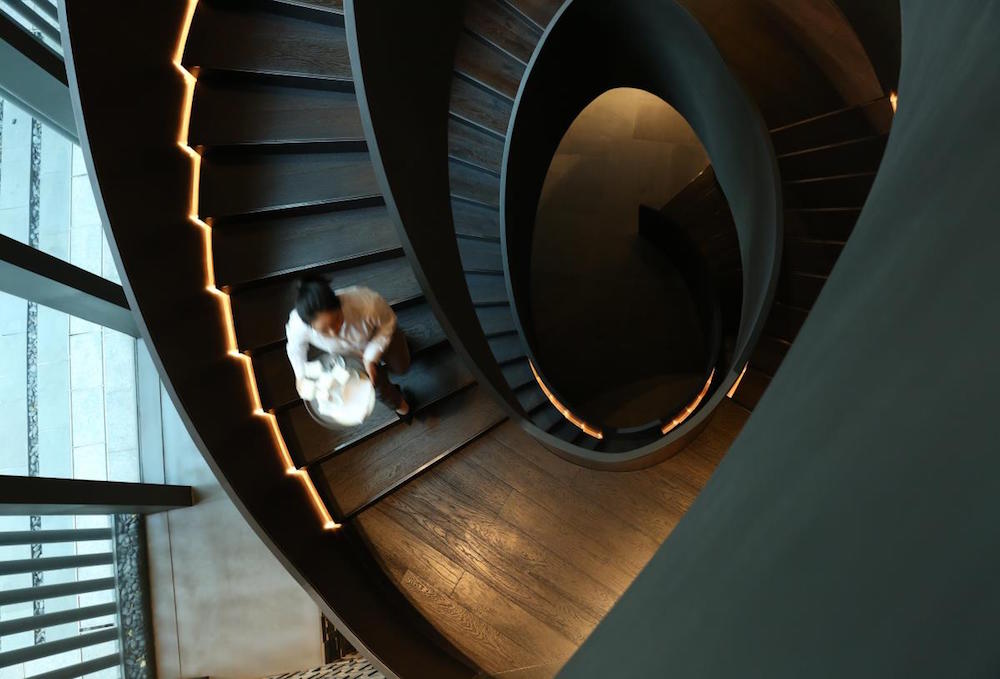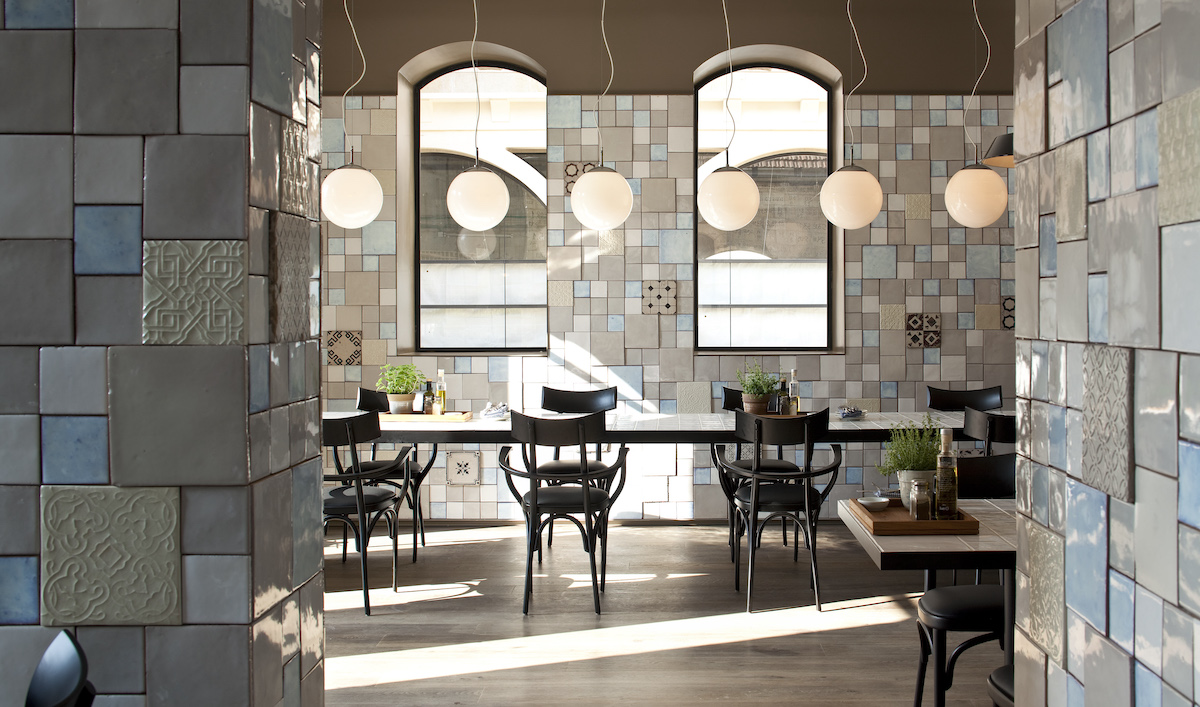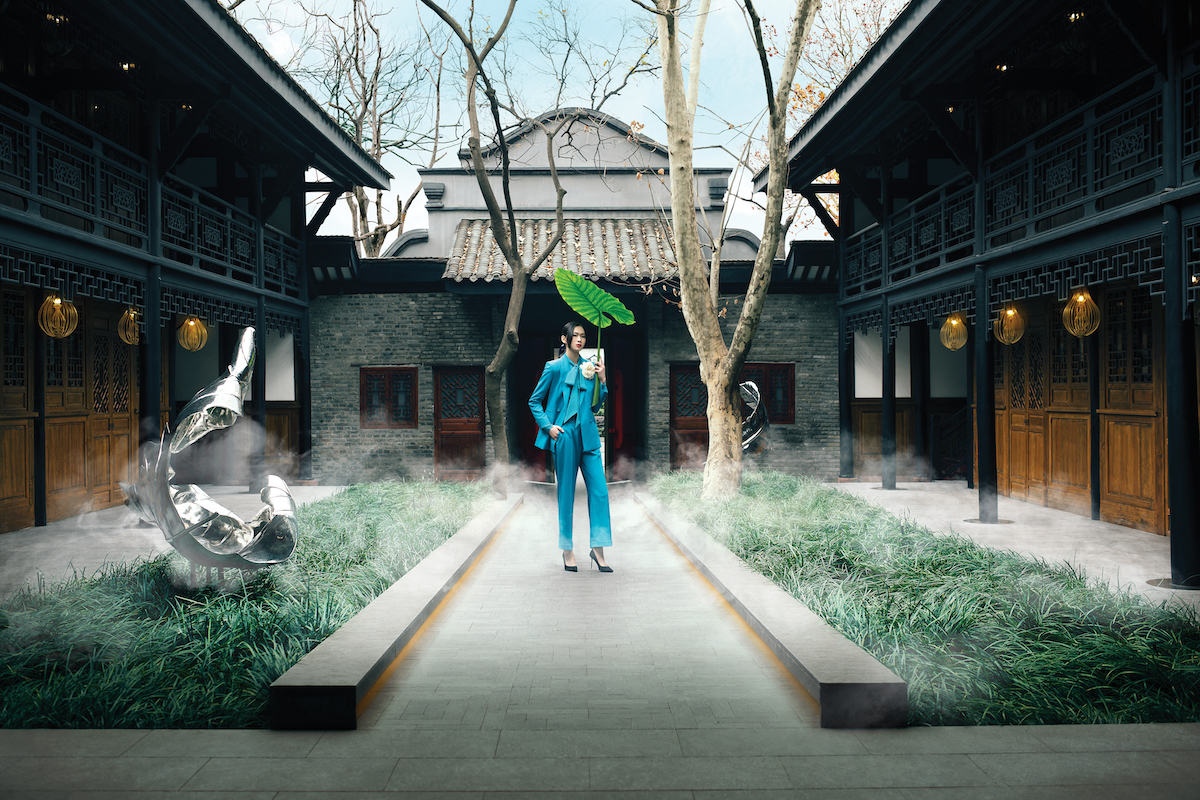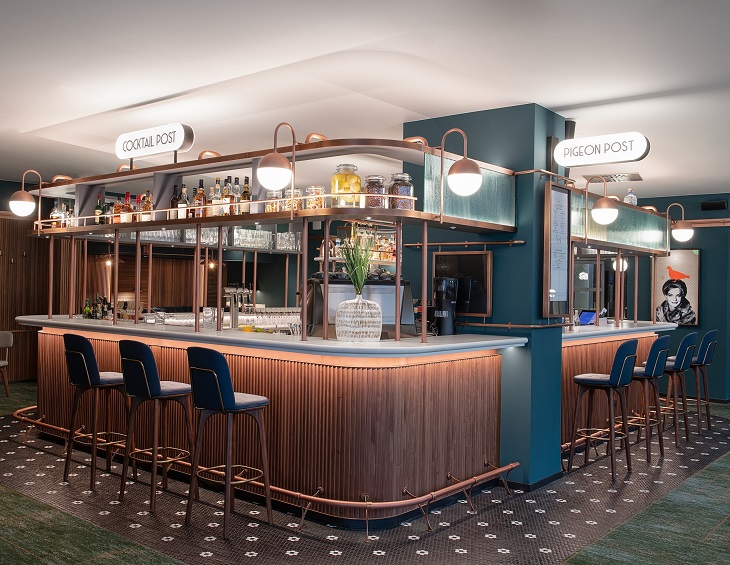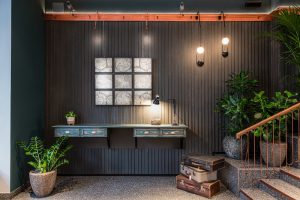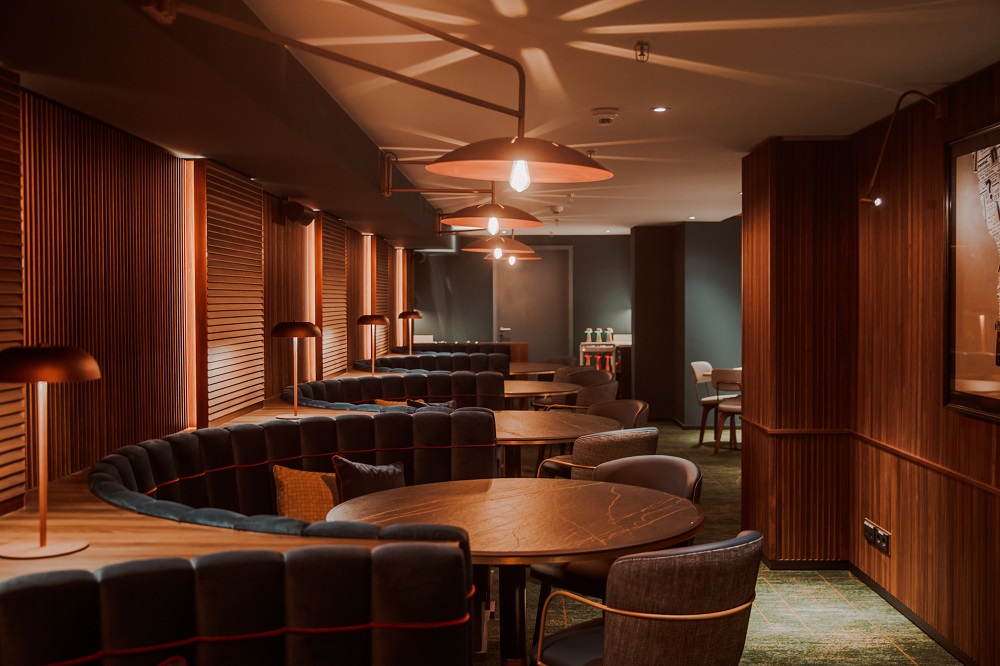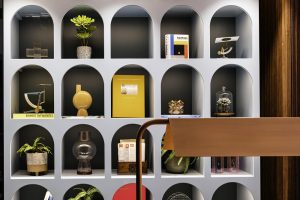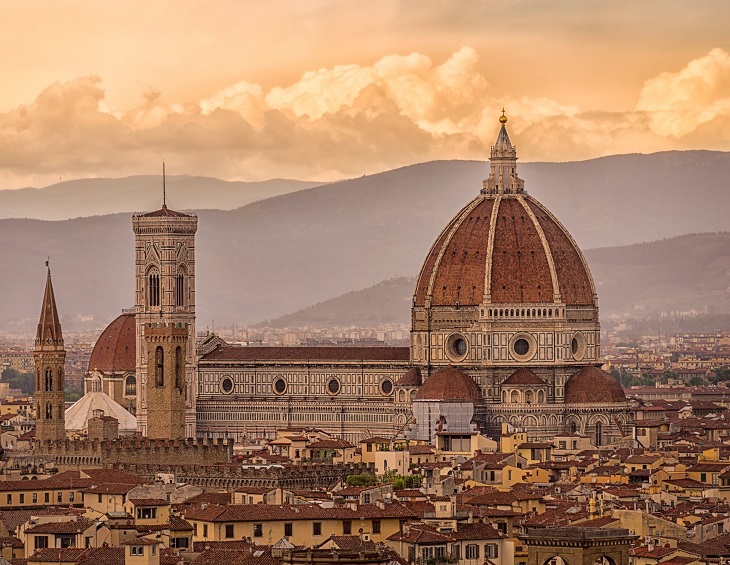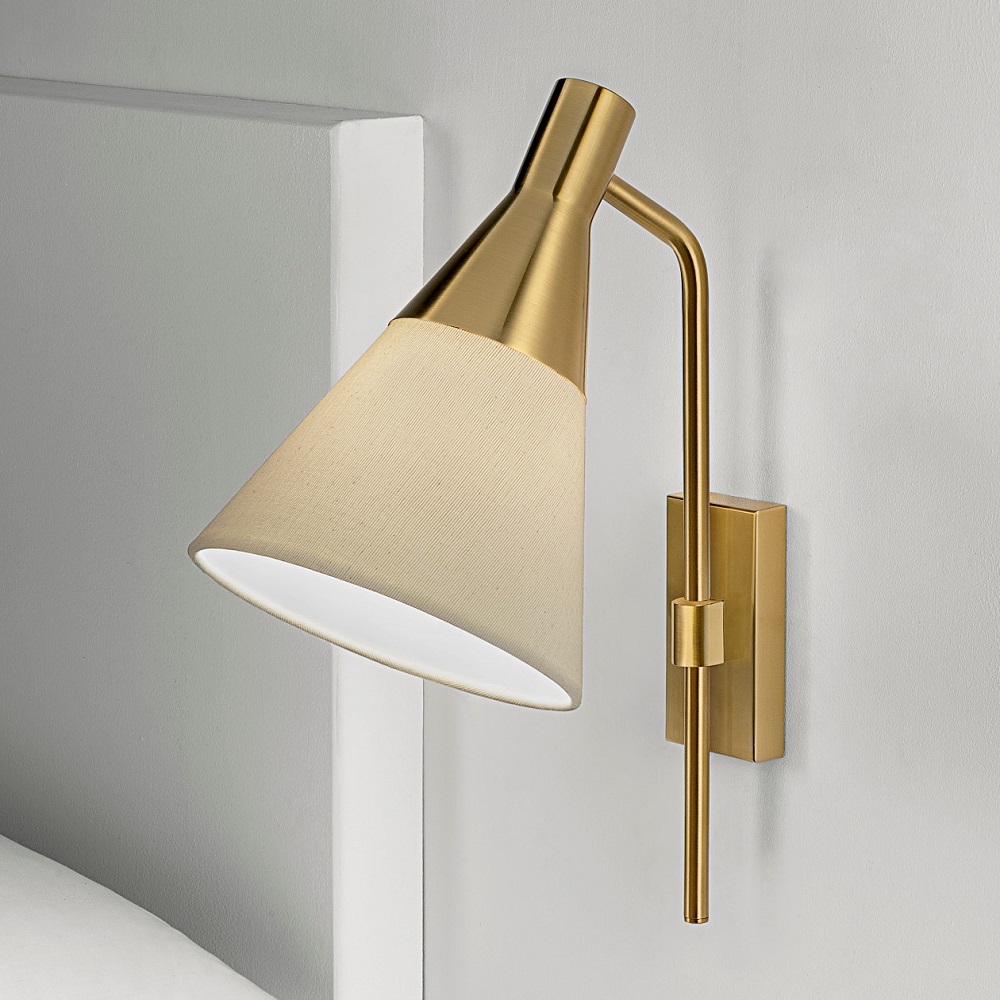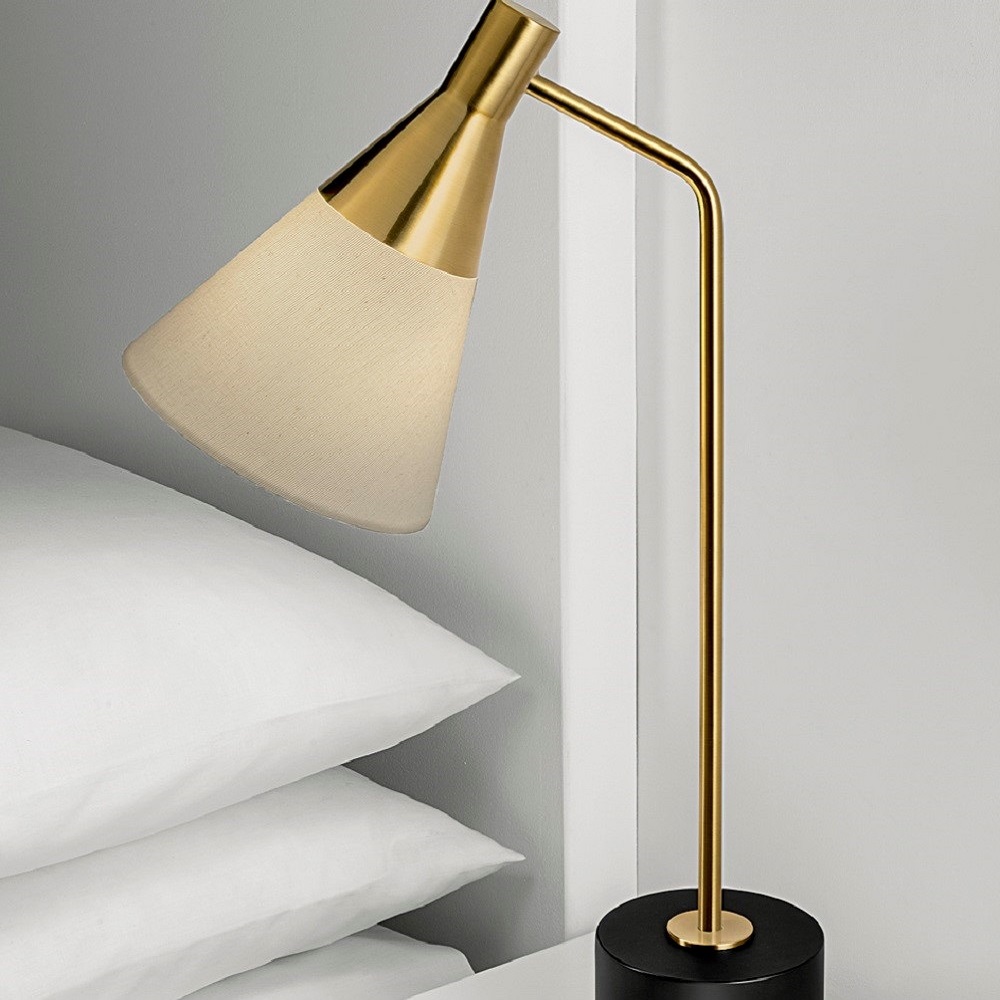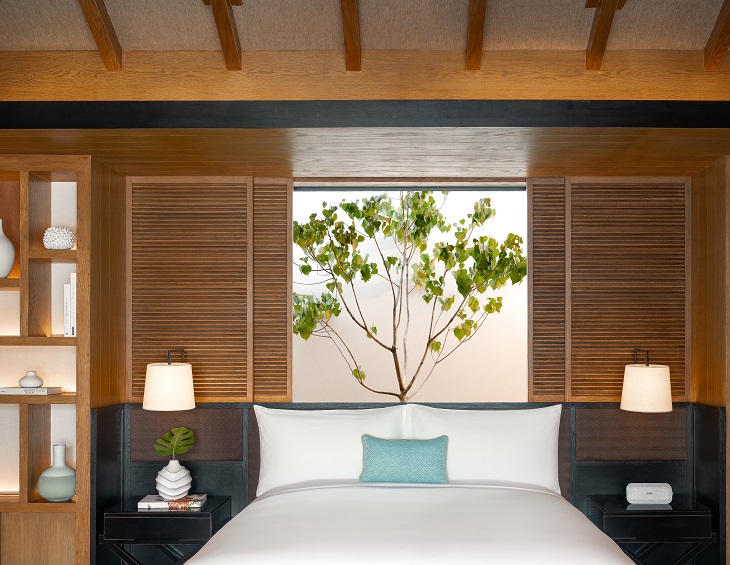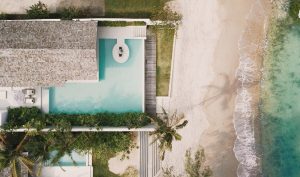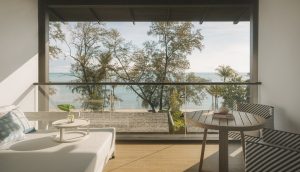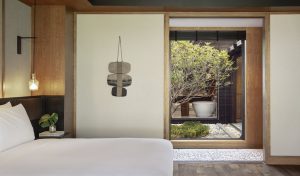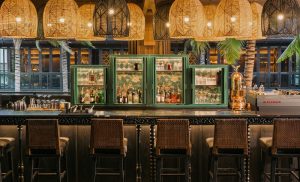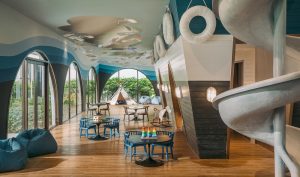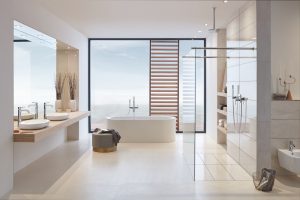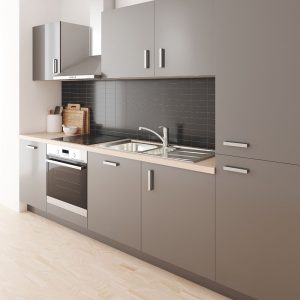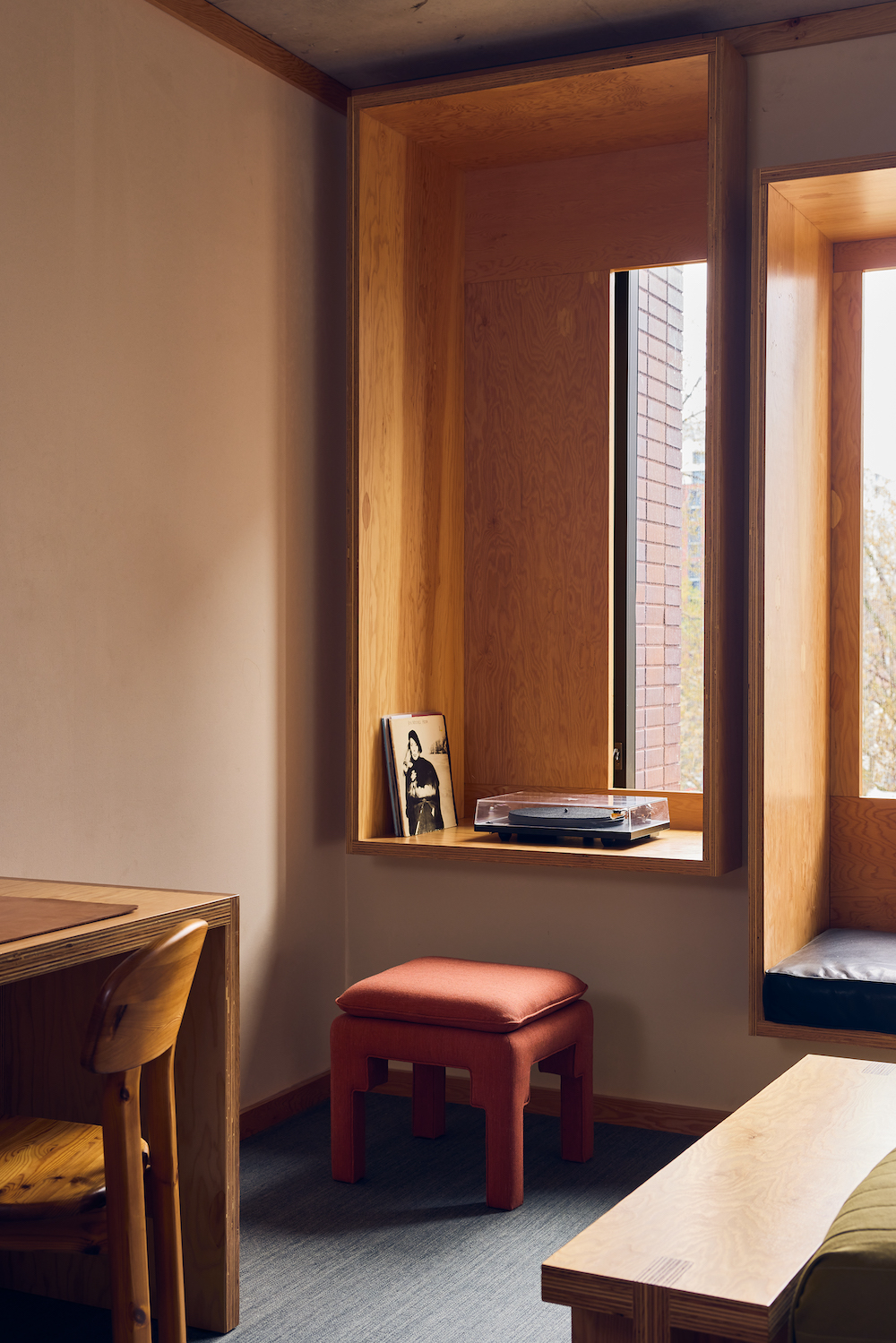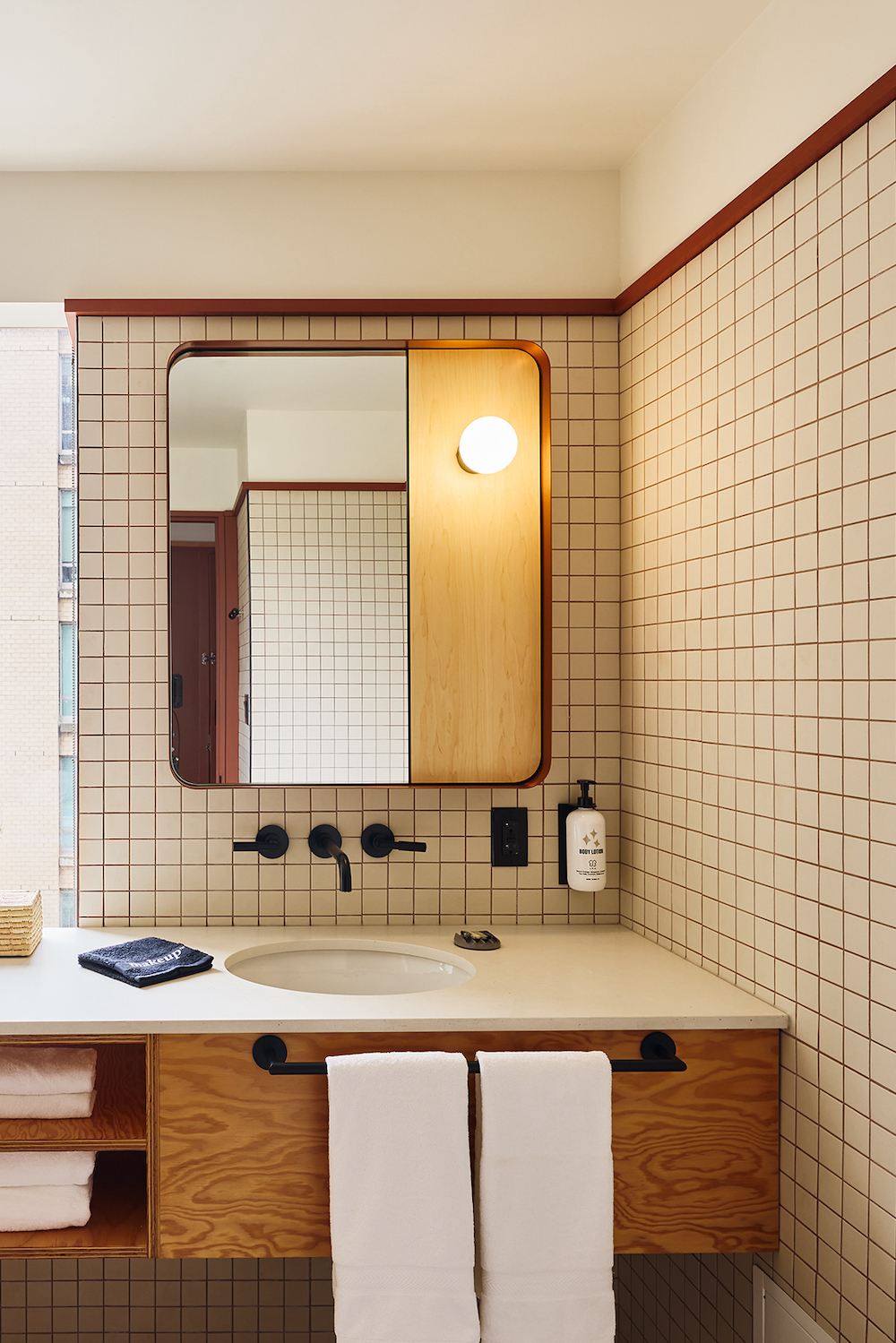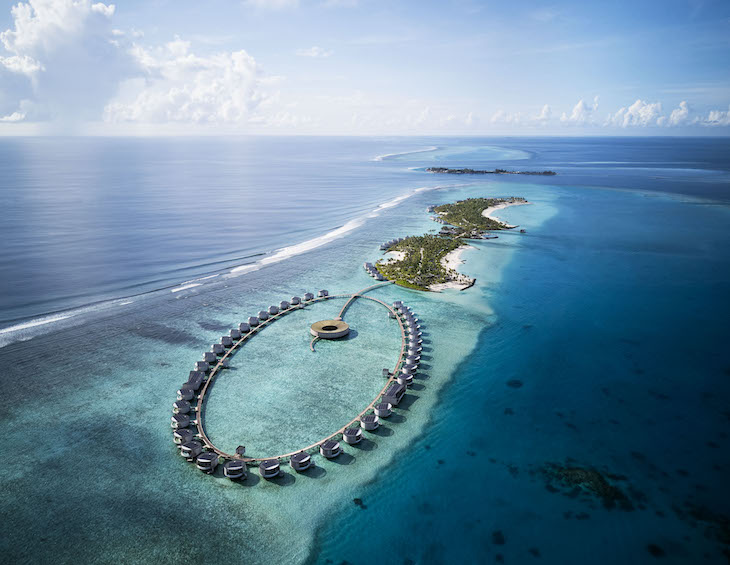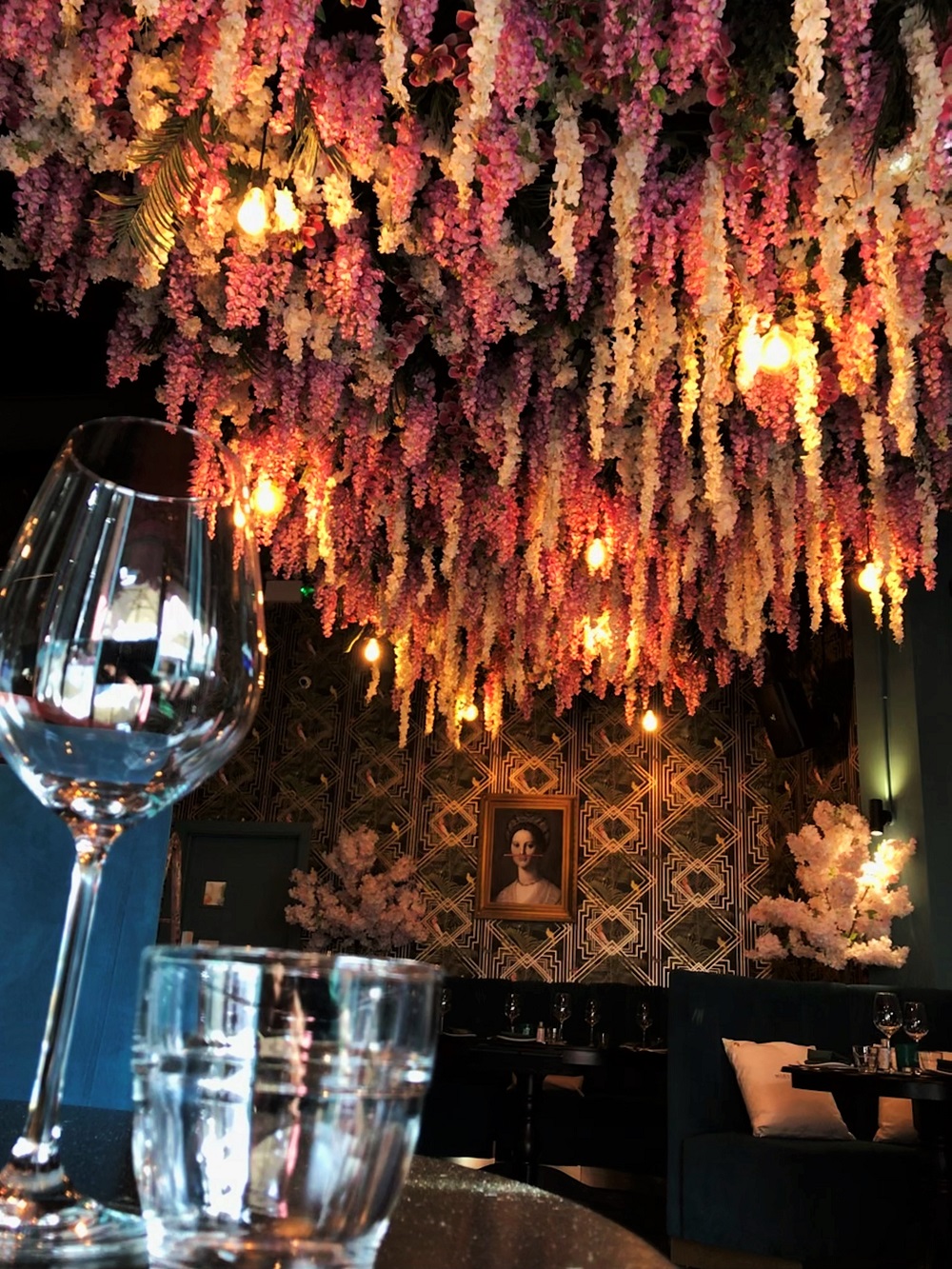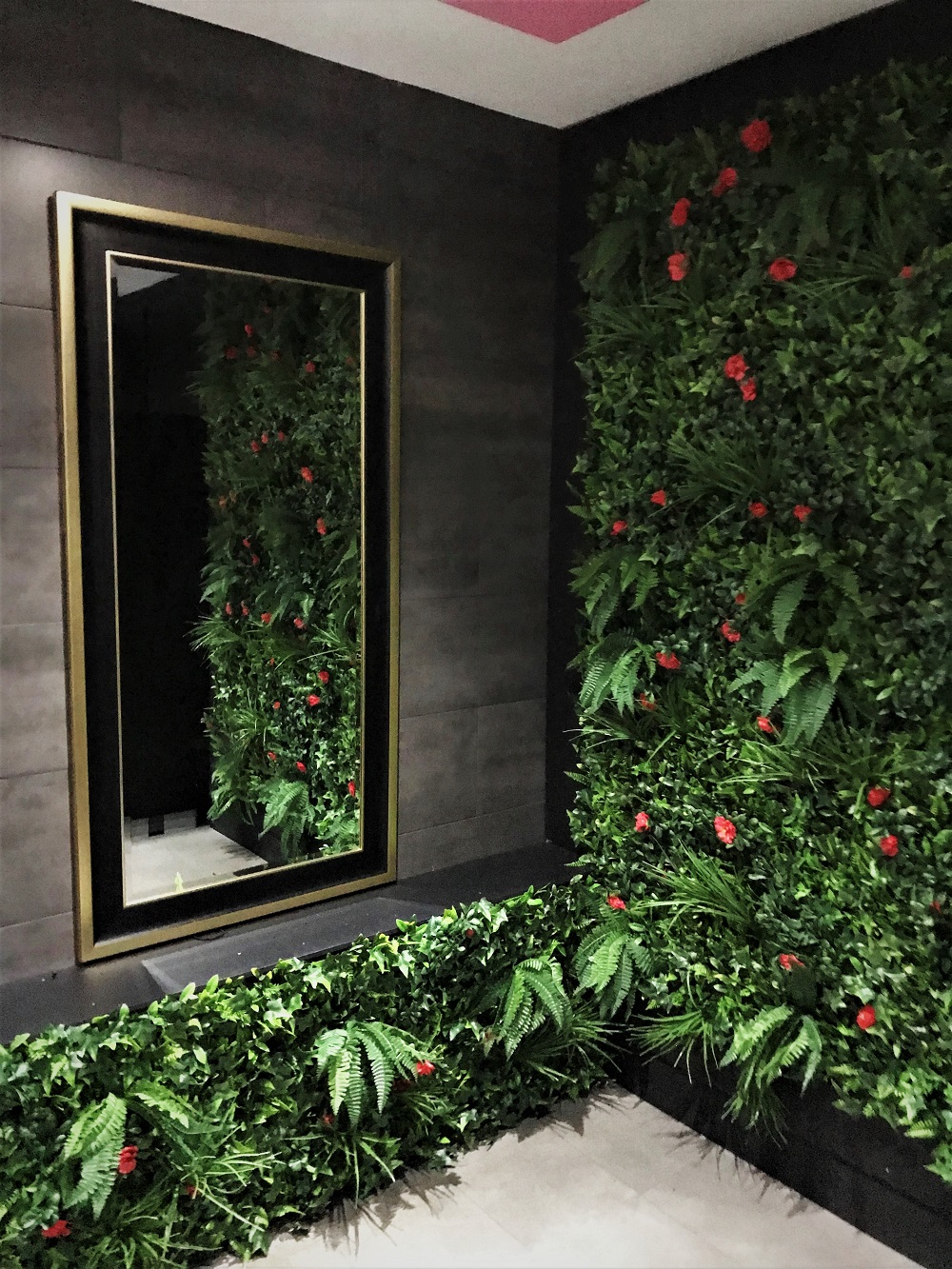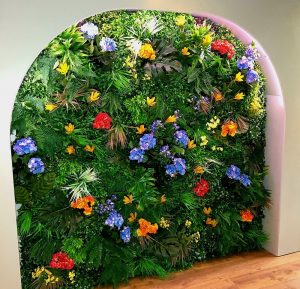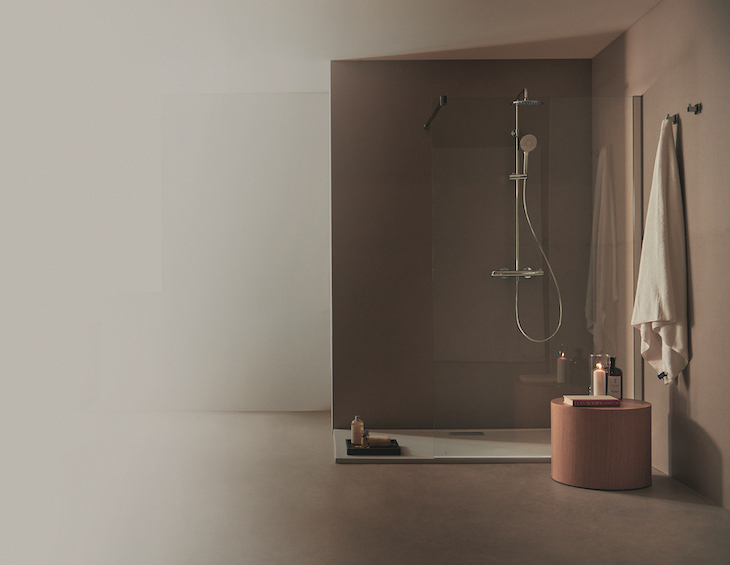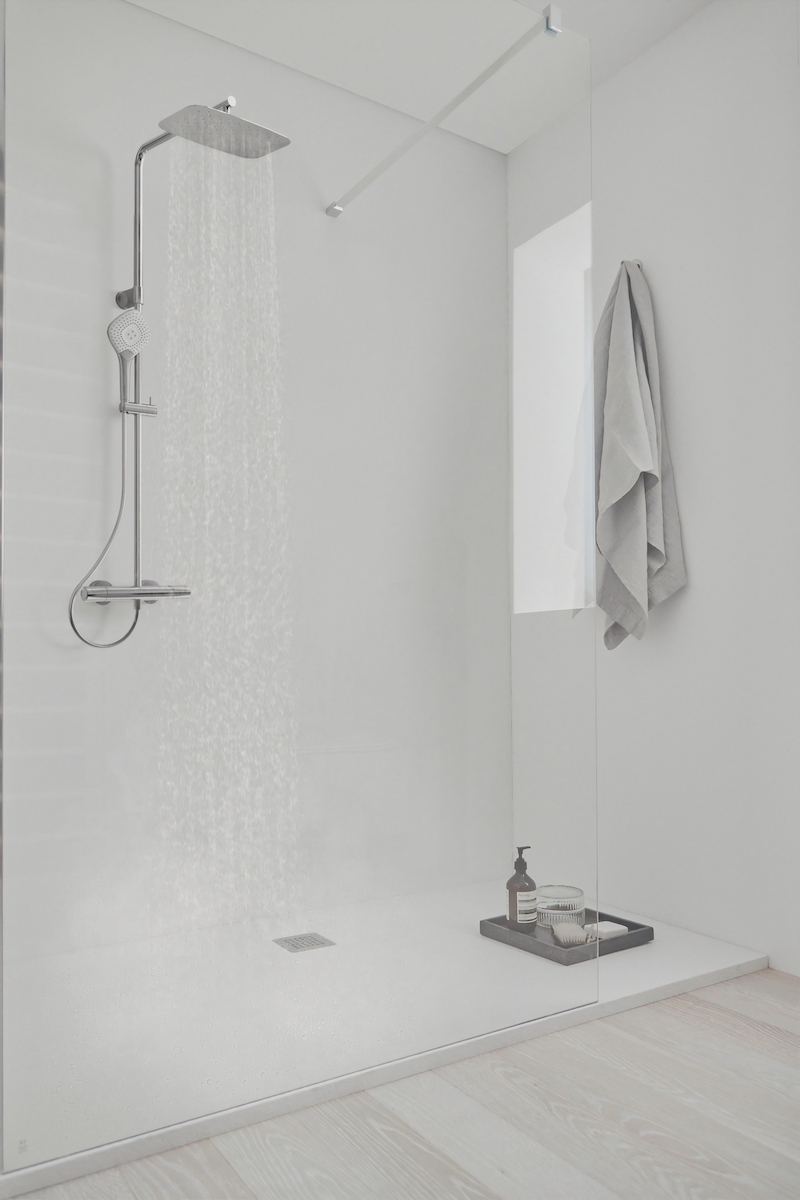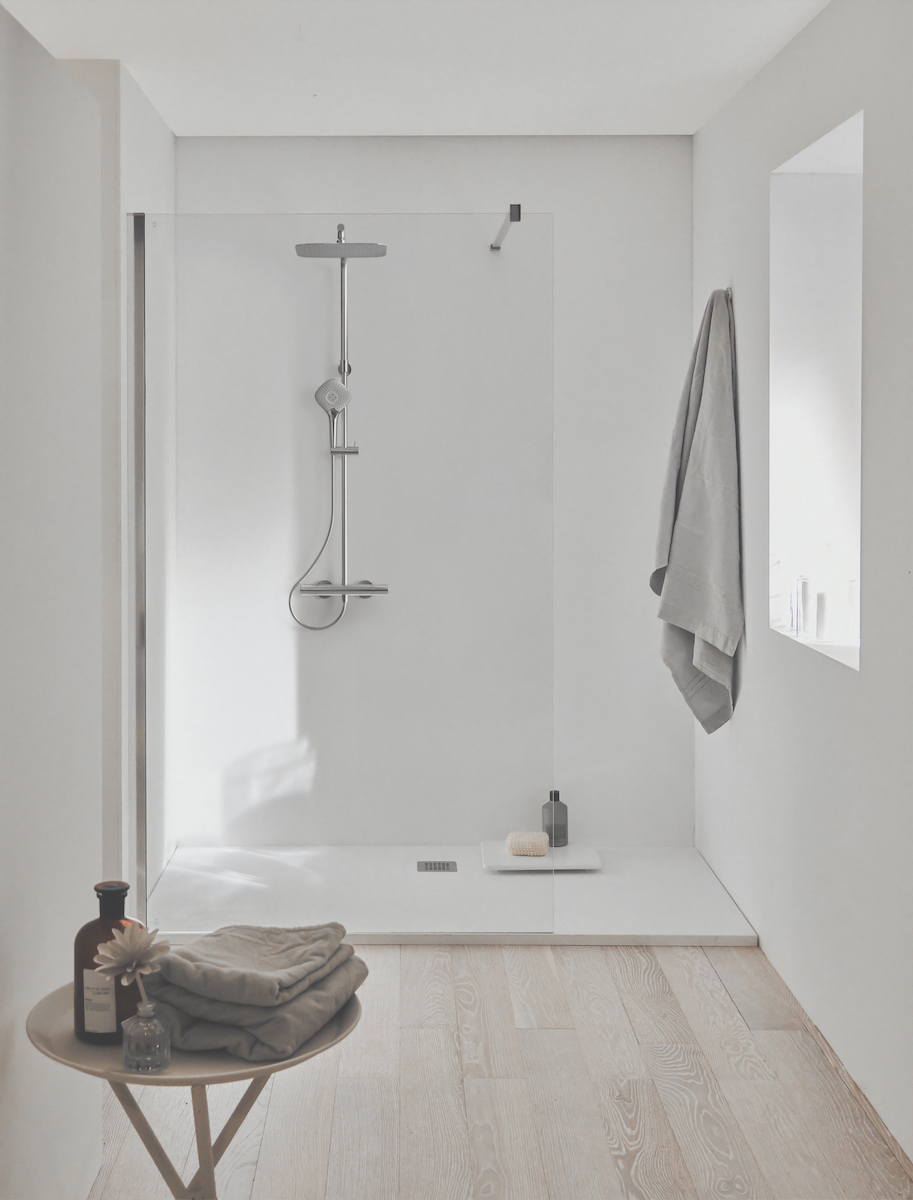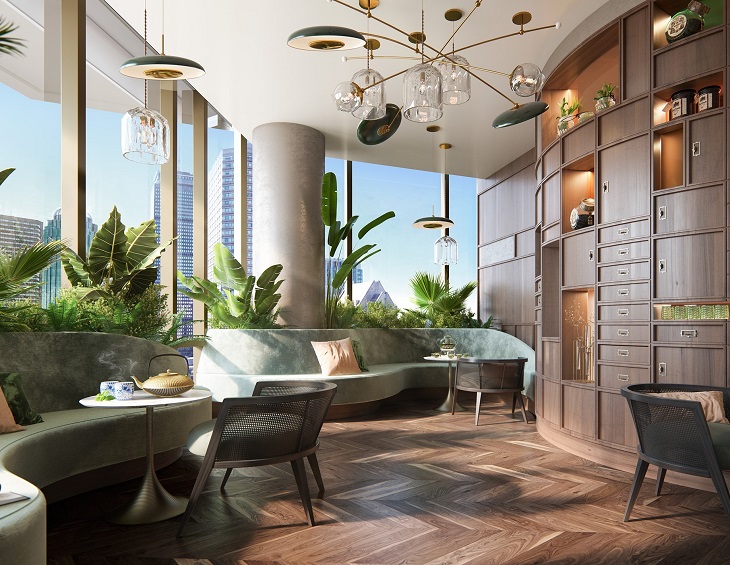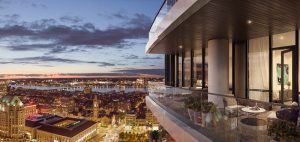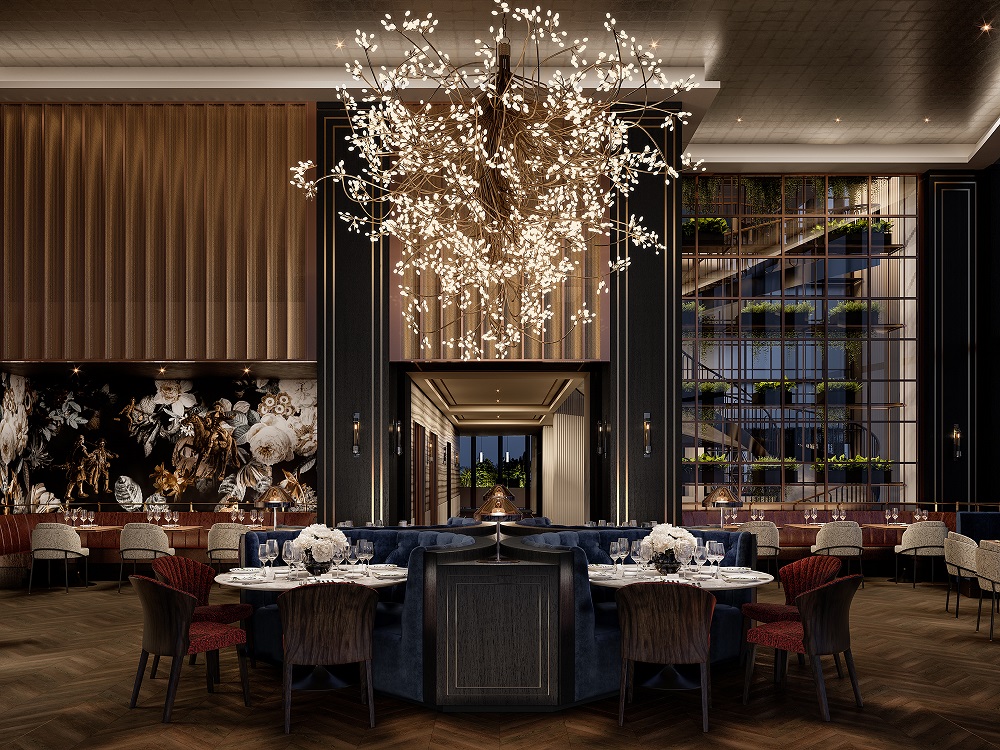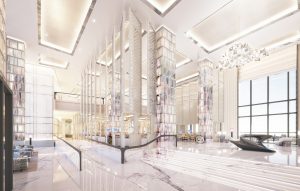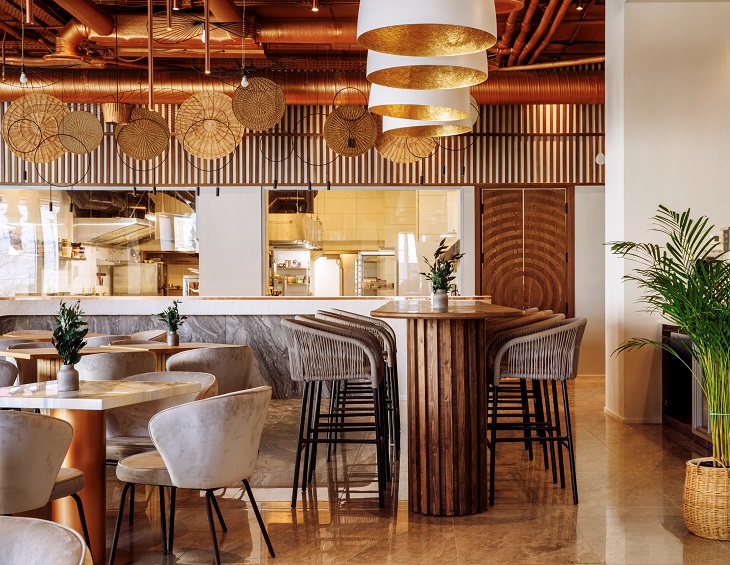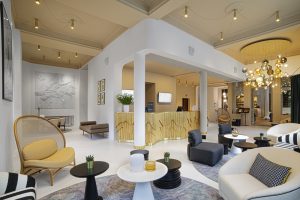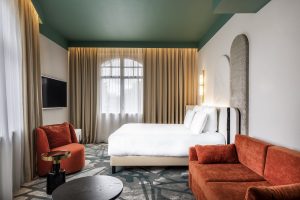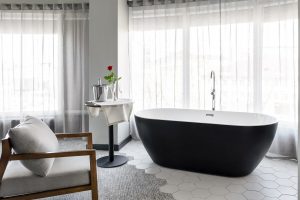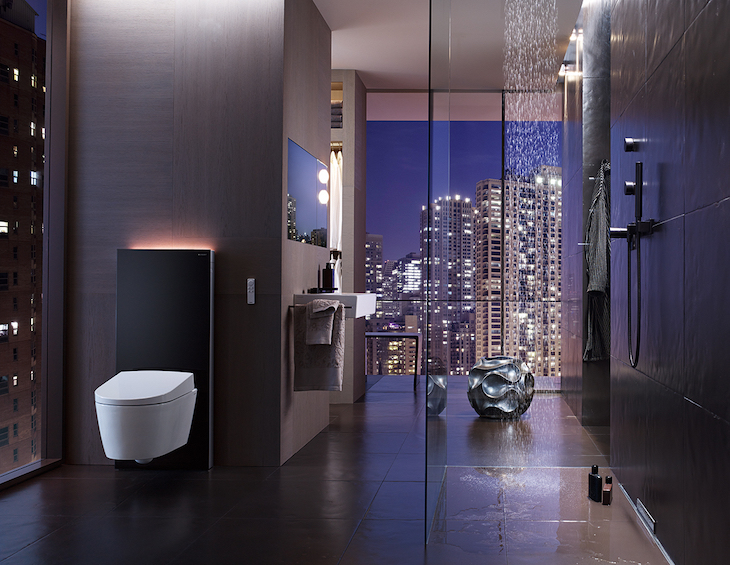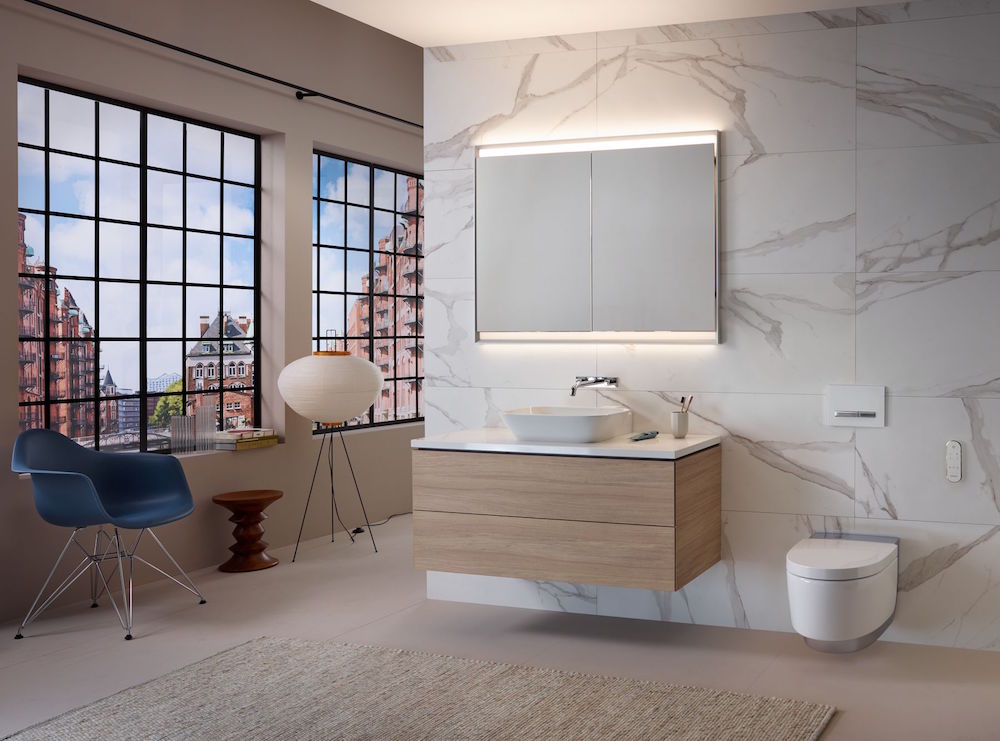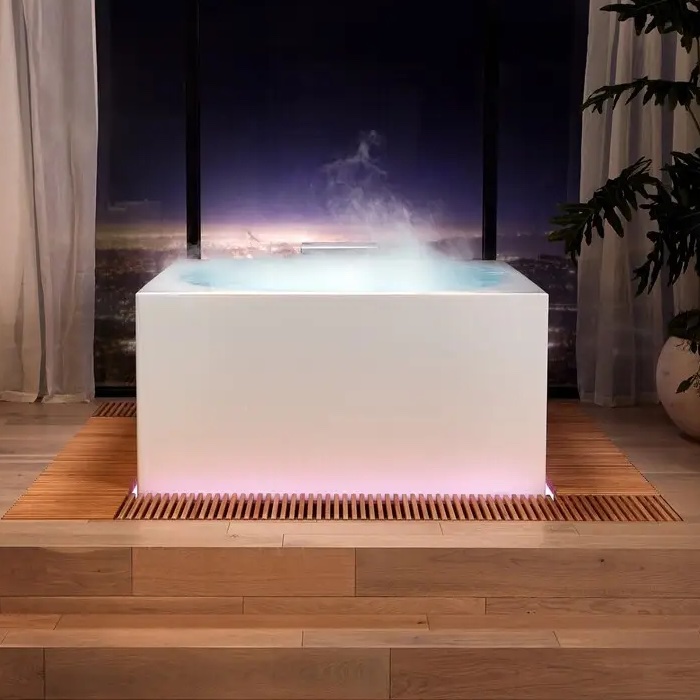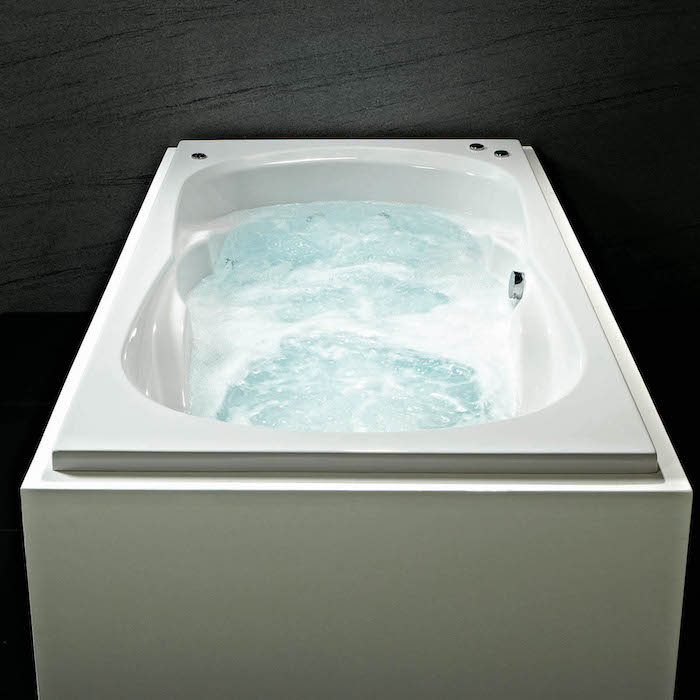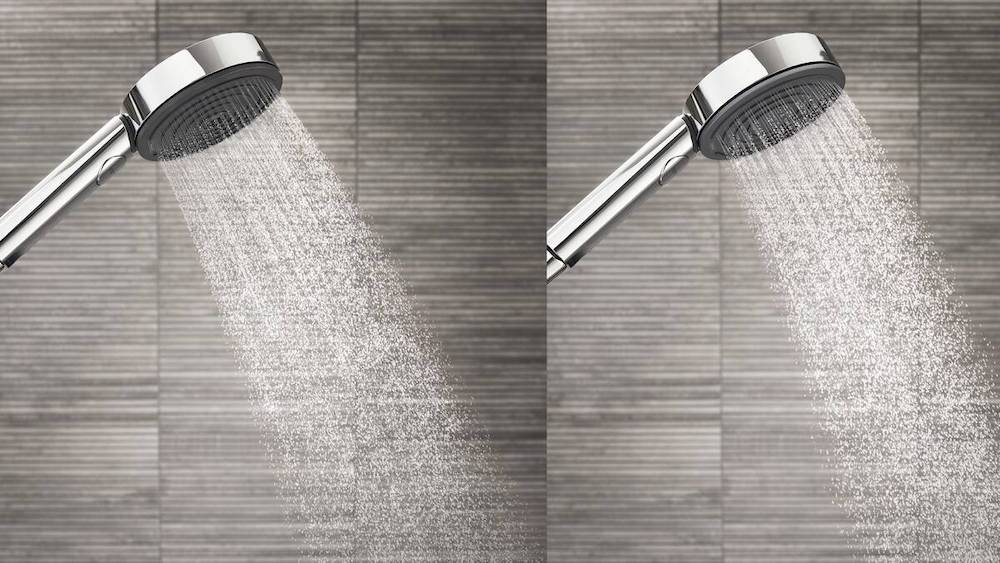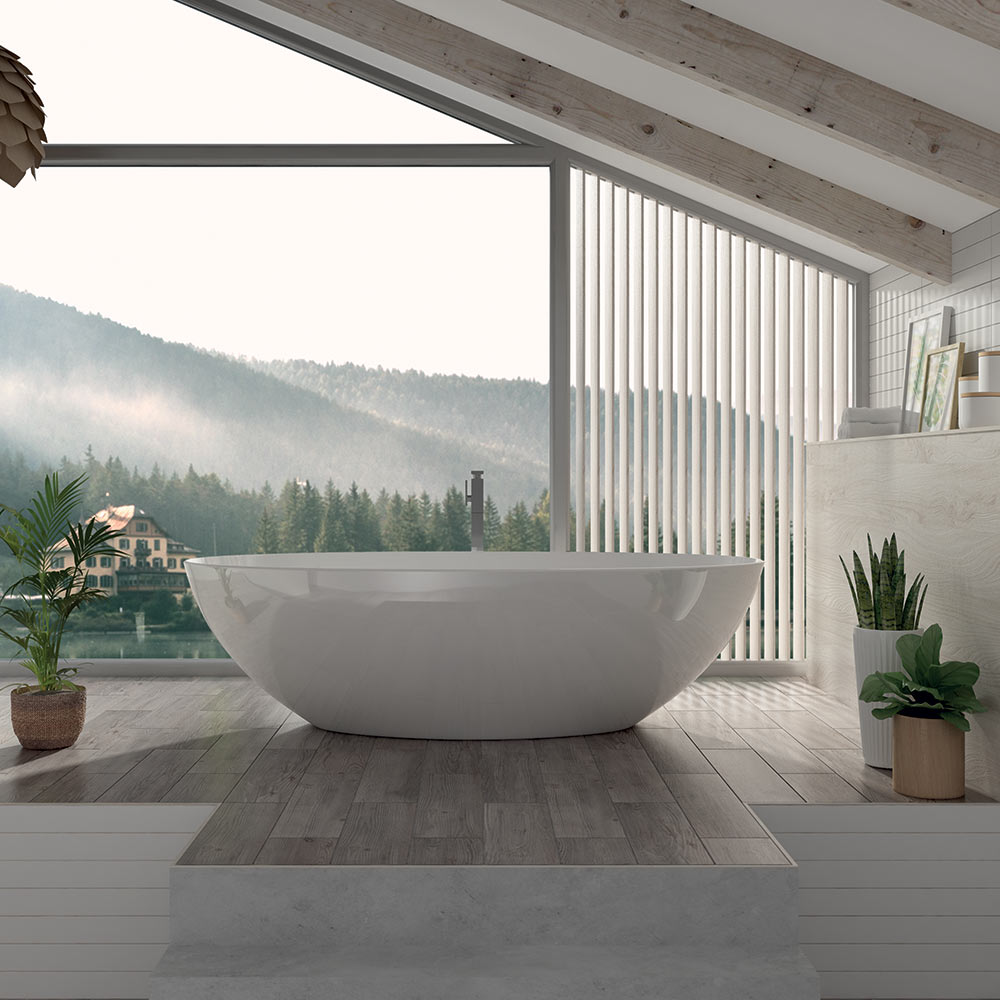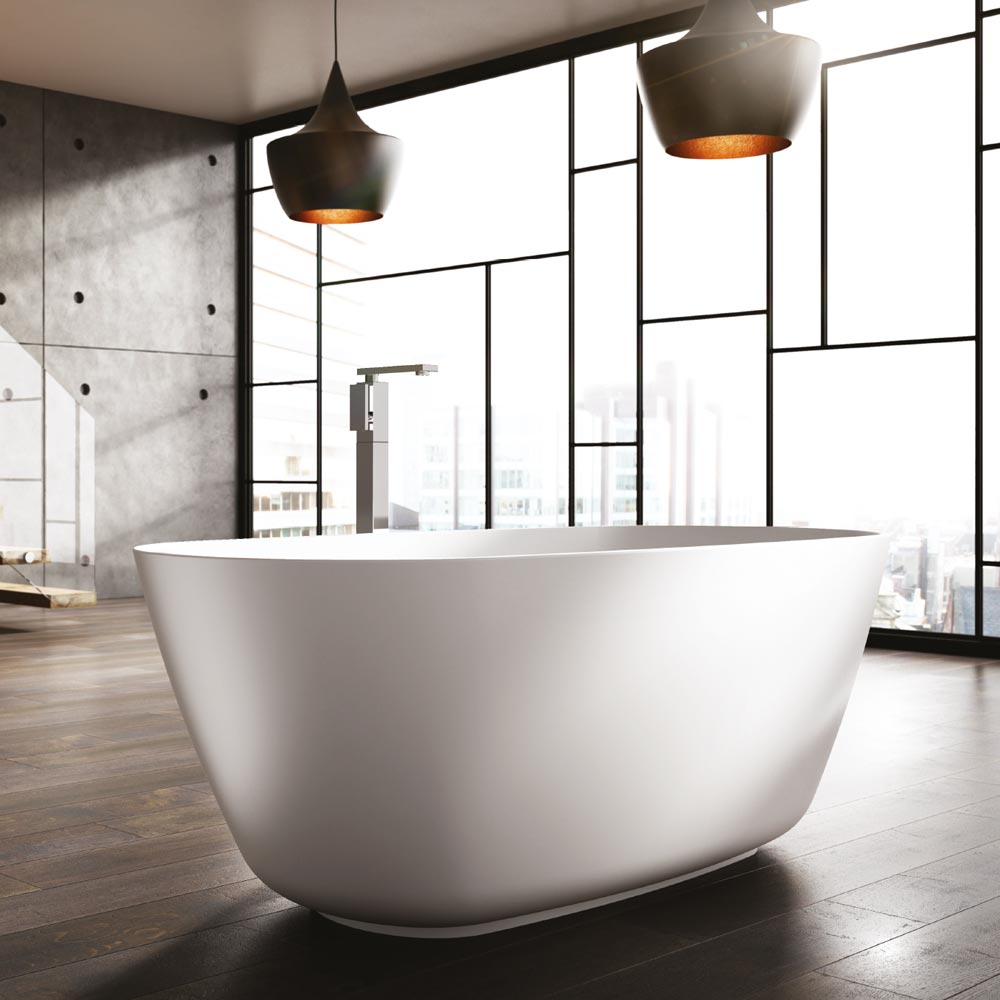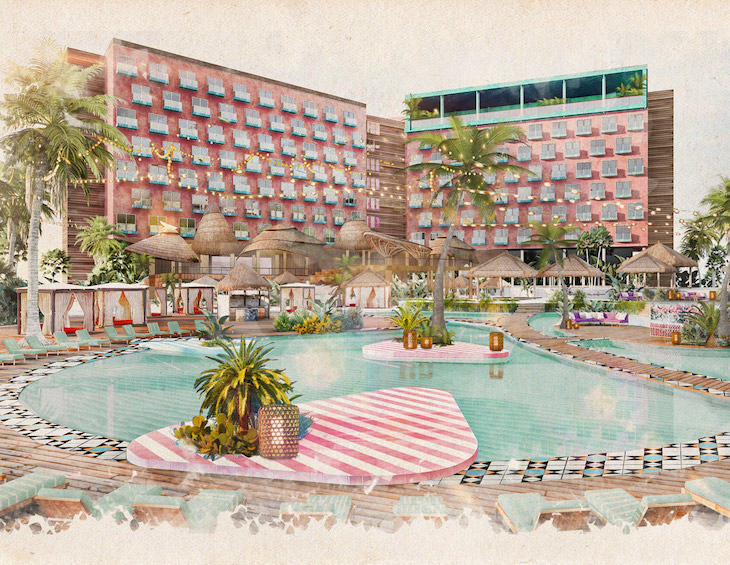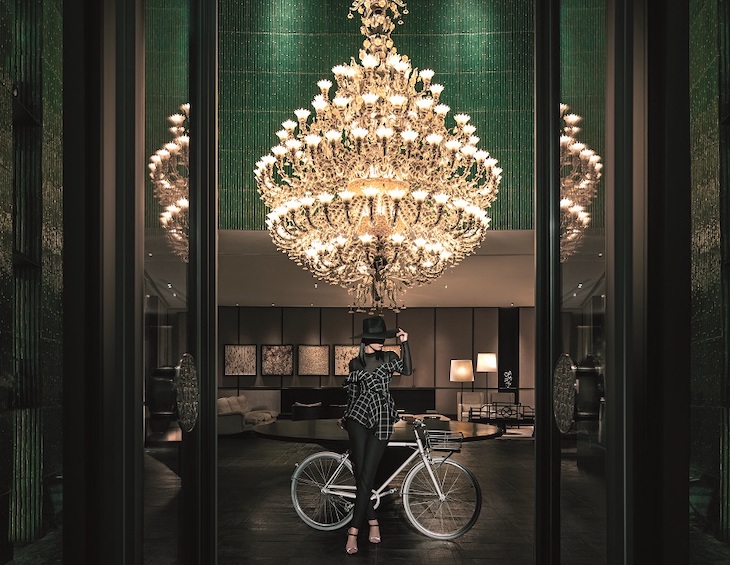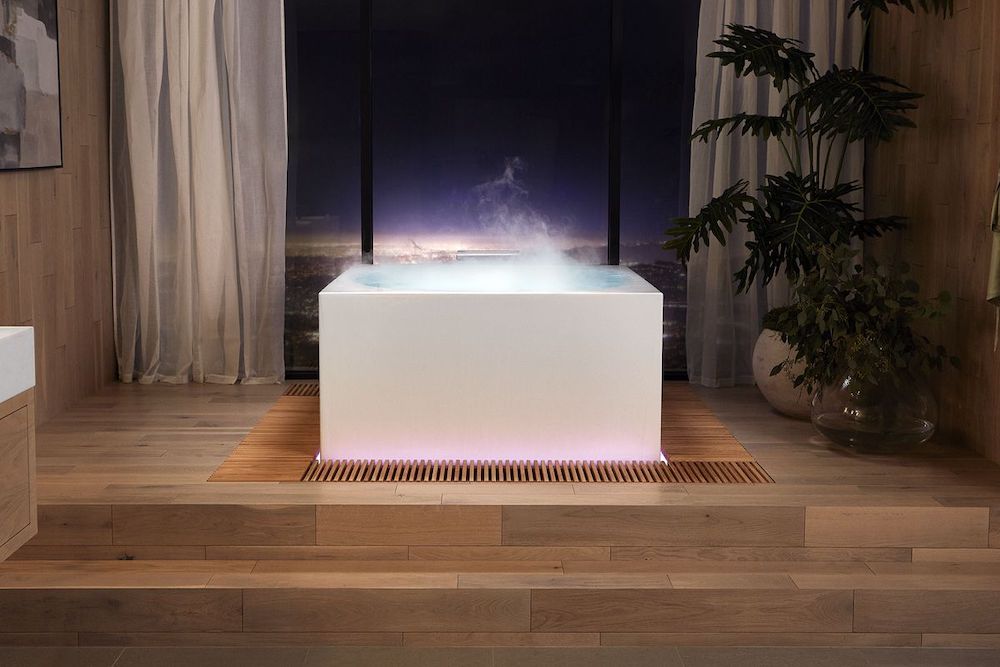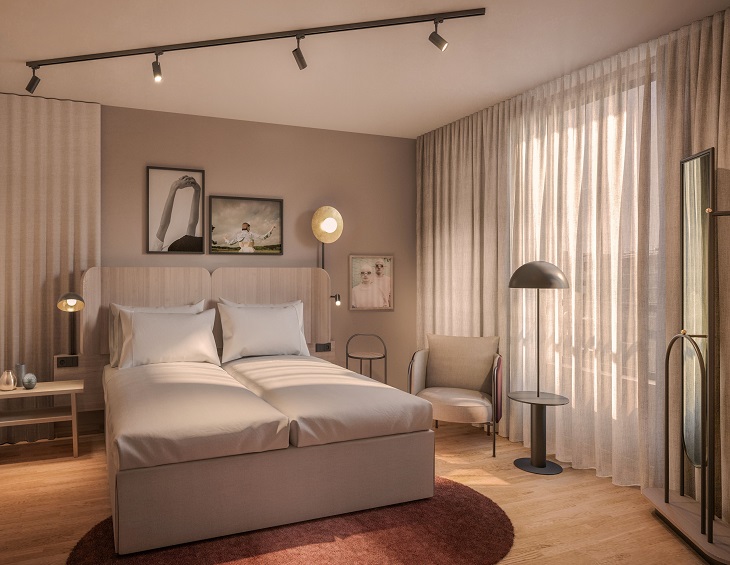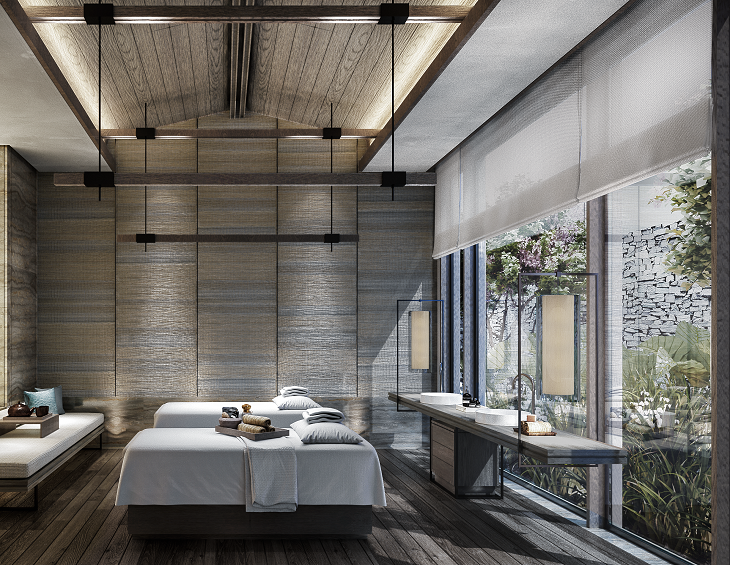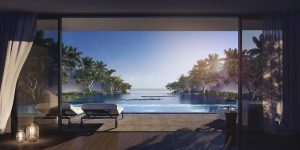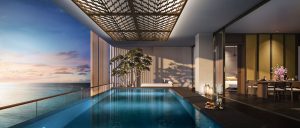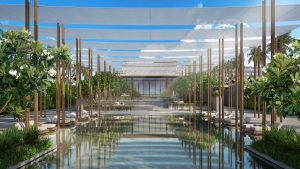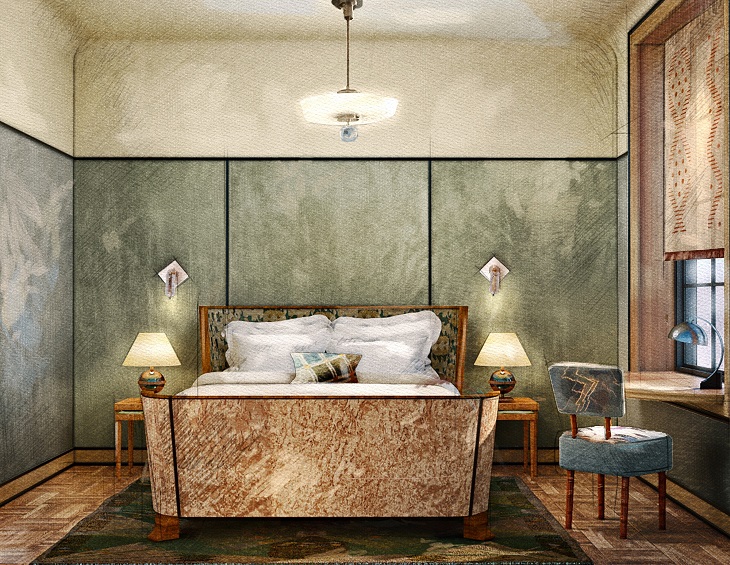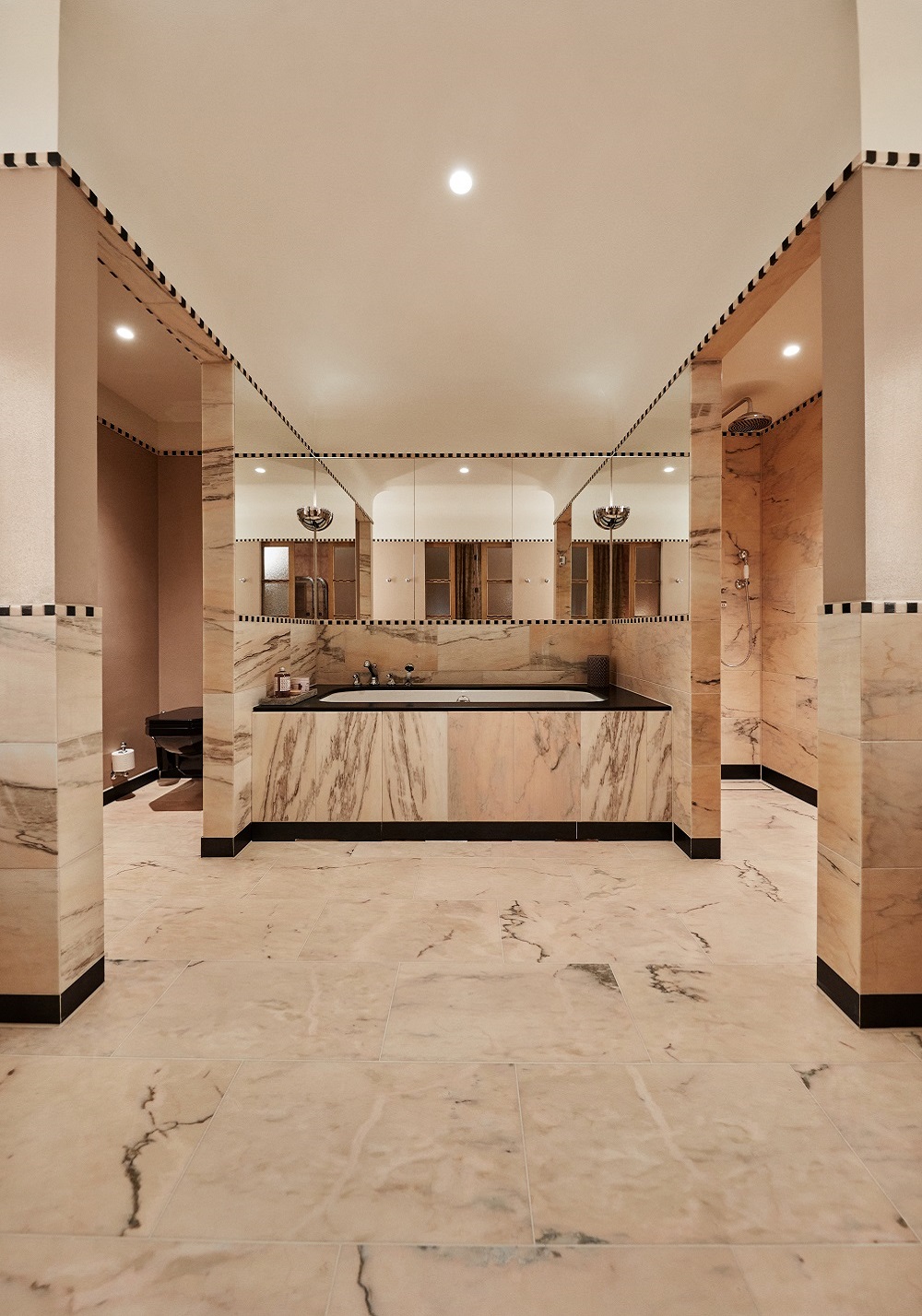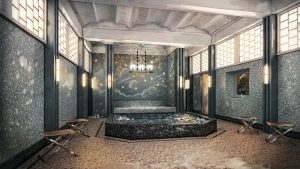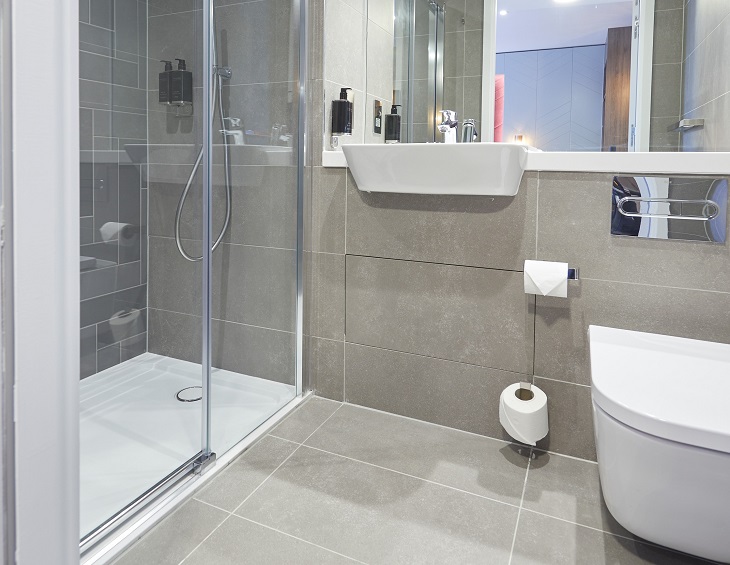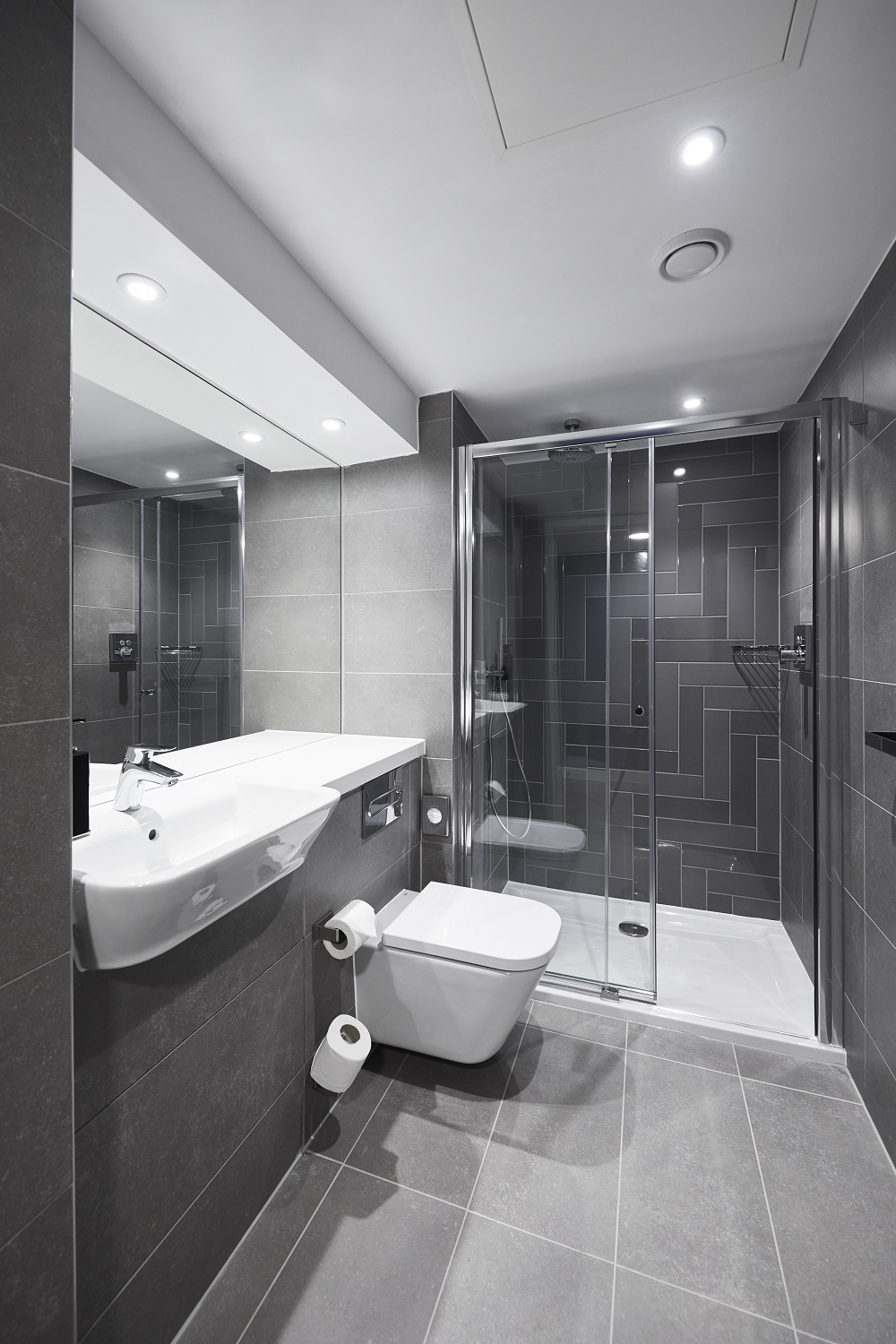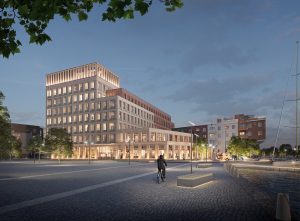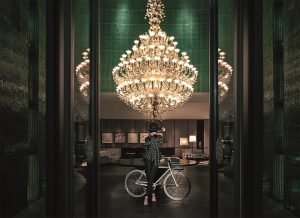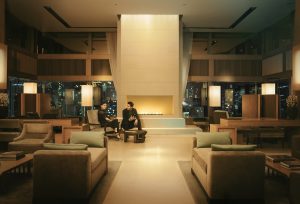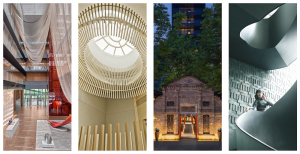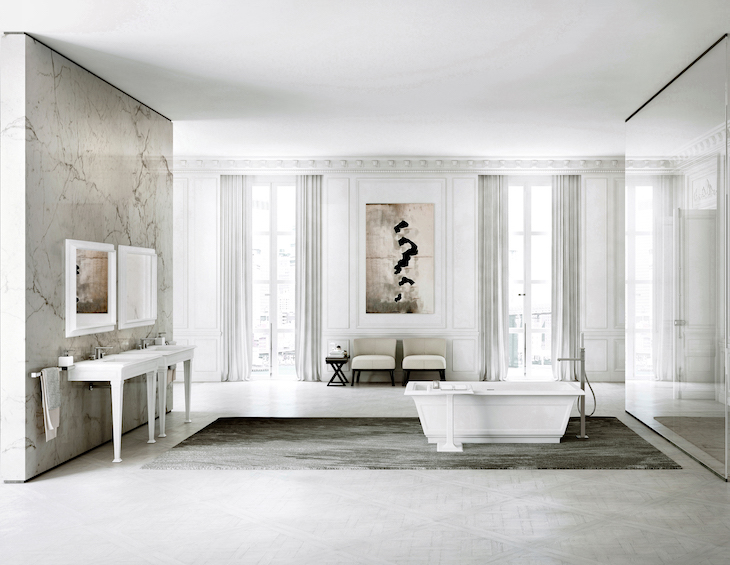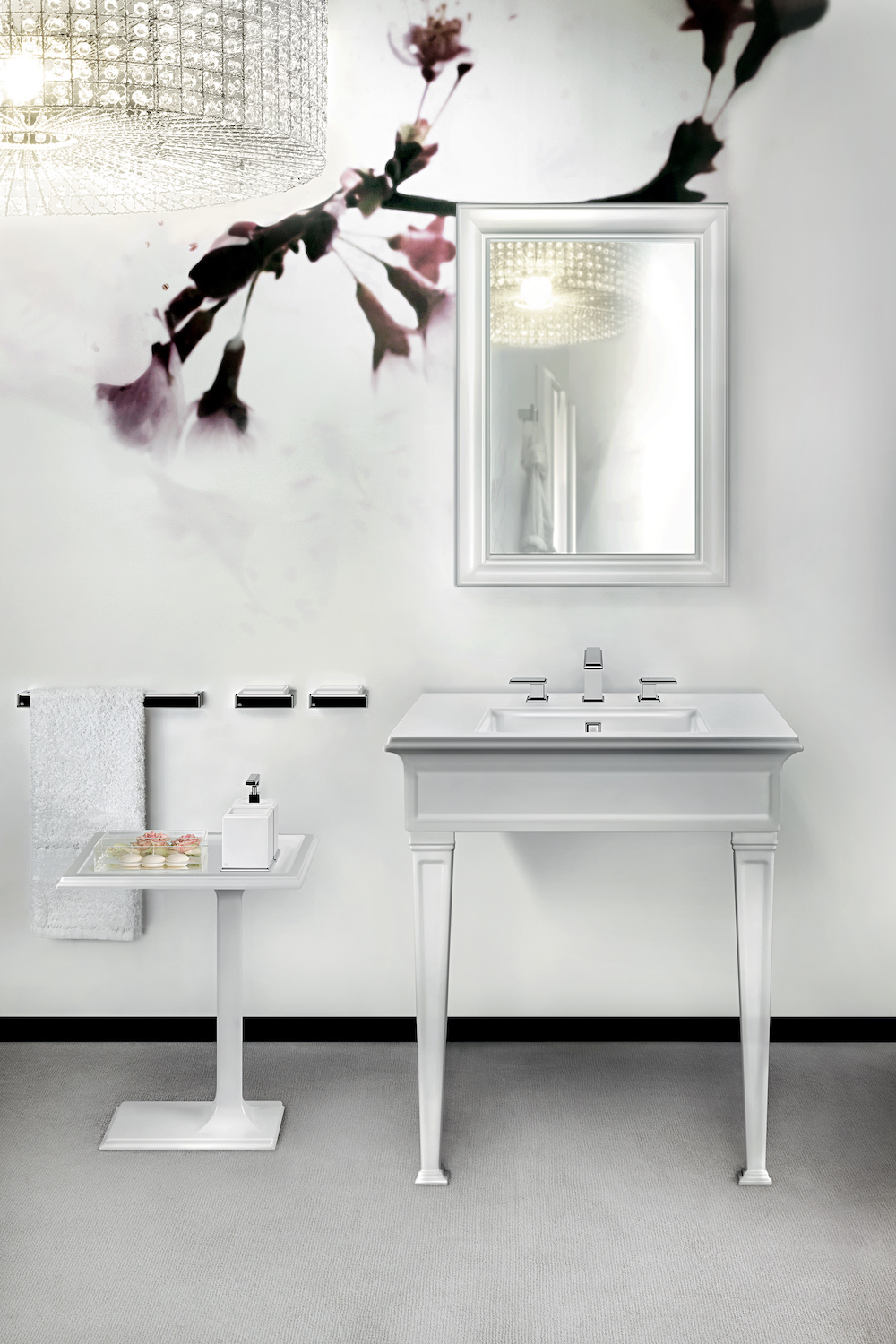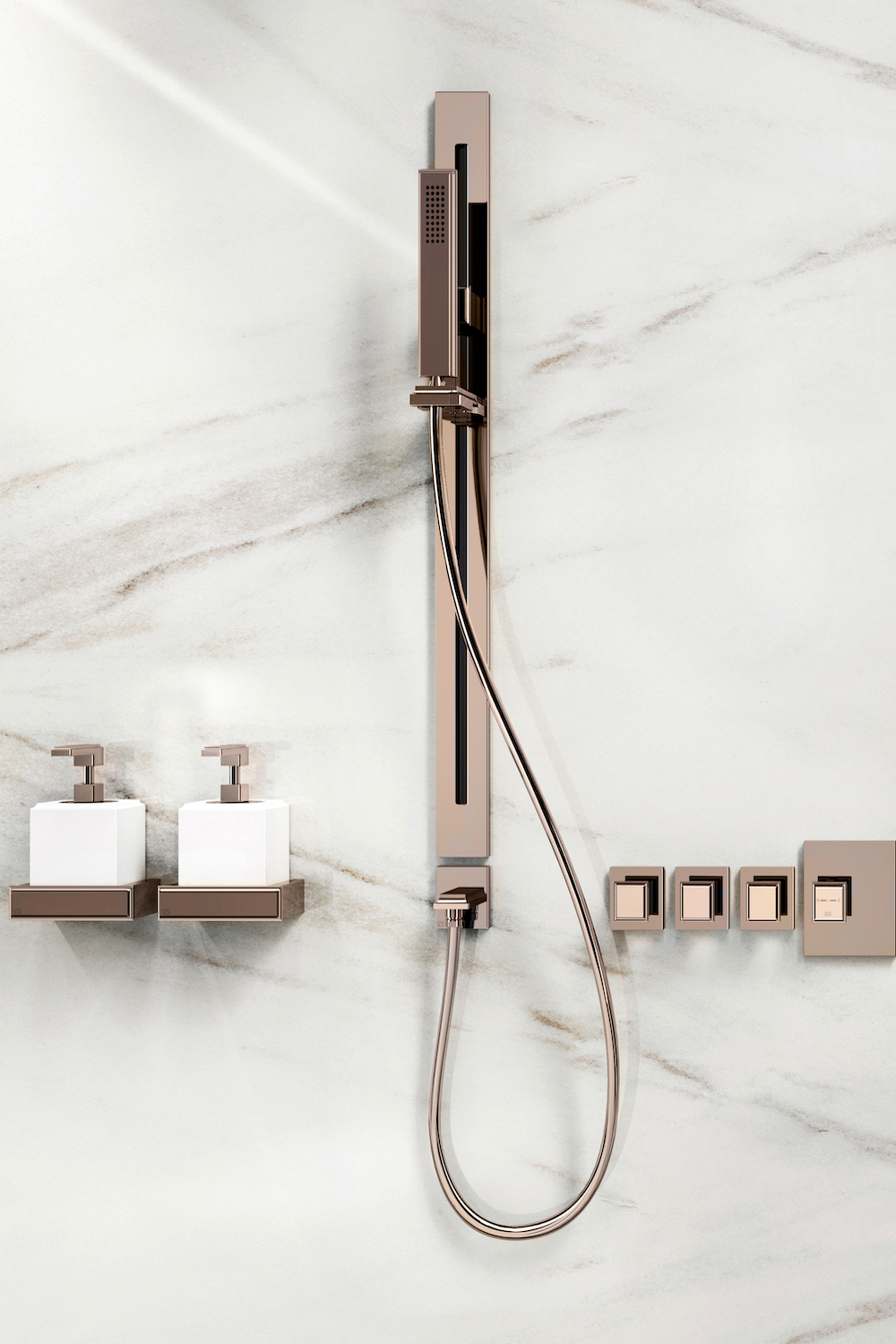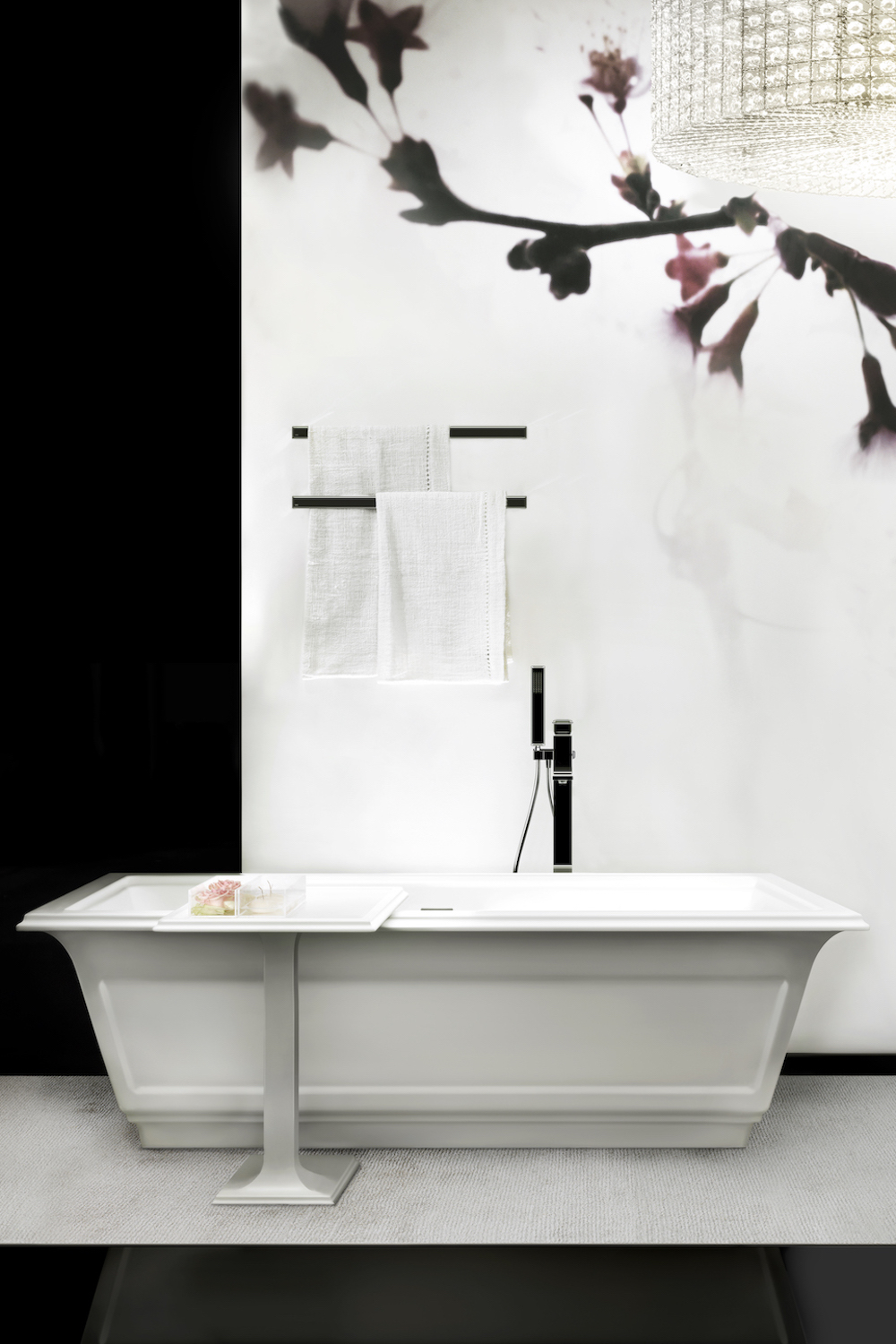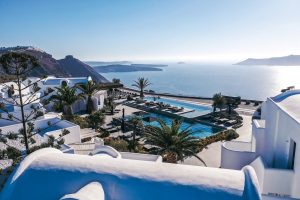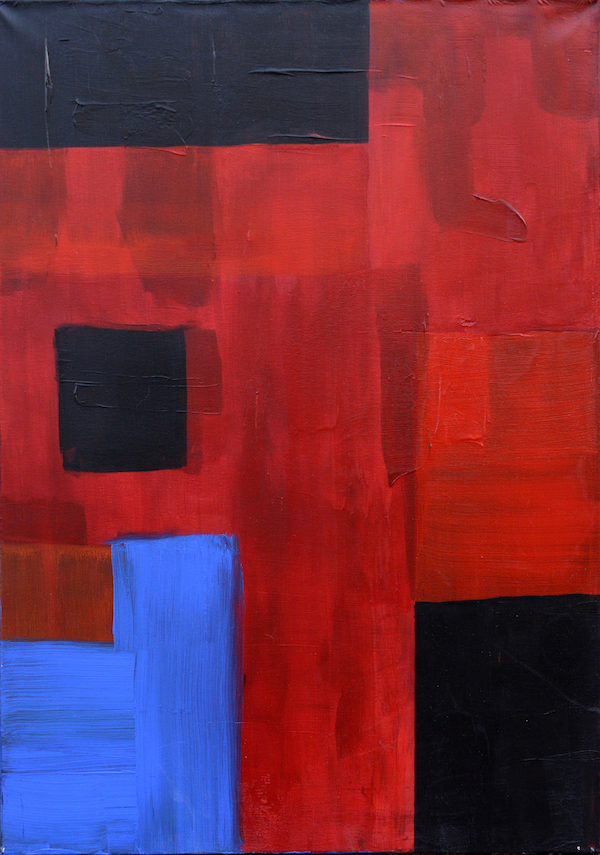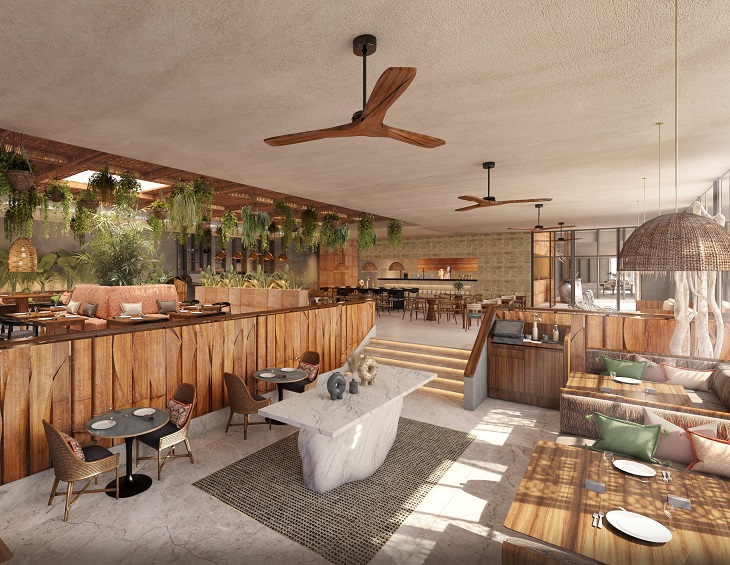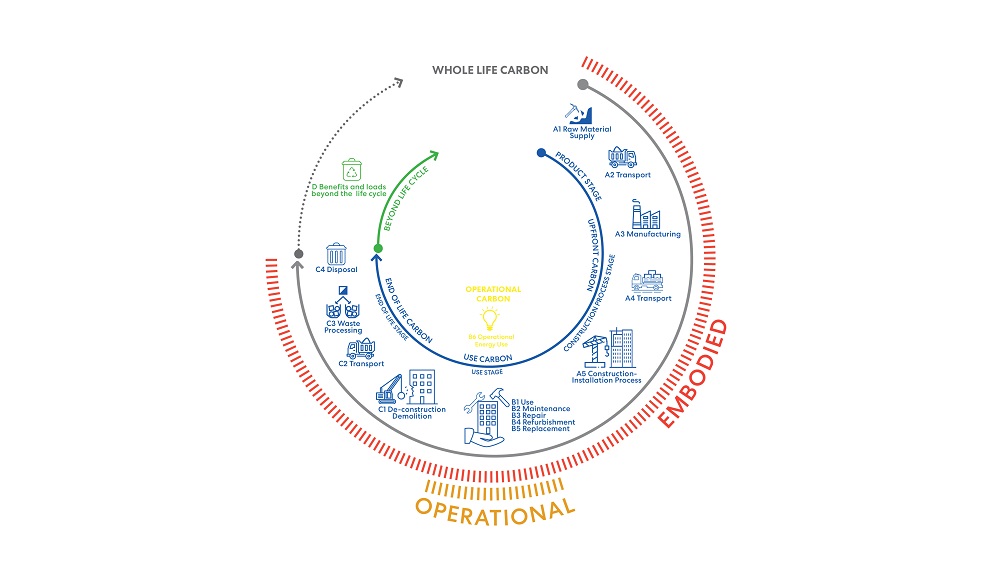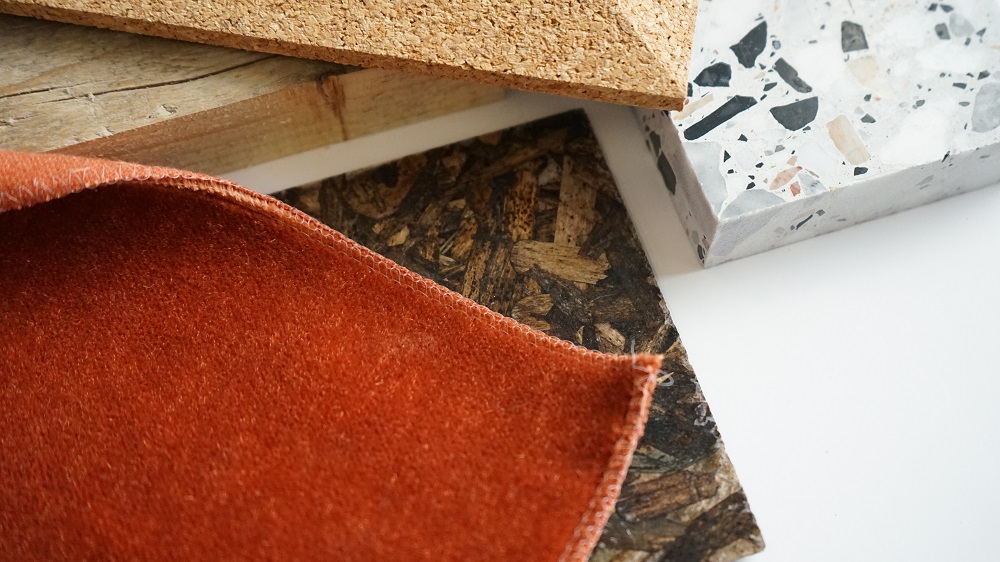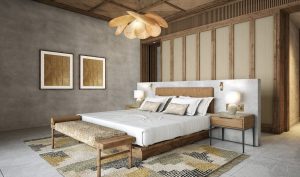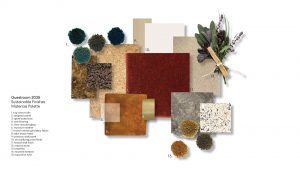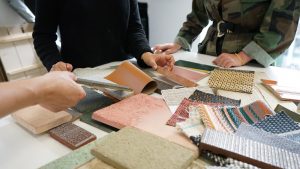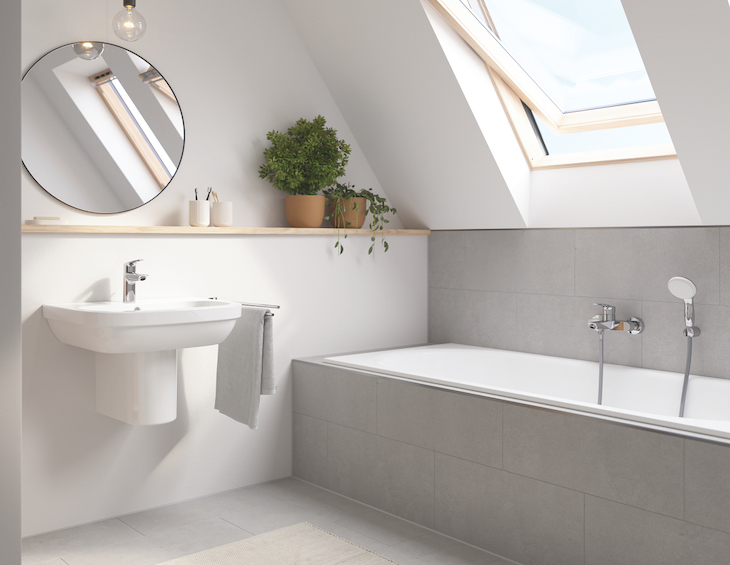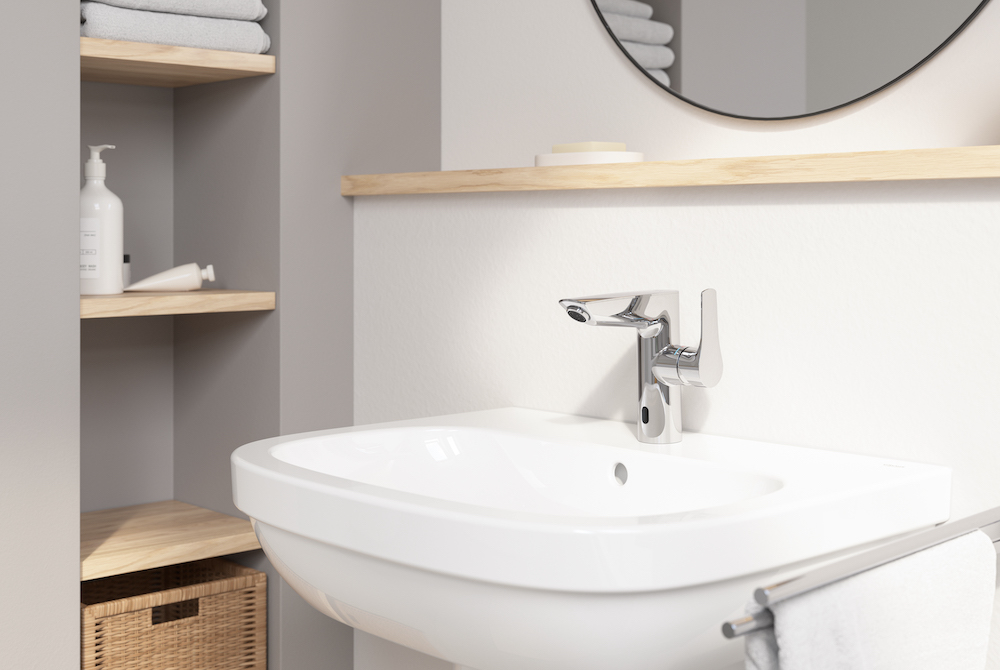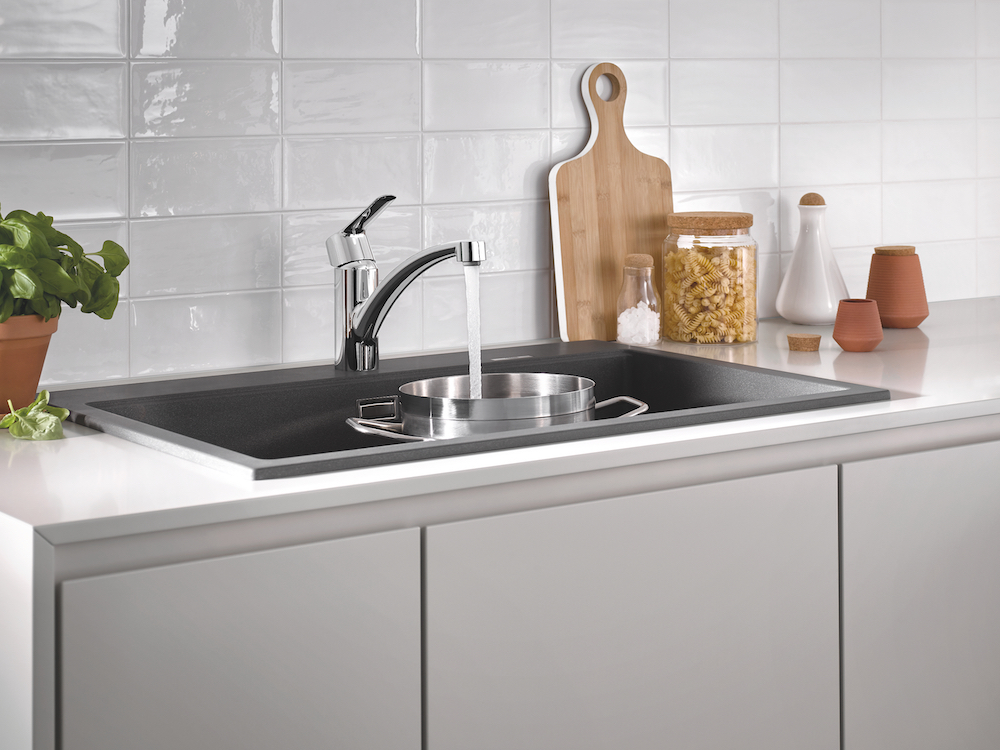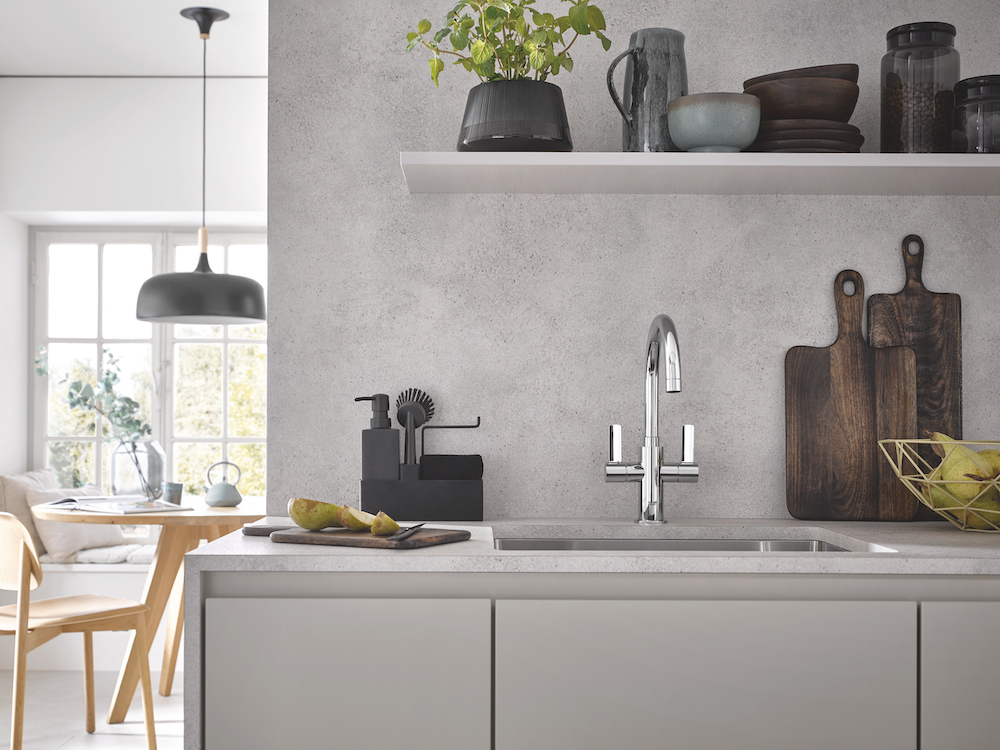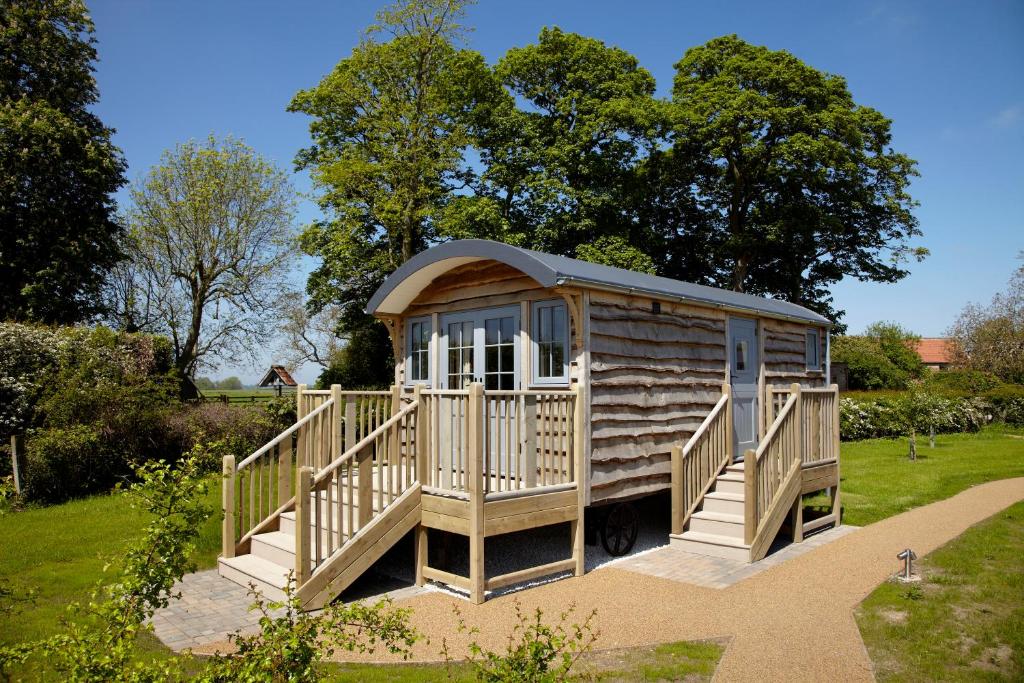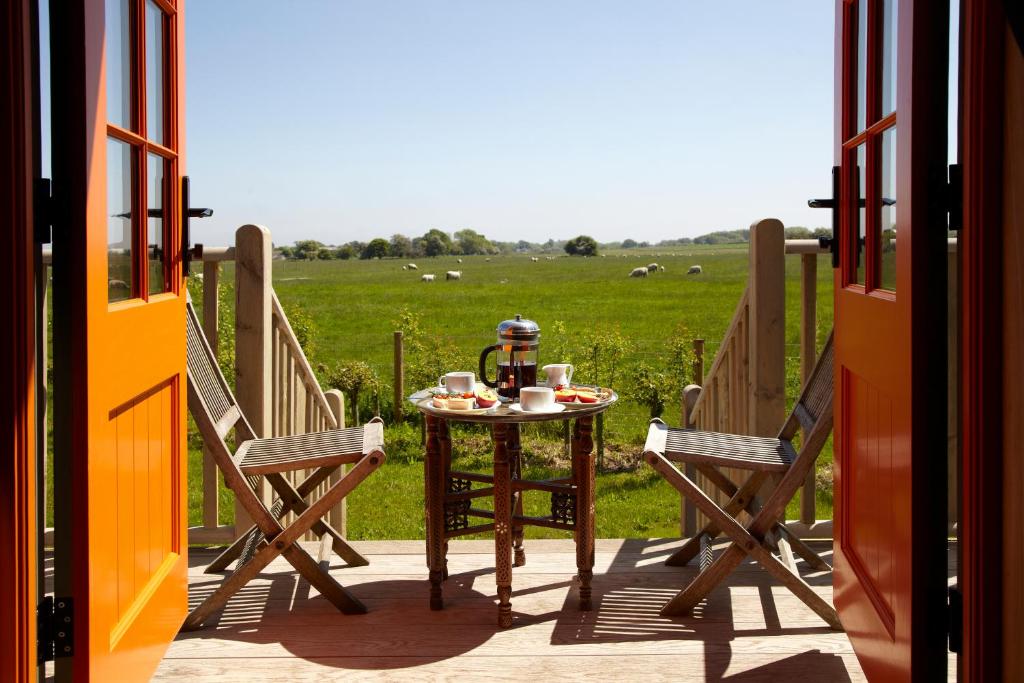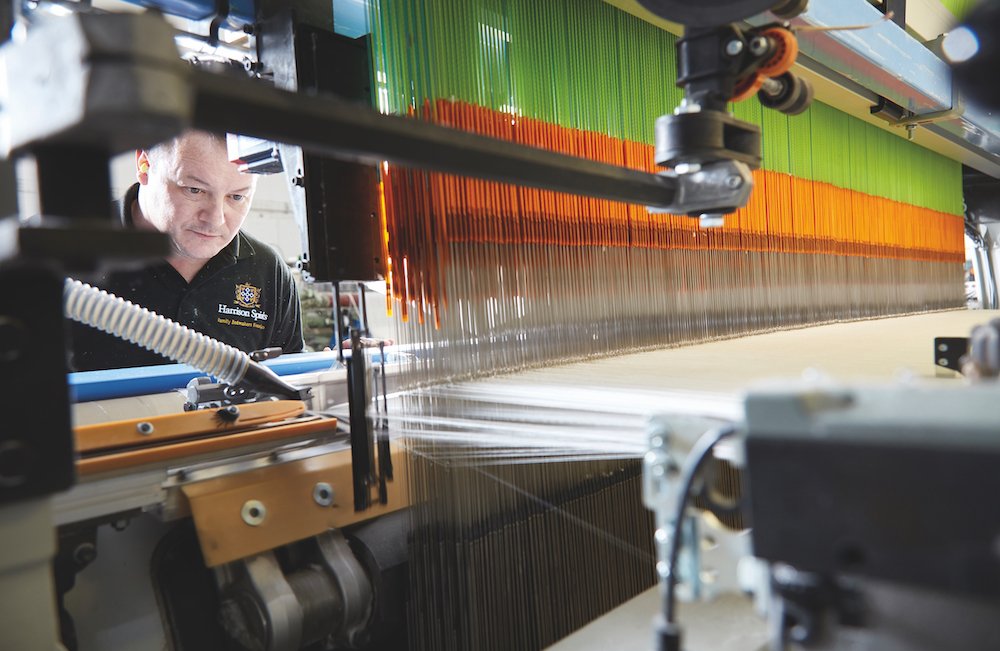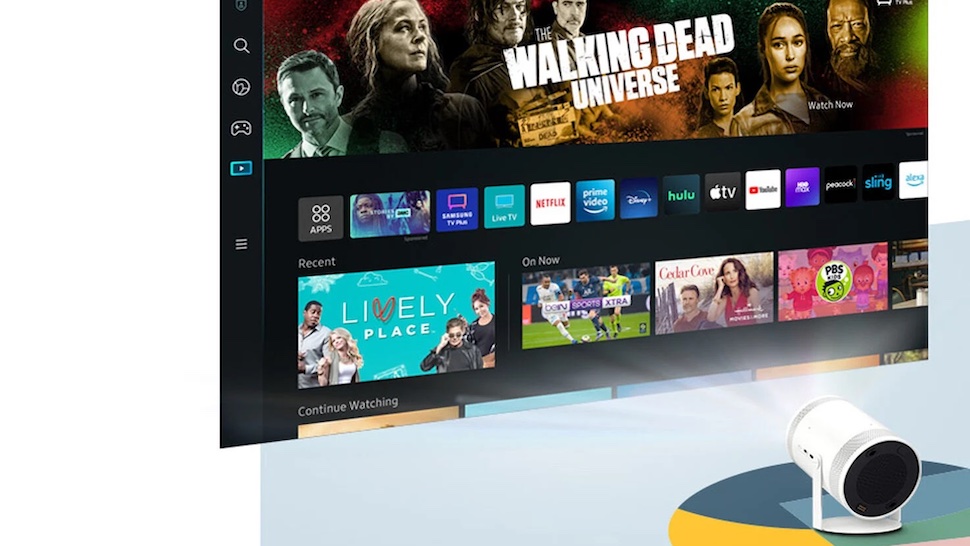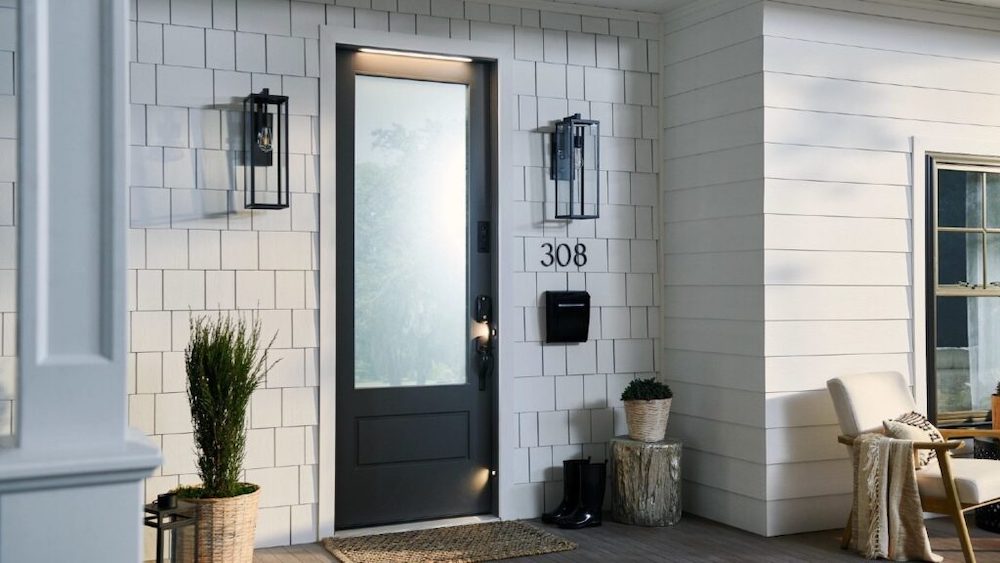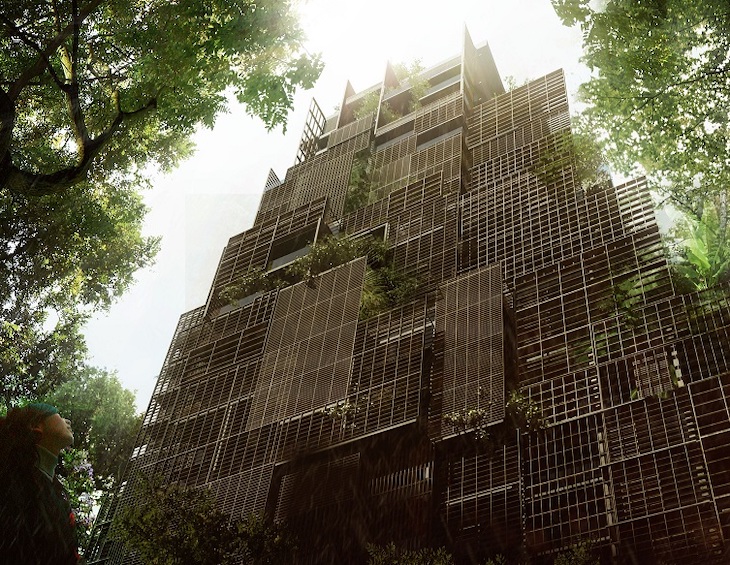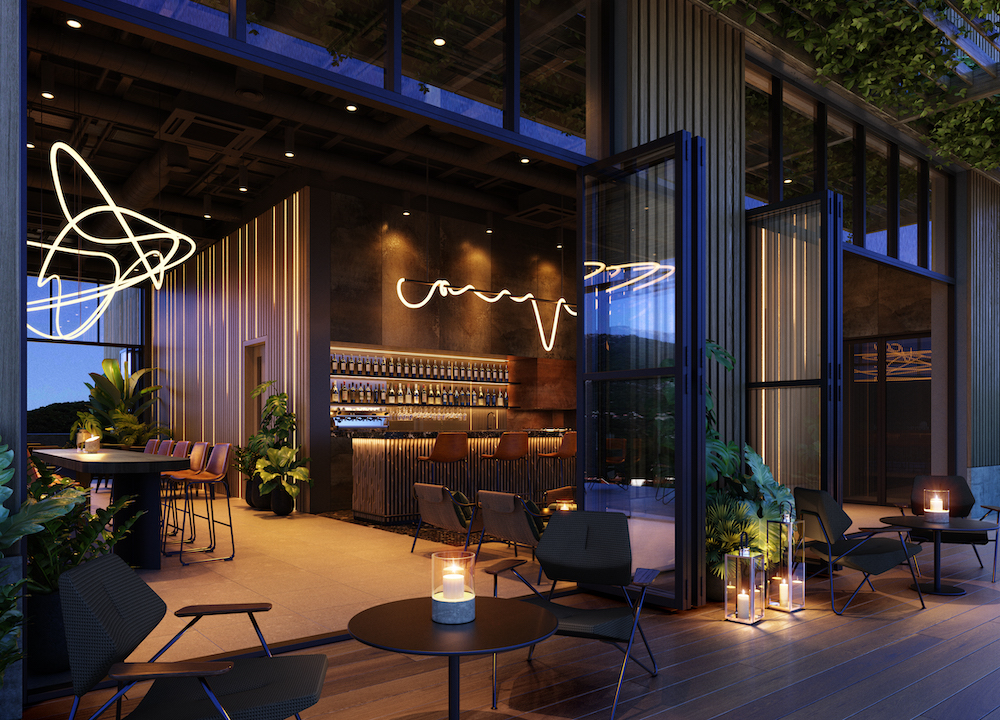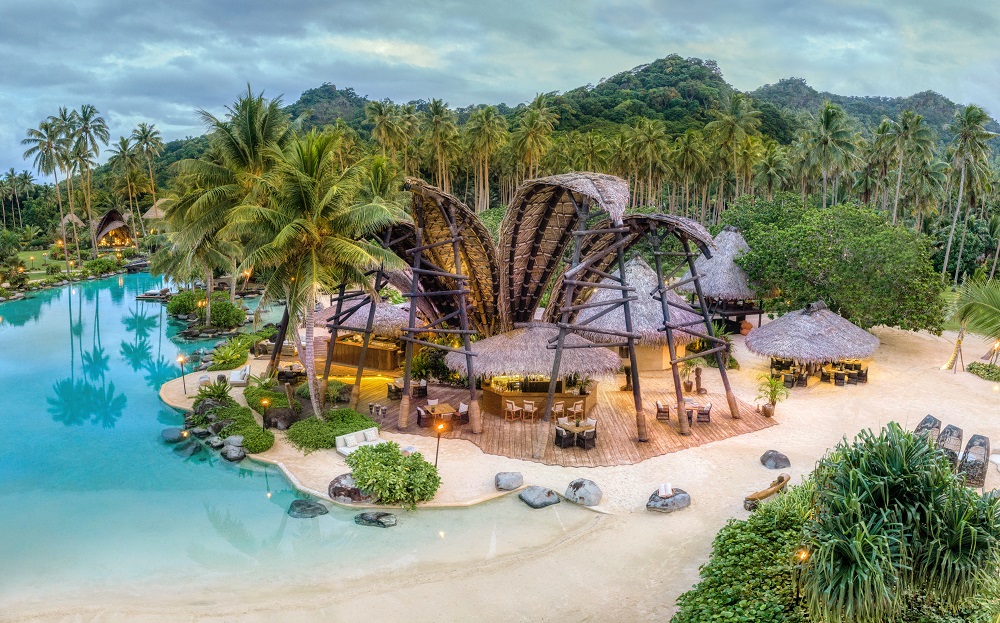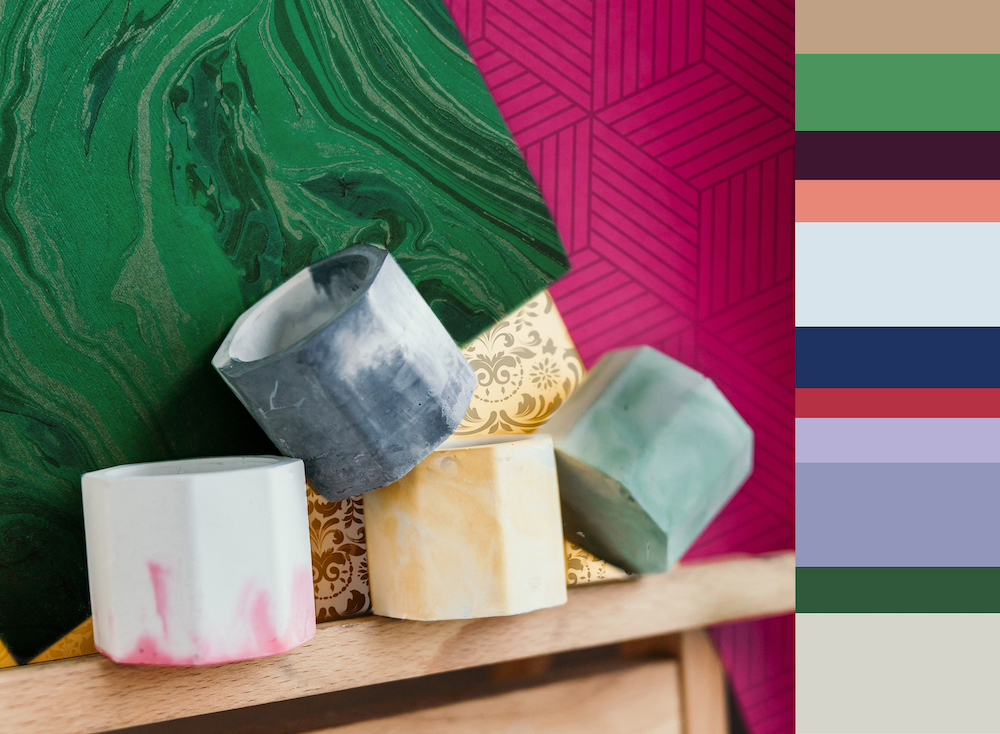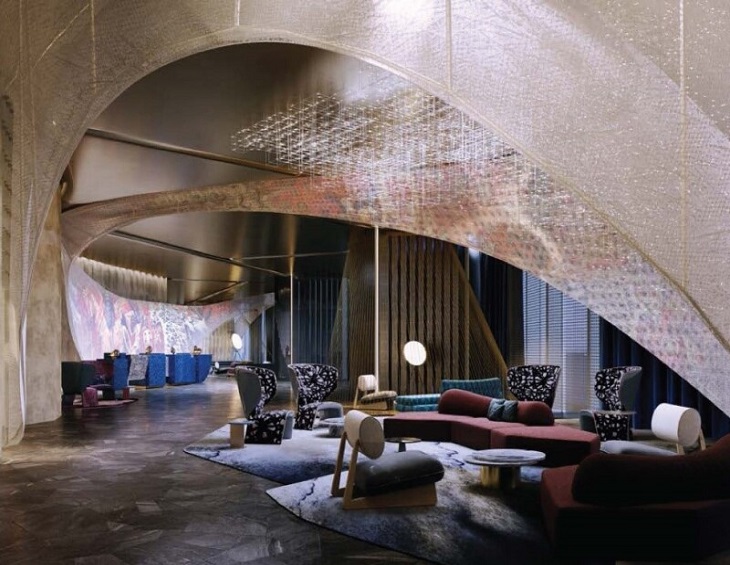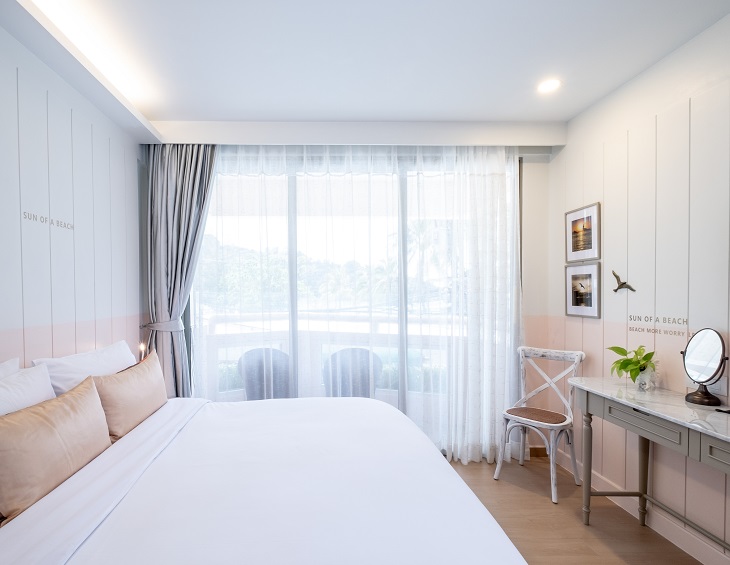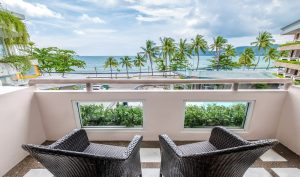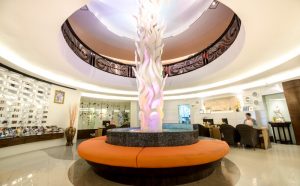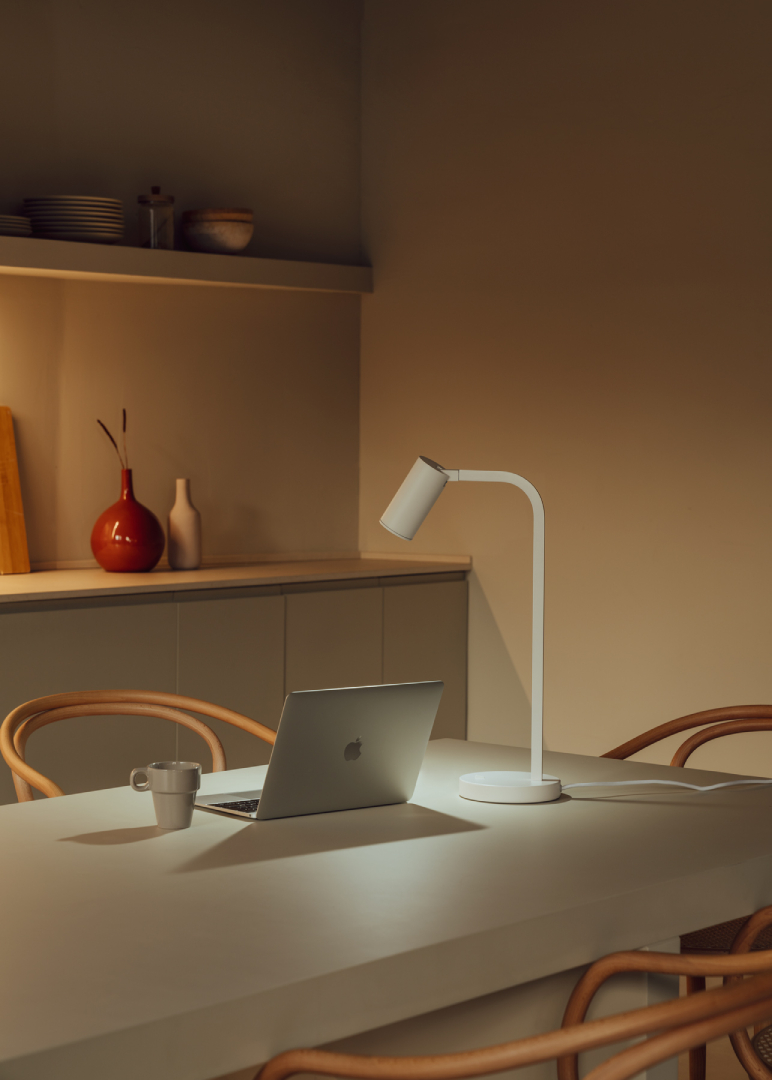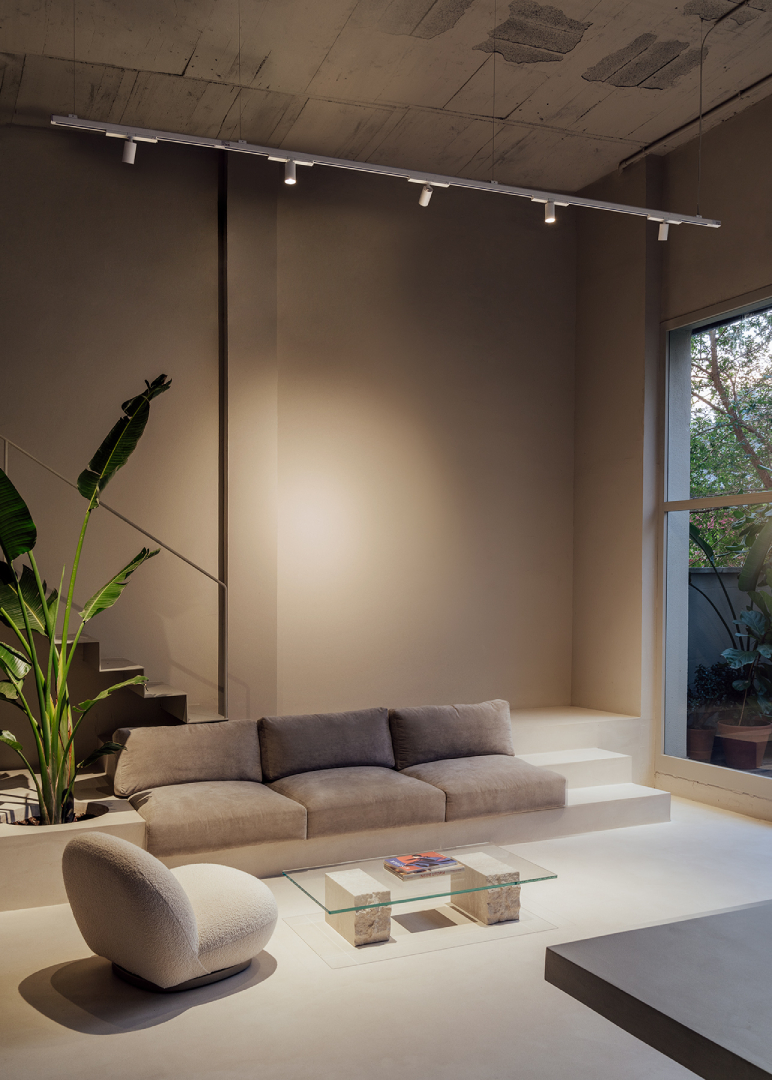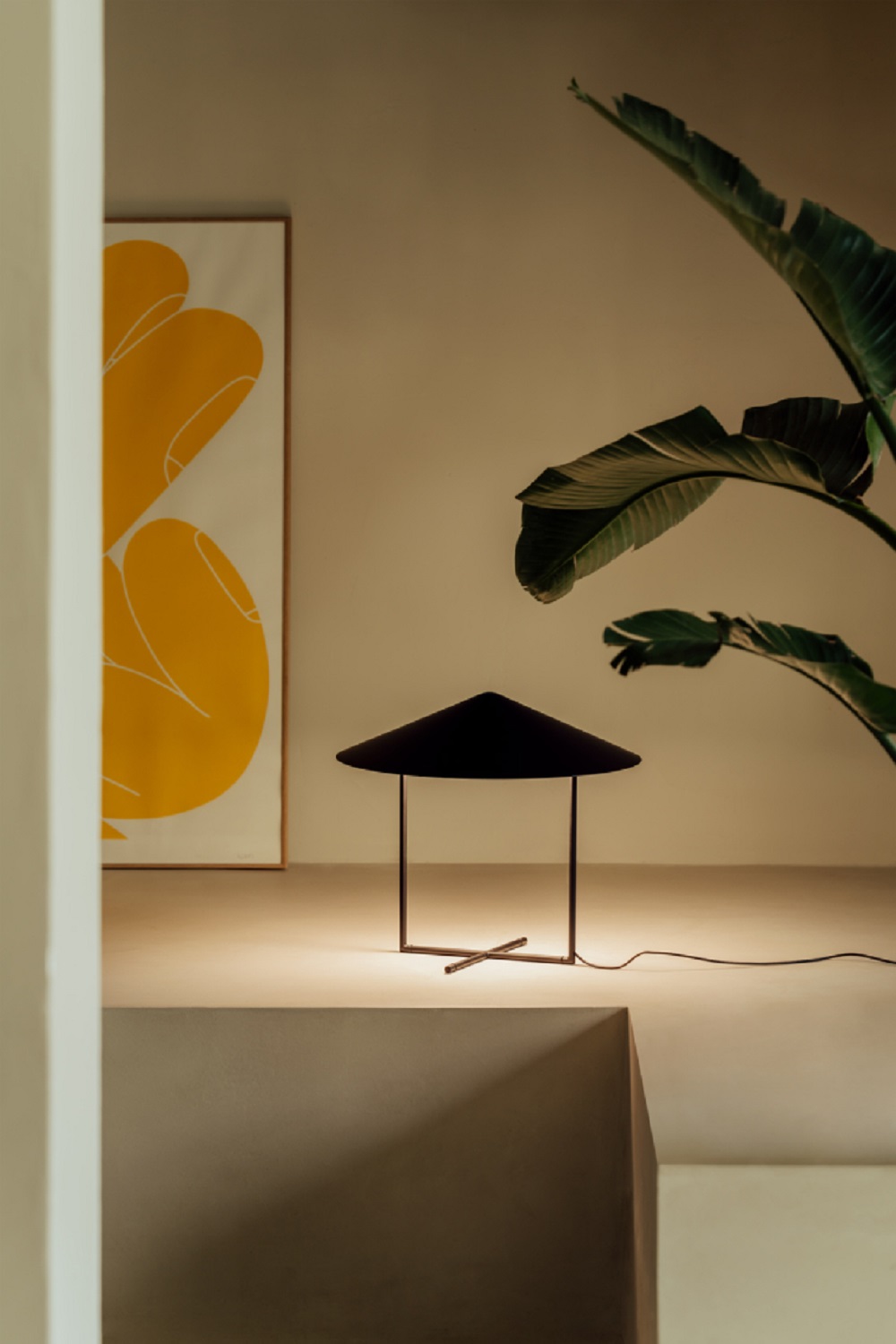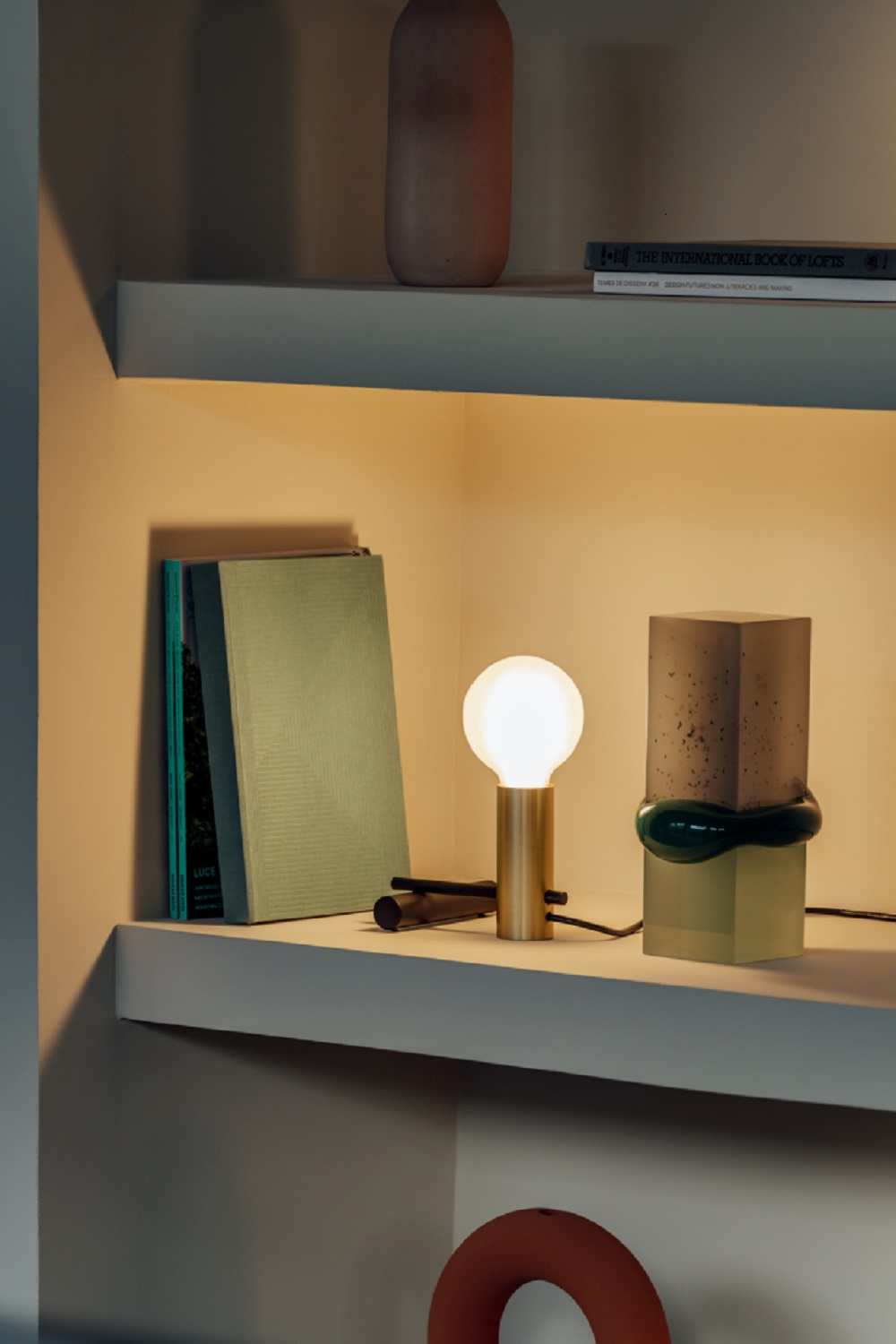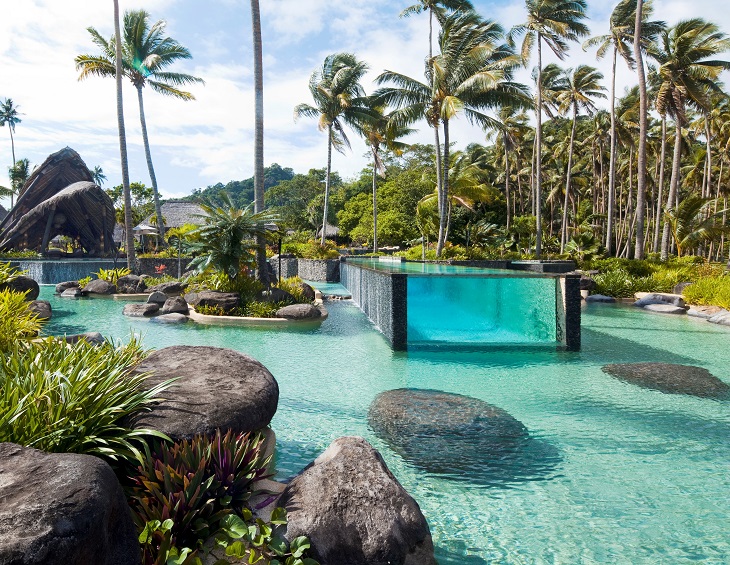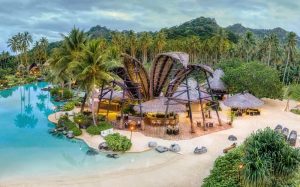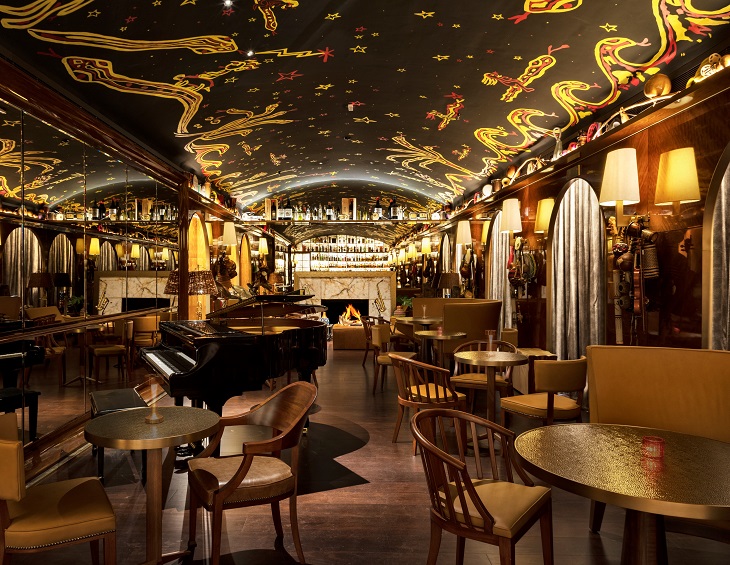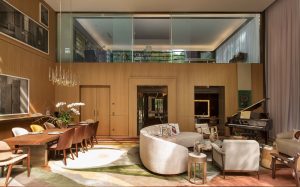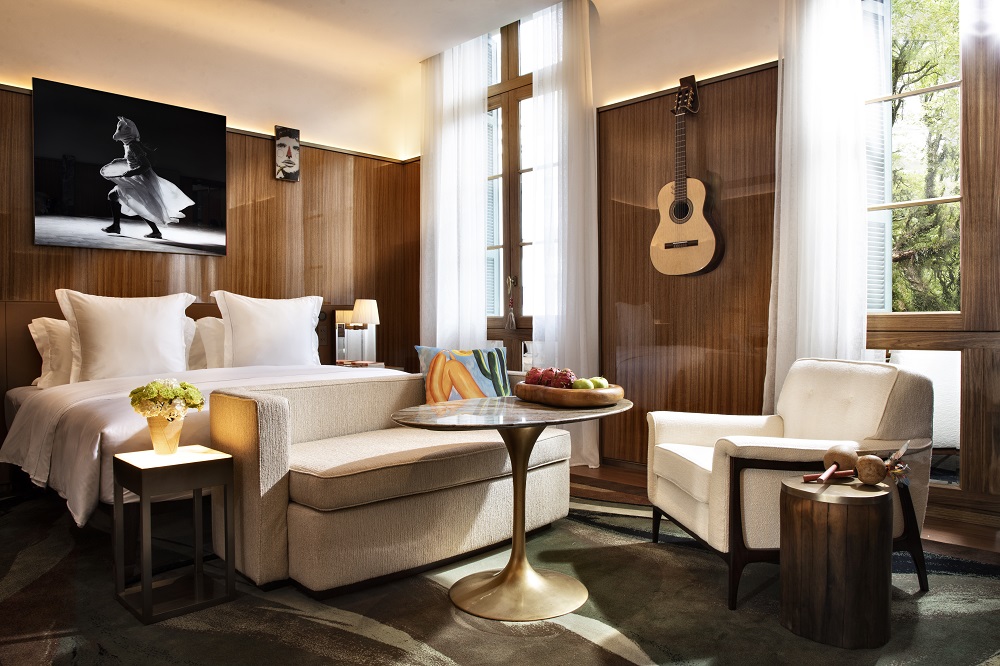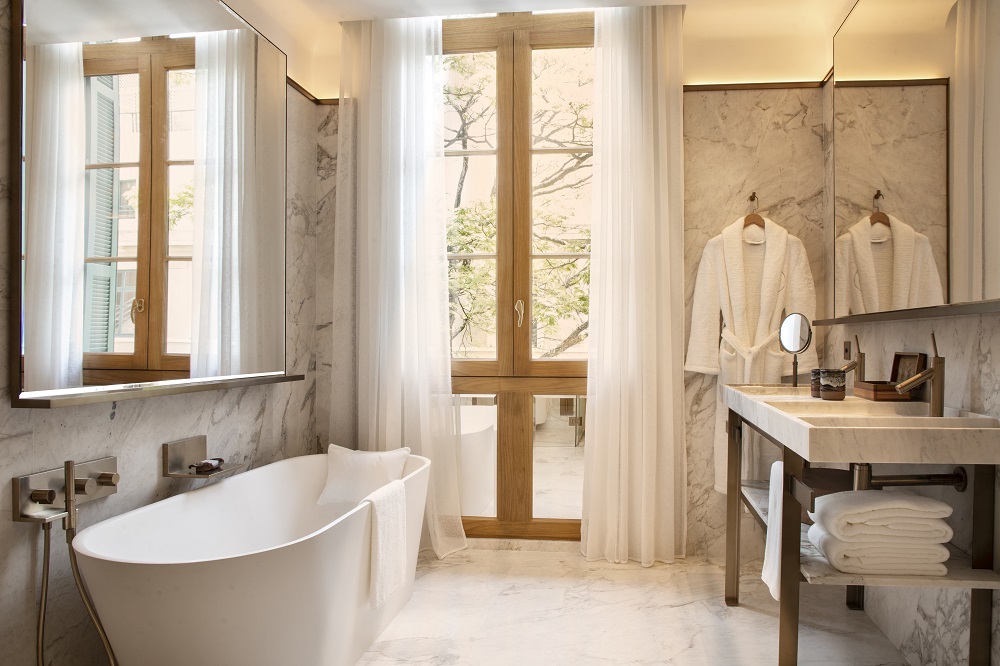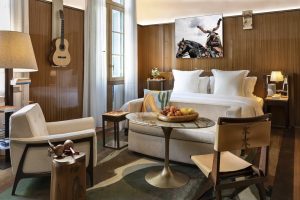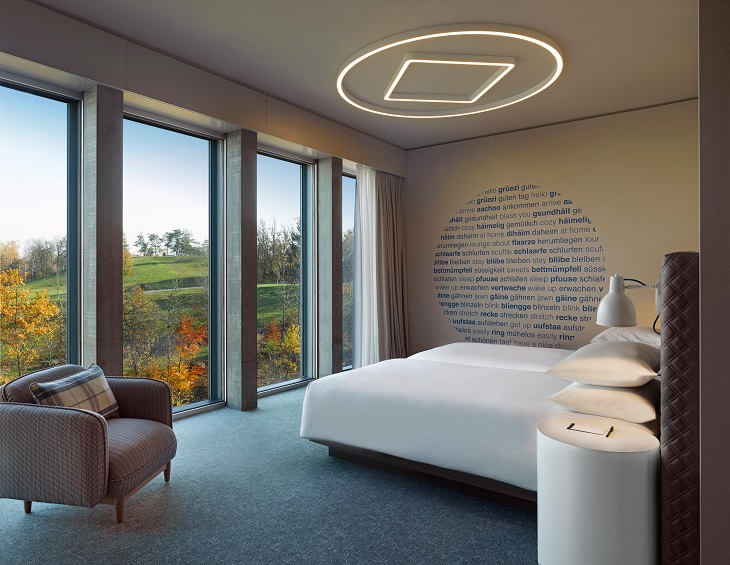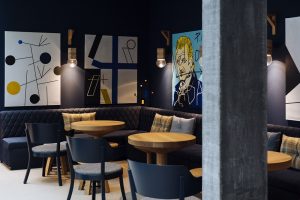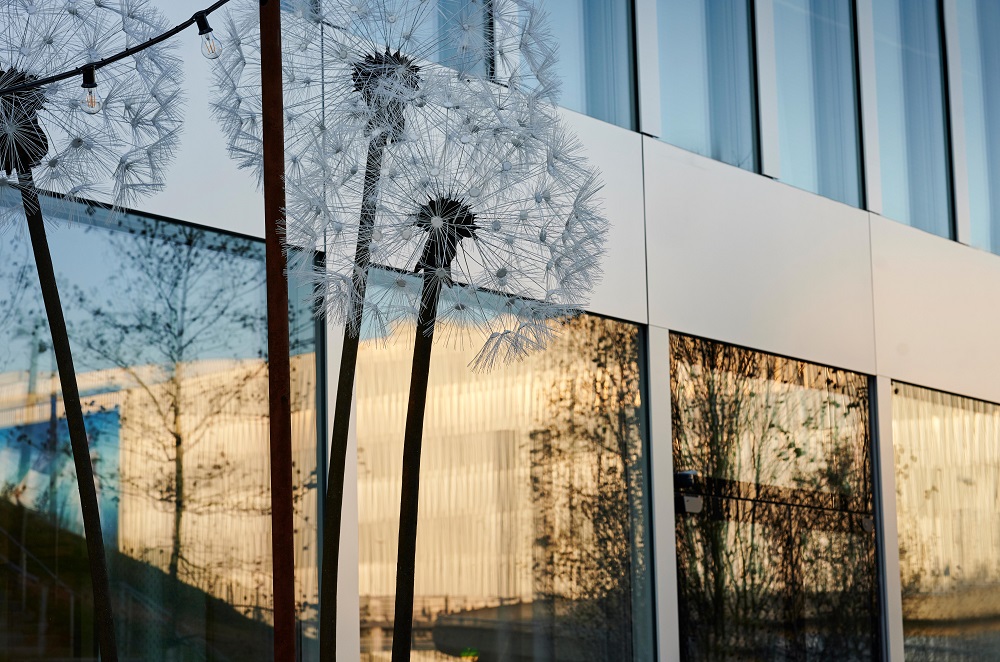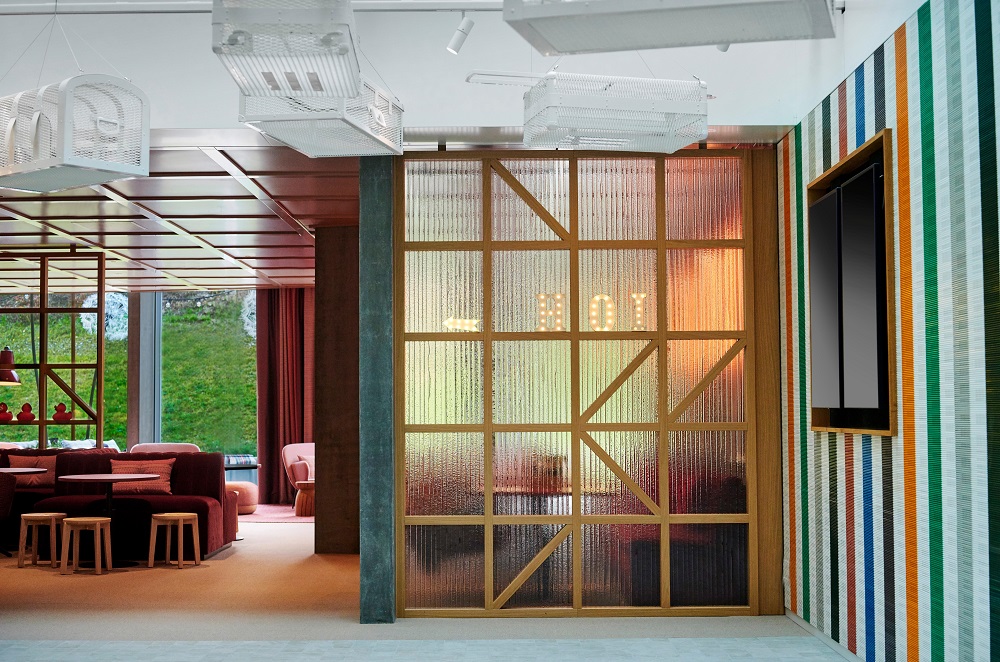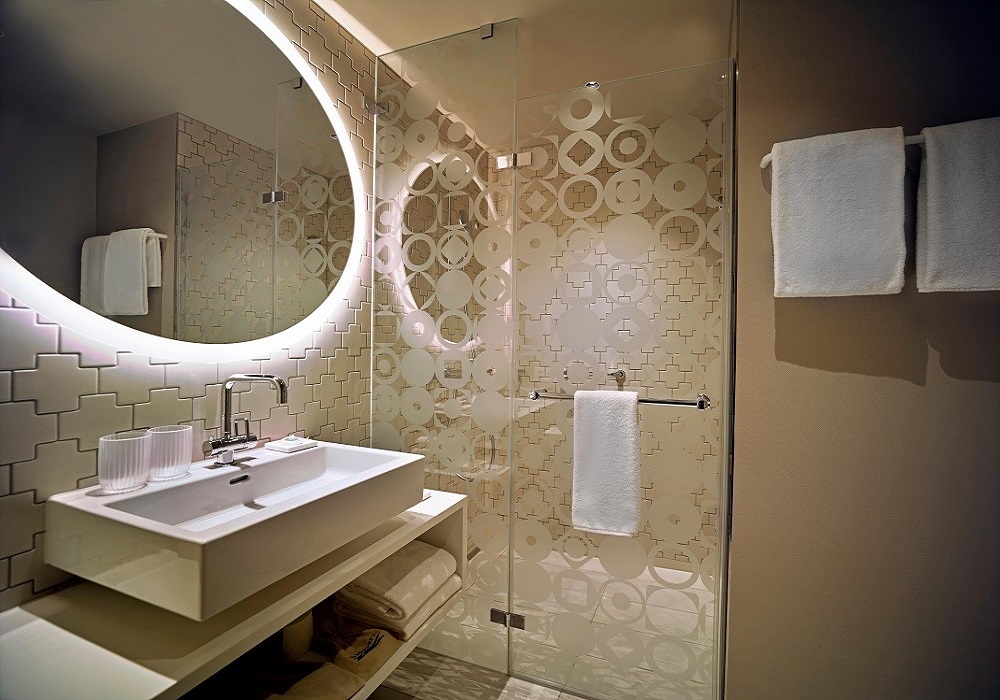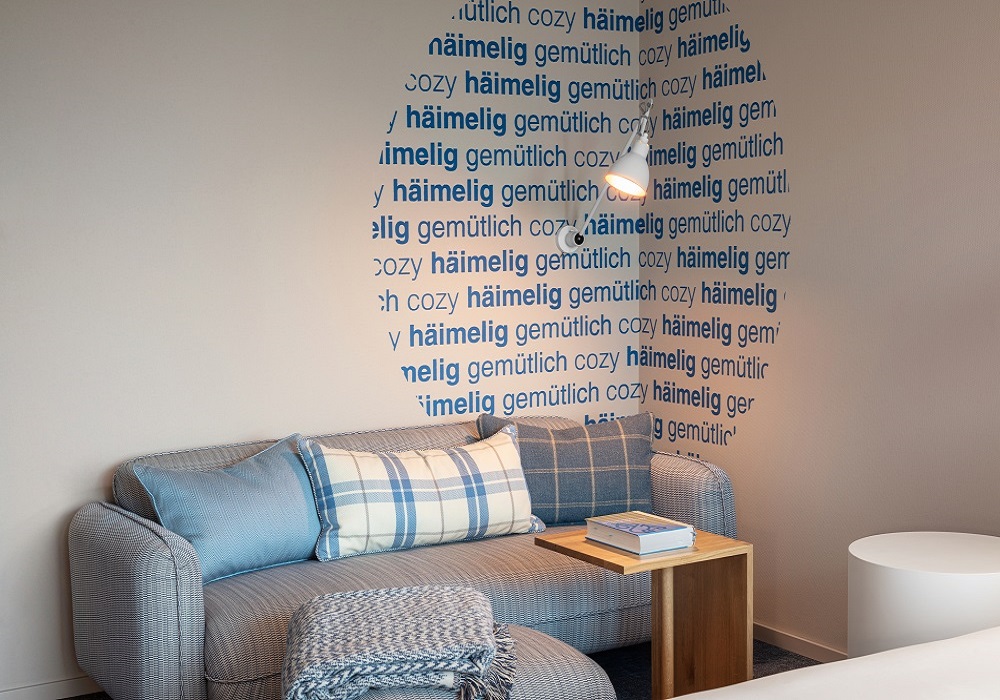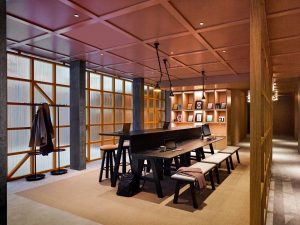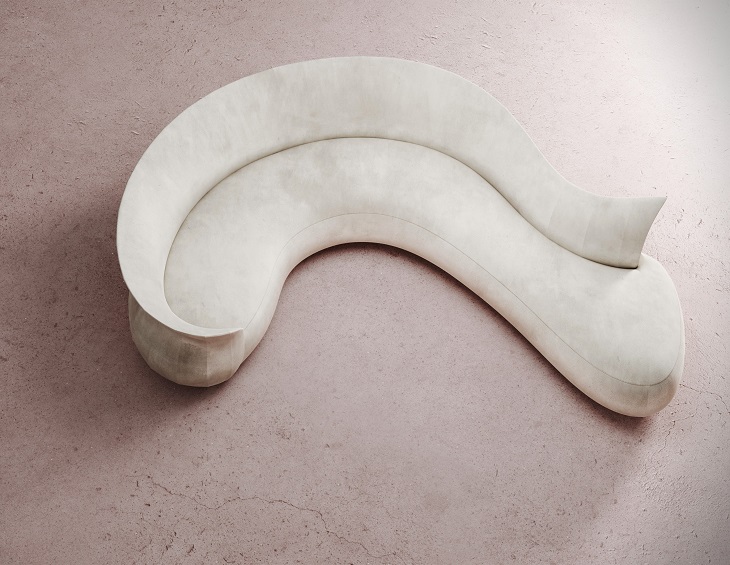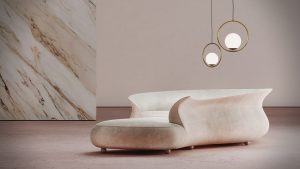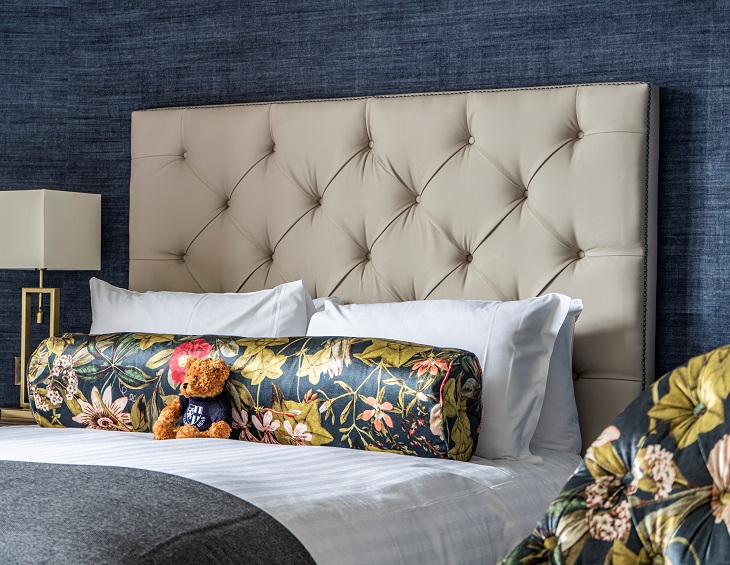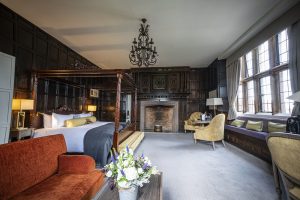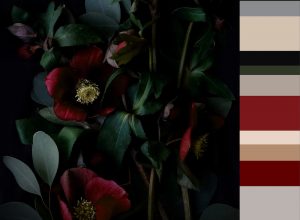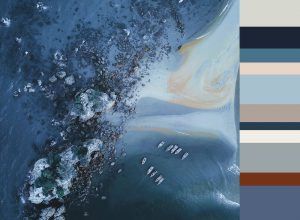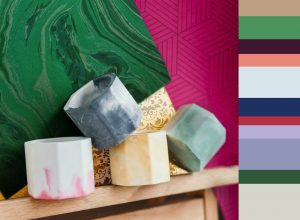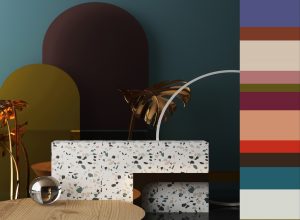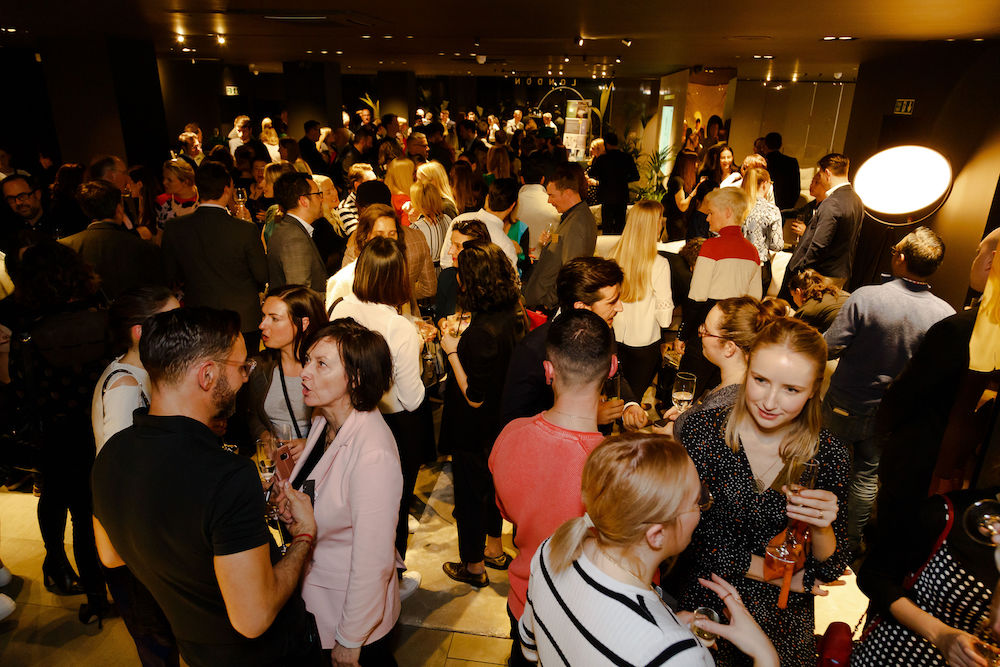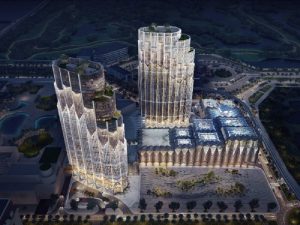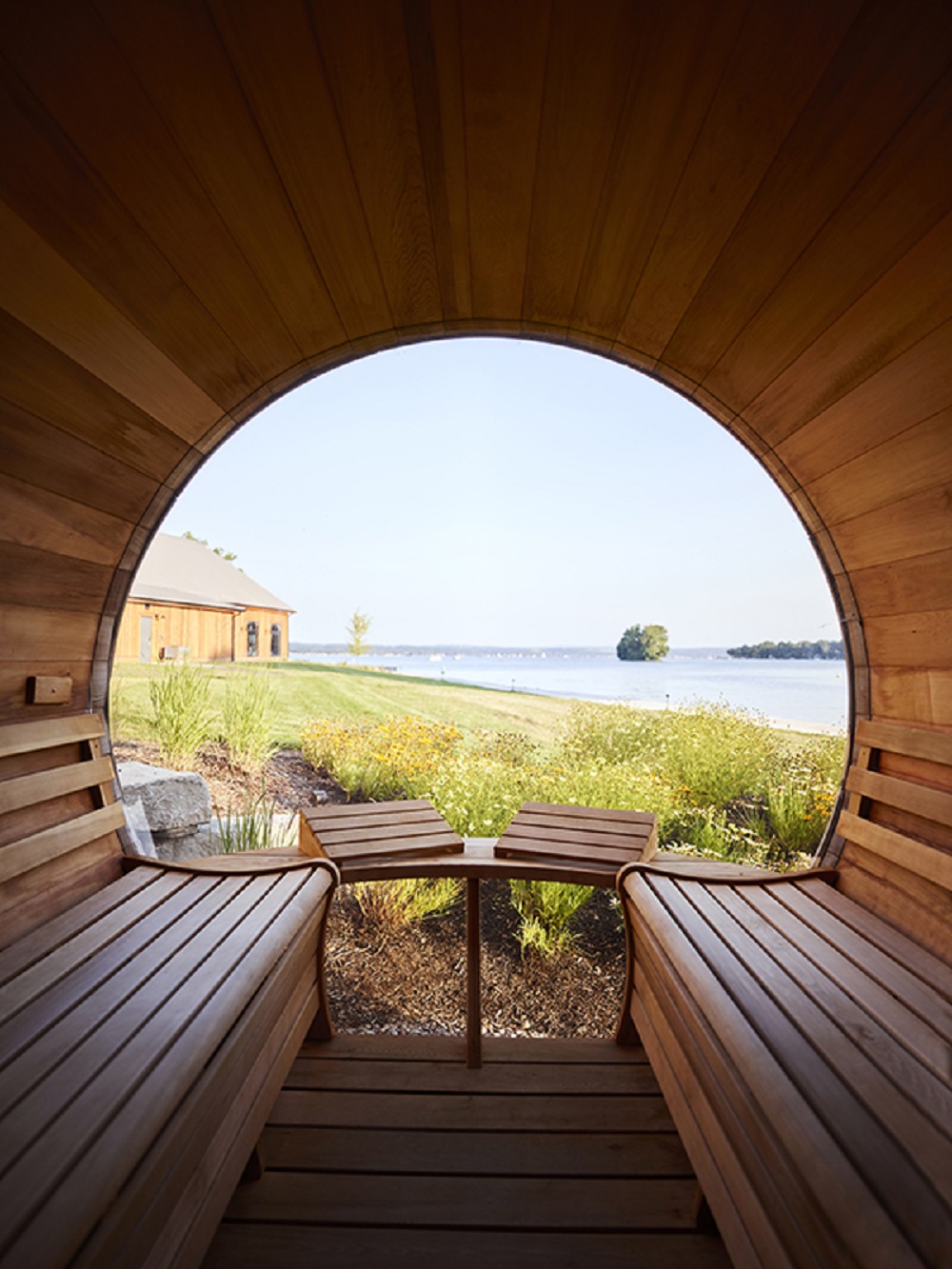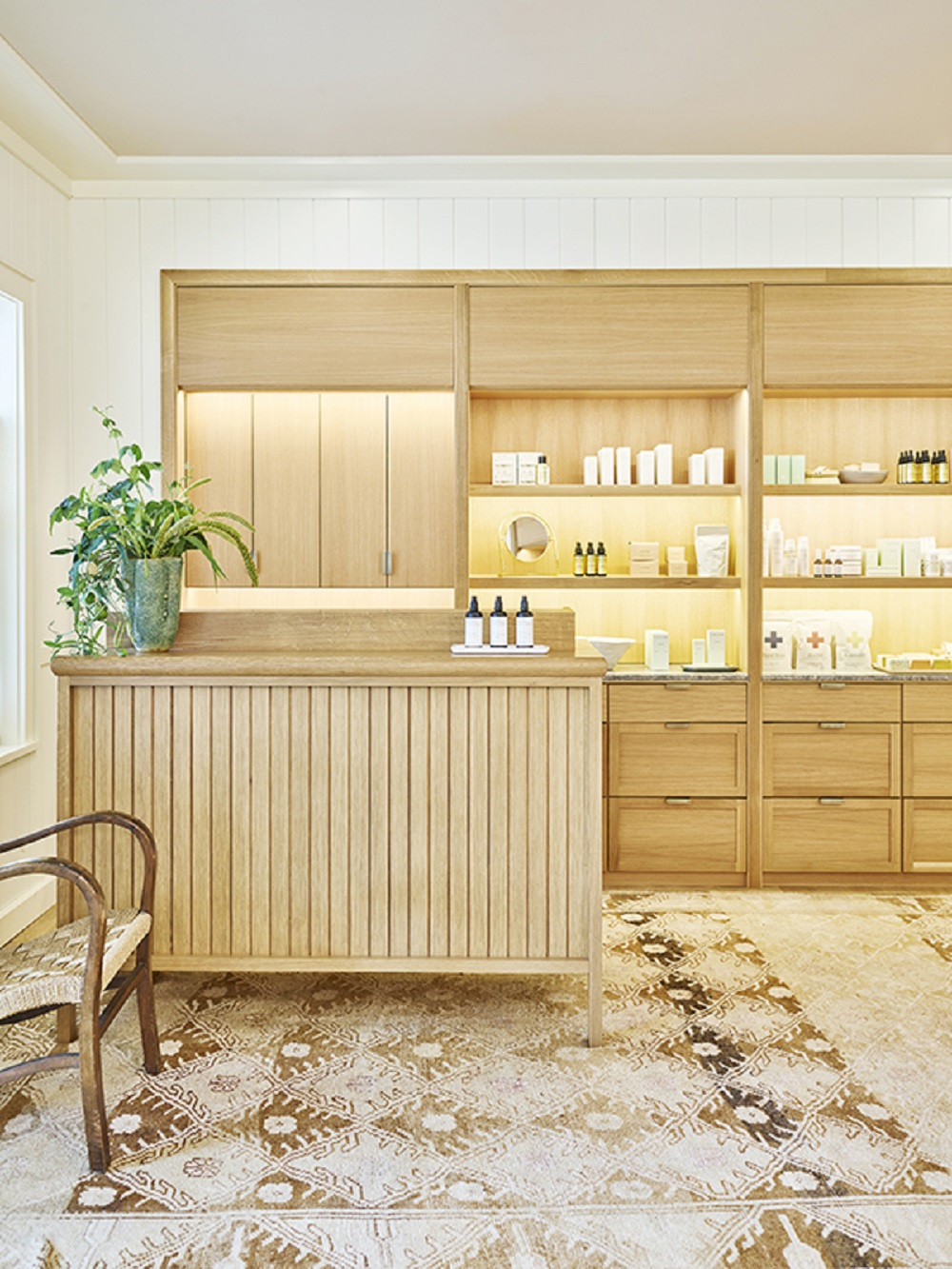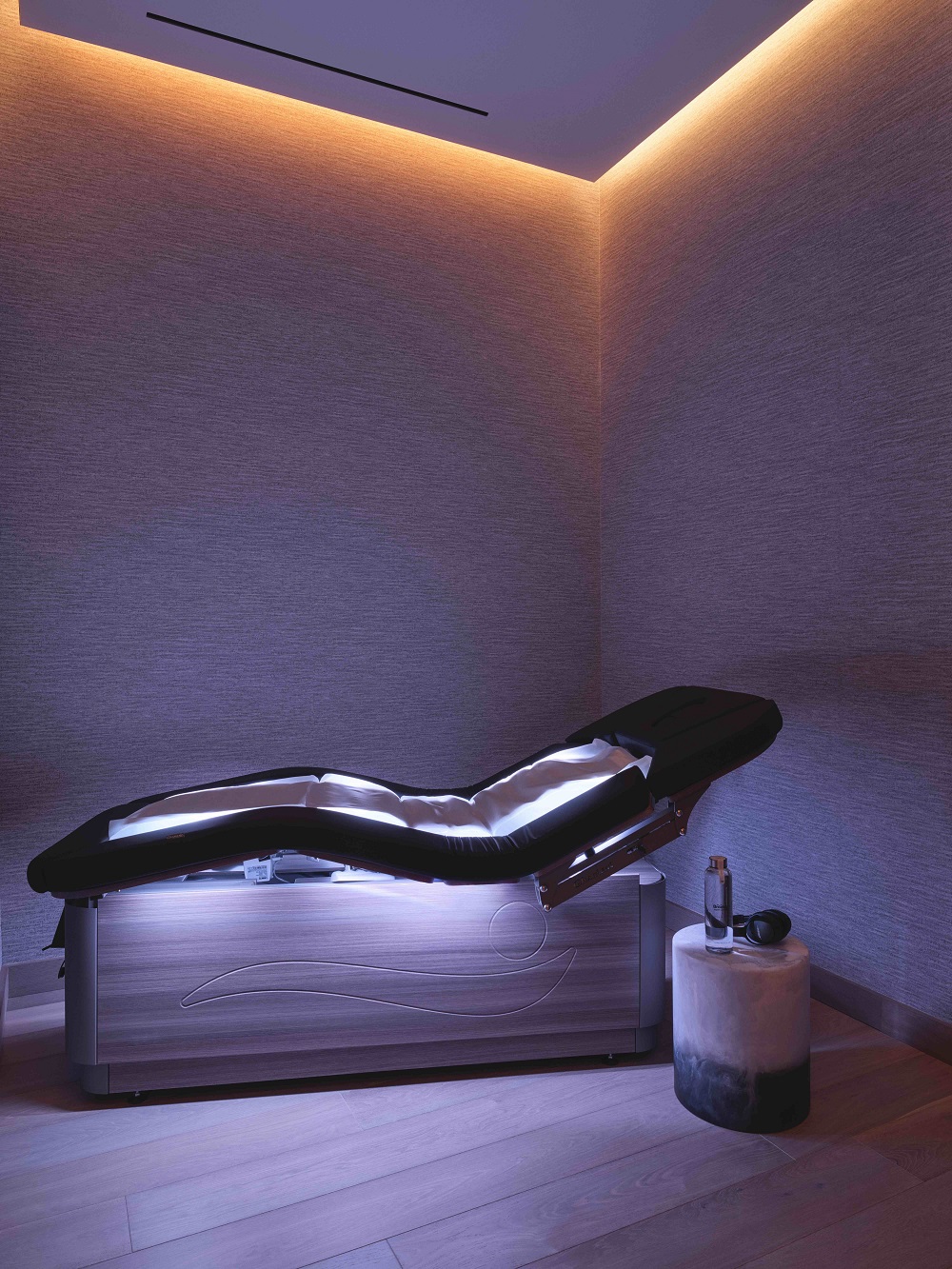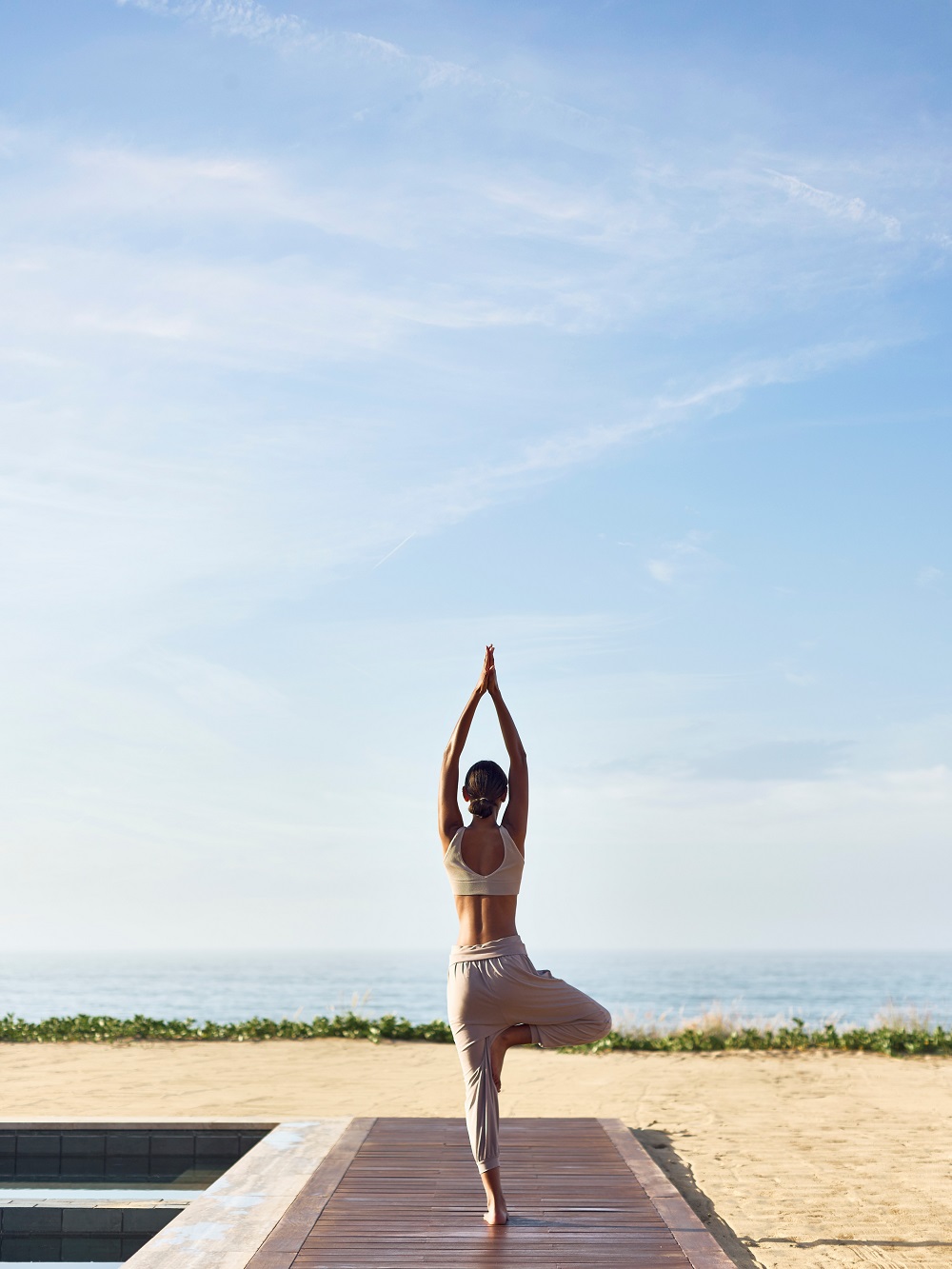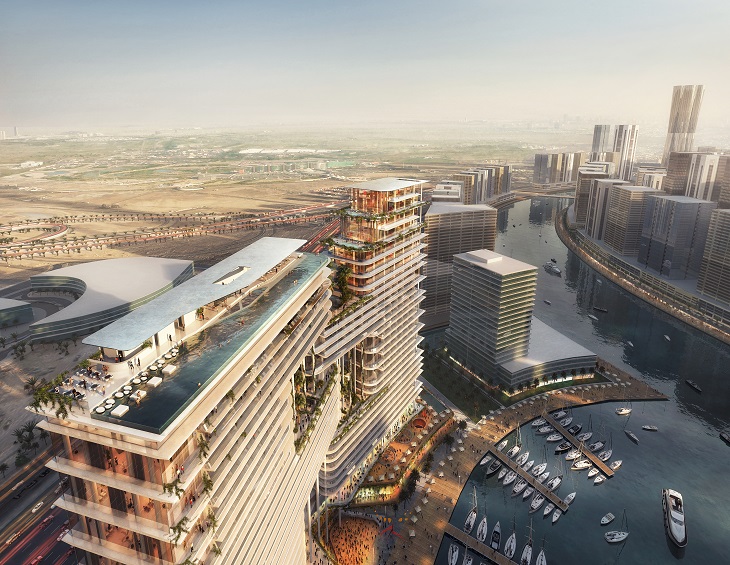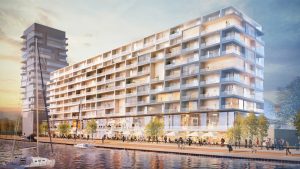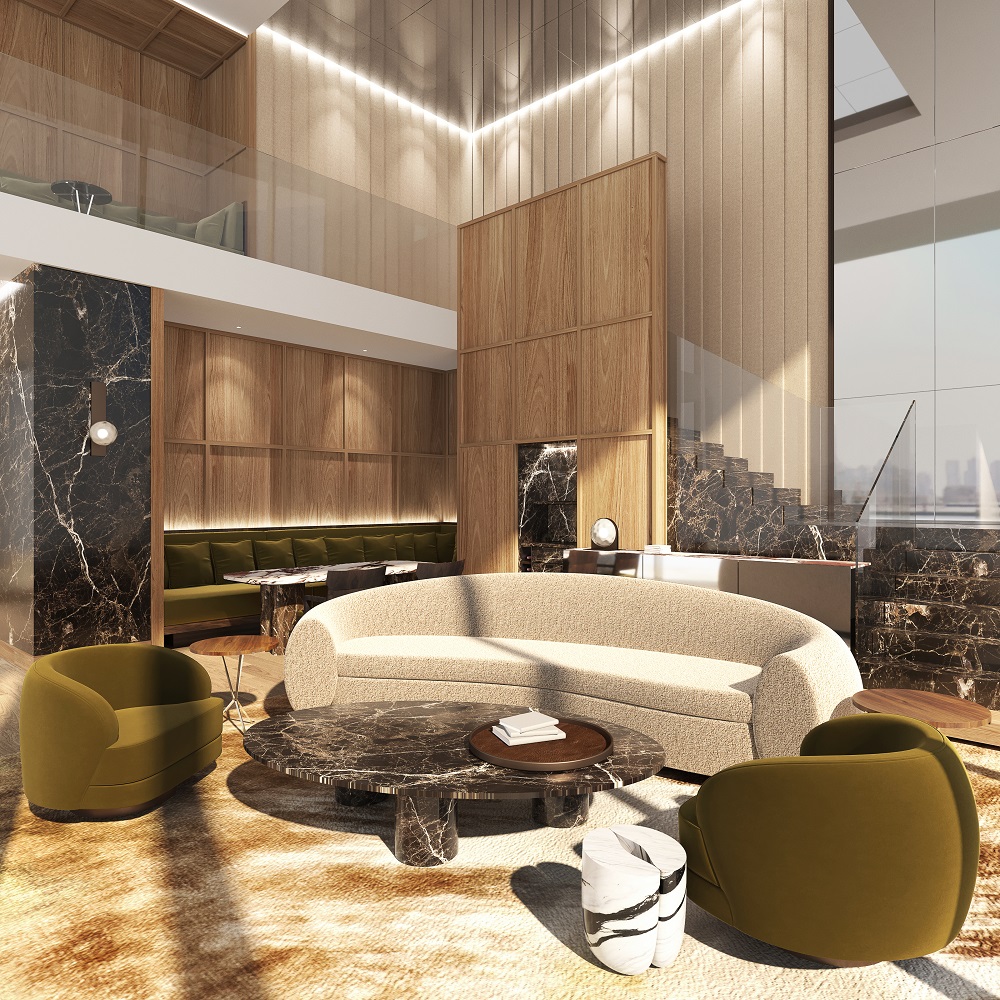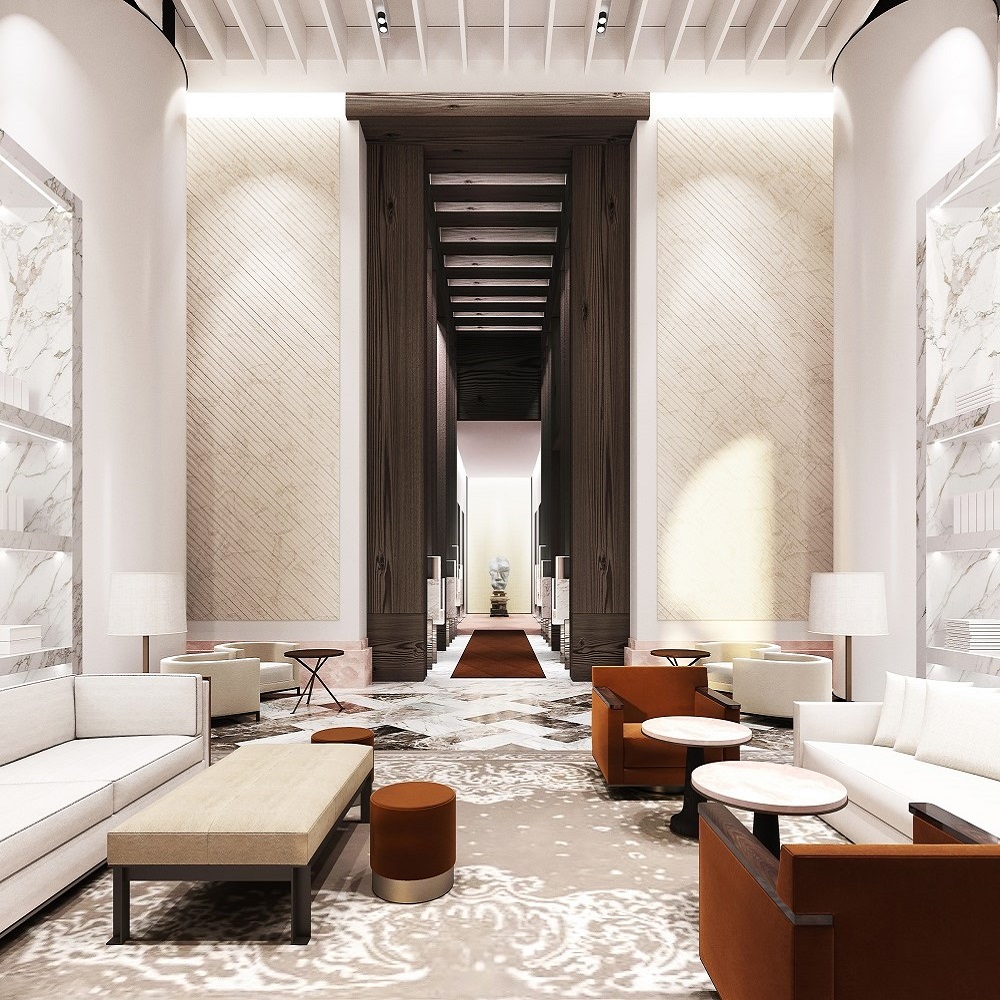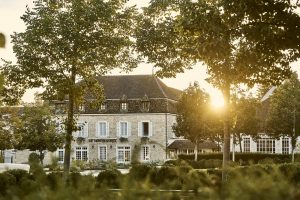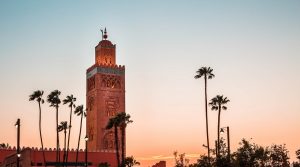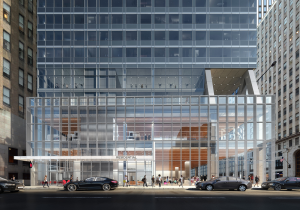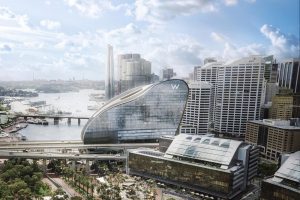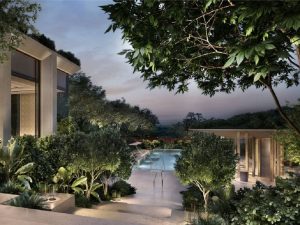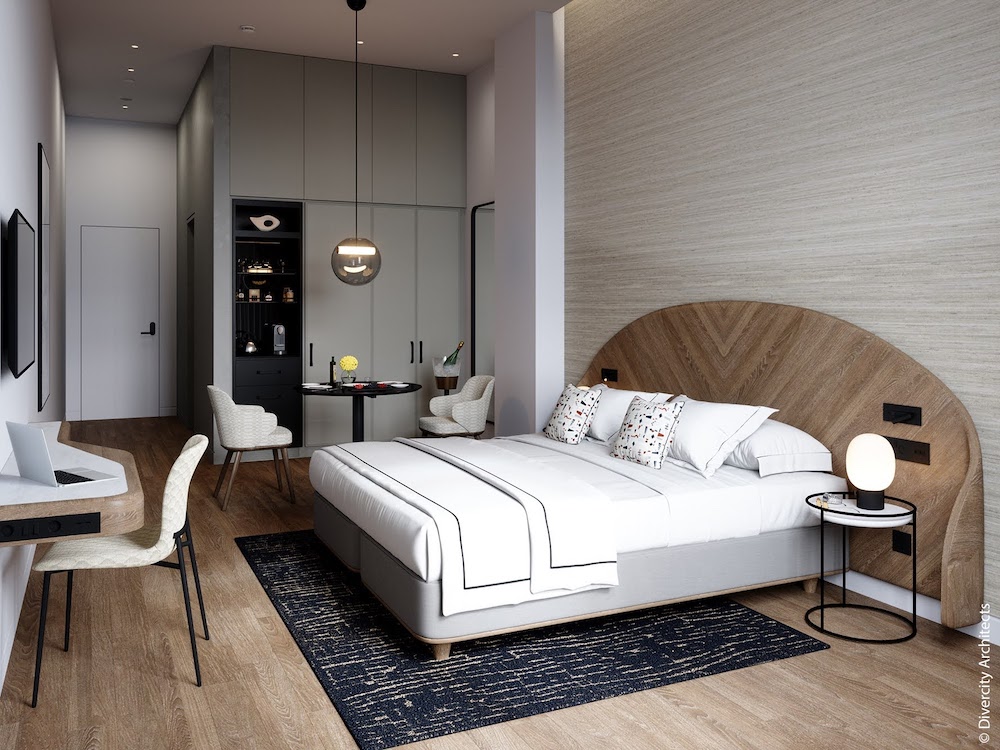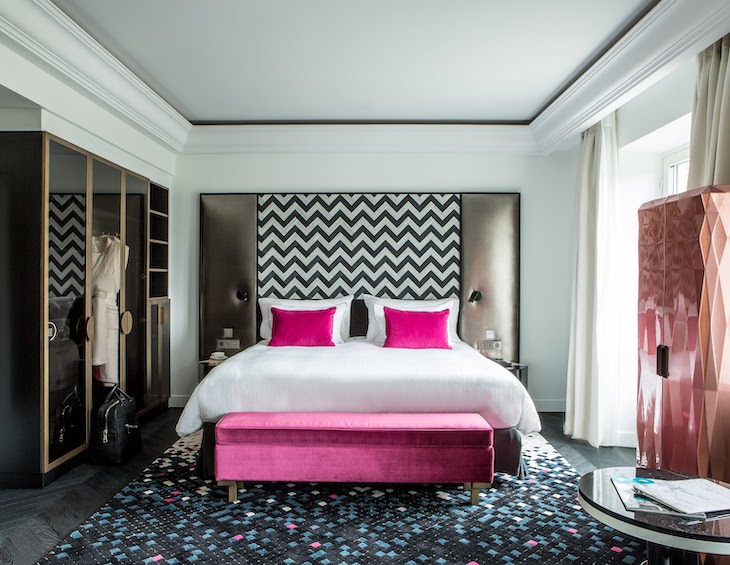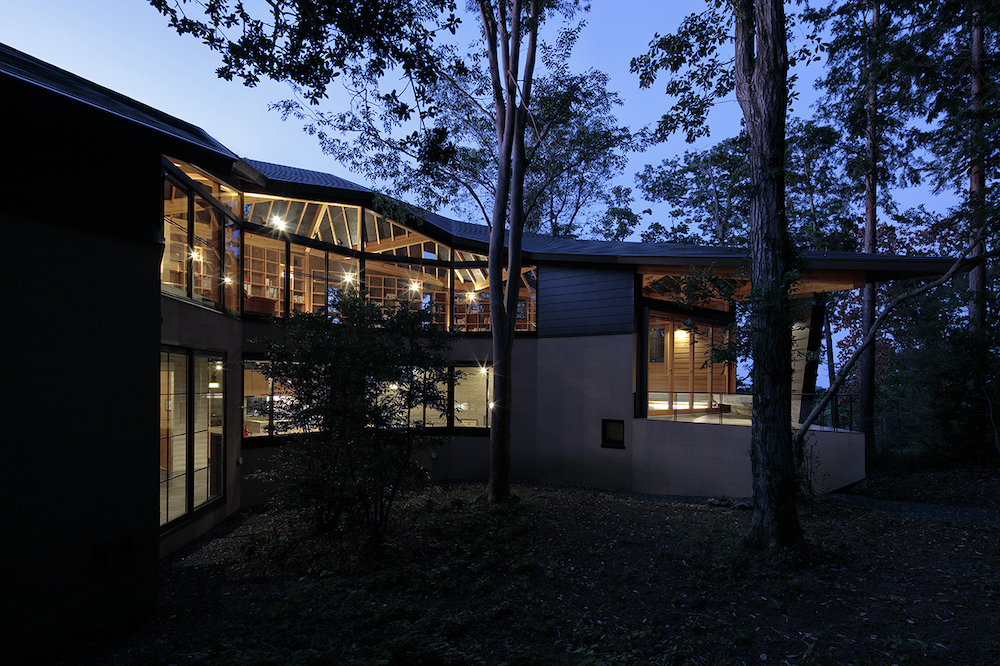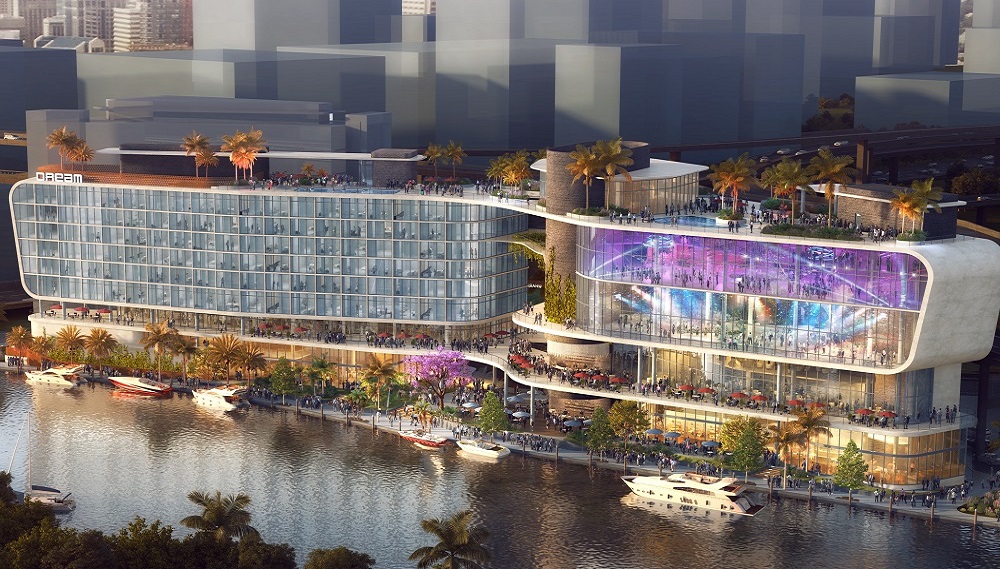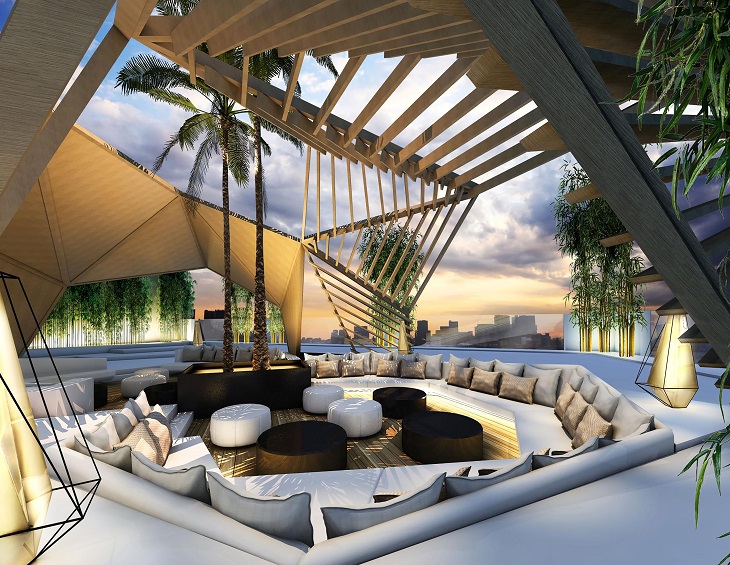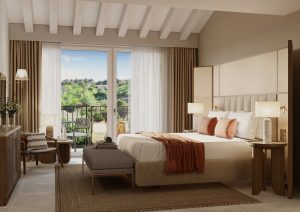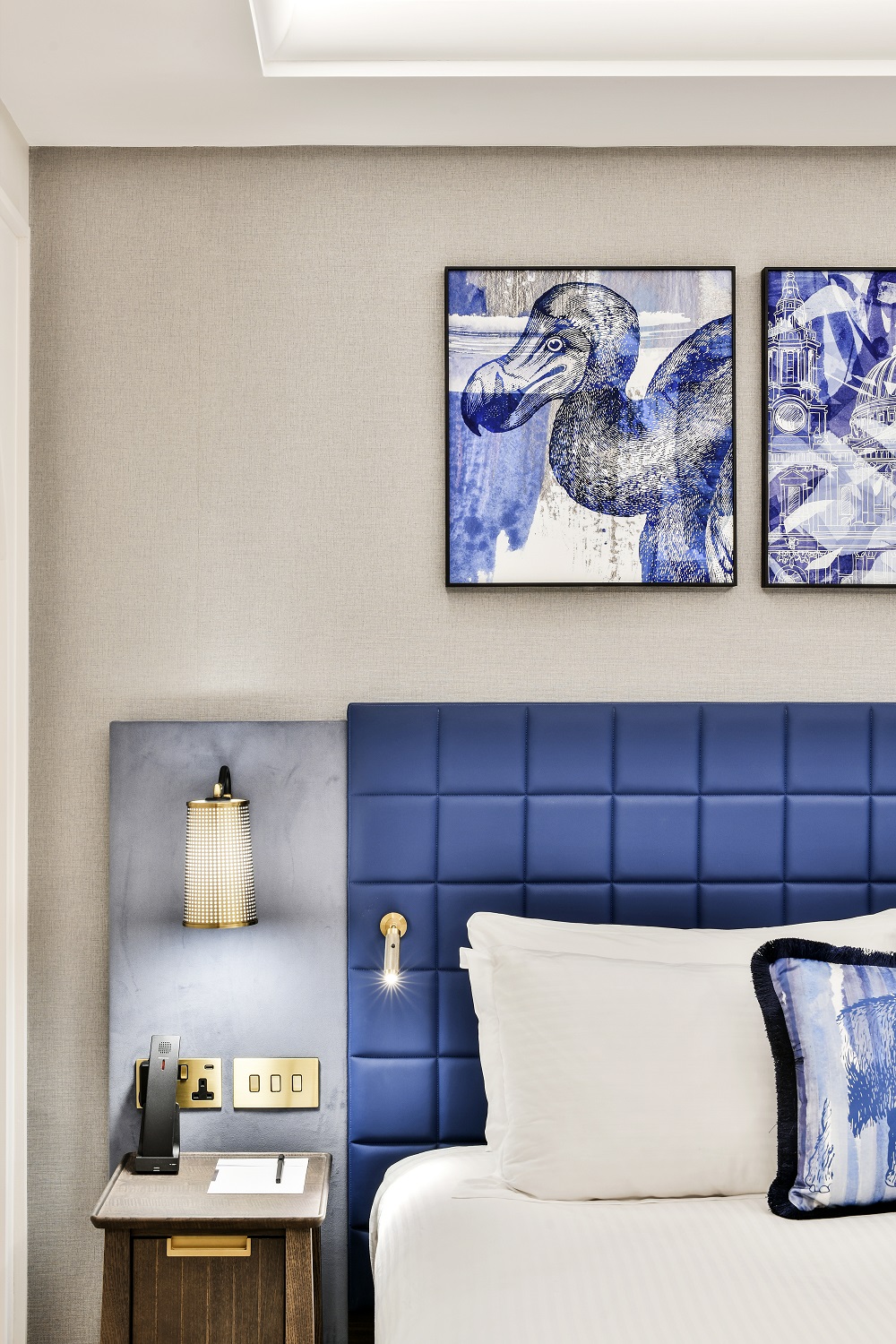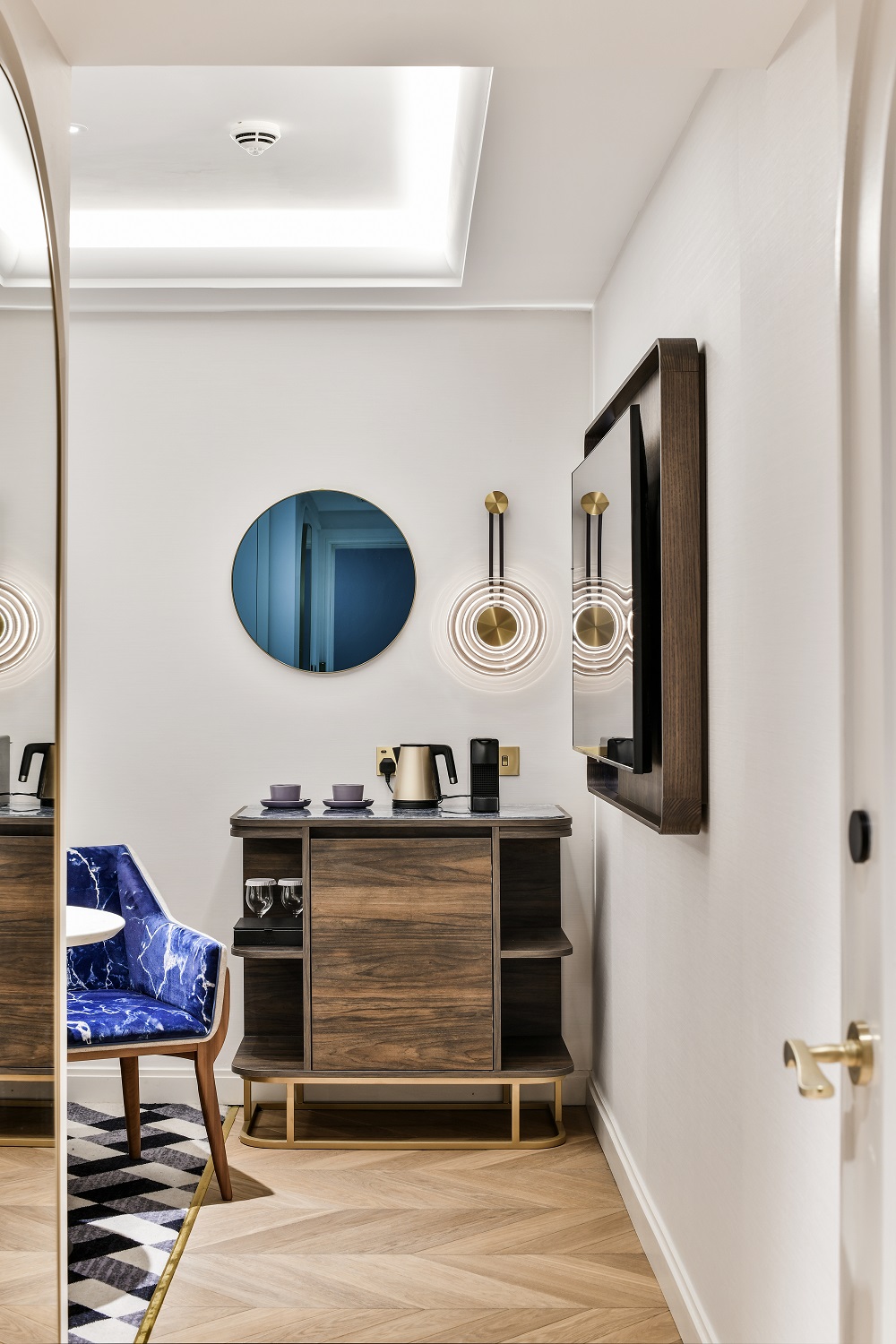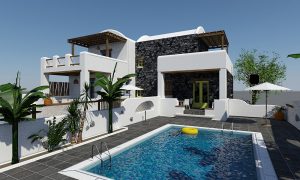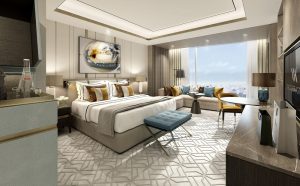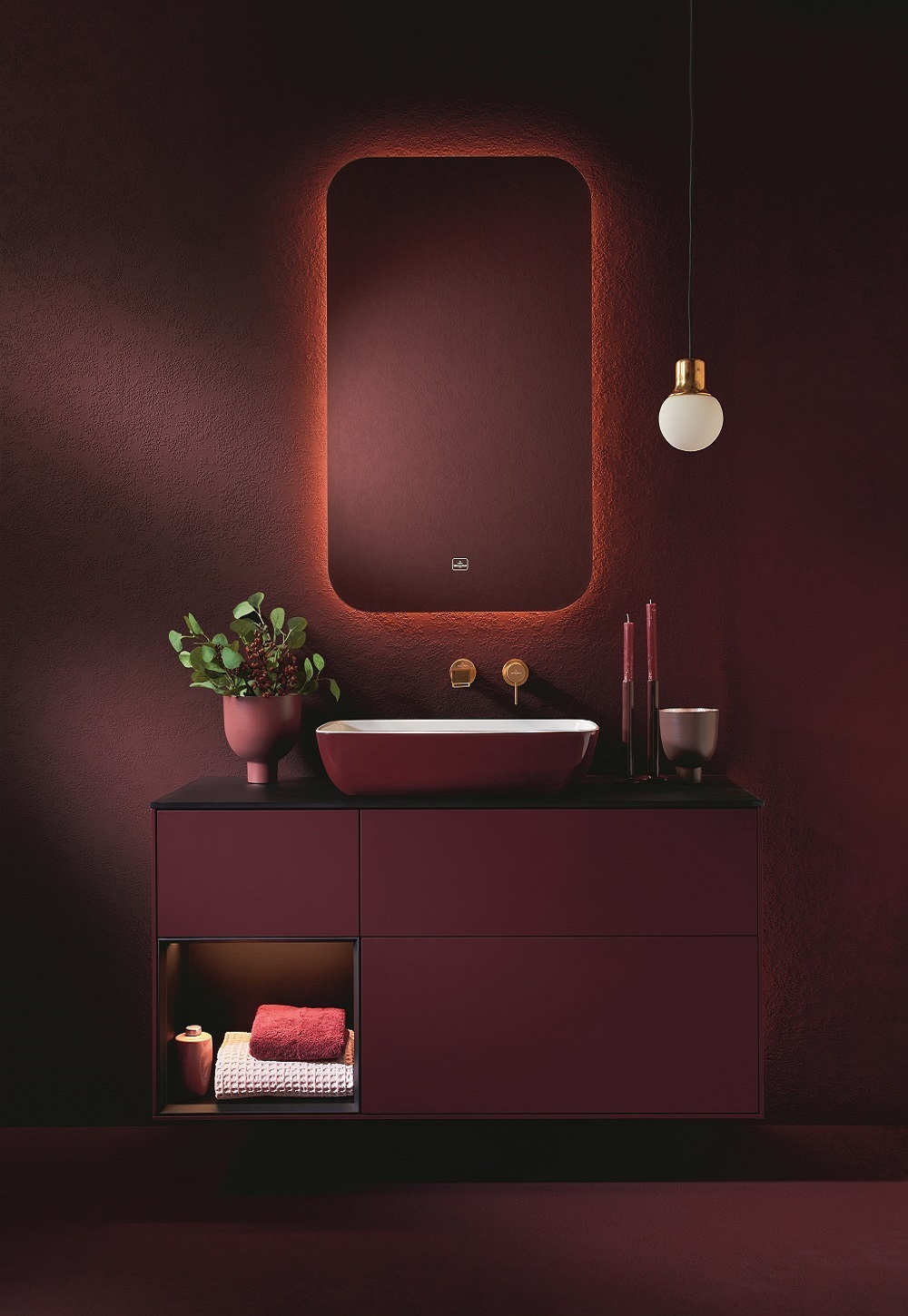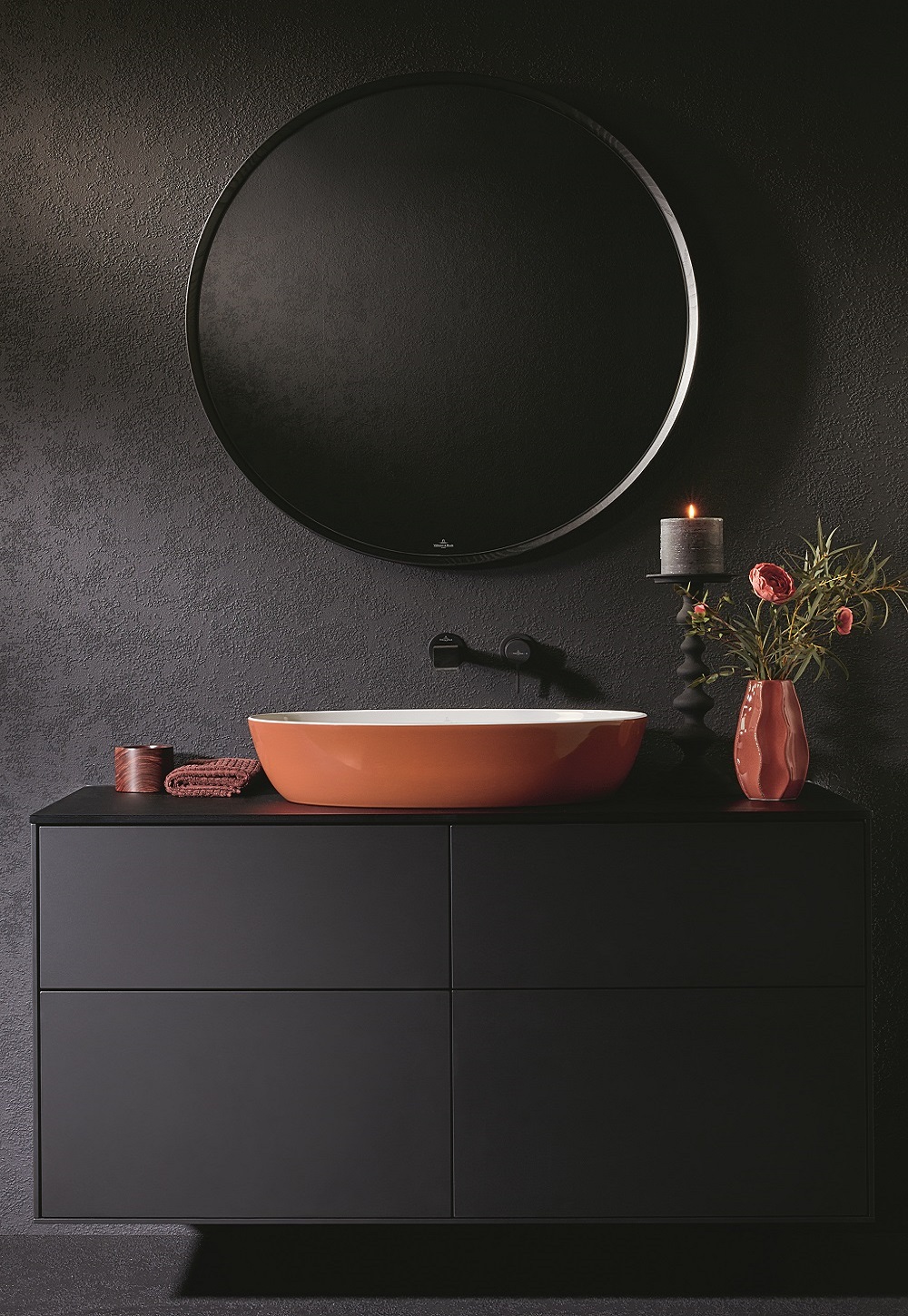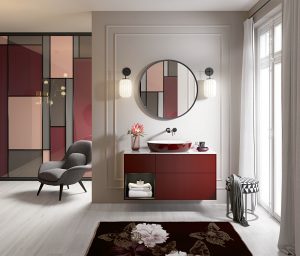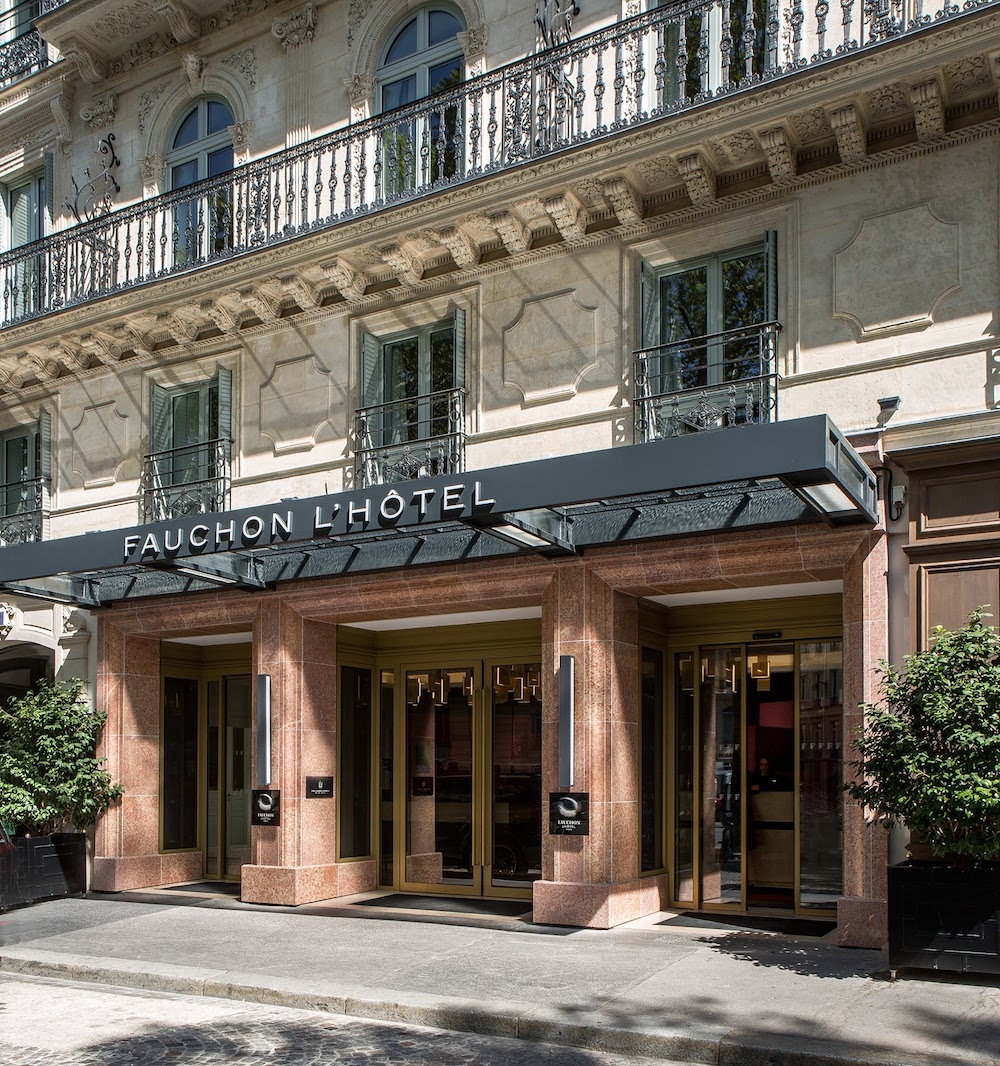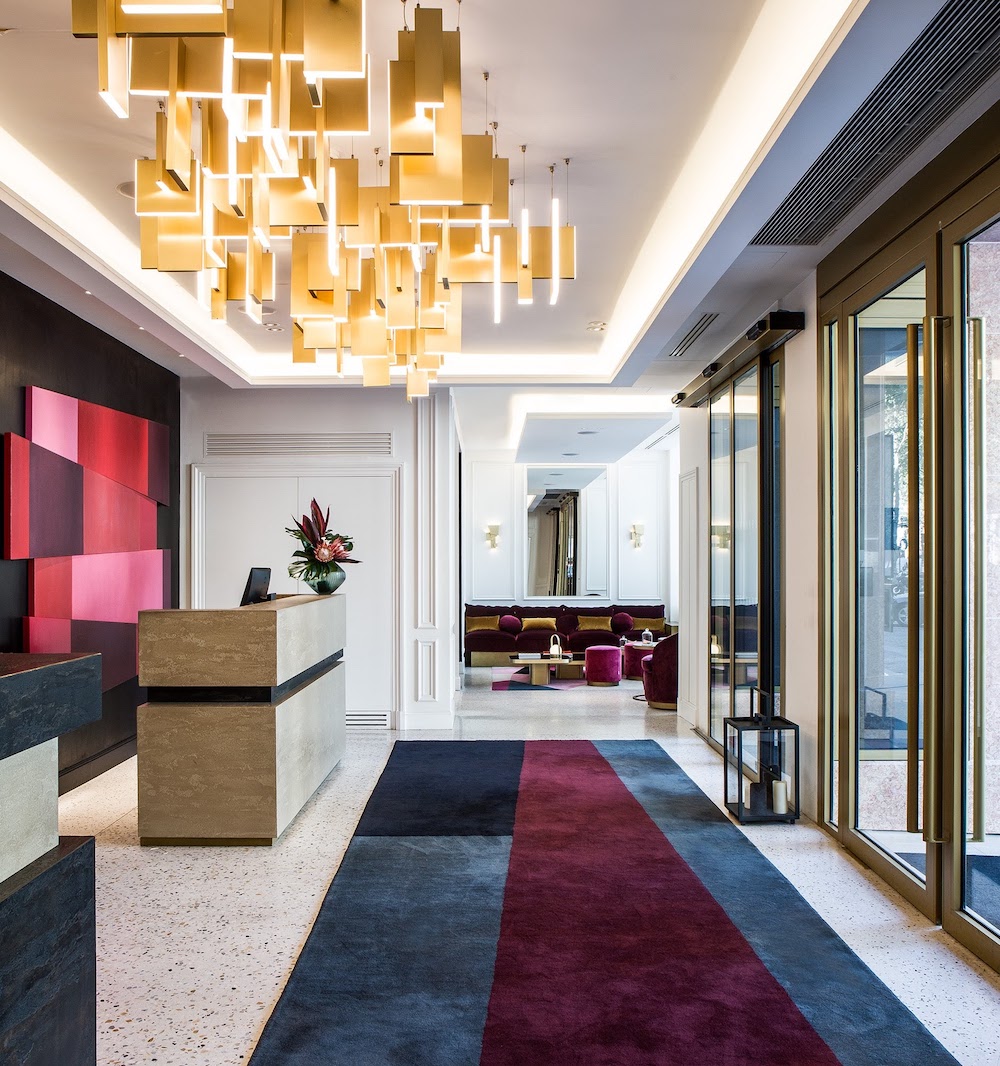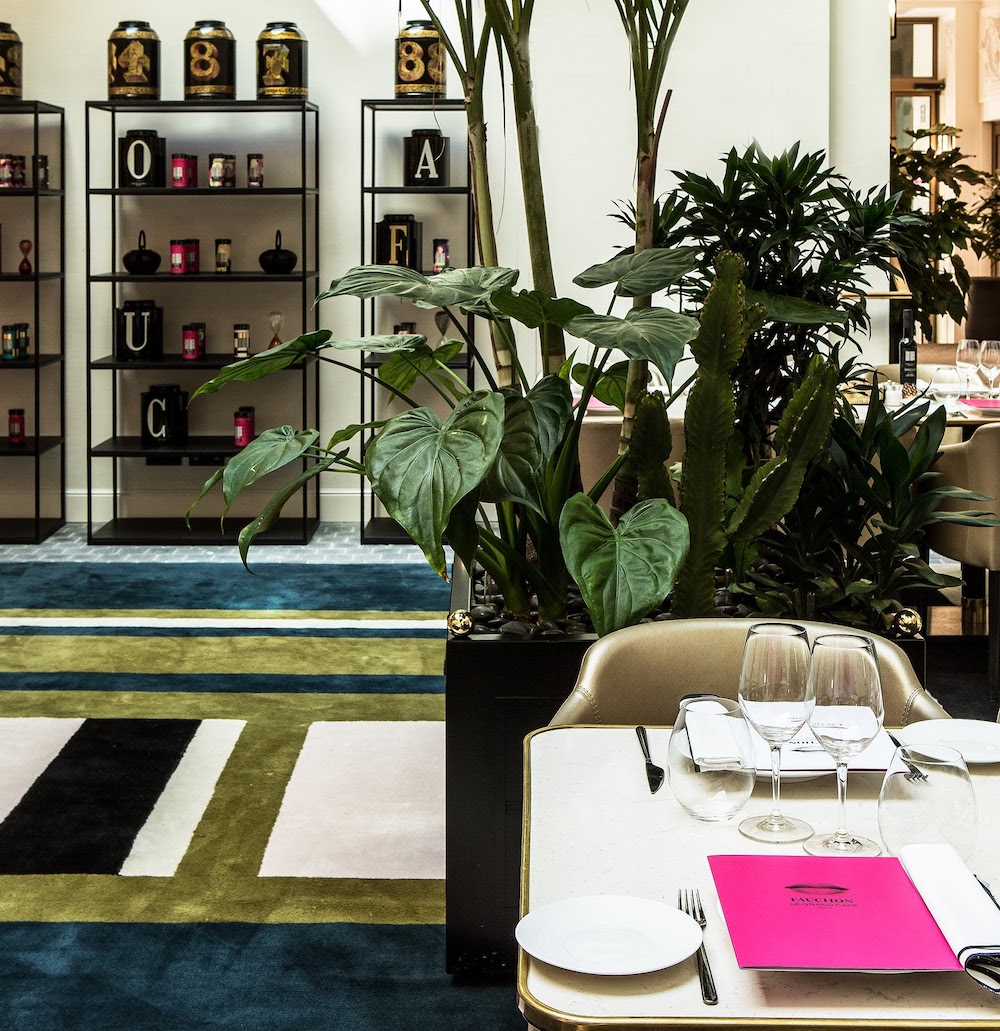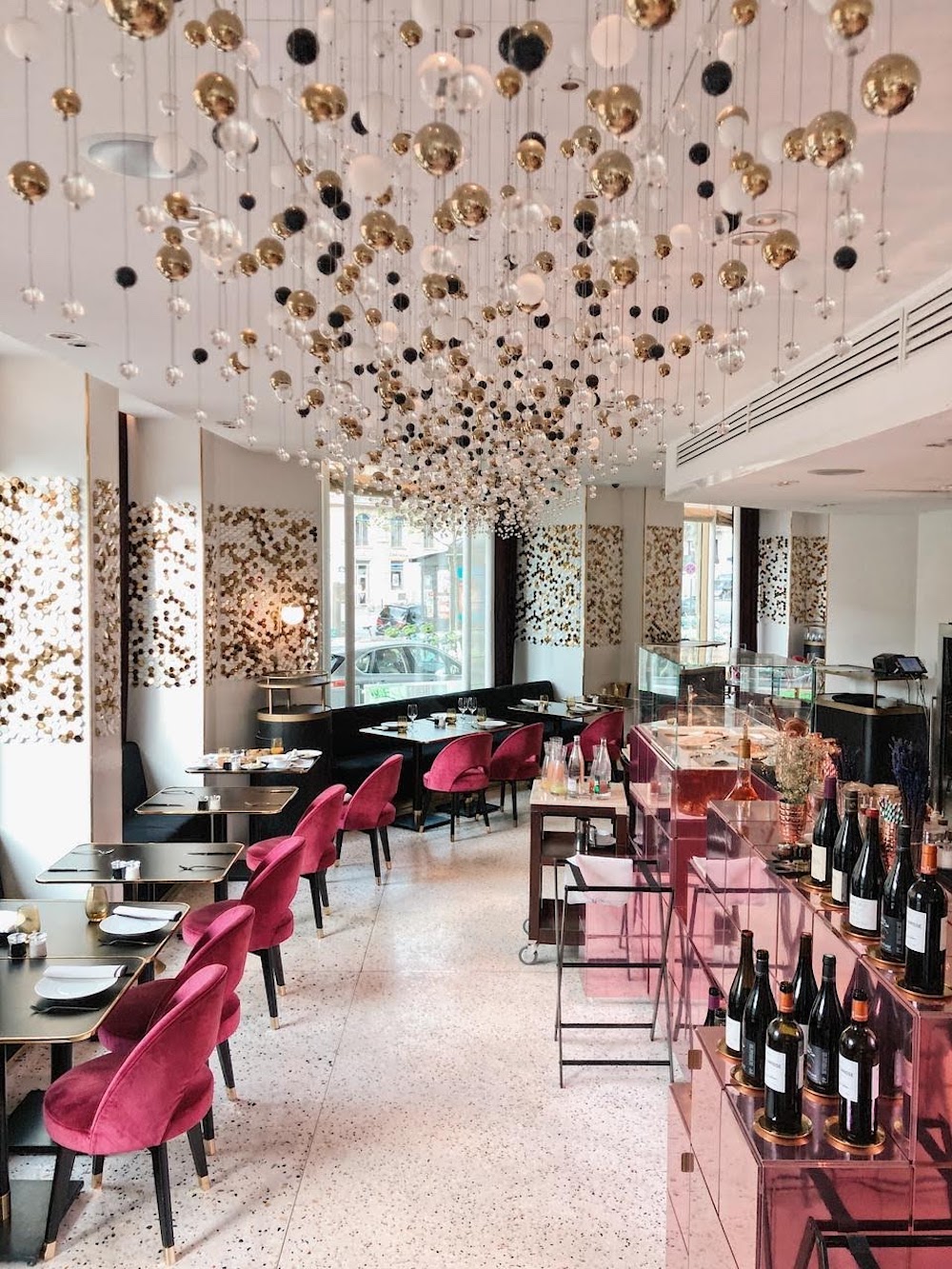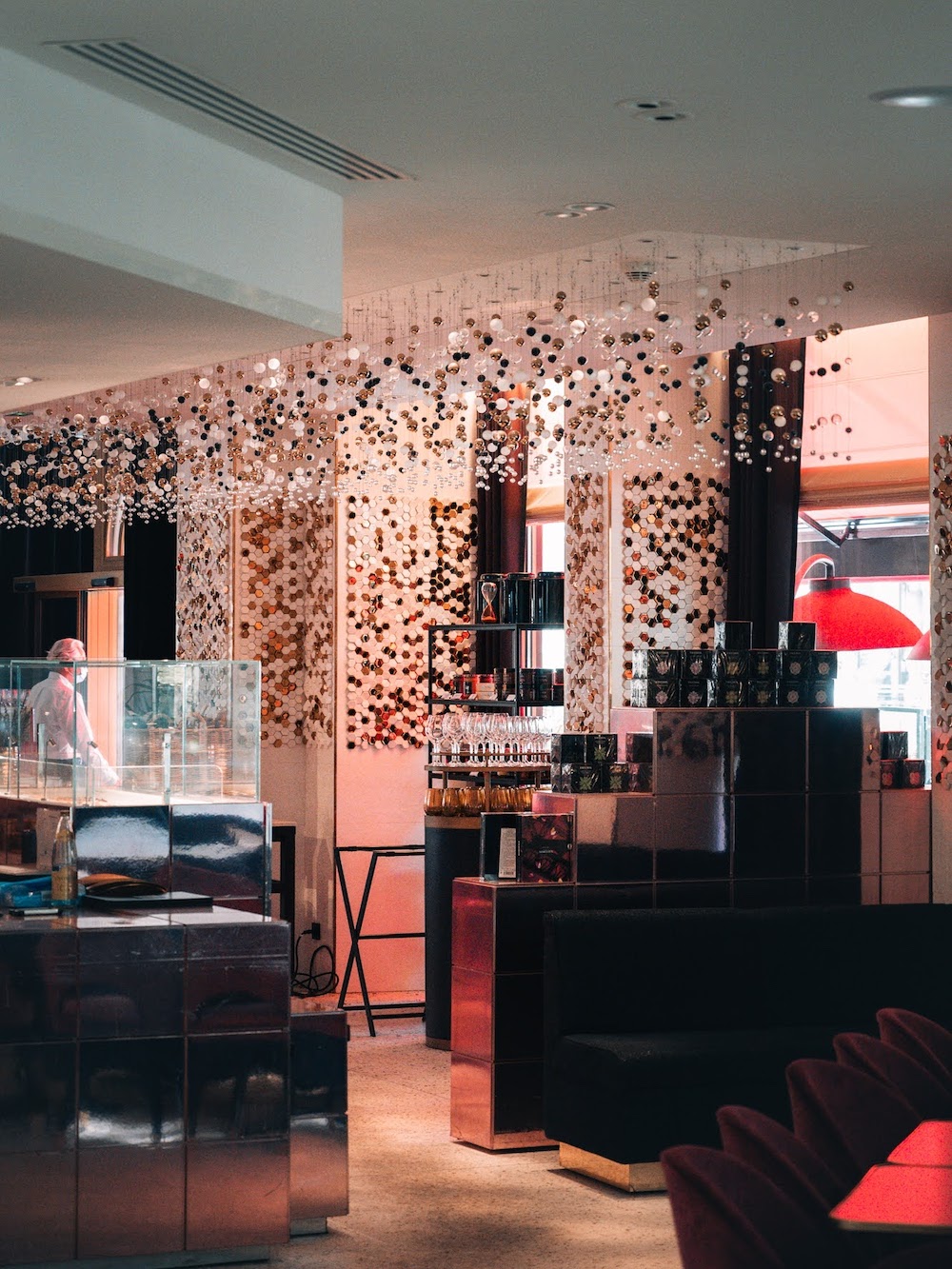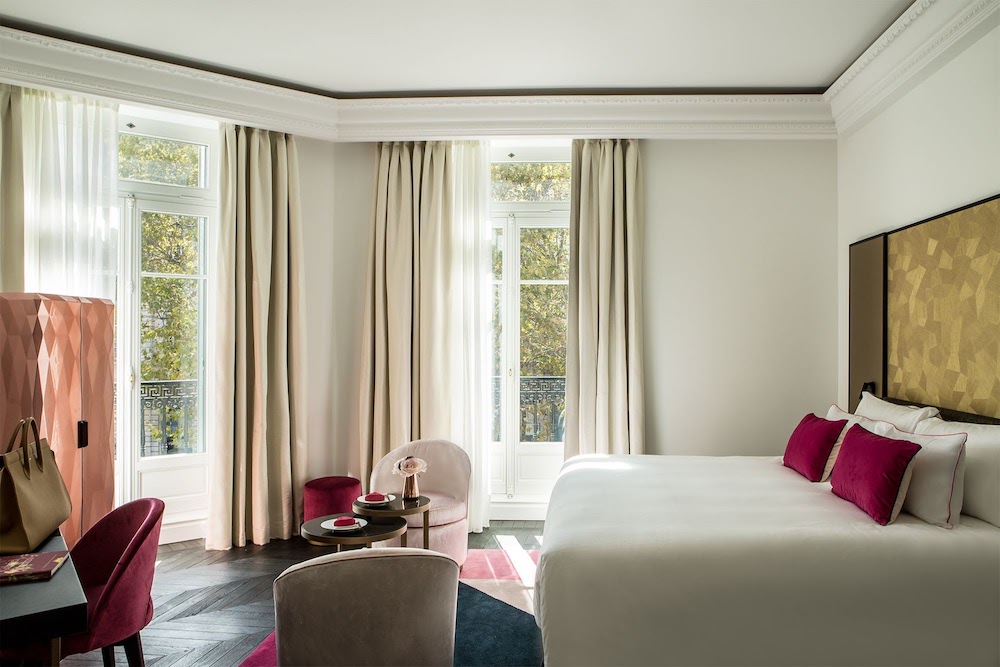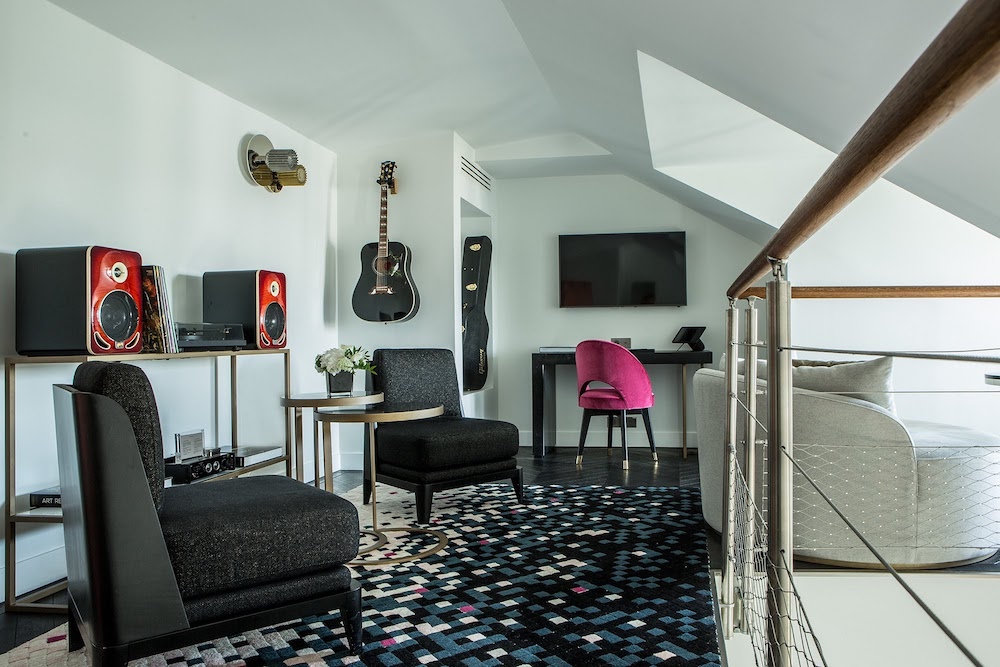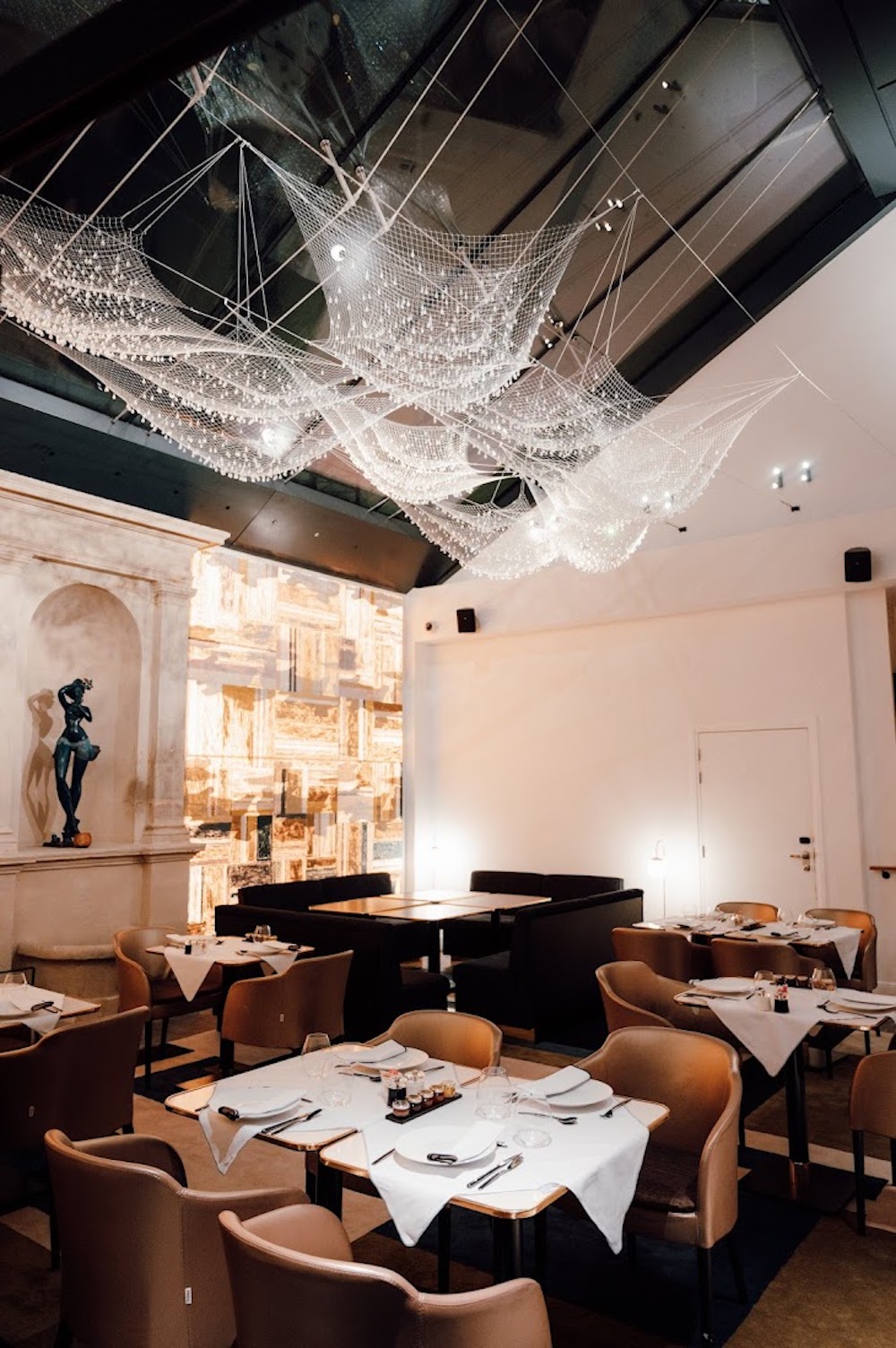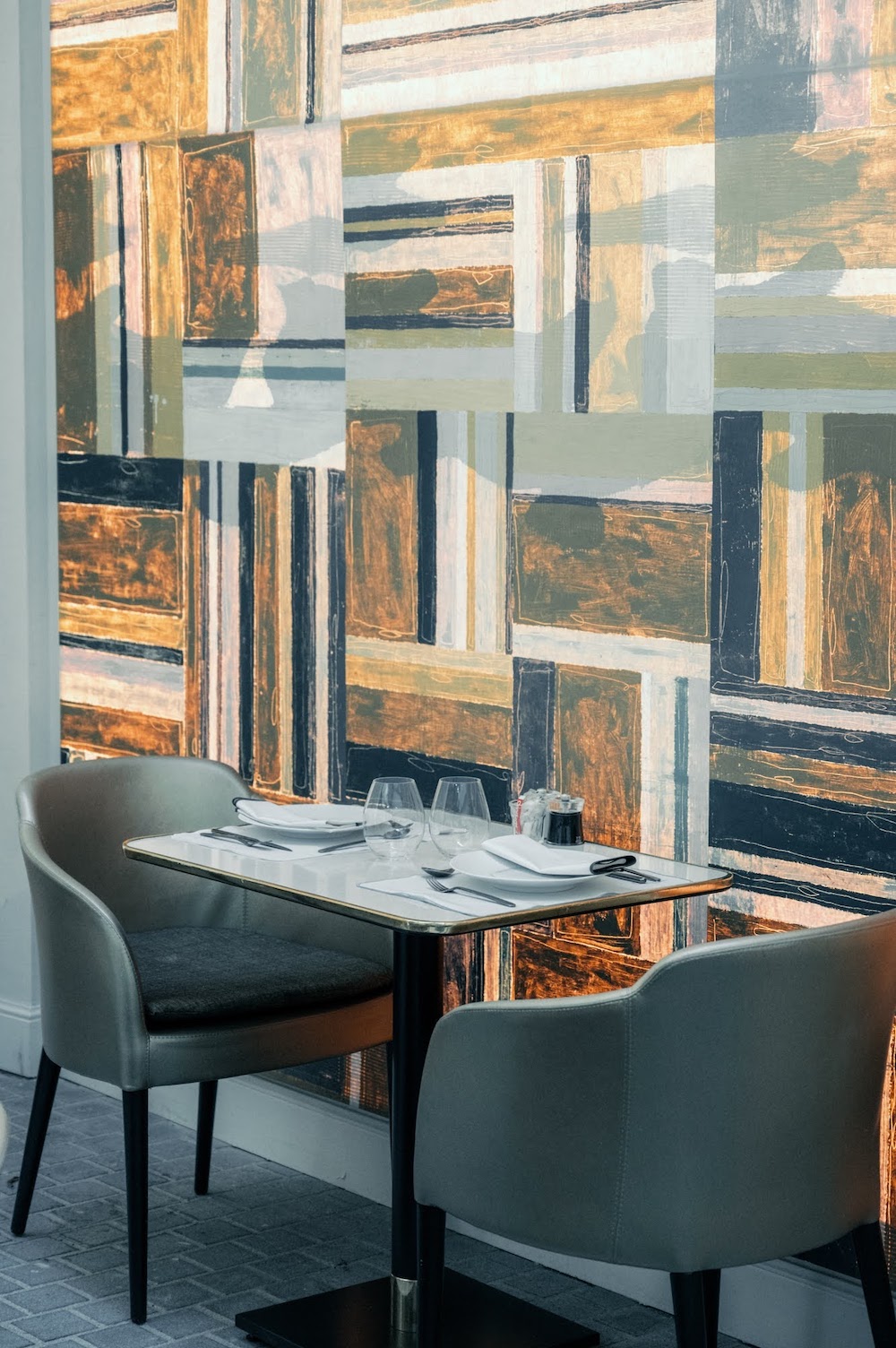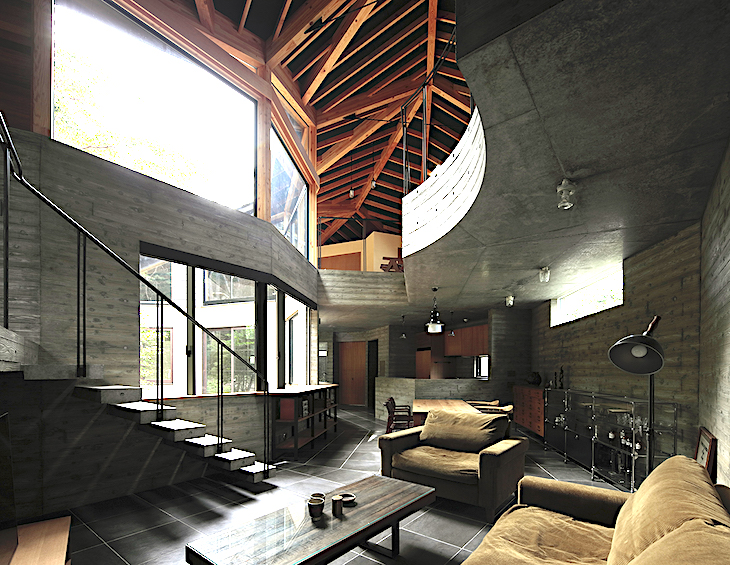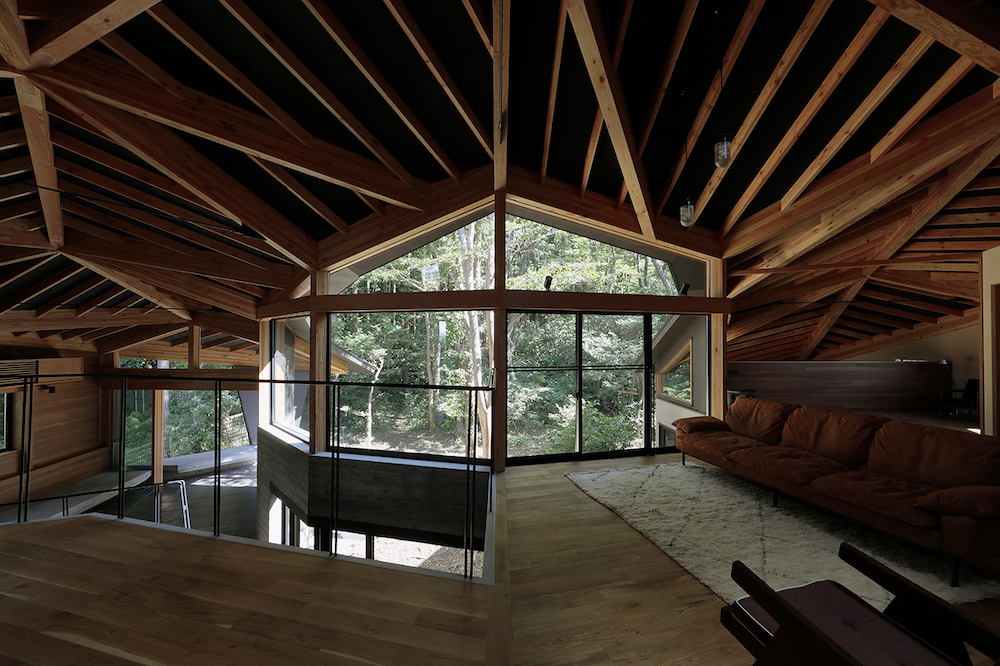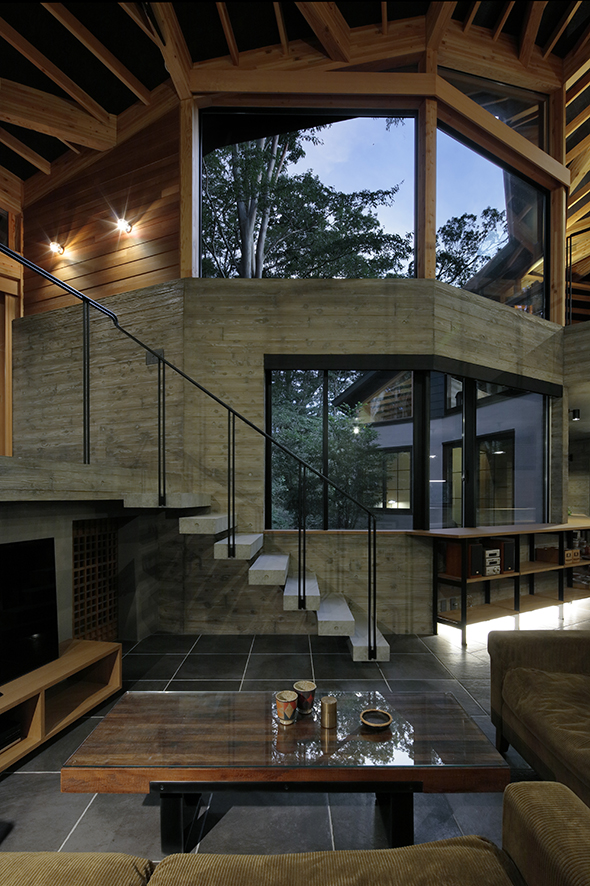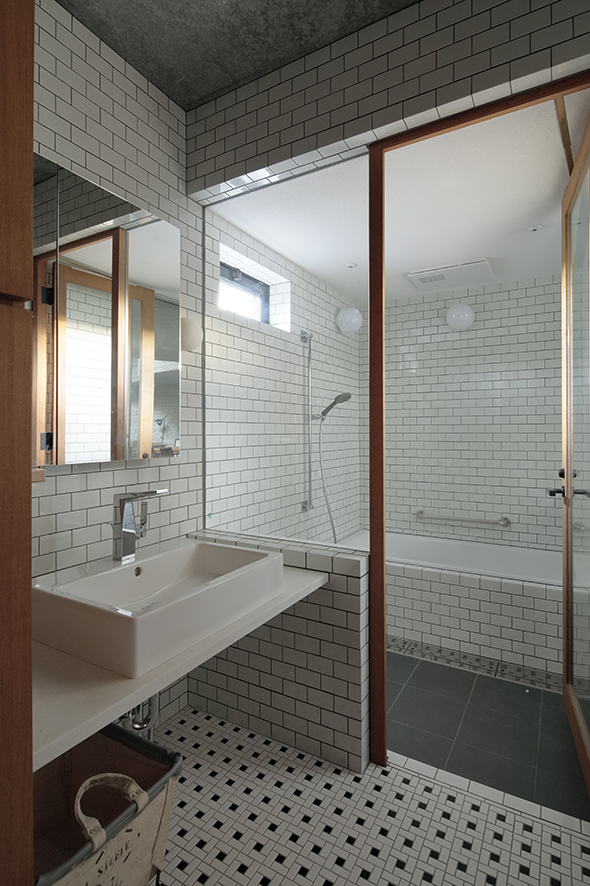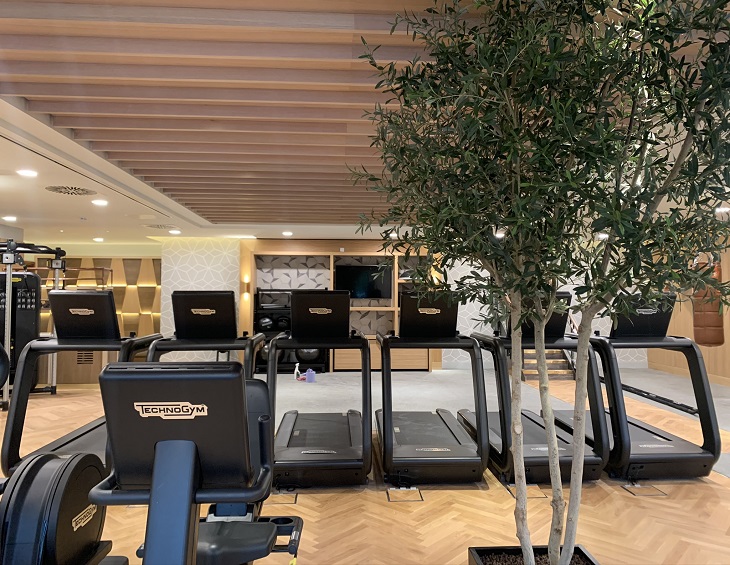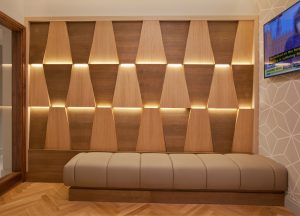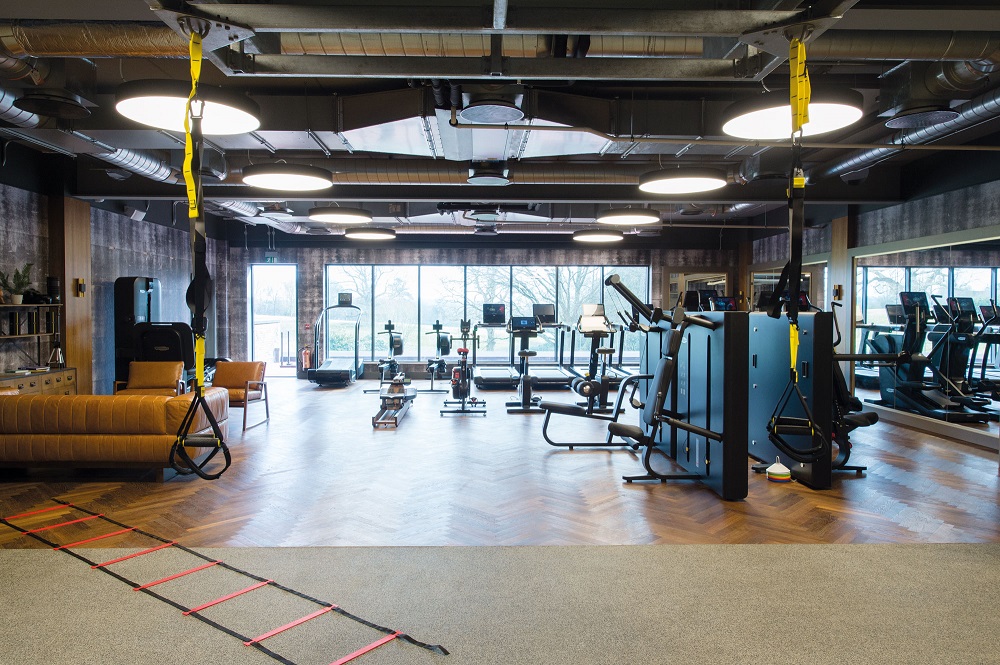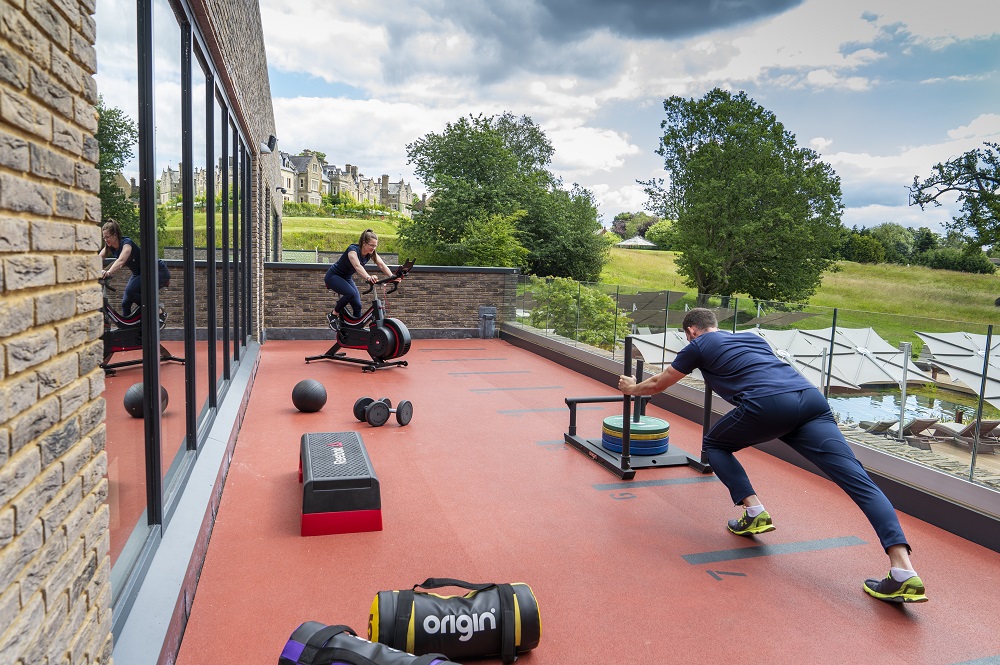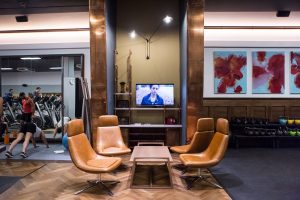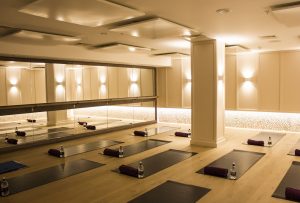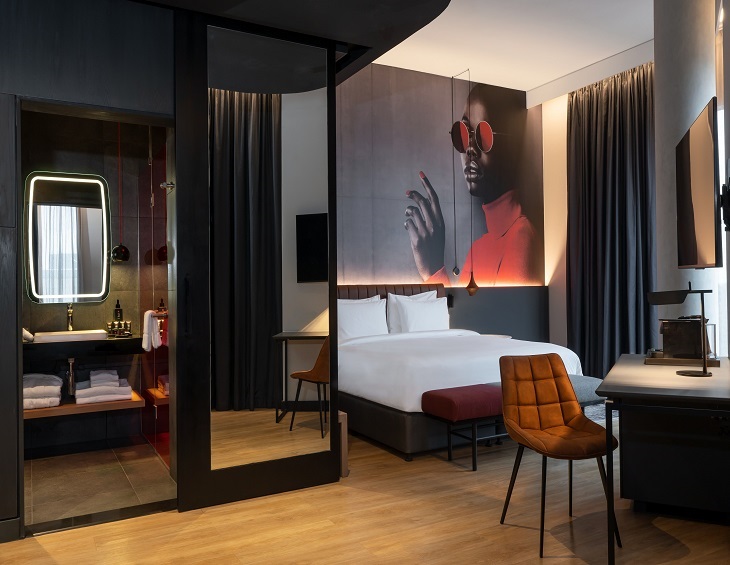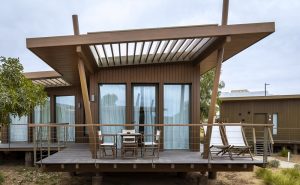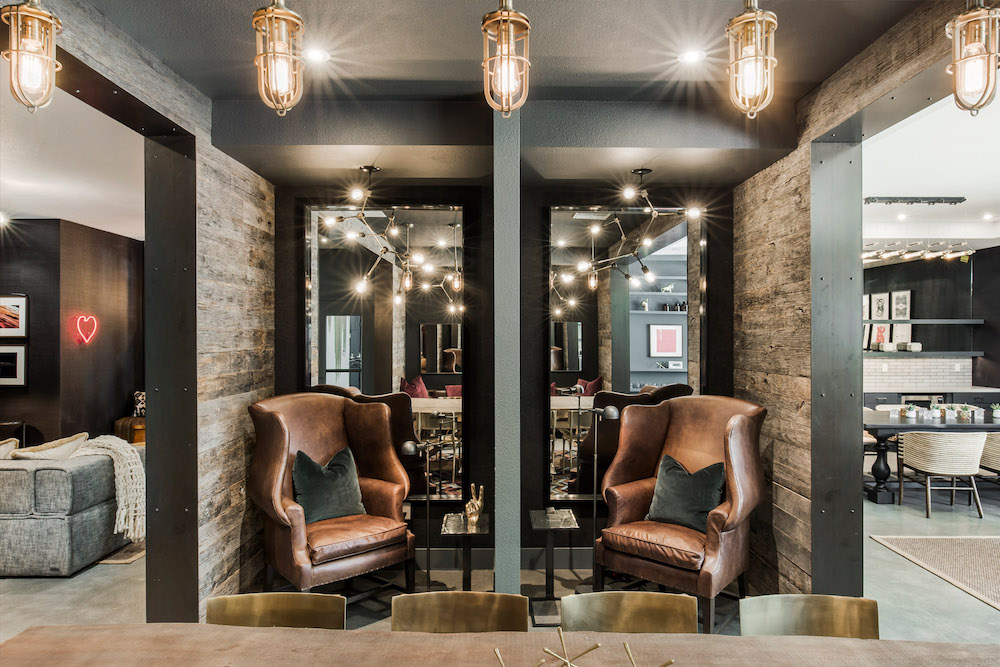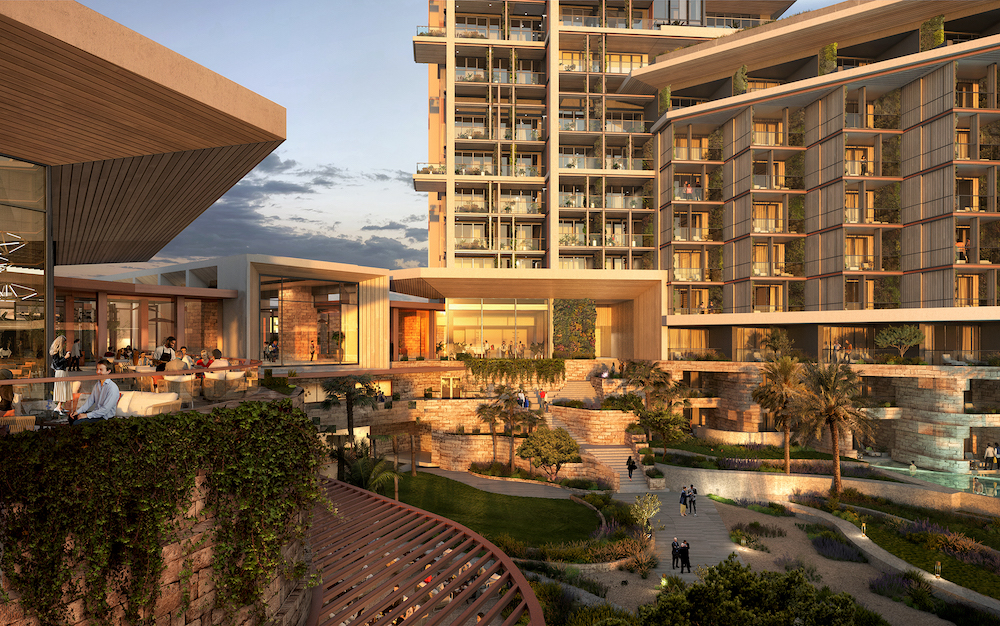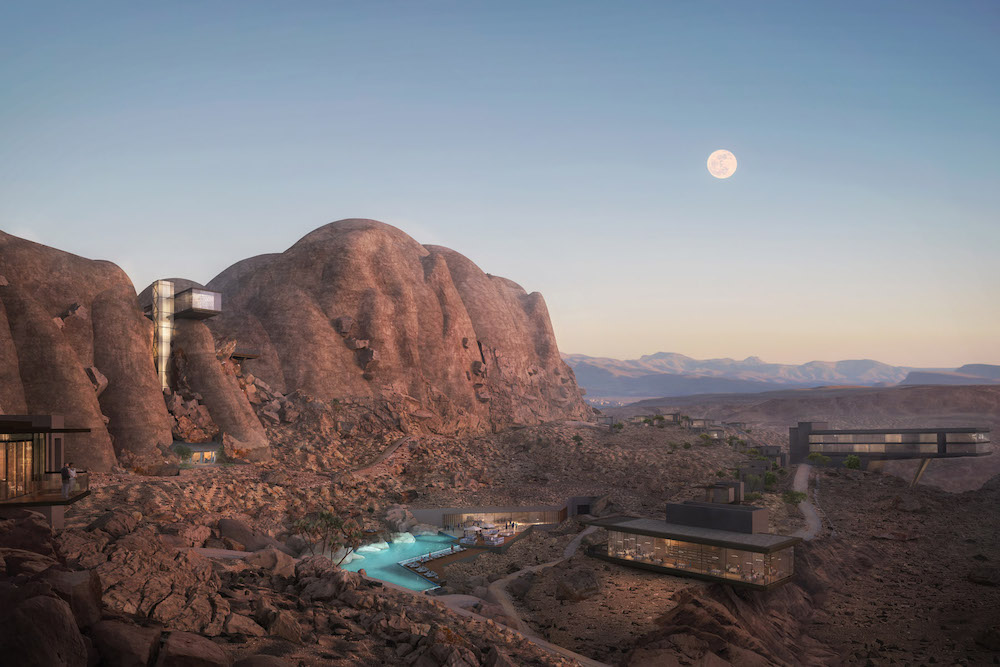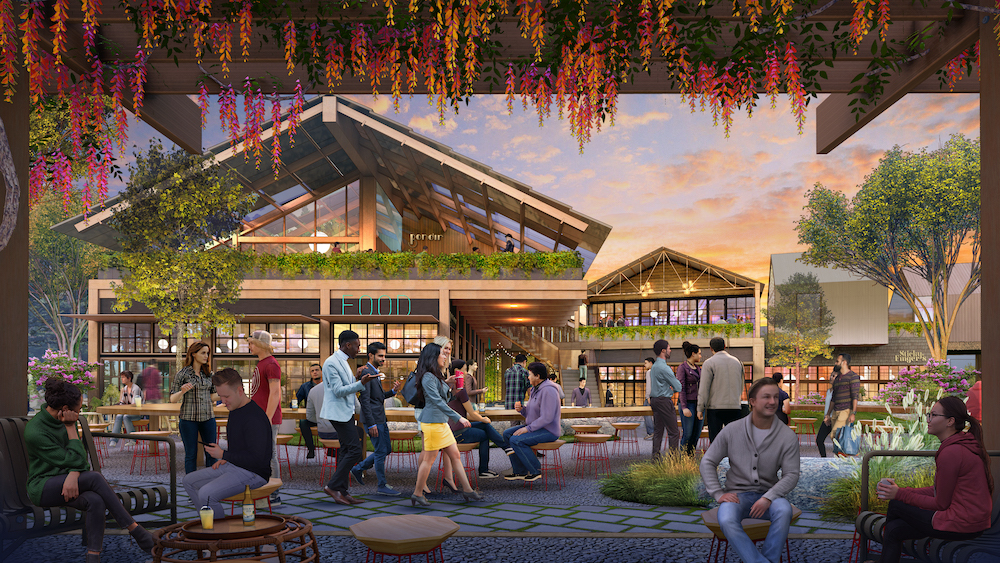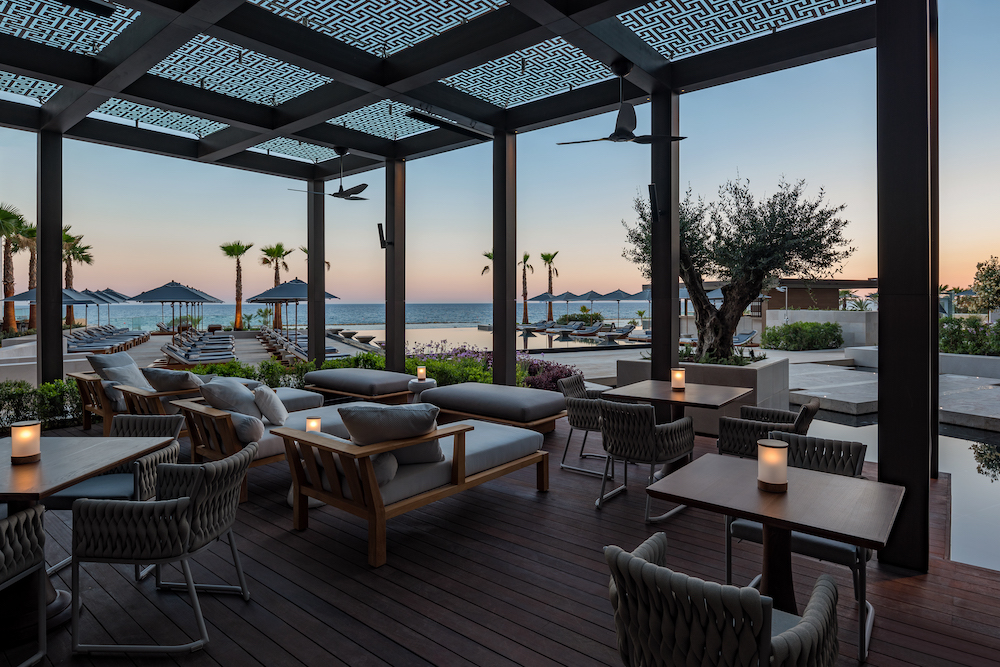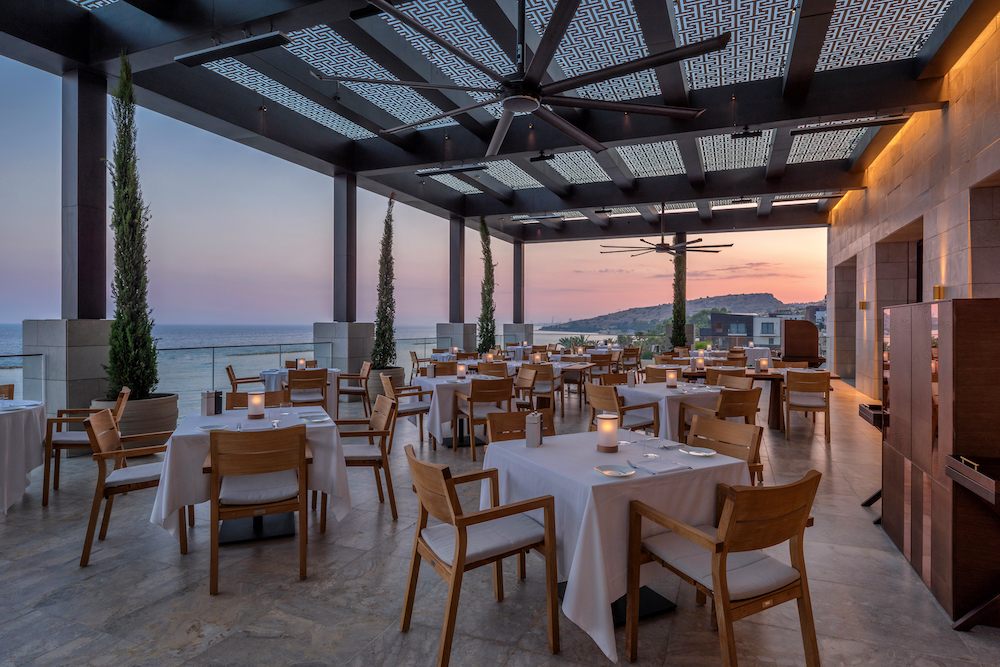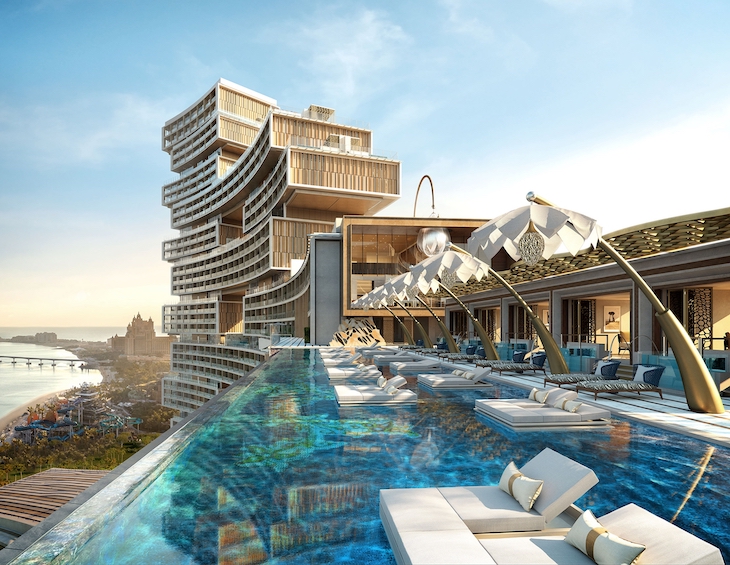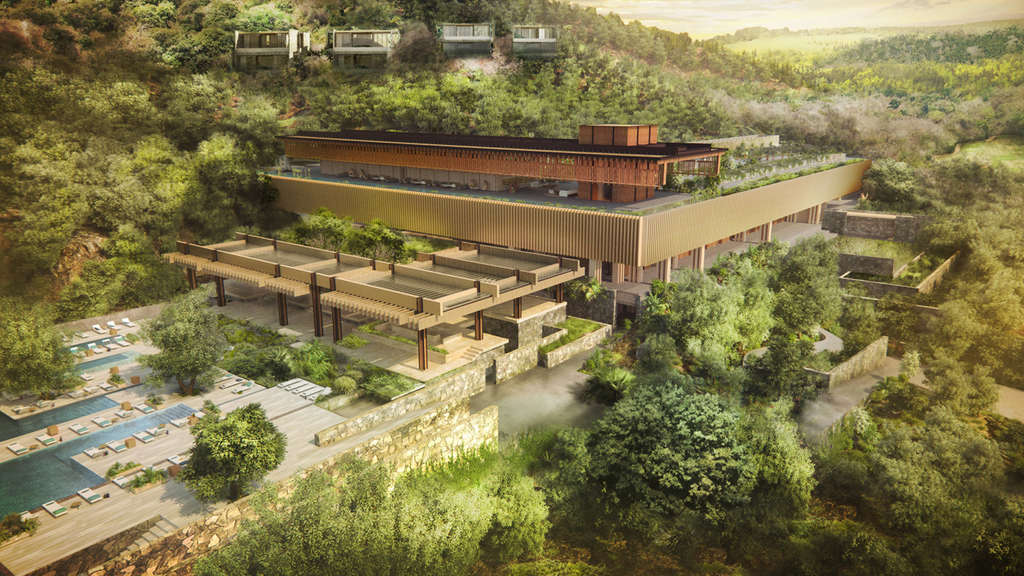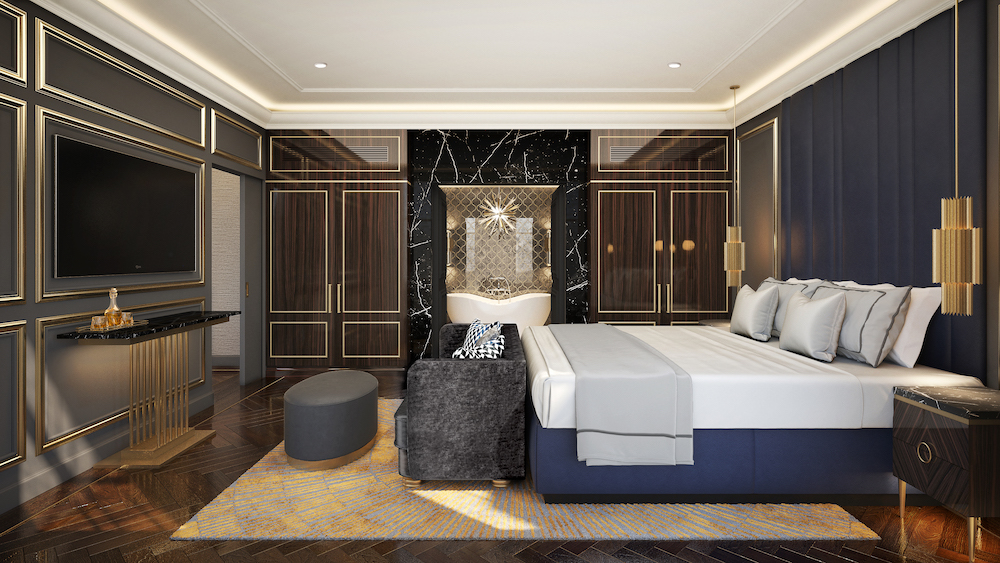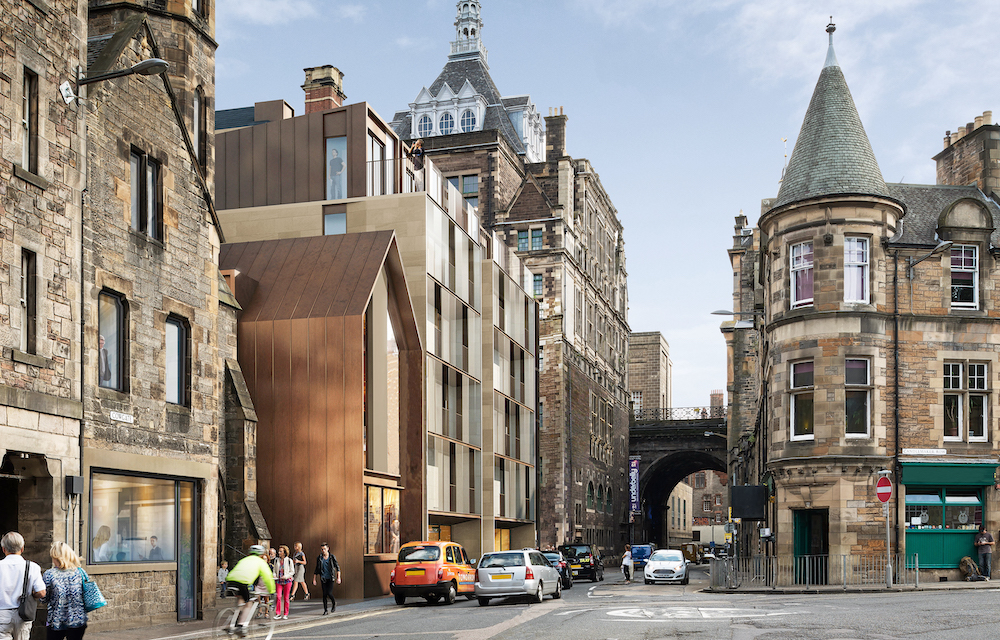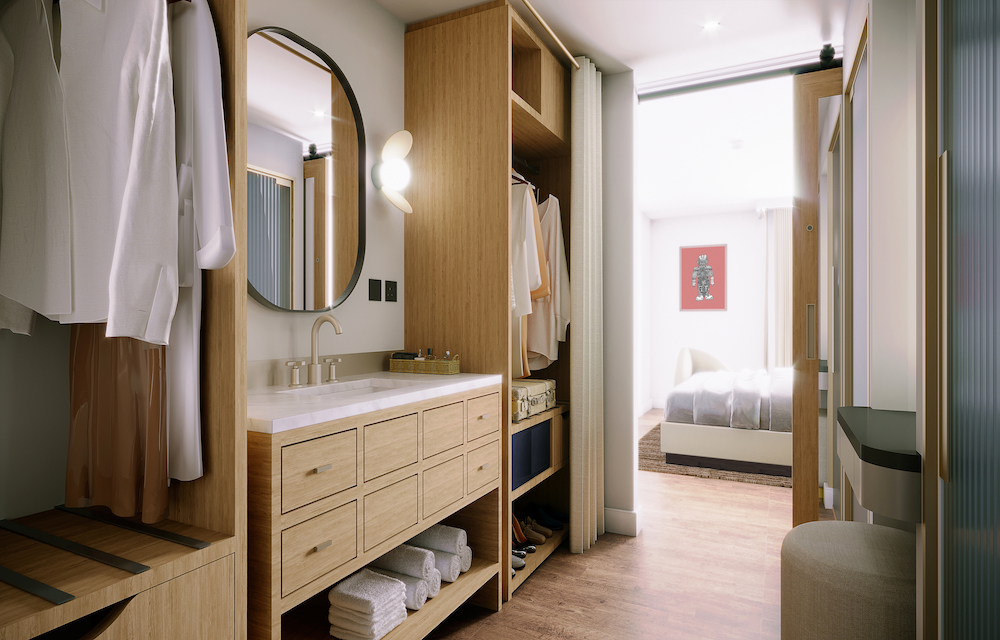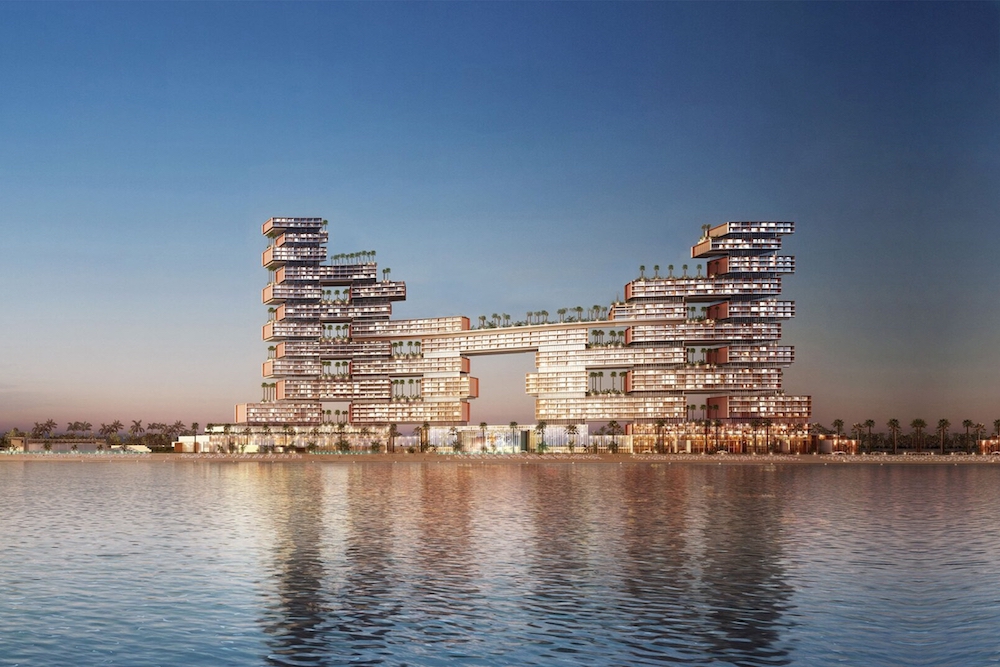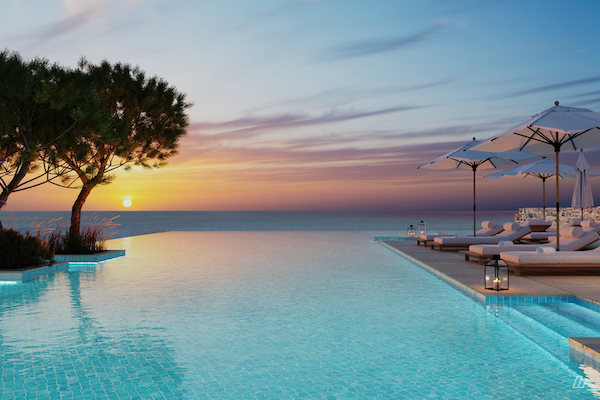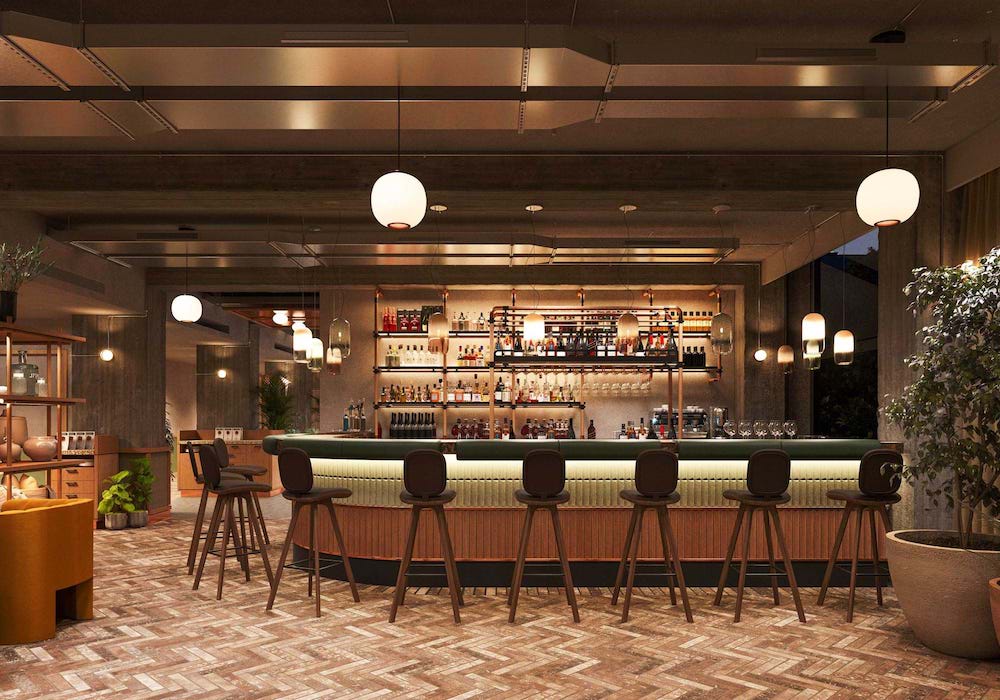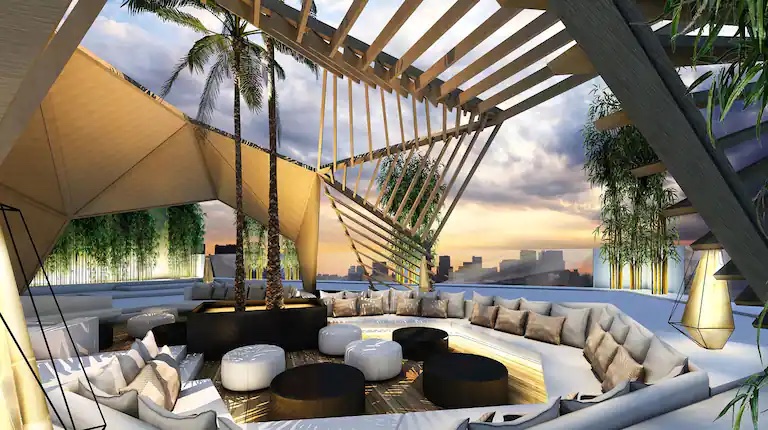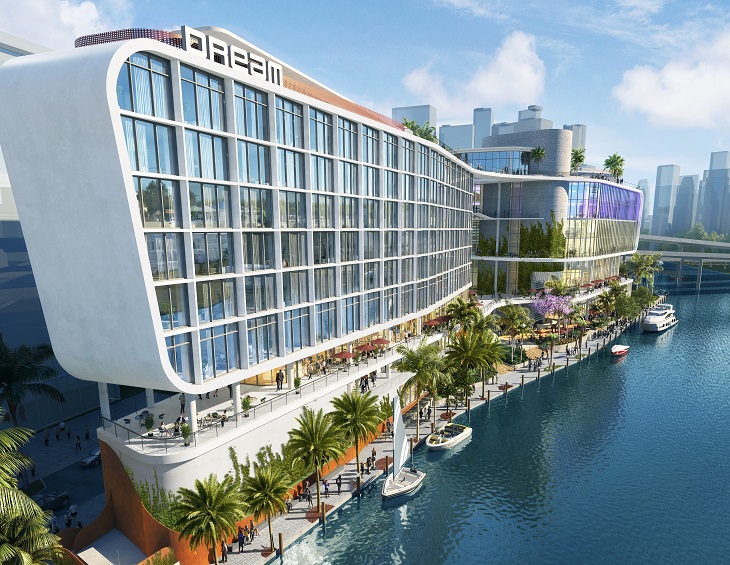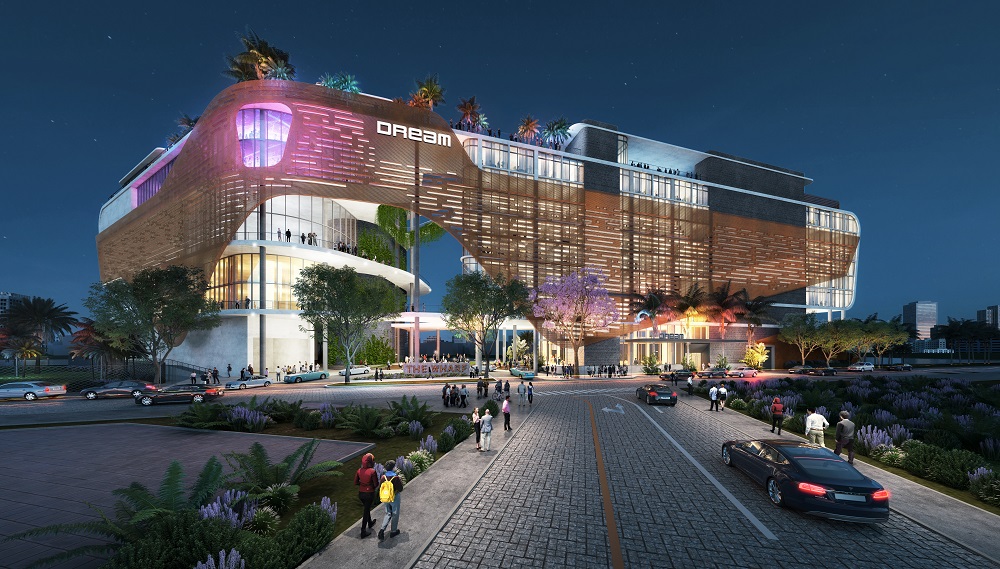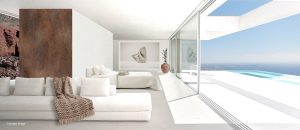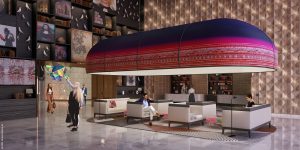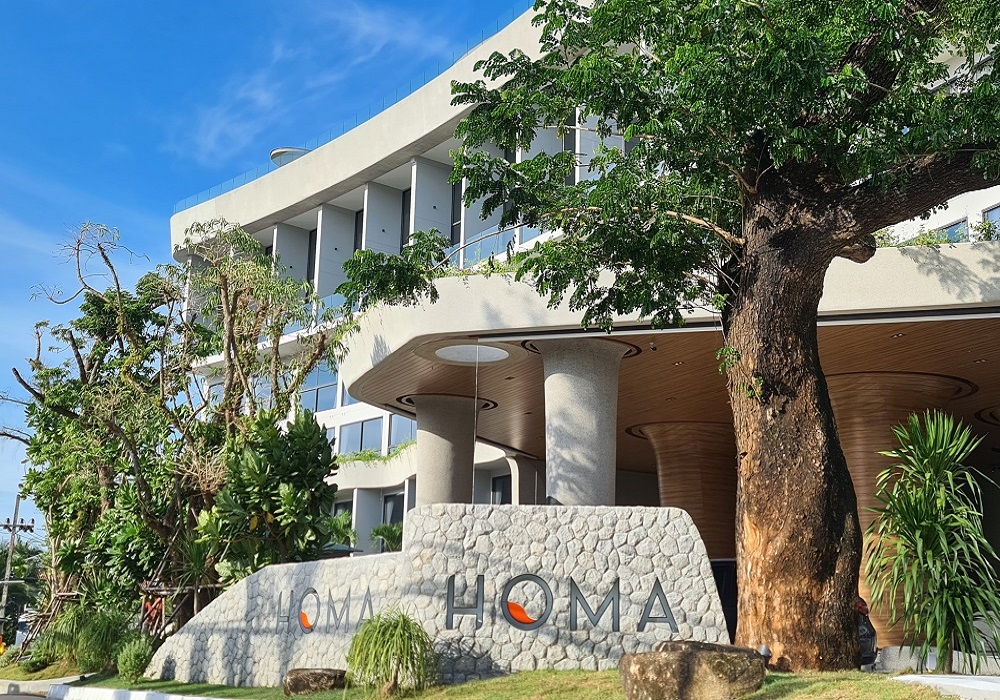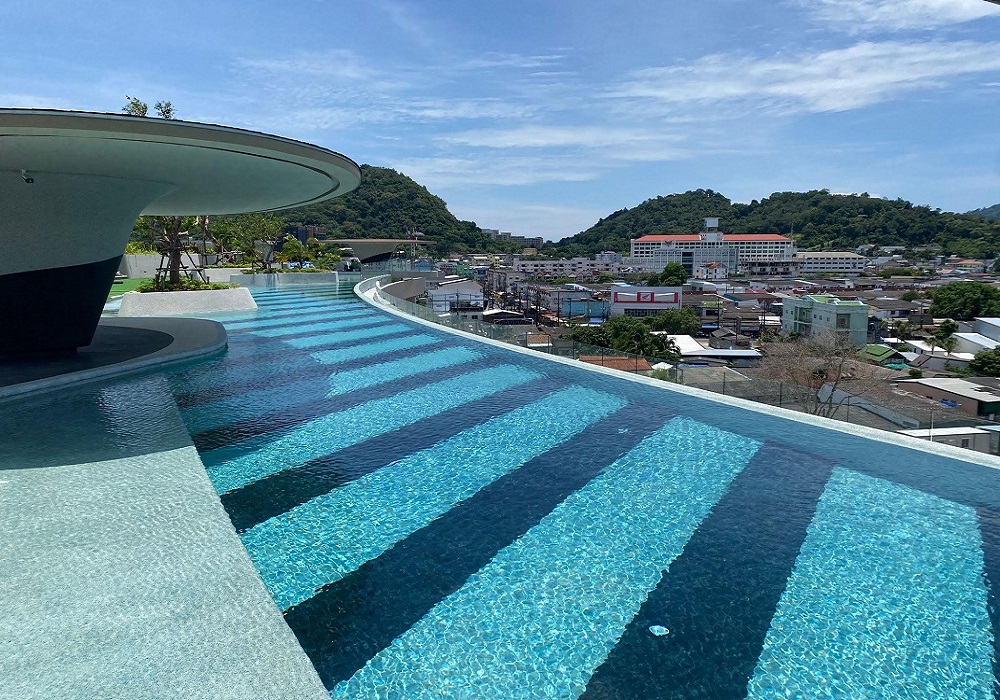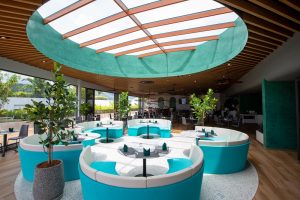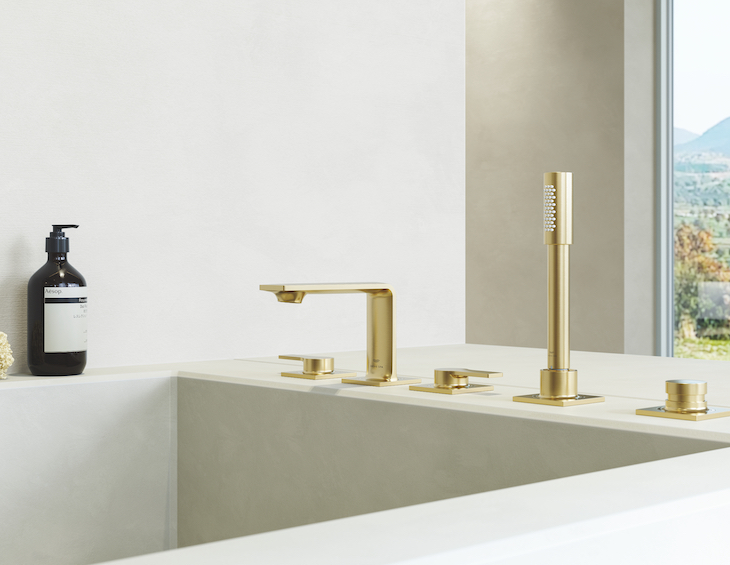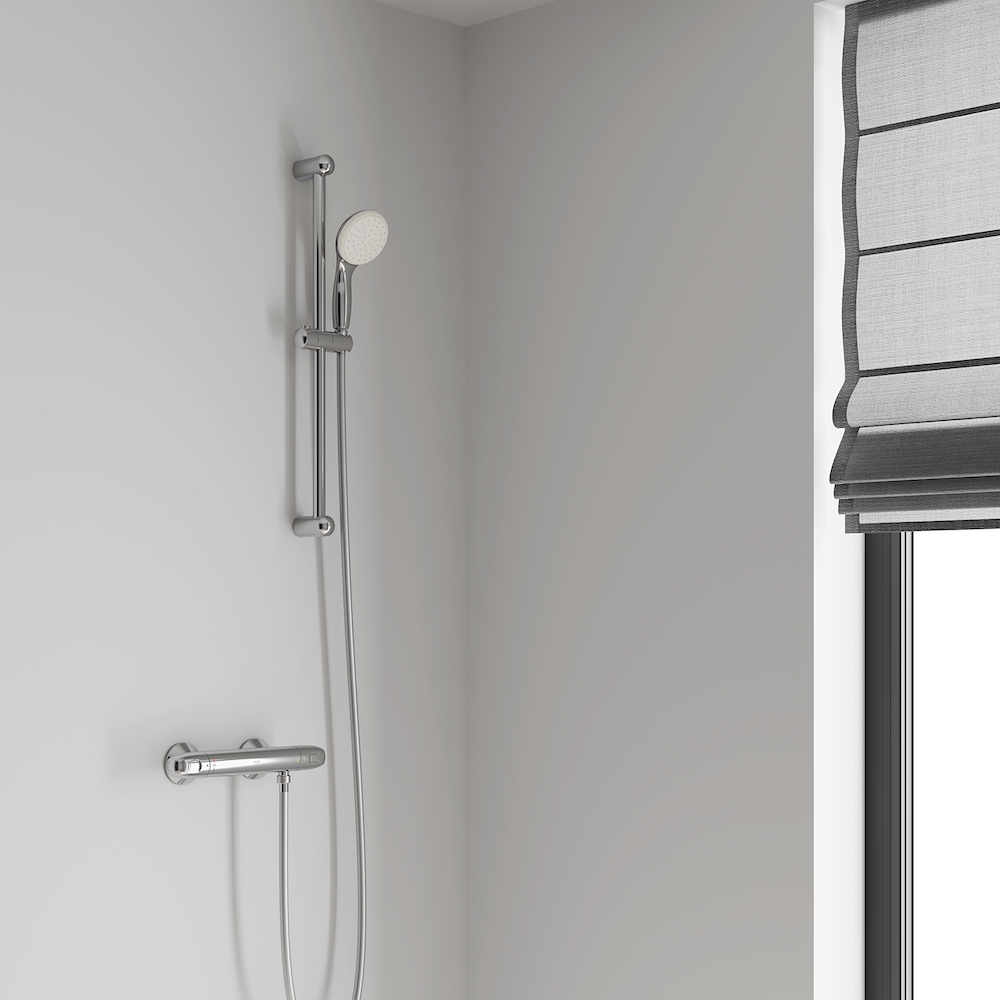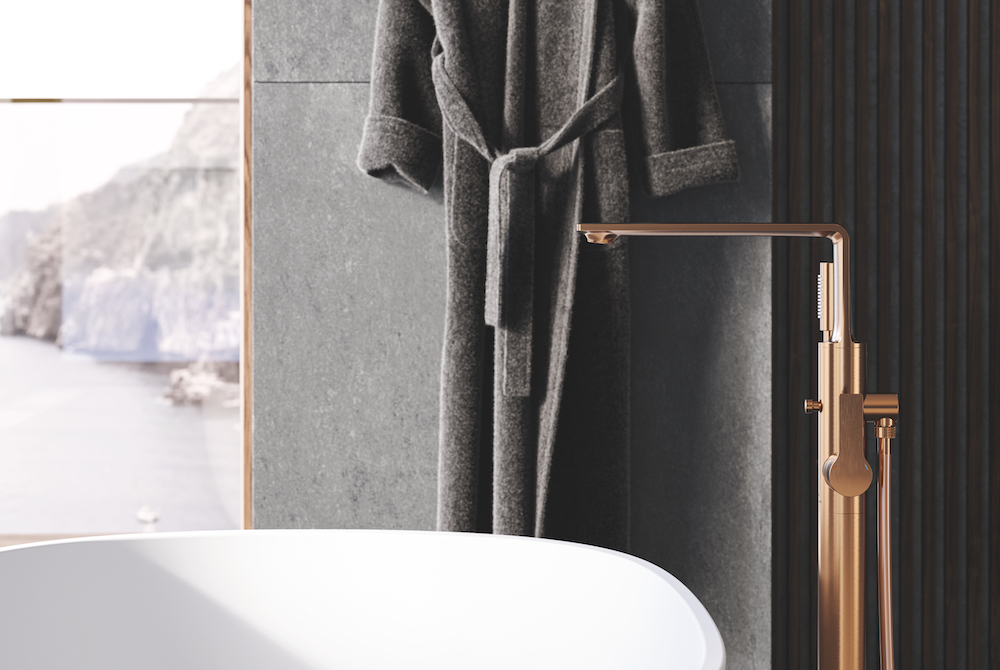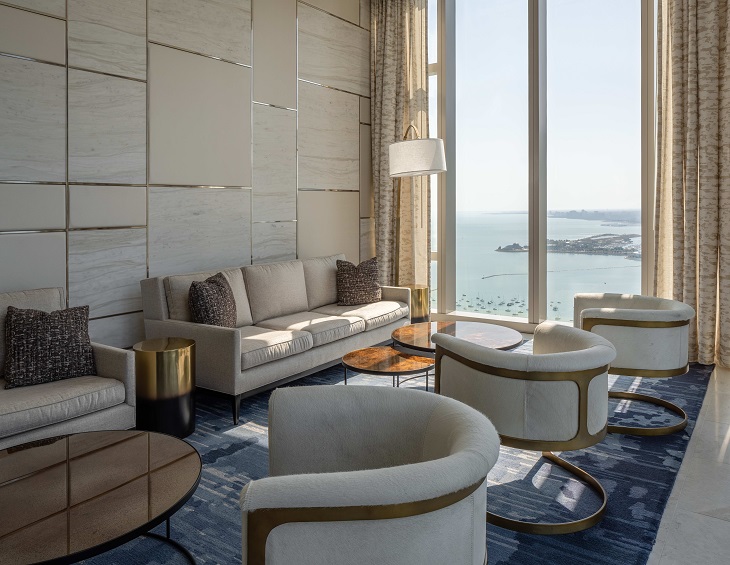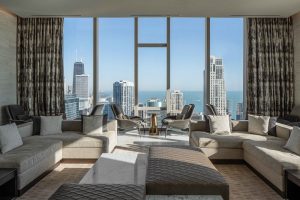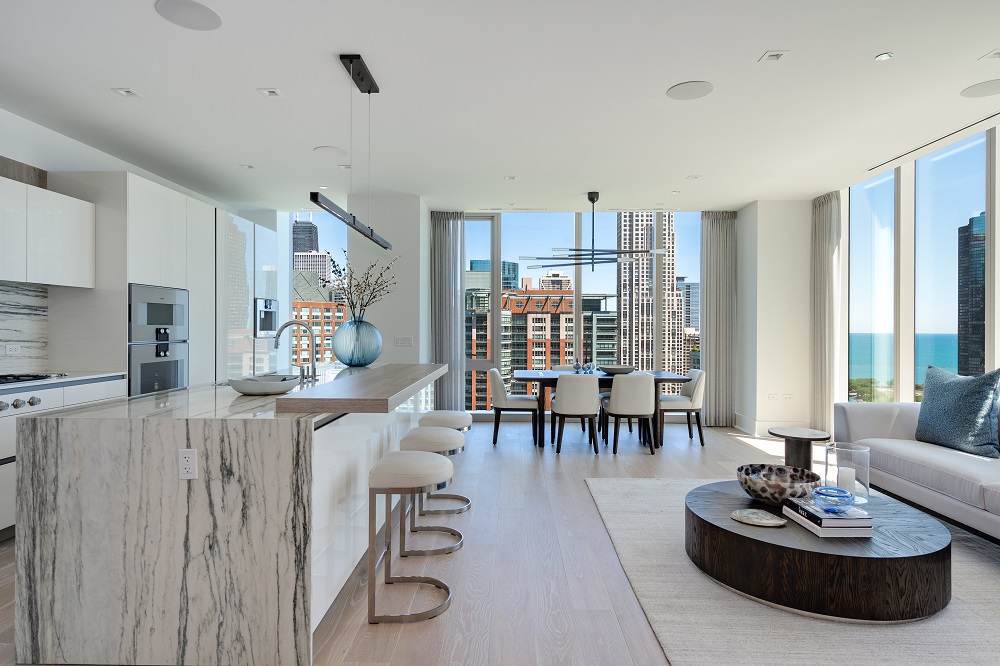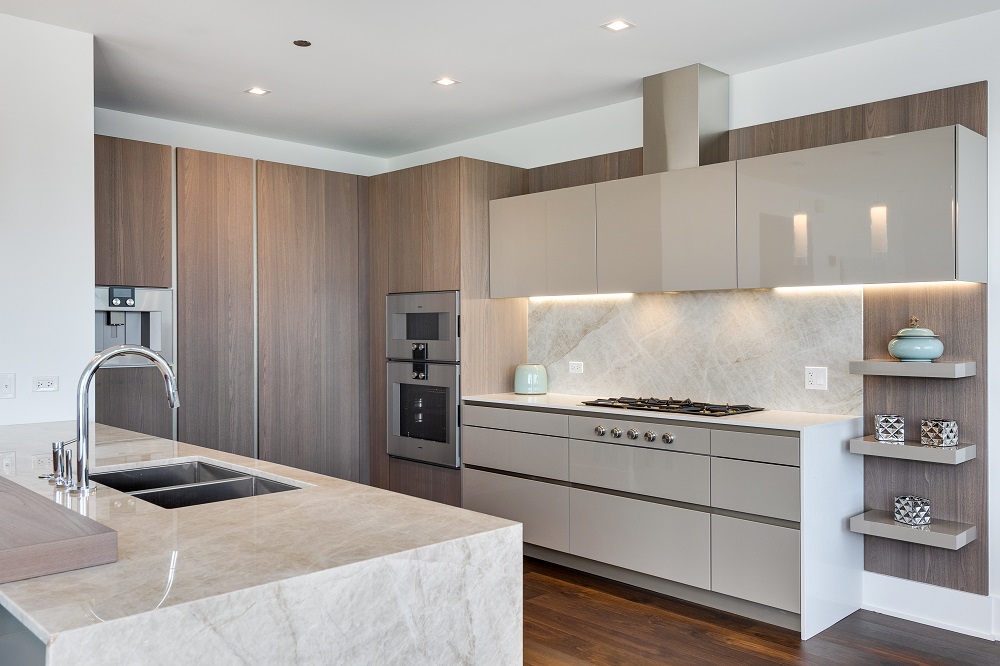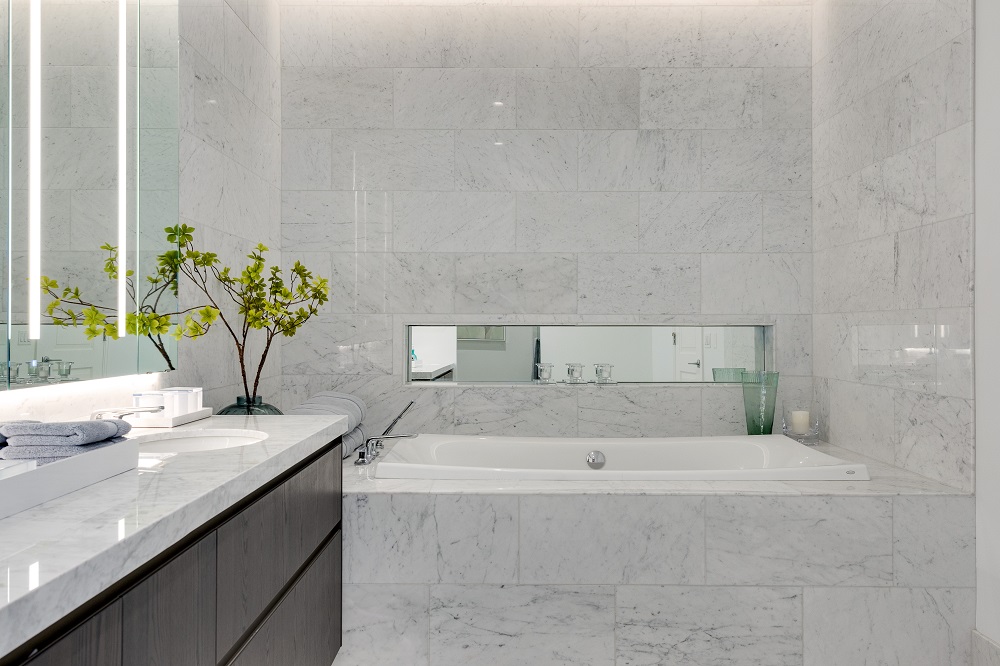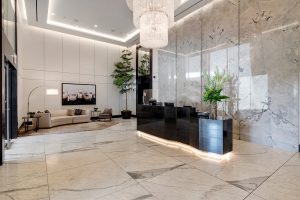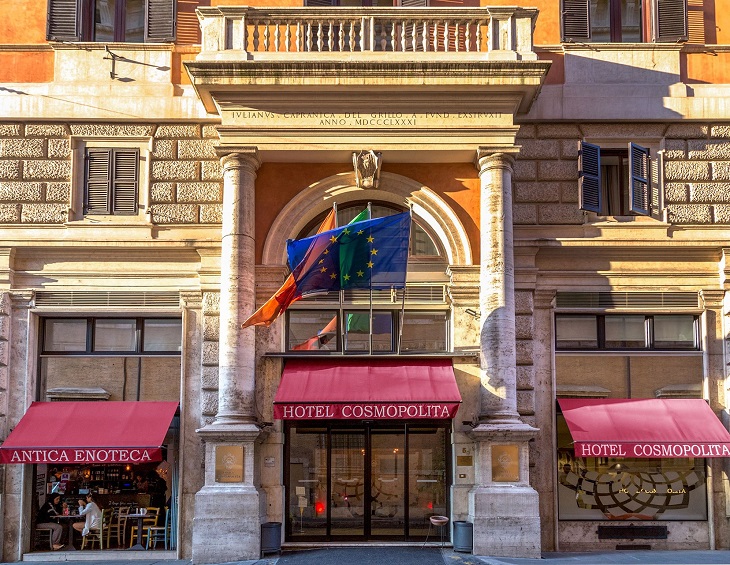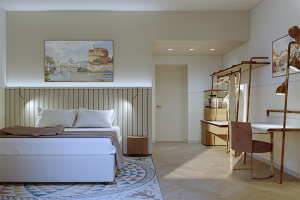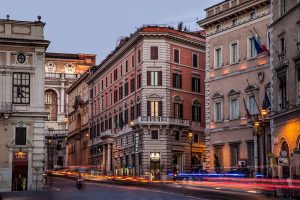Following the lows of the pandemic, 2021 was a surprisingly good year for Marriott International and there was plenty to celebrate about, including opening its 70th hotel in Japan, opening its 100th JW Marriott property worldwide and agreeing the signings of three new hotels in Saudi Arabia.
At the end of 2021, the hotel group’s worldwide system consisted of nearly 8,000 properties and roughly 1.48 million rooms in 139 countries and territories. At year-end, the company had the largest global development pipeline, with roughly 485,000 rooms. The company signed 599 agreements during 2021 representing approximately 92,000 rooms of which slightly more than half are located outside of U.S. and Canada. Rooms falling out of the pipeline remain at historically low levels, despite challenges brought on by the pandemic. During 2021, Marriott added more than 86,000 rooms on a gross basis, growing the system 3.9 percent, including deletions of 2.1 per cent. The deletion rate was 1.2 per cent excluding the exit of 88 Service Properties Trust select service hotels.
“Marriott has the benefit of sitting at the intersection of information and insights from a global community of developers, properties, owners and franchisees, as well as the more than 160 million members of our Marriott Bonvoy travel program,” said Stephanie Linnartz, President, Marriott International. “Our analysis of the prevalent trends in global development is particularly instructive as we continue to recover from this global pandemic. We have been focused on working closely with our valued community of owners and franchisees throughout these unprecedented times. We are pleased with our strong 2021 development results and look forward to continuing to drive value for our owners and franchisees throughout the recovery and beyond with our quality brands, our comprehensive business support systems and industry leading loyalty platform.”
-
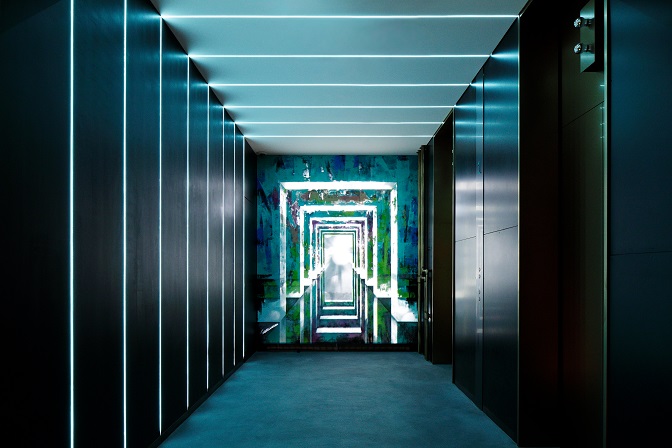
-
Image credit: Aloft Hotels/Marriott International
-
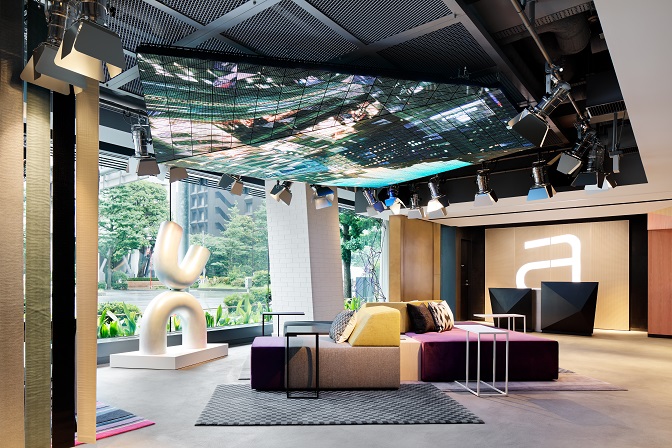
-
Image credit: Aloft Hotels/Marriott International
Luxury maintains momentum
Travellers crave leisure luxury travel experiences seeking iconic destinations and undiscovered locations. Marriott is poised to meet this demand with its unmatched portfolio of seven dynamic luxury brands across 476 hotels spanning 69 countries and territories.
In 2021, Marriott International signed 40 luxury hotel deals, representing more than 6,000 rooms, and grew its portfolio of luxury hotel rooms by 4.8 per cent net, with notable additions in prime locations around the globe including Philadelphia (W Hotels), Nashville (W Hotels), Charlotte (JW Marriott), Bermuda (St. Regis), Paris (Bulgari), Rome (W Hotels), Maldives (The Ritz-Carlton), Budapest (The Luxury Collection) and Reykjavik (EDITION).
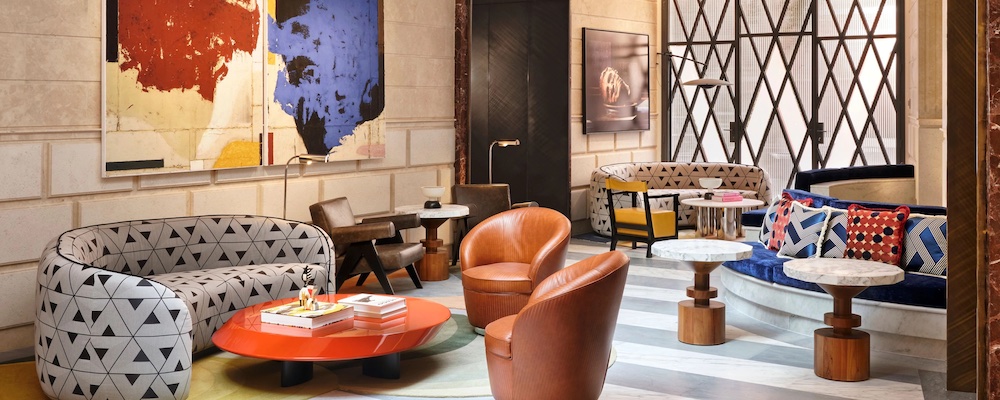
Image caption: Lobby/lounge inside W Rome. | Image credit: W Hotels
The company continues to expand its luxury footprint and has by far the largest global pipeline of hotels in this important, high fee earning segment, with nearly 50,000 rooms. Marriott anticipates debuting more than 30 luxury hotels in 2022 in destinations from Mexico (The St. Regis Kanai Resort) and Portugal (W Algarve) to Australia (The Ritz-Carlton, Melbourne) and South Korea (JW Marriott Jeju Resort & Spa). Marriott’s industry leading luxury portfolio adds to the power of Marriott Bonvoy, giving members a tremendous choice of experiences around the globe.
The leisure boom continues booming
Leisure demand has led the travel recovery, a trend that is expected to continue into 2022, as travellers continue to embrace multi-purpose trips, mixing remote work and vacation time. Leisure transient global room nights were the first to recover to 2019 pre-pandemic levels in the second quarter of 2021. For some time prior to the Covid-19 pandemic, leisure travel had been growing at a faster pace than business travel, and according to the World Travel & Tourism Council (WTTC), all signs point to a continuation of the trend. Marriott’s industry leading resort network includes more than 600 properties in beach, mountain and desert locations around the world that have seen incredibly high demand and have demonstrated impressive average daily rates.
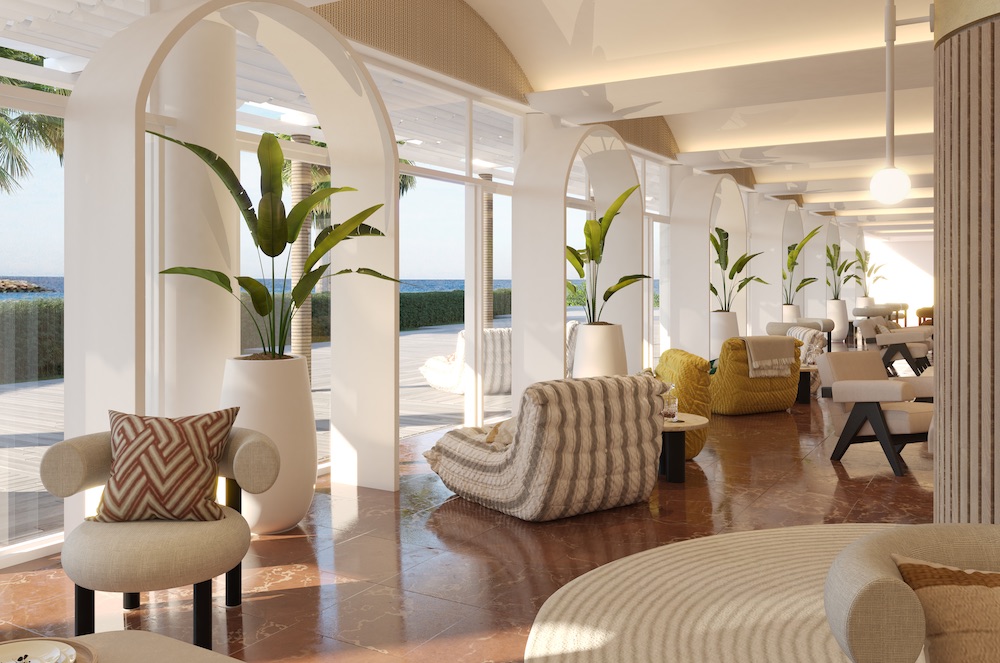
Image credit: Marriott International
Consumer interest in the very high growth all-inclusive resort segment continues to increase. Marriott intends to therefore capitalise on its strong recent momentum in this area, leveraging its proven brands to drive additional growth in this important segment. Currently, Marriott International’s all-inclusive portfolio spans 28 properties, representing more than 8,000 rooms in locations across the Caribbean, Mexico and Central America. In 2021, Marriott International signed 22 agreements for all-inclusive resorts, marking a company record, including 20 all-inclusive resorts under its Autograph Collection Hotels brand and the first Marriott branded all-inclusive resort agreement in North Africa.
“Marriott’s all-inclusive platform is energising the segment and providing Marriott Bonvoy members, owners and franchisees access to our strong brands,” said Carlton Ervin, Global Development Officer, International, Marriott International. “While our initial all-inclusive growth has been focused in the Caribbean and Latin America, we see tremendous opportunity to expand our all-inclusive platform into additional markets, including the Mediterranean and the Middle East.”
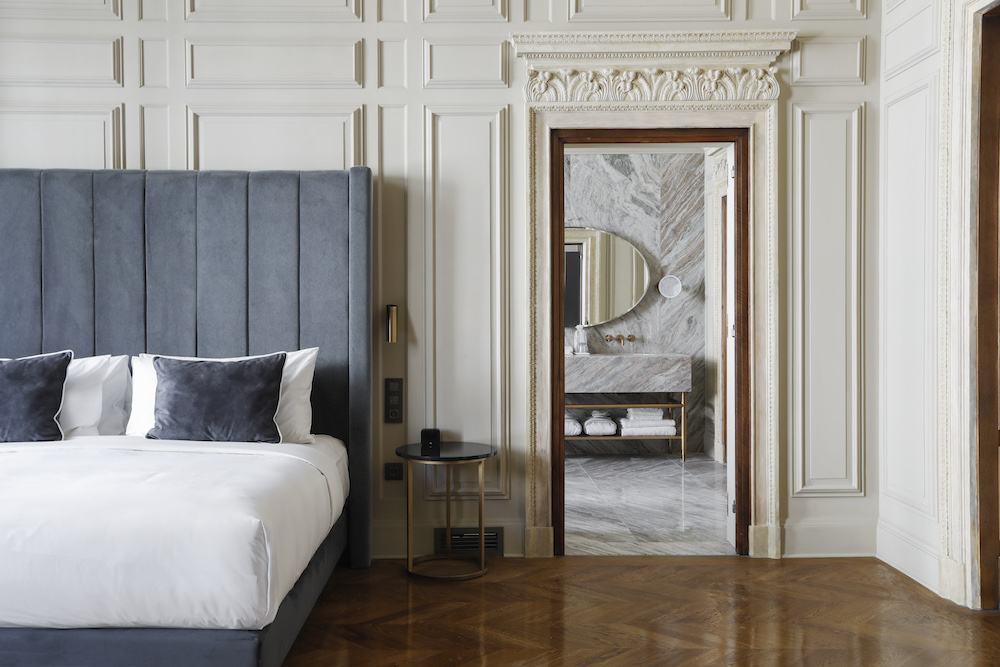
Image caption: The Marmorosch Bucharest, Autograph Collection. | Image credit: Marriott International
The extended stay segment has always been attractive to leisure travellers and has become even more popular with the increase in remote work and the blending of business and leisure travel. Marriott International is the leader in the extended stay segment, setting the bar with the introduction of its Residence Inn brand almost 40 years ago. In 2021, extended stay accounted for 37 per cent of the company’s rooms signings in U.S. and Canada. Marriott Bonvoy’s extended stay brands – Element Hotels, Residence Inn by Marriott and TownePlace Suites by Marriott – include more than 1,400 hotels, offering stays from a few nights to a few weeks. Notable expected openings in 2022 include Element City Center Doha, Residence Inn by Marriott The Hague City Center and TownePlace Suites Cape Canaveral Cocoa Beach.
With growing consumer demand, Marriott’s extended stay portfolio offers modern design, signature programming, new food and beverage offerings, a flexible room mix for leisure and business travel and a proven operating model. At ALIS, Marriott will be showcasing Element Hotels, Residence Inn by Marriott and TownePlace Suites by Marriott through its ‘Longer Stay Lounge’, a space where investors, owners and operators can experience the latest in brand programming and designs while networking. The Longer Stay Lounge will present immersive brand vignettes that will allow visitors to learn about and experience each of the company’s longer stay brands.
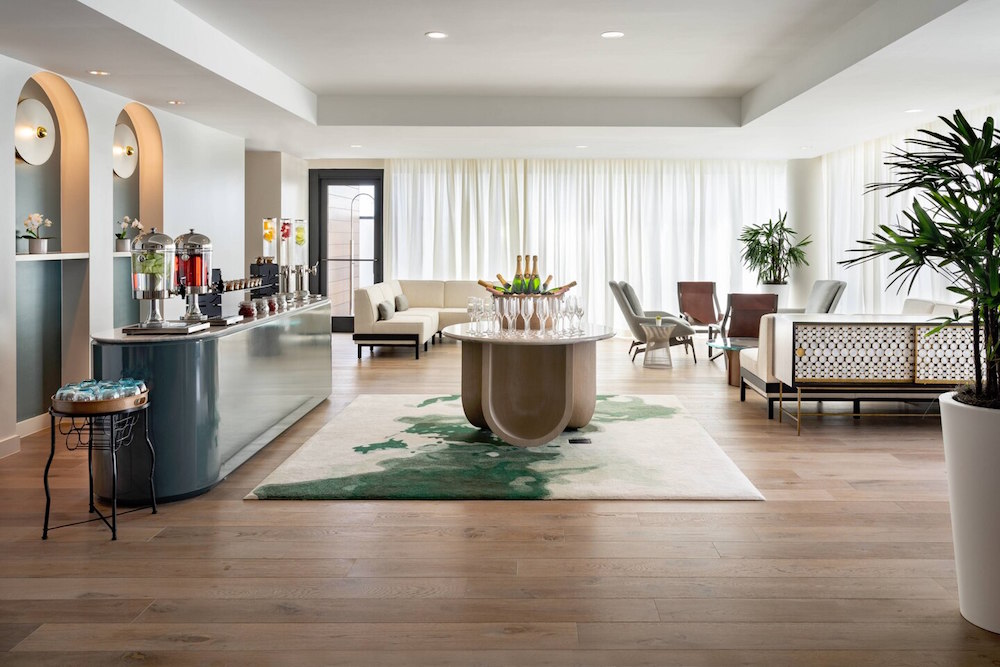
Image credit: JW Marriott
“The extended stay segment has been extremely resilient over the past few years and guest and owner demand continues to grow, driven in some measure by the rise in multi-purpose travel,” said Noah Silverman, Global Development Officer, U.S. & Canada, Marriott International. “We are excited for continued momentum around extended stay and to use our presence at ALIS to communicate the strength and possibilities of Marriott’s longer stay category and the impressive value it brings to owners.”
Conversions transform across the portfolio
Conversions are an important driver of rooms growth in any year, but they have been particularly meaningful during more disruptive times. Marriott provides a rich and flexible conversion platform with significant revenue synergies, cost saving opportunities and turnkey access to many of the programs and services that the company provides, including the company’s powerful Marriott Bonvoy loyalty program.
-
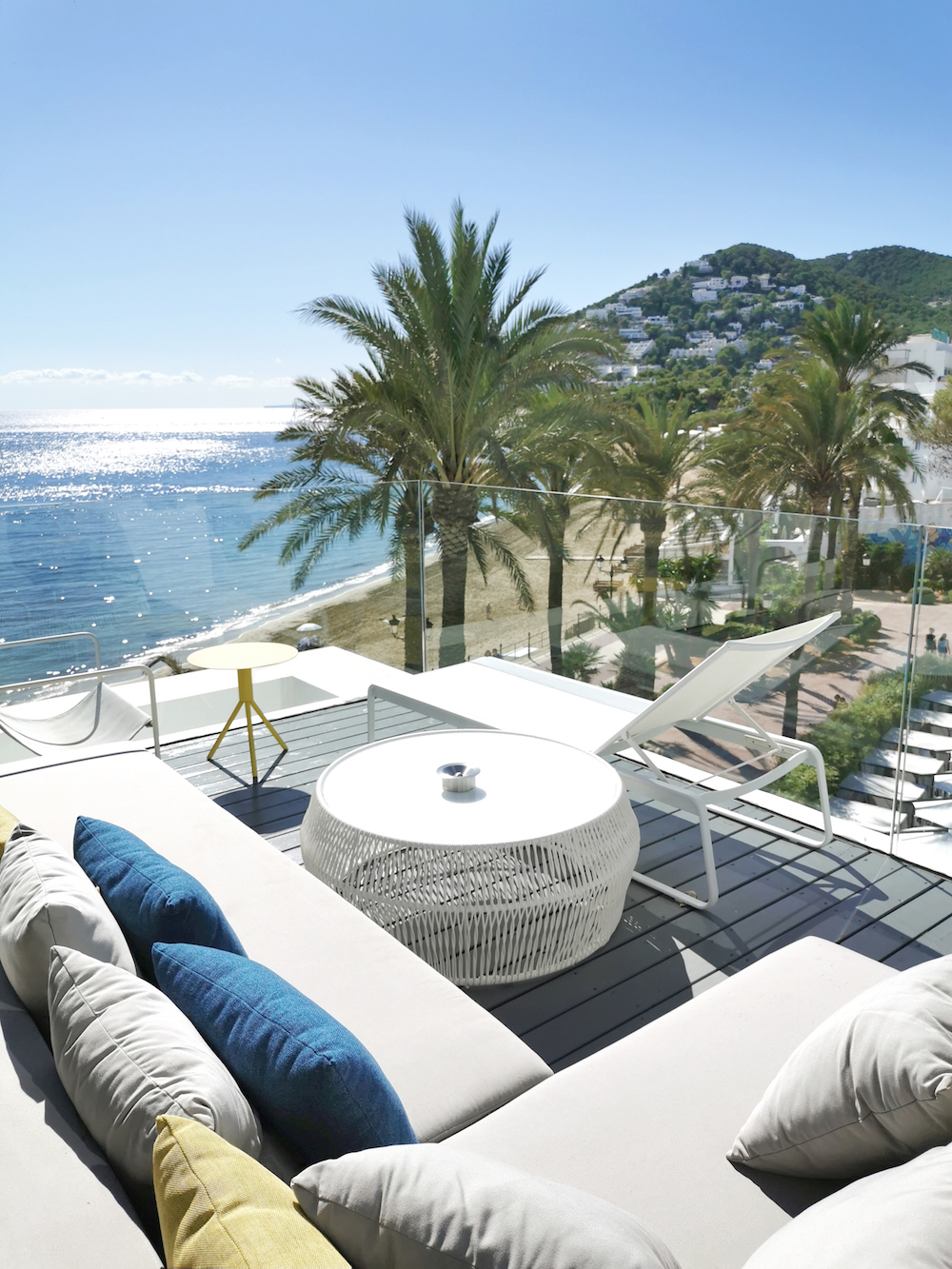
-
Image credit: Marriott International/W Ibiza
-
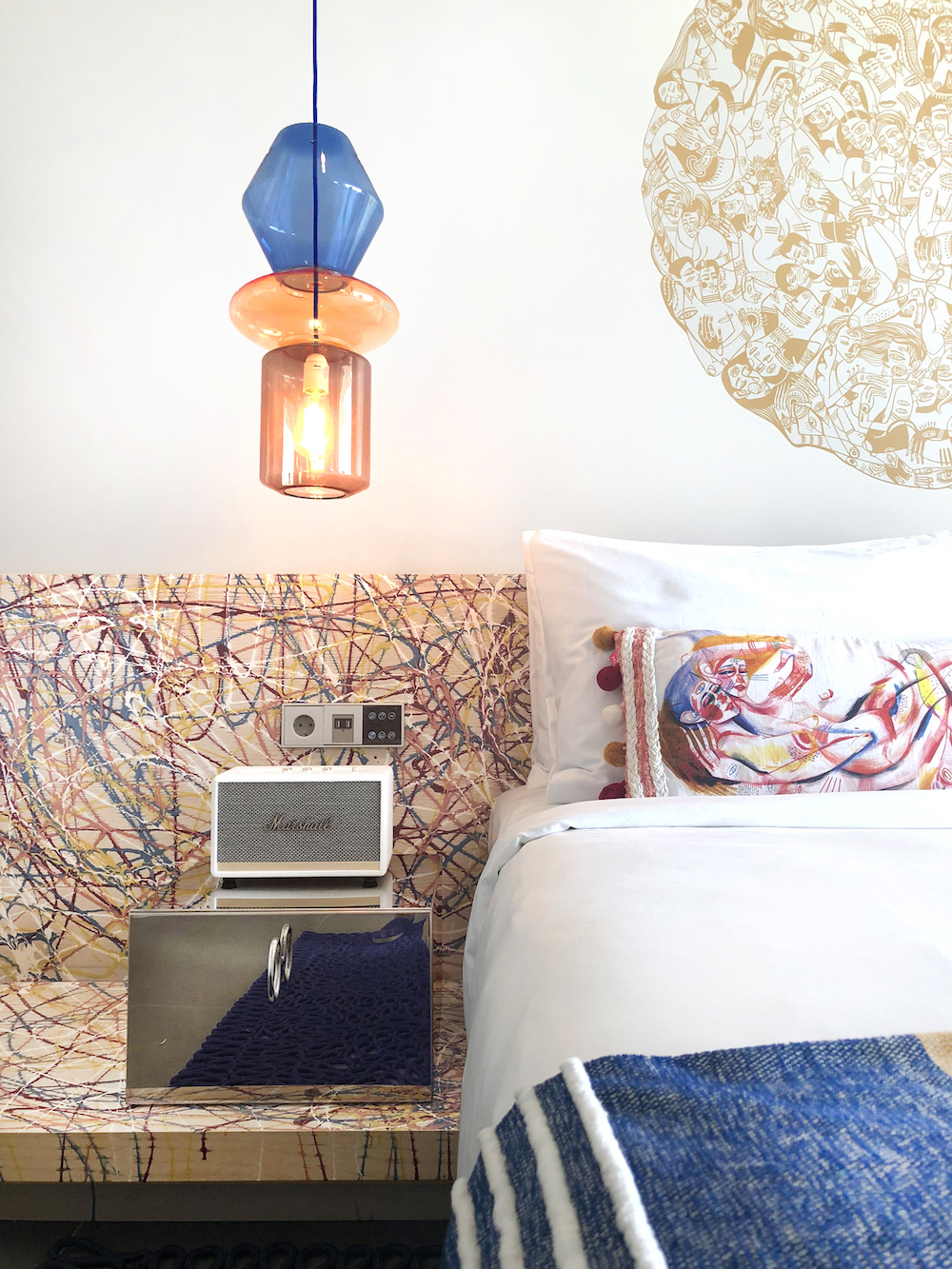
-
Image credit: Marriott International/W Ibiza
Marriott added more than 18,000 conversion rooms in 2021, accounting for 21 per cent of overall openings. In addition, conversions accounted for 27 per cent of rooms signings in 2021. Interest in conversions into Marriott brands remains high, led by the company’s robust portfolio of collection brands, including Autograph Collection Hotels, The Luxury Collection, and in particular the Tribute Portfolio, which has grown its footprint of open and pipeline hotels by nearly four times in the past five years. In addition, Delta Hotels by Marriott, the company’s flexible full-service conversion brand represented nine percent of signed conversion deals in 2021. Notable expected conversion additions in 2022 include the JW Marriott Hotel São Paulo in Brazil, The Brix, Autograph Collection in Trinidad and Tobago, The Serangoon House, Singapore, A Tribute Portfolio Hotel and a Delta Hotels by Marriott City Center Doha in Qatar.
Strong international growth poised to continue
In 2021, the company signed 256 agreements representing nearly 51,000 rooms in international locations outside the U.S. and Canada. With the company rapidly growing its international footprint, Marriott continues to enter new markets, offering travellers more exciting destinations. In 2021, the company expanded into Antigua and Barbuda, Belize, Bermuda, Grenada, St. Lucia and Turks & Caicos. In 2022, the company expects to plant its flag in Albania and Honduras.
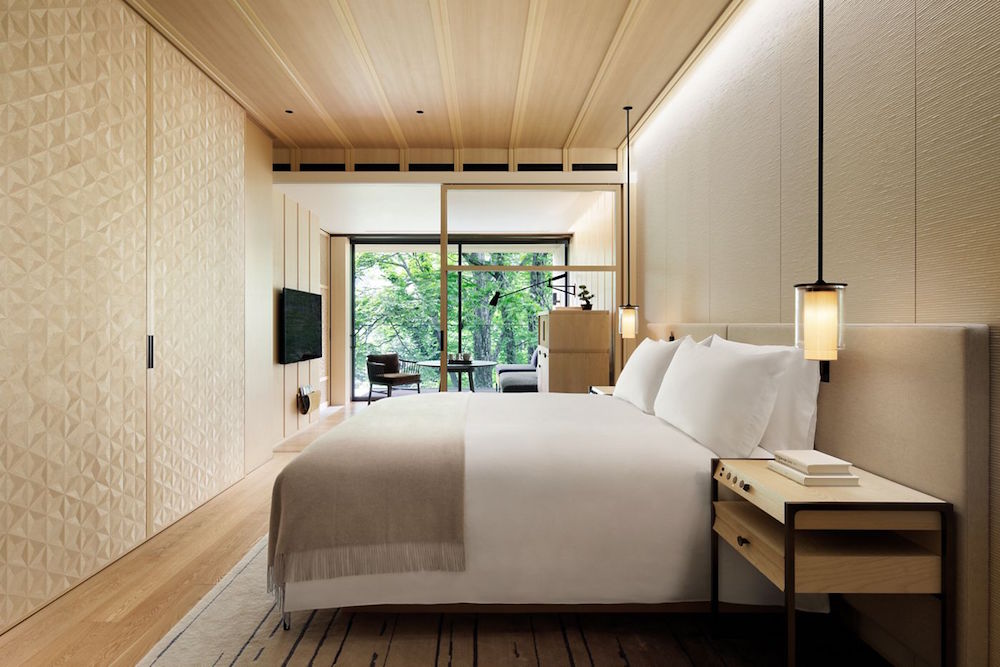
Image credit: Ritz Carlton/Marriott Hotels
Development activity for well-established brands within the select service space remains another key driver of growth, especially internationally. Comprised of brands including Courtyard by Marriott, Fairfield by Marriott, Four Points by Sheraton, Aloft Hotels and Moxy Hotels, Marriott International’s select brands are increasingly resonating internationally. In 2021, the company opened 107 select service hotels representing nearly 19,000 rooms in 29 countries across its international regions. In China, select brands further expand consumer travel experiences and choices, bringing guests diversified experiences in emerging Chinese destinations. Notable expected openings in 2022 include Element Yangjiang Hailing Island and Moxy Suzhou City Center. In 2021, Fairfield by Marriott continued to make its mark in Japan with the “Michi-no-eki” project, bringing six more hotels to key locations across four prefectures in Japan. The company also launched its new Fairfield prototype in Europe and the Middle East.
Branded residential soars
Marriott’s branded residential business soared in 2021 as evolving lifestyle changes have sparked growing interest in on-demand amenities and services from brands people admire and trust. Marriott continues to lead the branded residential segment with nearly 190 projects open or in development worldwide across 14 of the company’s brands.
Marriott’s branded residential offerings include a standalone residence model with similar elevated services offered at the company’s hotel properties, but without a co-located hotel, which speaks to the power of Marriott’s brands to attract residential buyers in markets around the globe. In 2021, Marriott signed its first standalone residences for the EDITION brand in Miami and for the Autograph Collection Hotels brand in London. The company currently operates 14 standalone residences with 16 in the pipeline. Overall, the branded residential sector continues to grow rapidly internationally, with nearly 80 percent of Marriott’s upcoming projects located outside of the U.S. and Canada. The company expects to debut 14 residential projects in 2022 in destinations from New York City (The Ritz-Carlton Residences, New York, NoMad) and Algarve (W Residences Algarve) to Belgrade (The Residences at The St. Regis Belgrade).
Since you’re here…
More than 60,000 readers per month enjoy the content we publish on Hotel Designs. Our mission is to define the point on international hotel design, and we are doing that by serving relevant news stories and engaging features. To keep up to date on the hottest stories that are emerging, you can sign up to the newsletter, which is completely free of charge. As well as receiving a weekly round-up of the top stories, you will also access our bi-monthly HD Edit –staying ahead of the curve has never been so easy!
Click here to sign up to our newsletter.
Main image credit: Marriott International
